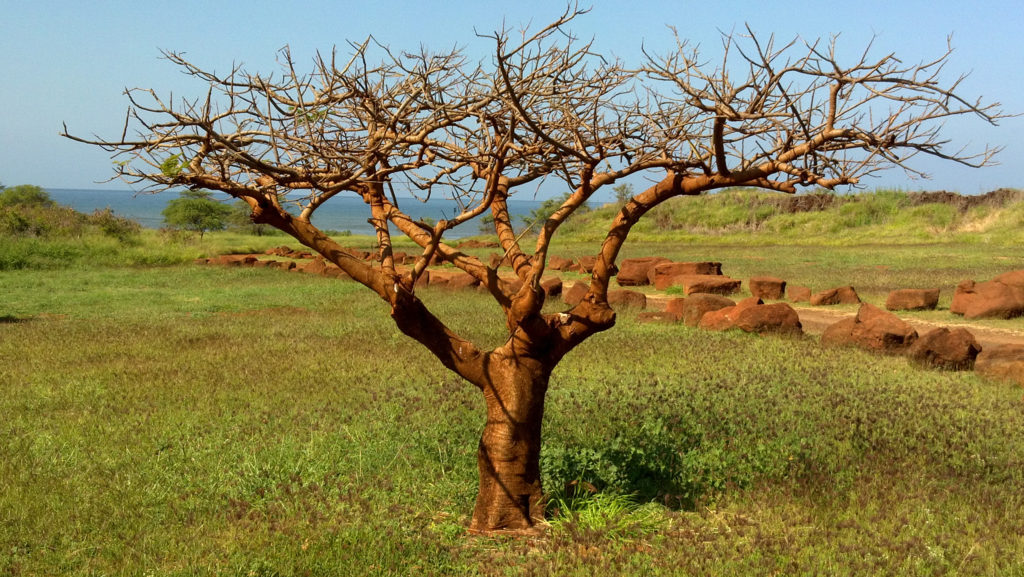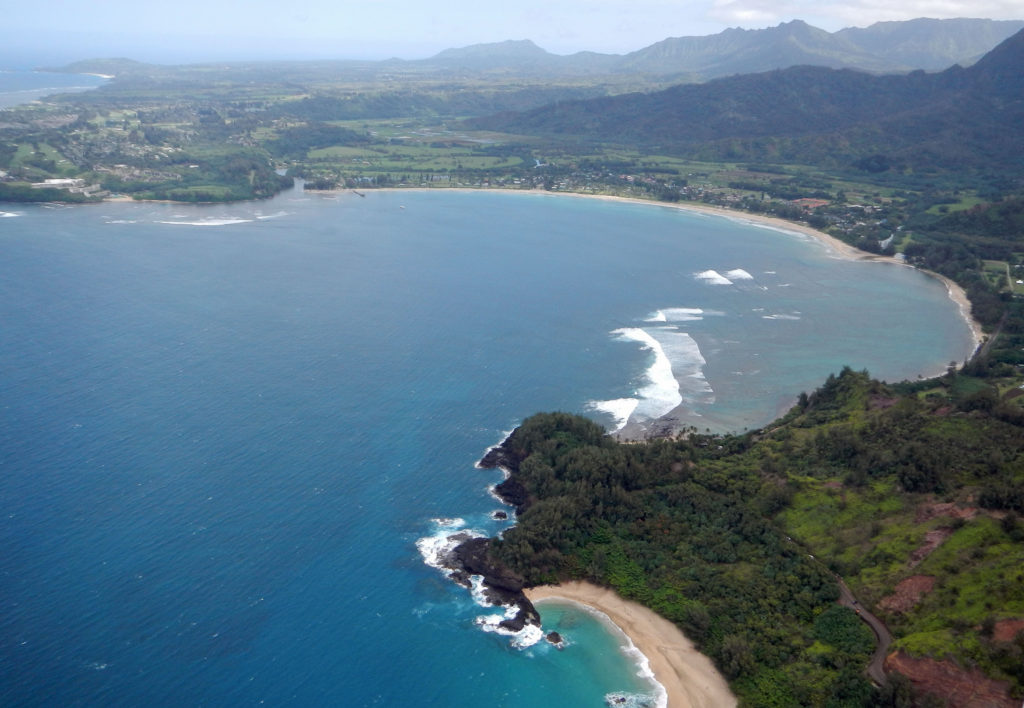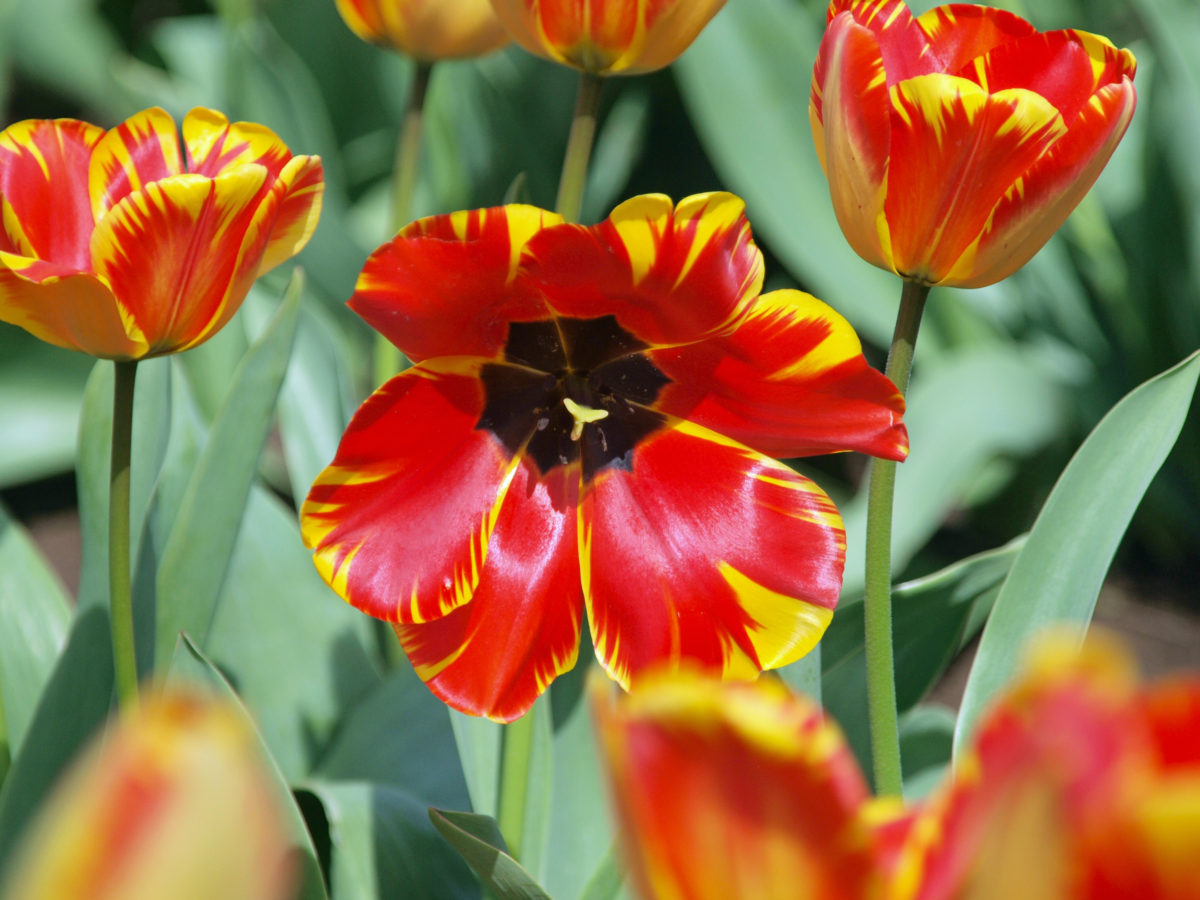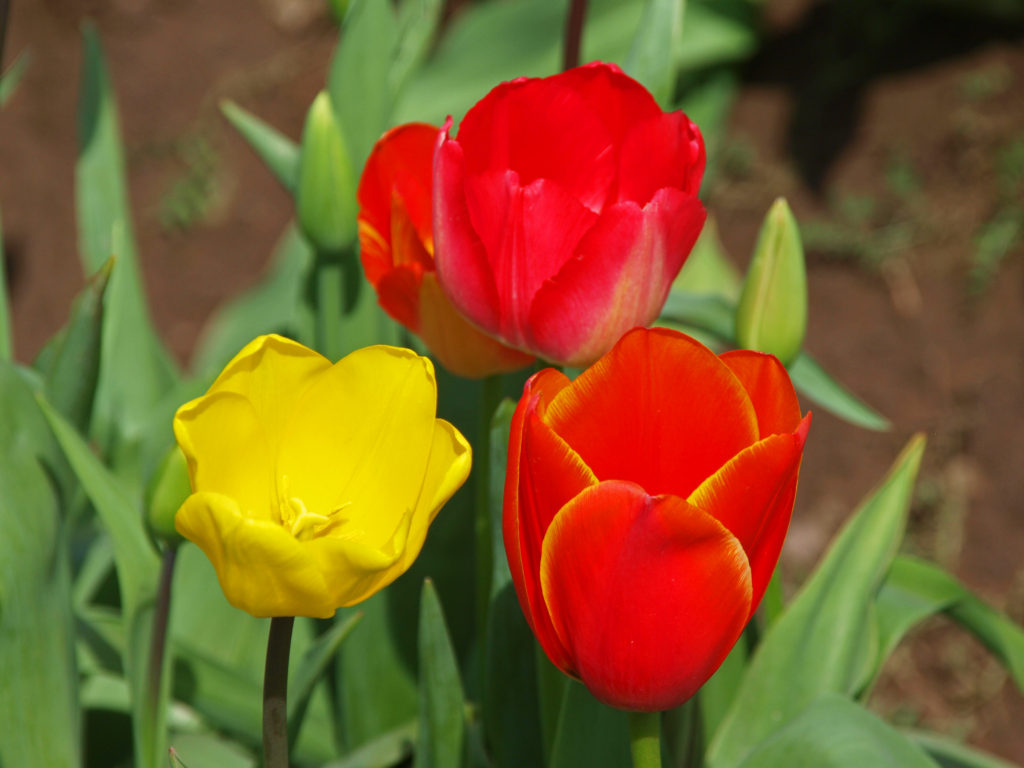Introduction
It had been a long time since my wife and I had been to the San Juans Islands, so a trip to Friday Harbor on San Juan Island seemed like the ideal early fall getaway that we were looking for. The San Juan Islands lie in the Salish Sea north of Puget Sound in Washington, and east of British Columbia’s Vancouver Island. There are four main islands that are served by ferry – Orcas, Shaw, Lopez, and San Juan. San Juan Island is the largest and most populous of the islands.
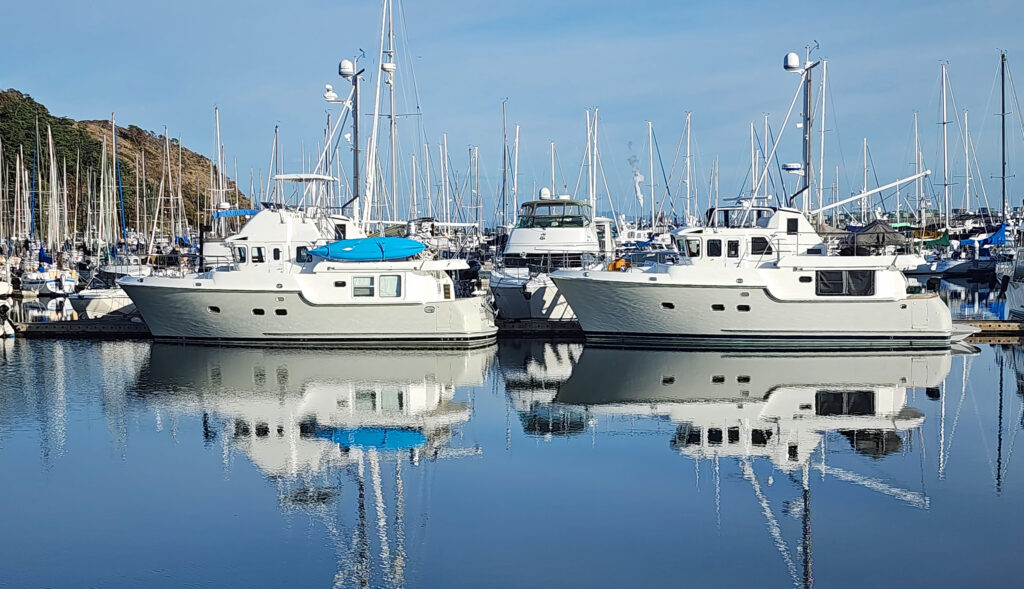
We drove to Anacortes, Washington from our home in the Portland area and spent some time that afternoon exploring the town and the nearby town of La Conner, one of my favorite small towns in the Pacific Northwest. We boarded our ferry the next morning for the hour and a half trip through the islands to Friday Harbor. We spent the next four days getting reacquainted with the many charms of the town and the island.
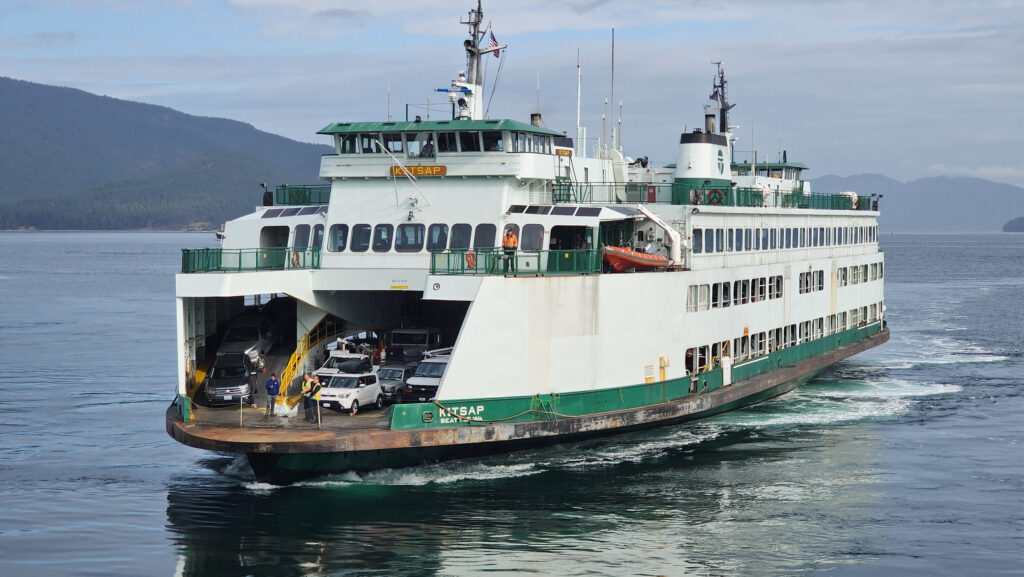
Getting There
Most visitors to the island come via the Washington State Ferry System. There are interisland ferries that depart from Anacortes and stop at all four of the main islands, and an express ferry that runs between Anacortes and Friday Harbor, bypassing the other islands. Check the ferry website for schedules and to make reservations. Reservations aren’t absolutely required – a few spots are left for people without reservations – but reserving a ticket in advance is the only way to guarantee that you’ll get on. Even then, ferries are sometimes cancelled due to weather or other causes. Our ferry to Friday Harbor was delayed for an hour and earlier sailings that day were cancelled due to the lack of a full crew.

The other ways of getting to San Juan Island are by private boat, water taxi (passengers only), or airplane. There are several water taxi services that operate from various mainland ports to Friday Harbor and Roche Harbor (and to other islands, including those not served by the ferry system). And Kenmore Air has a limited schedule of flights from Boeing Field in Seattle to Friday Harbor Airport. Kenmore Air and others also operate seaplane flights to Friday Harbor and Roche Harbor.
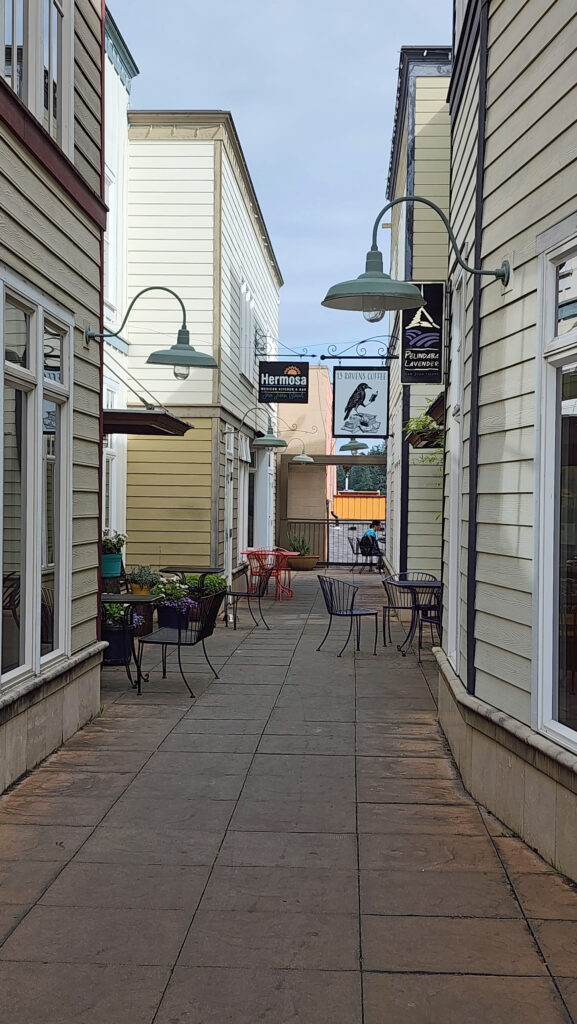
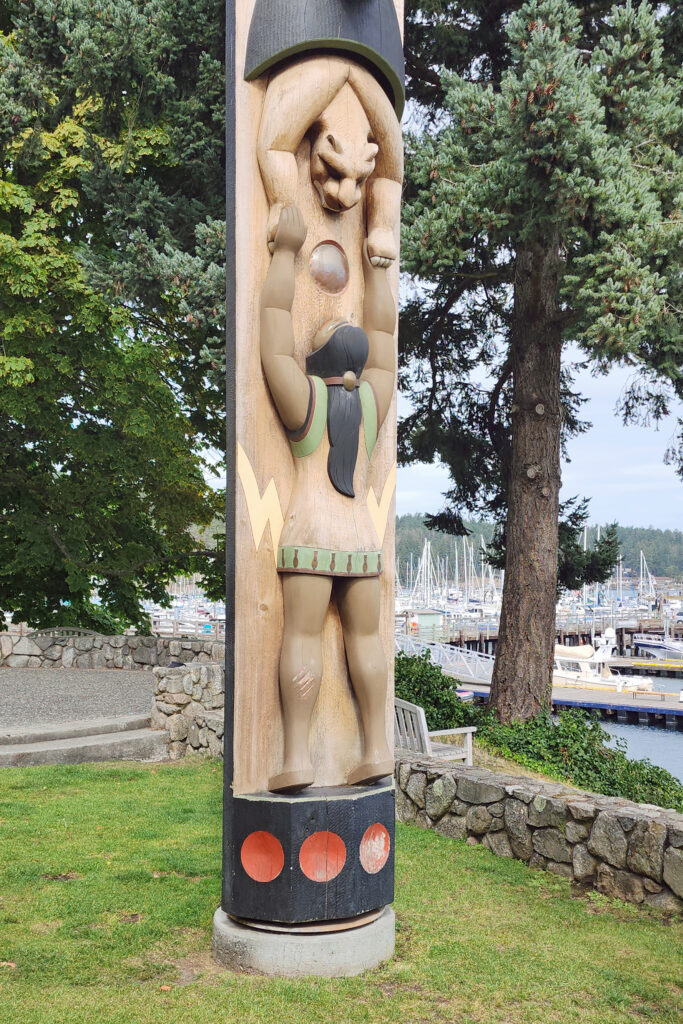
Getting Around
If you’re just interested in exploring Friday Harbor, you don’t need a vehicle. It’s a small and very walkable community, and there is plenty there to keep you occupied for at least a couple of days. So, you can save some money by leaving your car behind in Anacortes and buying a passenger only ticket on the ferry. Water taxis will cost as much, or more, as taking your car on the ferry. I didn’t check into flight costs, but they are almost certainly much more expensive than the ferry.
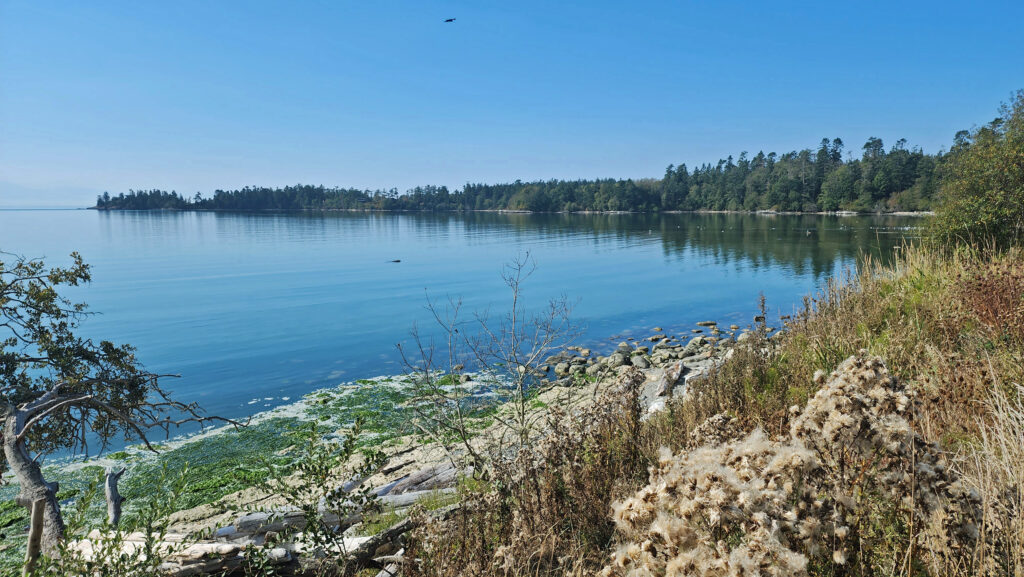
Even without a vehicle, you can still get around the island via the San Juan Transit bus system that stops at Roche Harbor, English Camp, American Camp, Lime Kiln Point State Park, and several resorts, wineries, and other attractions on the island. Uber and Lyft also operate on the island.
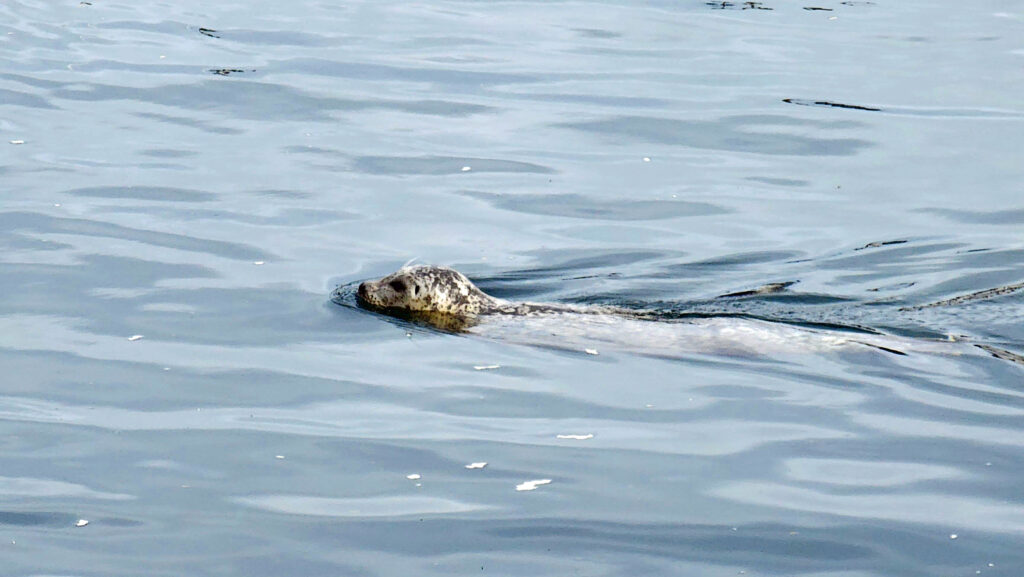
Another way to get around is by bicycle. Bring your own or rent from one of several rental shops in Friday Harbor. Roche Harbor, on the north end of the island, is less than ten miles from downtown Friday Harbor. Other destinations are even closer. The easiest way to get around is by car, of course. We brought ours. The cost for the round-trip ferry ride from Anacortes was about $75.
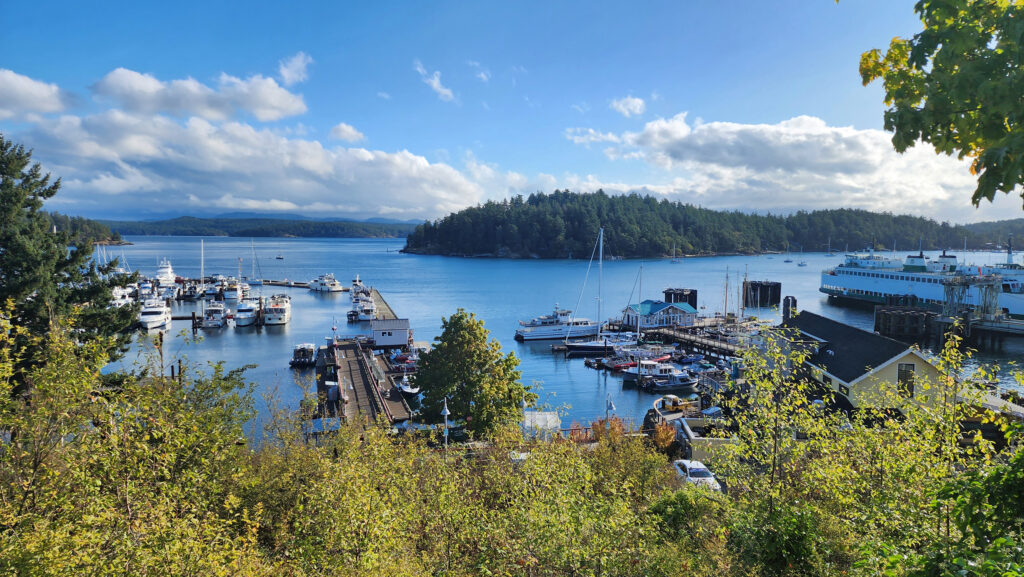
Friday Harbor
Friday Harbor is the commercial center of the San Juan Islands and the only town of any size. Although small in size and population, Friday Harbor is chocked full of interesting places to visit and things to do, regardless of your particular interests. There are several interesting museums, dozens of cafes and restaurants, small shops of all kinds, and many places to take in the views of the harbor and the surrounding islands. A number of companies offer whale watching cruises. Others offer scenic flights on floatplanes. And kayak tours, both day and multi-day trips, can be booked through several companies in Friday Harbor.
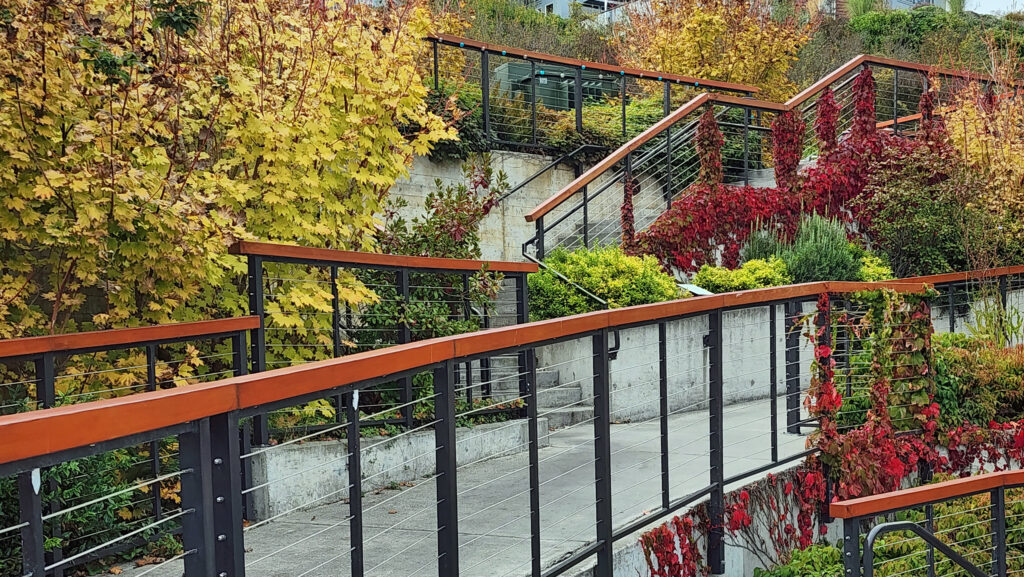
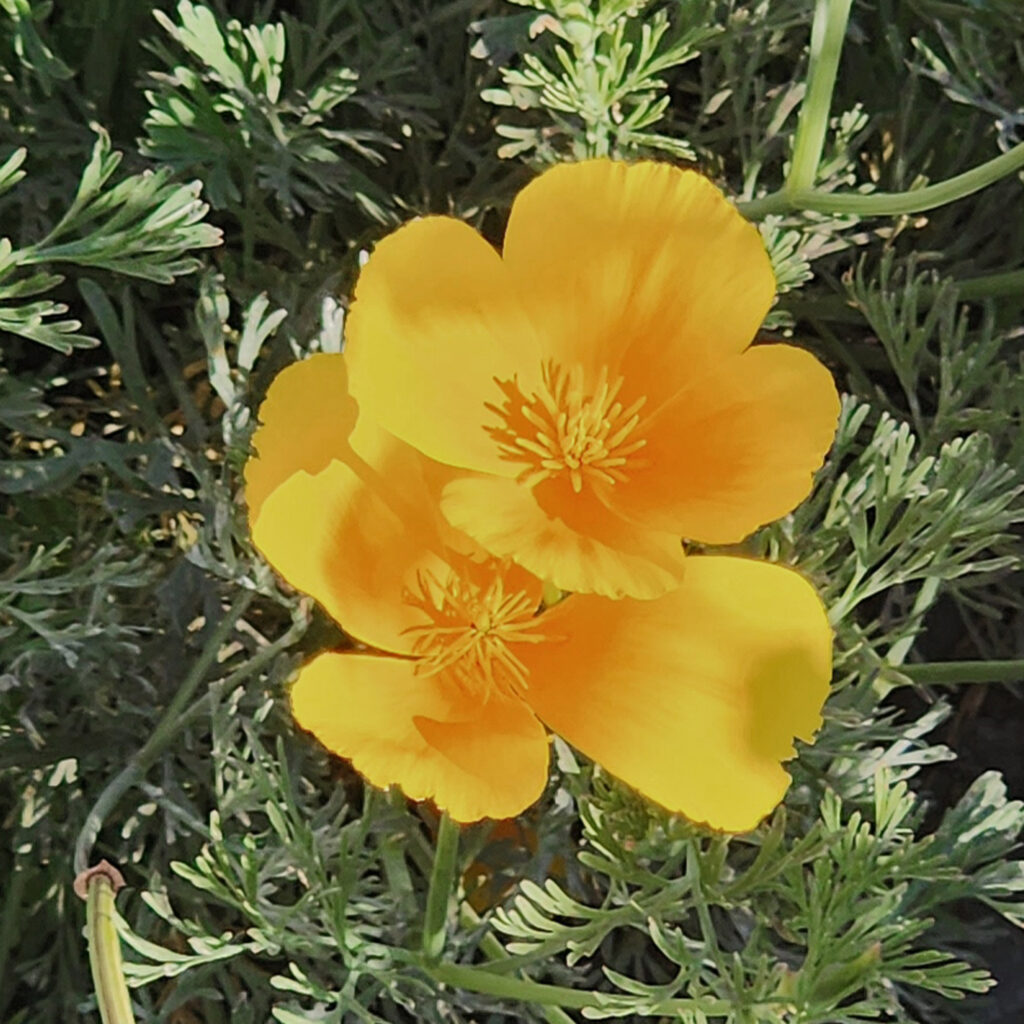 There is no shortage of places to eat in Friday Harbor. For breakfast and lunch, I can personally recommend both Rocky Bay Café and Tina’s Place. For dining with a view, go to Downriggers on the bayfront. Classic Italian food can be found at Vinny’s Ristorante. Vegetarian and vegan food can be had at Mike’s Café and Wine Bar. For quality craft beers and upscale pub food, try San Juan Brewing. For seafood in a casual dining space, check out Friday’s Crab House. We ate at all of those, and all were good. But that’s just a sampling of what Friday Harbor offers. I wish we had had a few more days to sample more of the town’s eateries. What’s a vacation for, after all.
There is no shortage of places to eat in Friday Harbor. For breakfast and lunch, I can personally recommend both Rocky Bay Café and Tina’s Place. For dining with a view, go to Downriggers on the bayfront. Classic Italian food can be found at Vinny’s Ristorante. Vegetarian and vegan food can be had at Mike’s Café and Wine Bar. For quality craft beers and upscale pub food, try San Juan Brewing. For seafood in a casual dining space, check out Friday’s Crab House. We ate at all of those, and all were good. But that’s just a sampling of what Friday Harbor offers. I wish we had had a few more days to sample more of the town’s eateries. What’s a vacation for, after all.
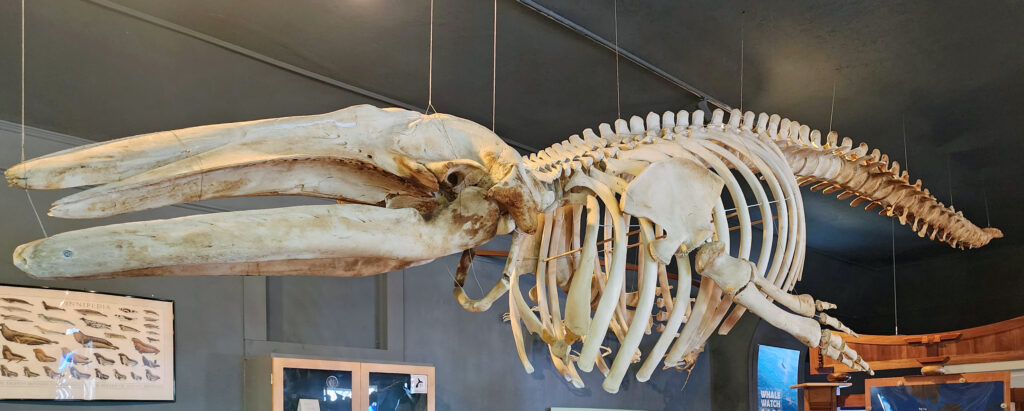
If you an art lover, The San Juan Islands Museum of Art features visual artworks from local and regional artists. On a slightly different note, The Whale Museum has exhibits featuring native arts and the marine environment with a focus on education and environmental protection. You might also want to visit the Arctic Raven Gallery.
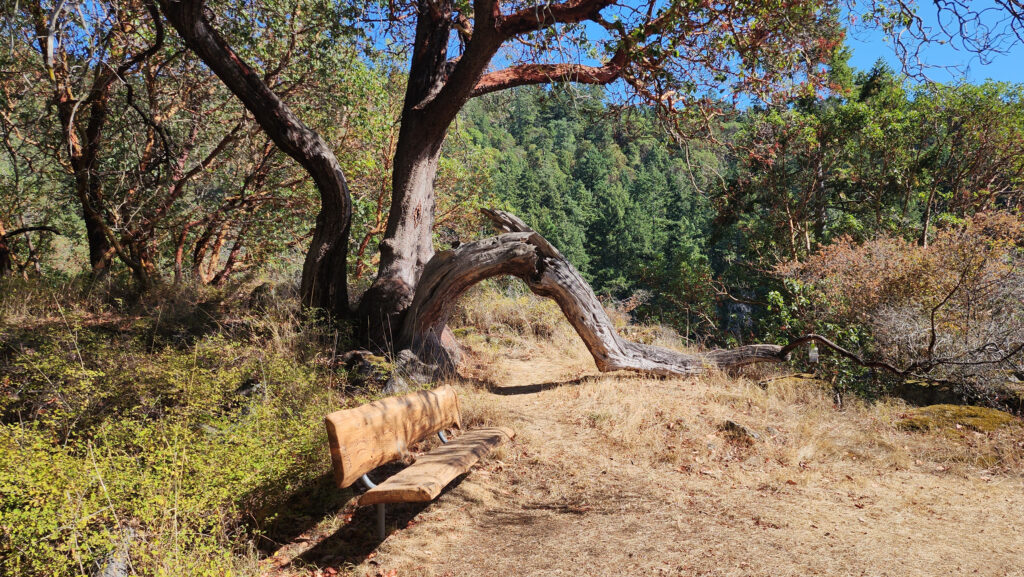
We stayed in a vacation rental about a five minute walk from downtown Friday Harbor, but there are many other lodging options in Friday Harbor and around the island, from luxury hotels to budget friendly cabins and cottages. A full list of available accommodations of all types can be found on the San Juan Islands Visitors Bureau website, as well as a comprehensive list of things to do and sights to see.
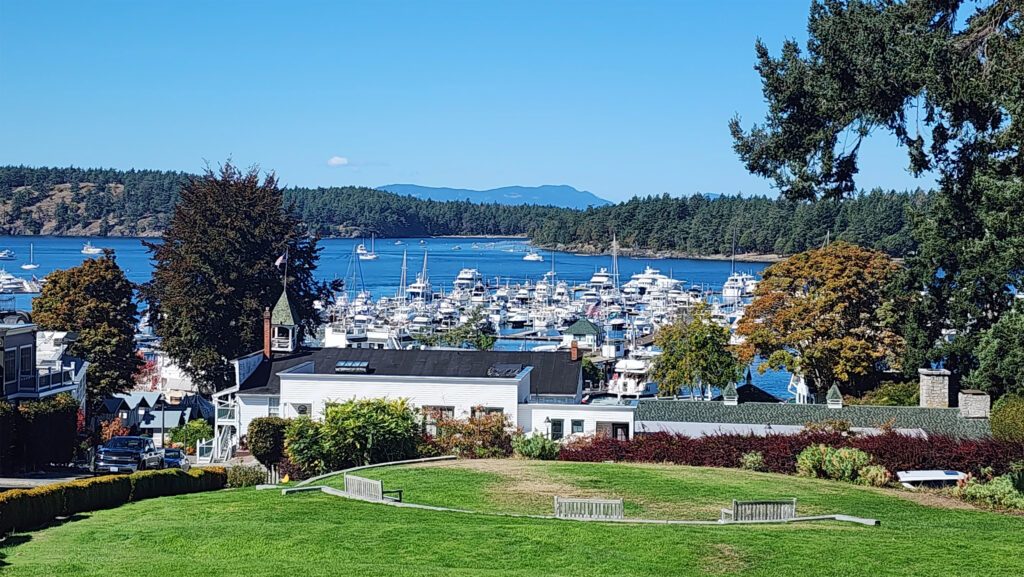
Roche Harbor
Roche Harbor, located on the north end of the island, was once the site of the largest lime deposit in the Pacific Northwest, and a large lime plant. Since the closing of the lime plant, Roche Harbor has morphed into an upscale resort community that is one of the most visited sites on the island.
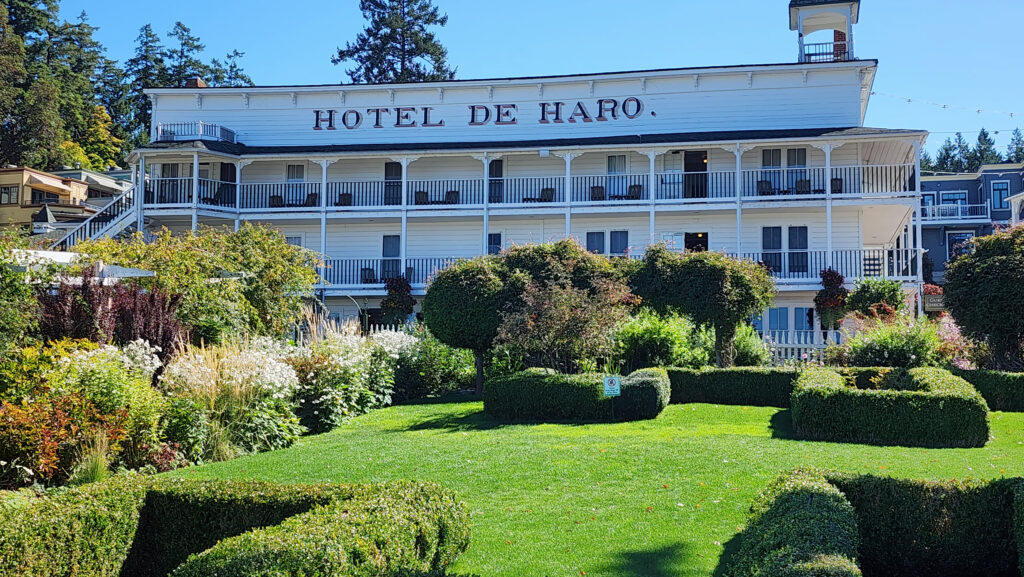
The resort consists of a hotel (the historic Hotel De Haro, built in 1886), a large marina, three restaurants, a grocery store, several shops featuring local artisans, tennis courts, a heated outdoor swimming pool, and nicely landscaped grounds. Besides the hotel, resort accommodations also include historic cottages and modern luxury houses.
San Juan Islands Sculpture Park
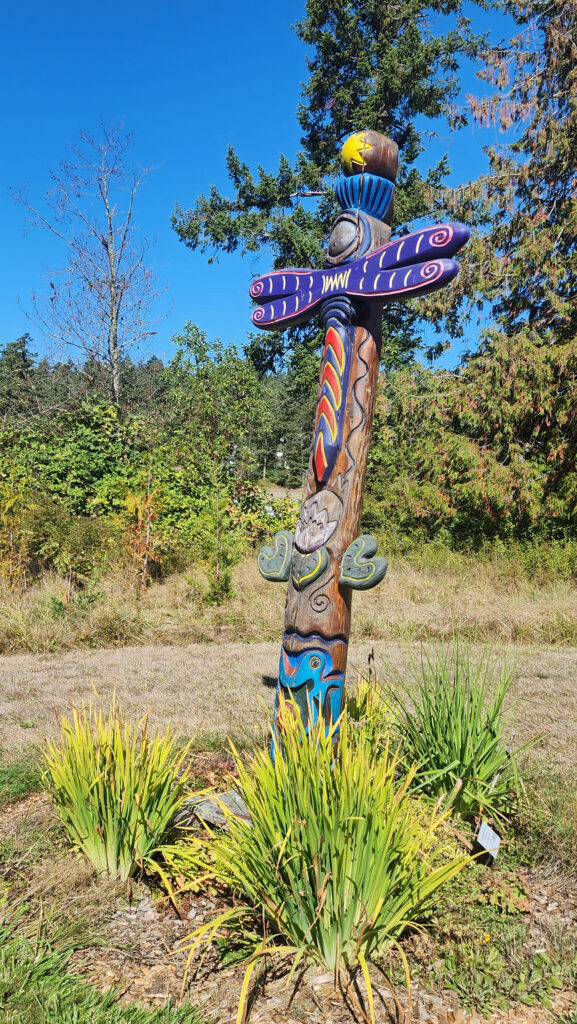
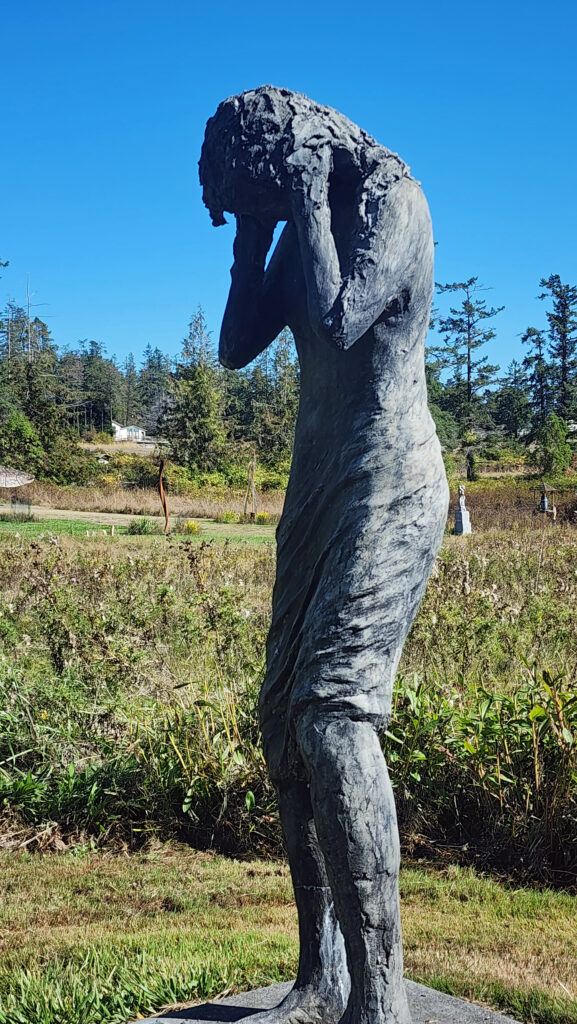
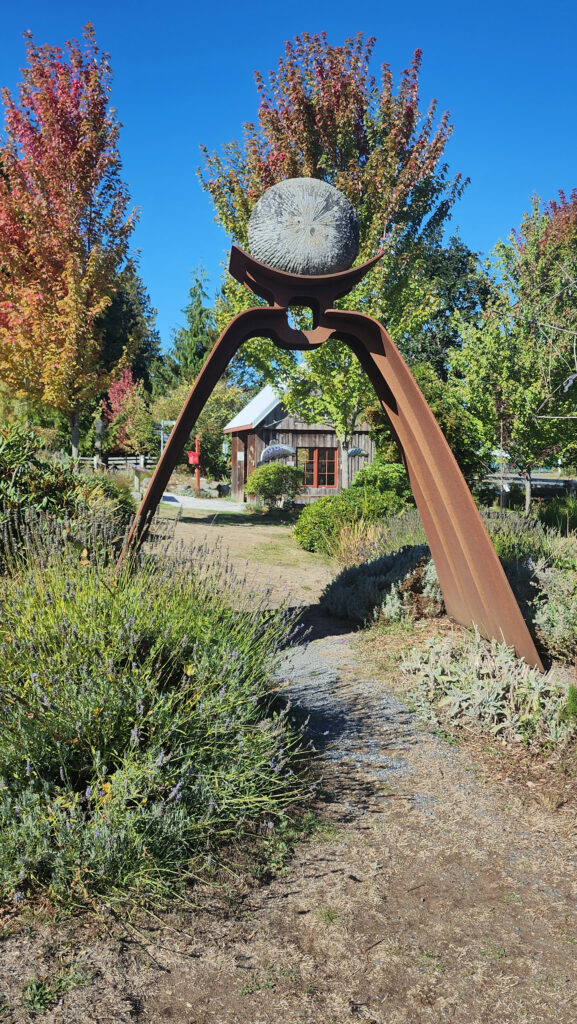
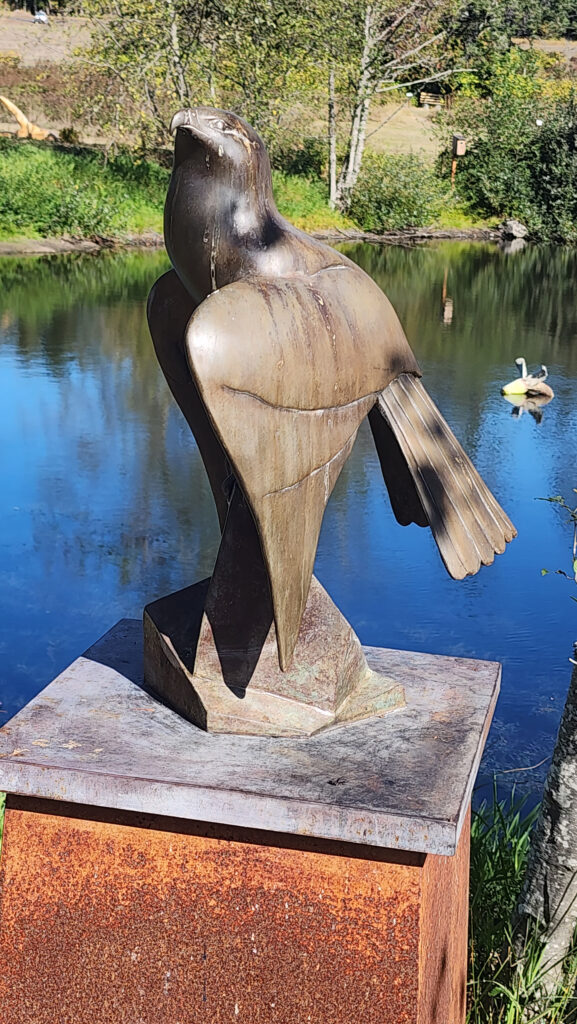 Near Roche Harbor (I think it’s actually part of the resort), the San Juan Islands Sculpture Park is a must see if you’re at all interested in sculpture. There are over 100 works of art (it seemed like many more) spread out over the twenty acres of the garden. Plan to spend at least an hour here. We spent more than that and still didn’t see it all. Admission is free, but donations are requested.
Near Roche Harbor (I think it’s actually part of the resort), the San Juan Islands Sculpture Park is a must see if you’re at all interested in sculpture. There are over 100 works of art (it seemed like many more) spread out over the twenty acres of the garden. Plan to spend at least an hour here. We spent more than that and still didn’t see it all. Admission is free, but donations are requested.
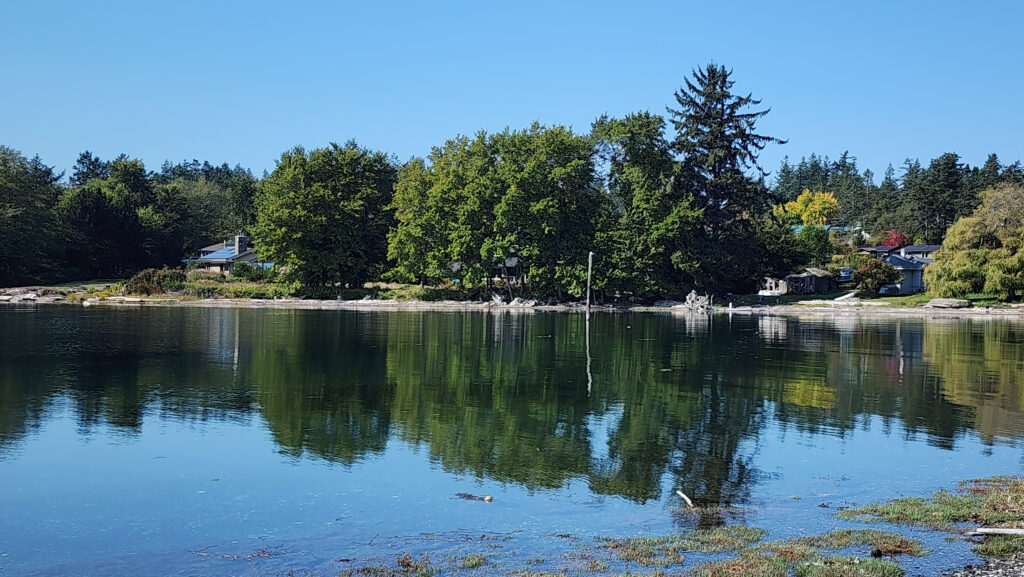
The Pig War
The 1846 Treaty that set the boundary between Canada and the United States didn’t specify whether the boundary was meant to be Haro Strait, west of San Juan Island, or Rosario Strait, east of Lopez and Orcas Islands. Both England and the U.S. claimed the islands and both British and American settlers resided on San Juan Island, mostly in peace. But in 1859 an American settler shot and killed a pig that had strayed onto his land. The pig belonged to an English company. That act almost started a war.
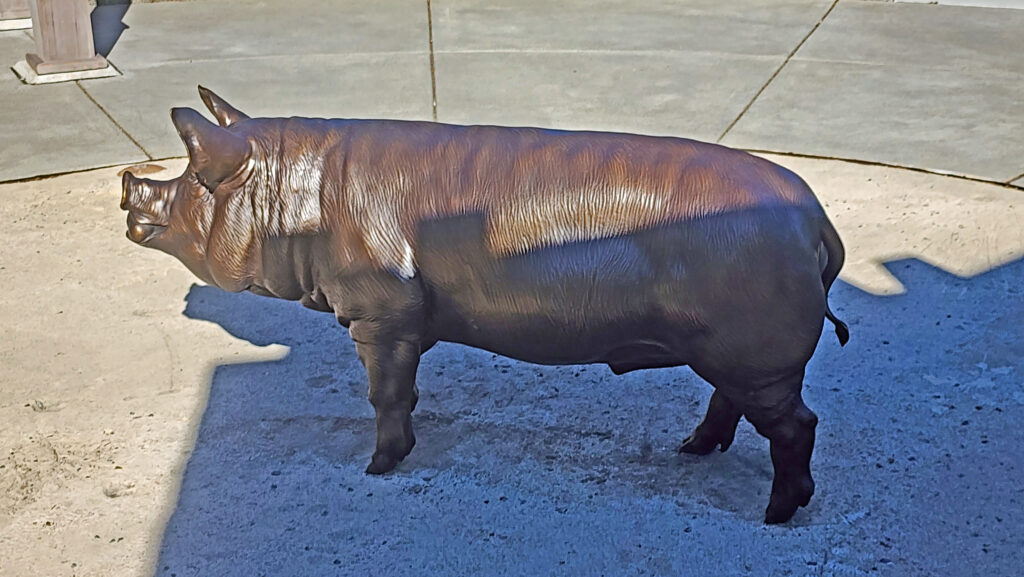 Tensions between the American and British contingents led both England and the U.S. to send military forces to the island. From 1859 to 1872, when the boundary dispute was finally settled in favor of the United States, the island was jointly occupied by both forces. No actual combat occurred, and no one was injured in the Pig War. The sites of the two country’s military installations are now part of San Juan Island National Historical Park.
Tensions between the American and British contingents led both England and the U.S. to send military forces to the island. From 1859 to 1872, when the boundary dispute was finally settled in favor of the United States, the island was jointly occupied by both forces. No actual combat occurred, and no one was injured in the Pig War. The sites of the two country’s military installations are now part of San Juan Island National Historical Park.
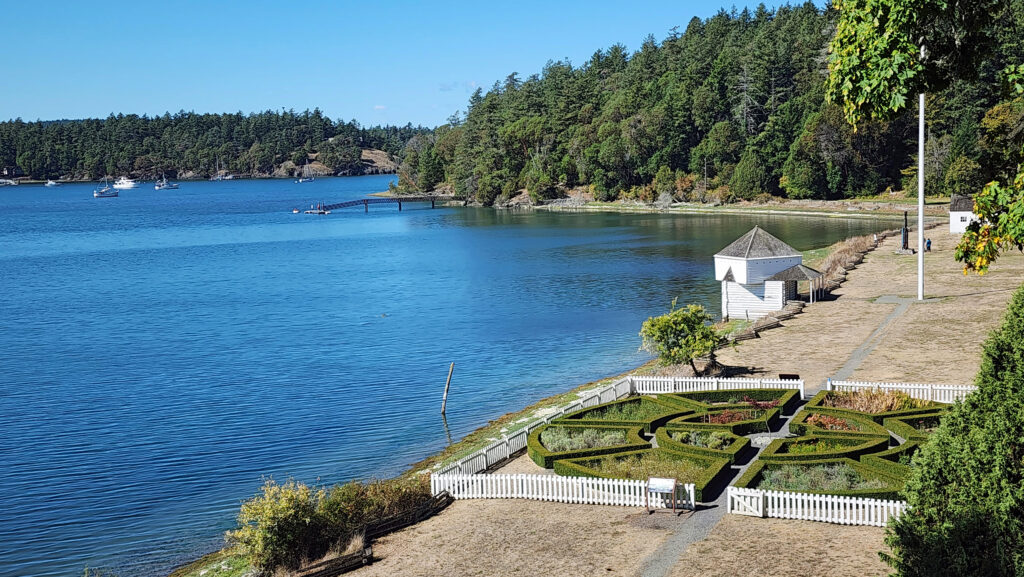
English Camp
The British military outpost was located on Garrison Bay, on the northwest corner of the island not far from Roche Harbor. Only a few of the original structures remain. One of the barracks now houses the English Camp Visitor Center. Lots of interesting history there in a beautiful setting. I highly recommend stopping in.
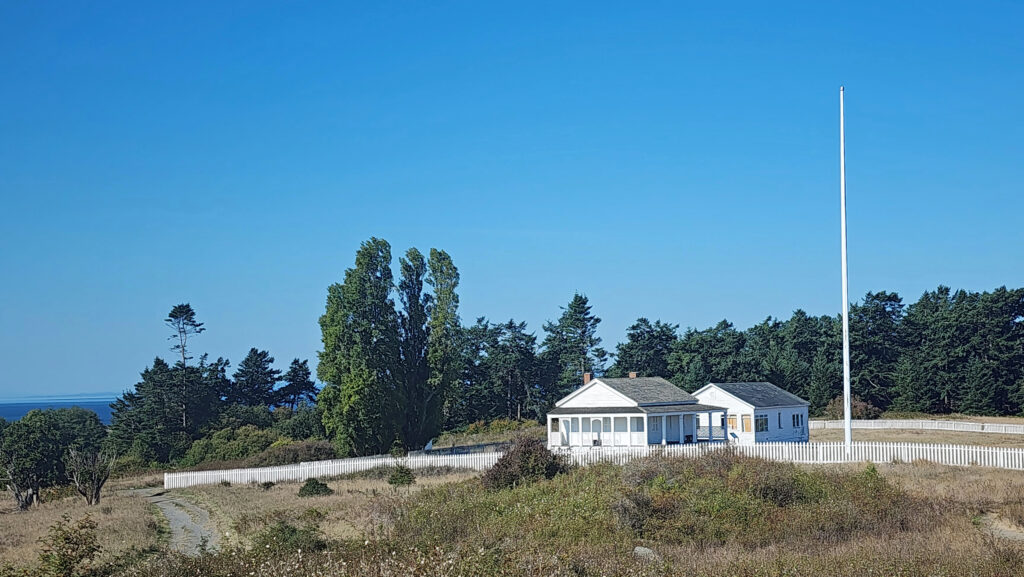
American Camp
The American forces were located on the south end of the island about five miles south of Friday Harbor. Like at English Camp, few of the original structures remain, and only one of the structures is in its original location. Unlike English Camp, American Camp is located away from the water, on an open ridge top overlooking the water on both sides of the island. The visitor center here is much larger than the one at English Camp and is in a modern structure. More interesting history here, in a different but equally beautiful setting.
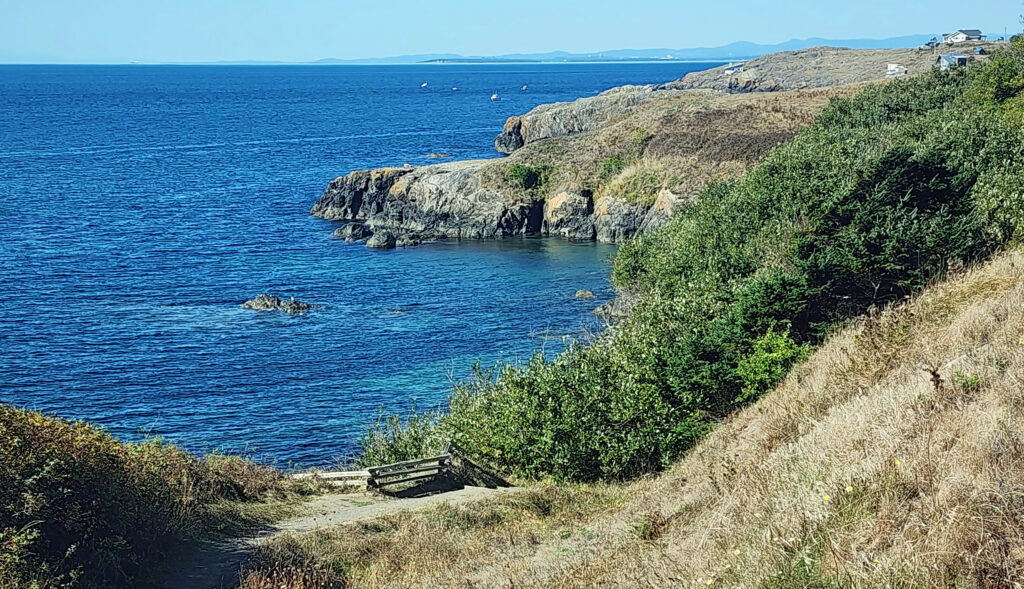
My wife and I did a short (1.7-mile) hike here. Starting at the visitor center, we first hiked east to the Parade Grounds and Picket’s Redoubt, then south to the edge of the bluff overlooking the shore. The trail then took us west along the bluff with nice views of Eagle Point and across Haro Strait to Vancouver Island. We took a short side trip down to the water at Grandma’s Cove before returning to the visitor center.
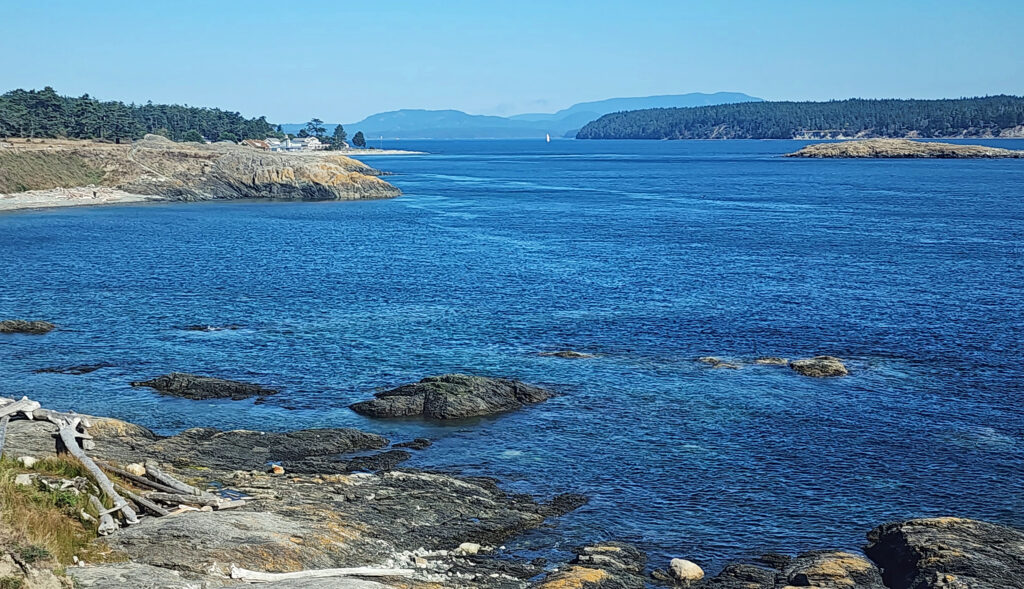
South Beach and Cattle Point
South Beach, just southeast of American Camp, is also part of San Juan Island National Historical Park. Cattle Point, just outside the park boundary, is the southernmost point of land on the island. Neither are particularly remarkable, and Cattle Point Lighthouse (our destination after visiting American Camp) isn’t as attractive or iconic as Lime Kiln Point Lighthouse (pictured below). But the views of nearby Lopez Island and some of the smaller islands between San Juan and Lopez are nice, and there are some good trails in the area. In fact, if you’re looking for a little longer hike than the one we did at American Camp, it’s possible to hike from the American Camp Visitor Center to Cattle Point. The out and back hike is about seven miles. A slightly shorter hike (4.3 miles) to Cattle Point begins and ends at the Jake’s Beach Lagoon parking area.
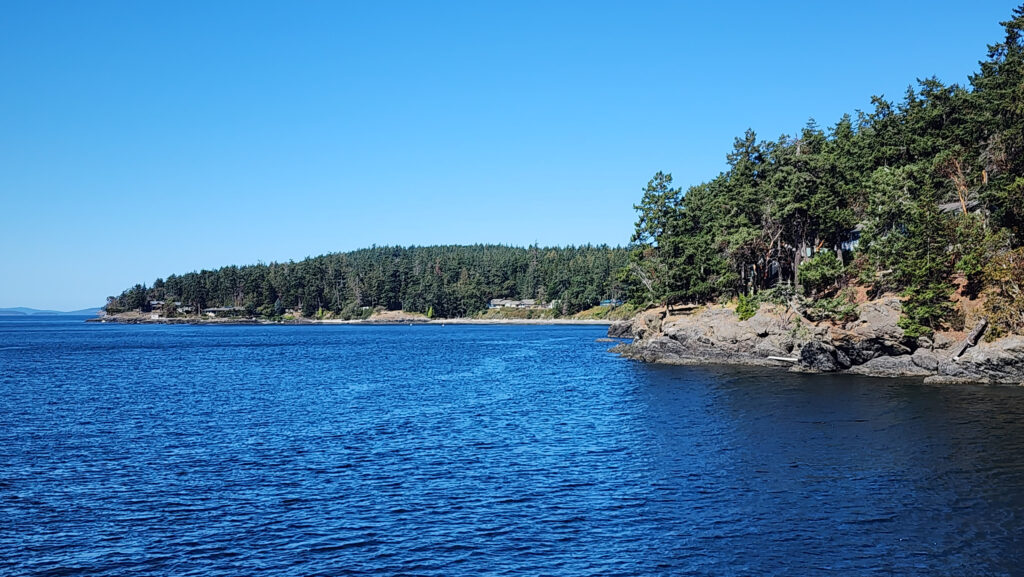
San Juan County Park and Lime Kiln Point
The west coast of San Juan Island is prime whale watching territory, and the island’s west coast is rugged and wildly beautiful. San Juan County Park has a small campground and a boat ramp on Smallpox Bay.
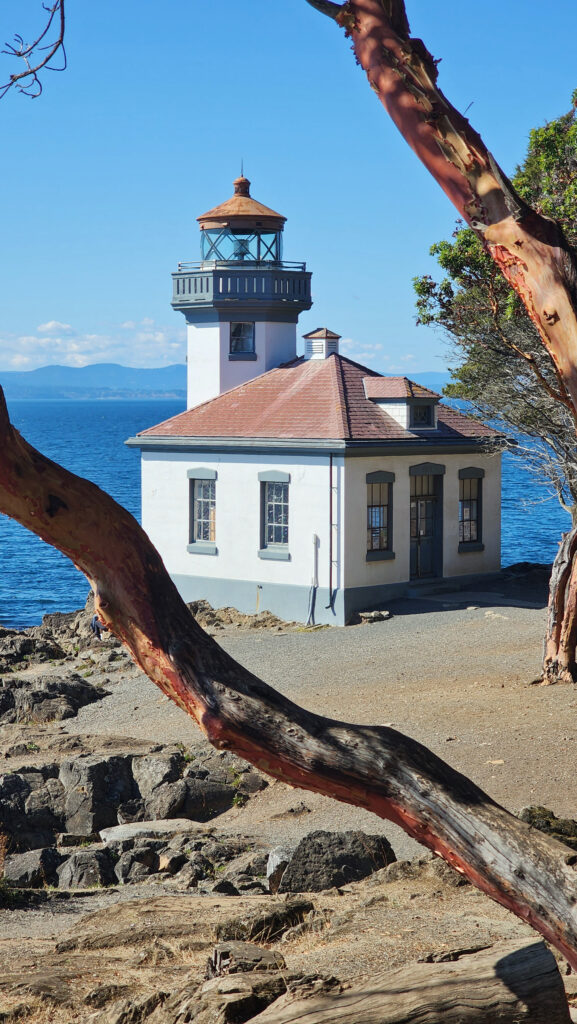
Lime Kiln Point State Park has a scenic lighthouse, trails along the shore, and is one of the prime whale watching sites on the island. Both offer views across Haro Strait to Vancouver Island and the northeast suburbs of Victoria. Unfortunately, there were no whales in the area when we visited.
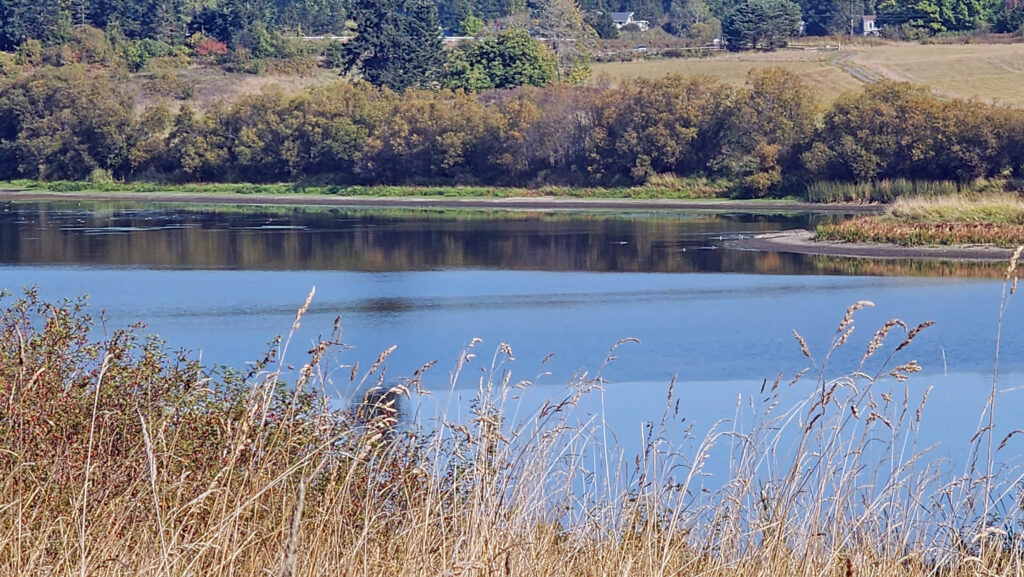
Zylstra Lake
Until 2015 Zylstra Lake was privately owned and surrounded by farmland, and it has only recently been opened to the public. It is now owned by San Juan County Land Bank and managed under a conservation easement by the San Juan Preservation Trust. We thought it might be an interesting place to explore, and the trail around the lake looked like it might be a good hike. Both of those proved to be true. For more information and a description of the hike, click here to view my hike-of-the-week post.
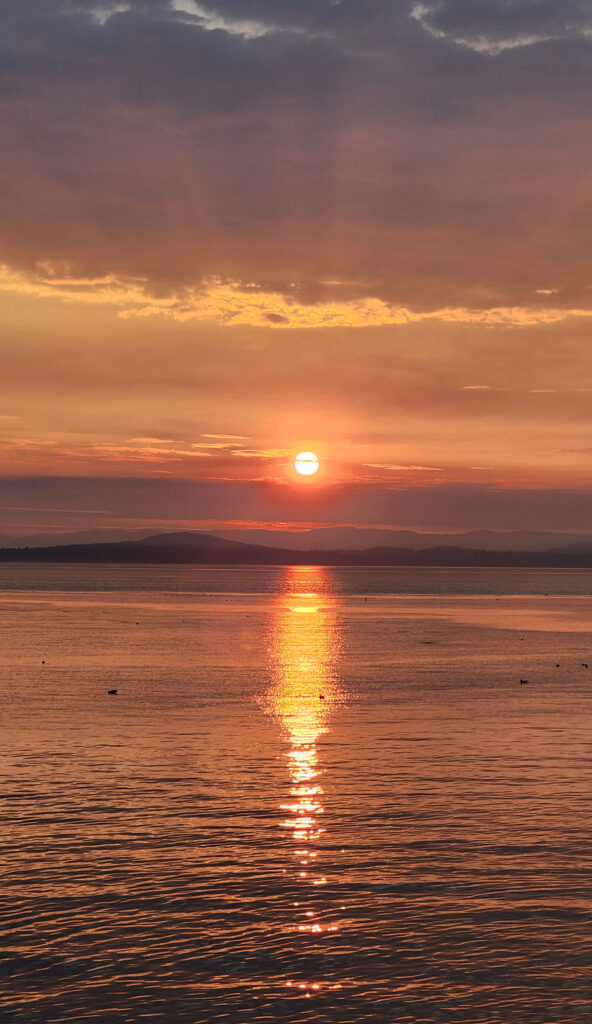
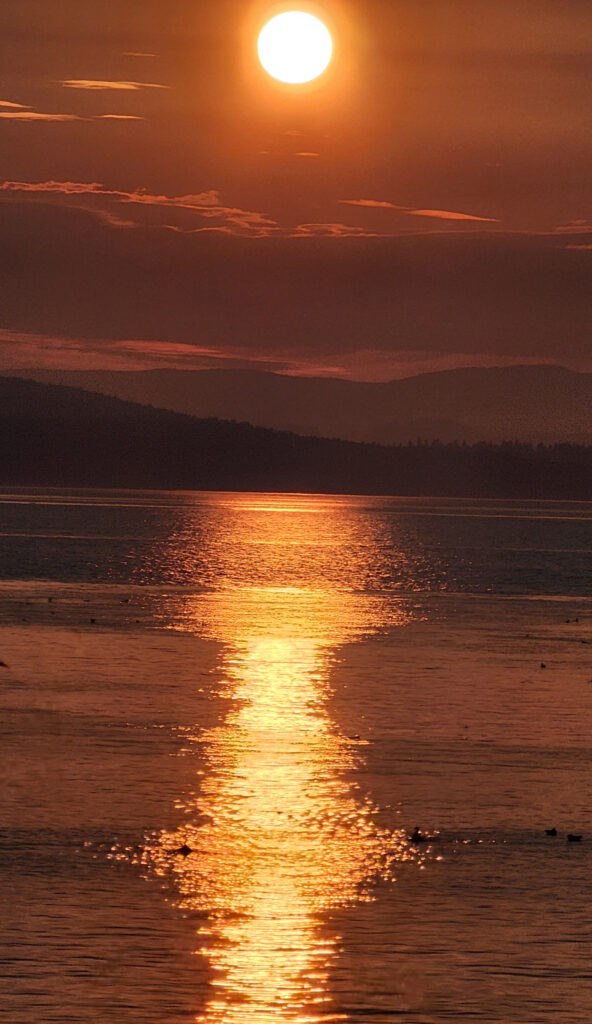 Conclusion
Conclusion
On our final evening on the island, we drove to the Westside Preserve, just south of Lime Kiln Point, to watch the sunset. We didn’t see any whales there either, but the sunset was beautiful and a nice way to end our stay.
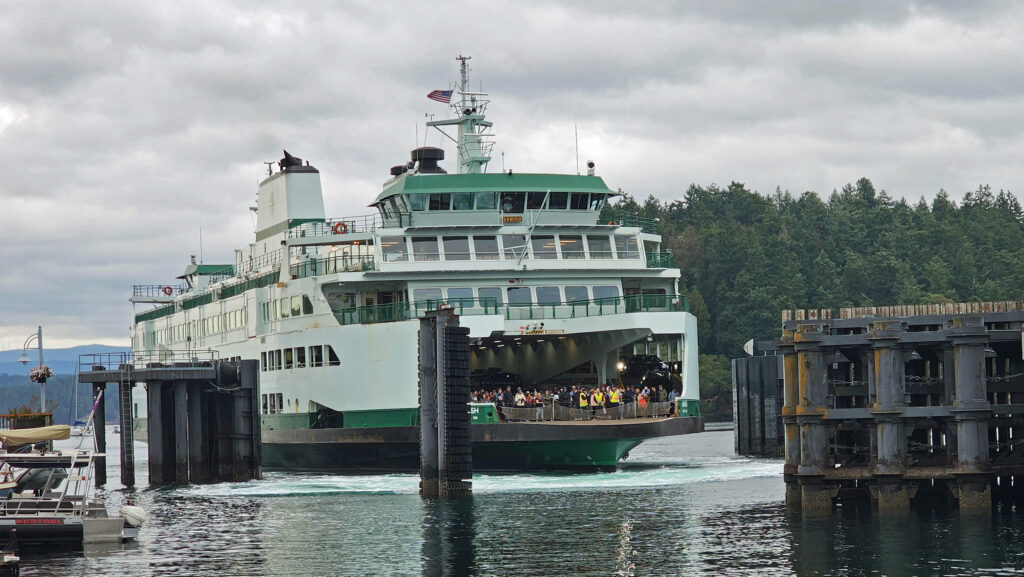
The next morning, we caught our ferry back to the mainland, fought our way through Seattle area traffic, and returned home, refreshed and ready for our next adventure.
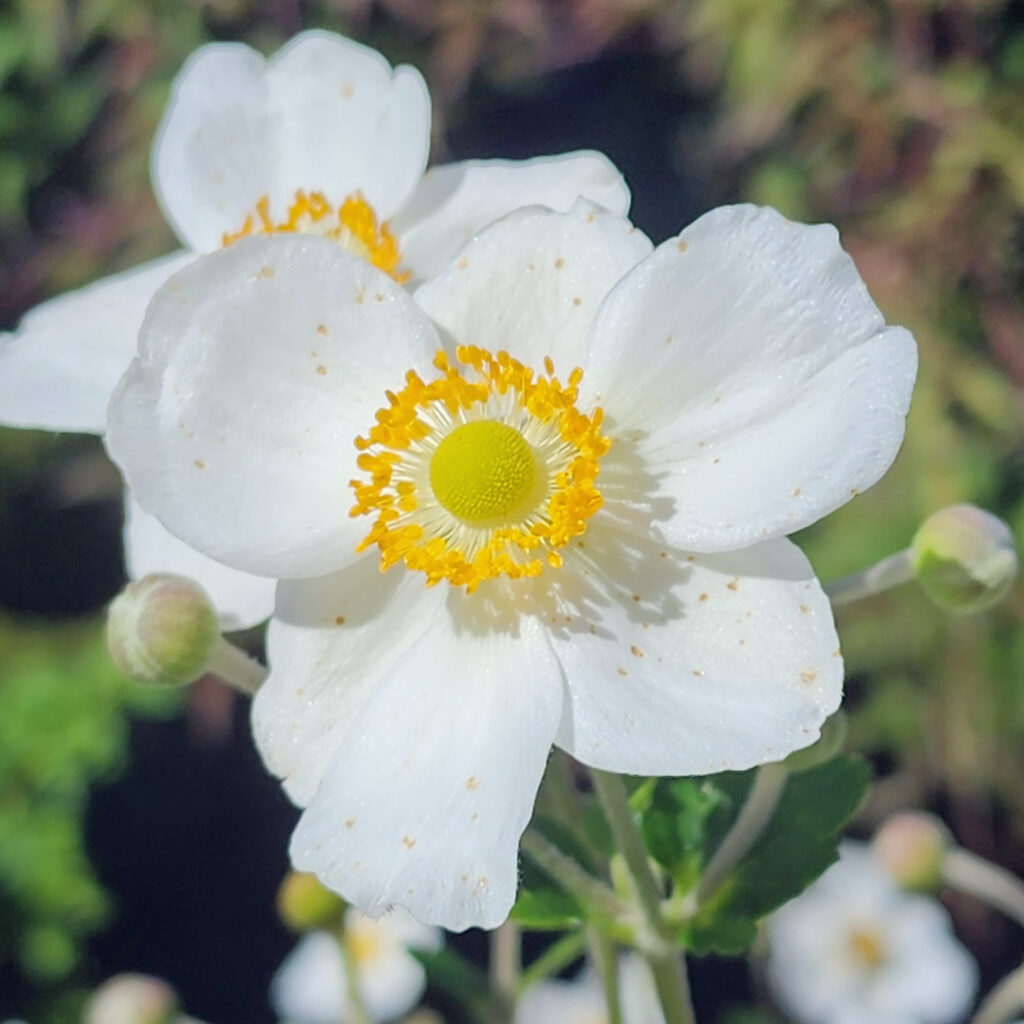 Posted October 12, 2023 by Alan K. Lee
Posted October 12, 2023 by Alan K. Lee
All photos © Alan K. Lee

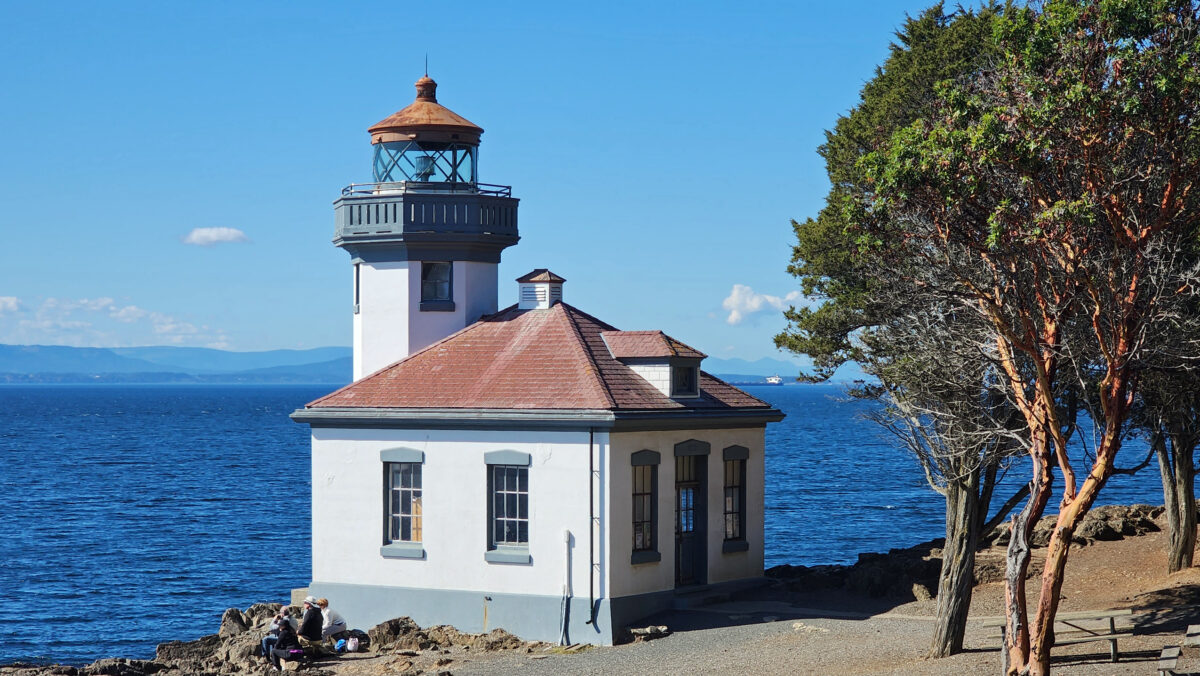
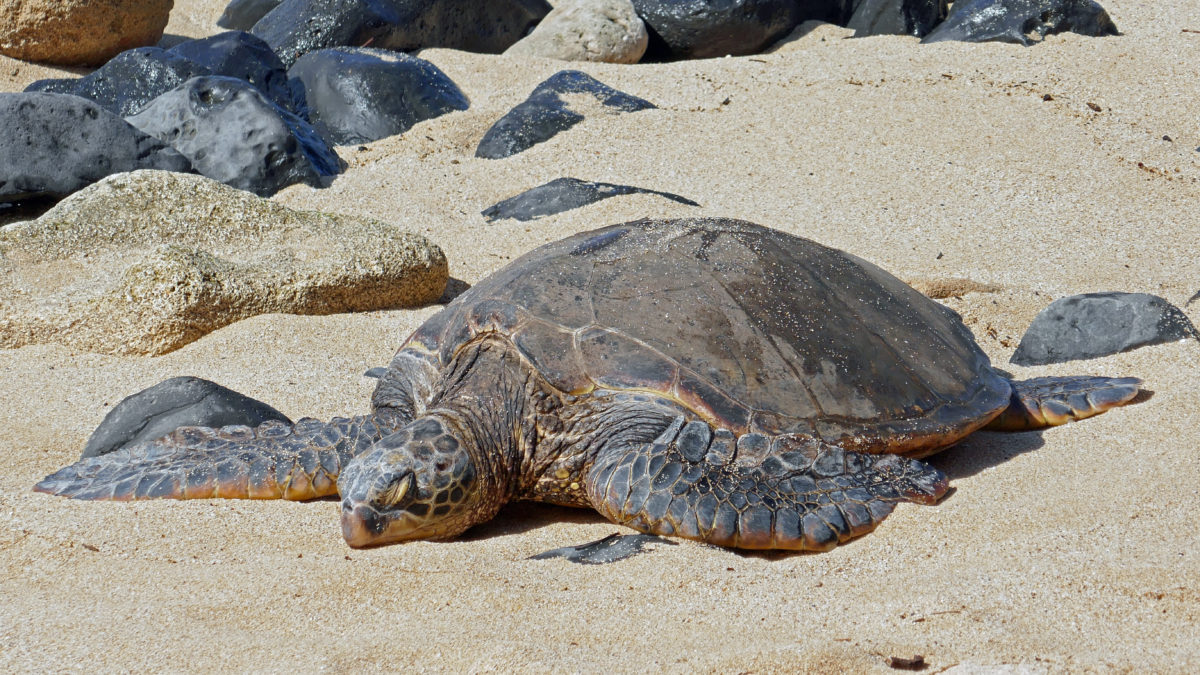
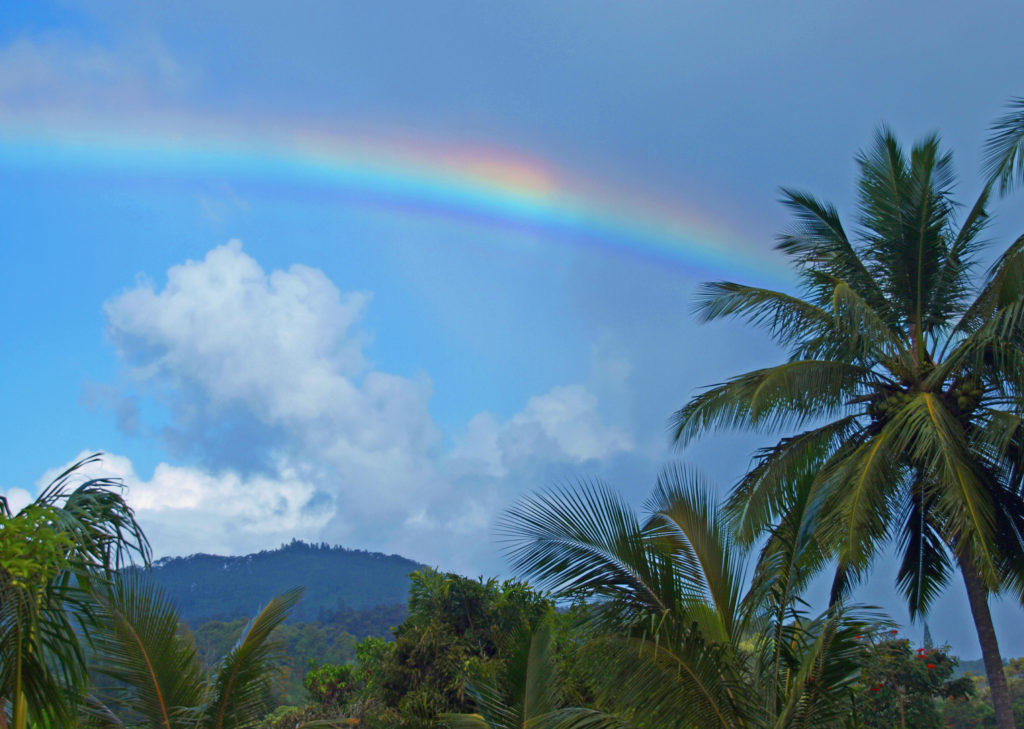
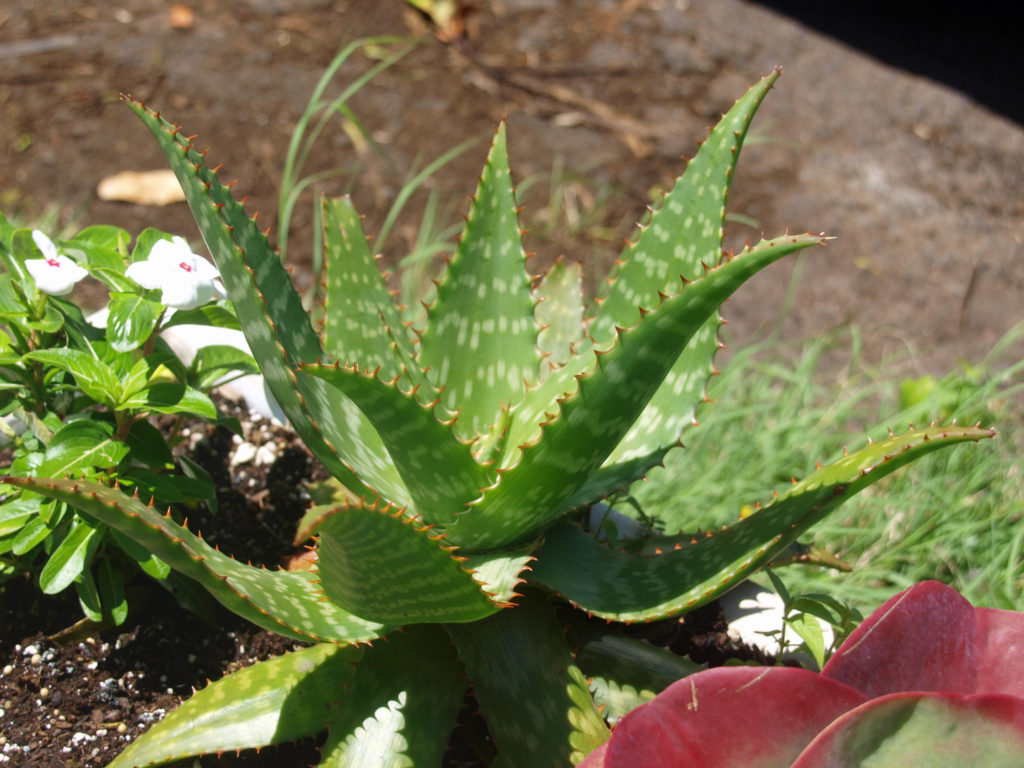
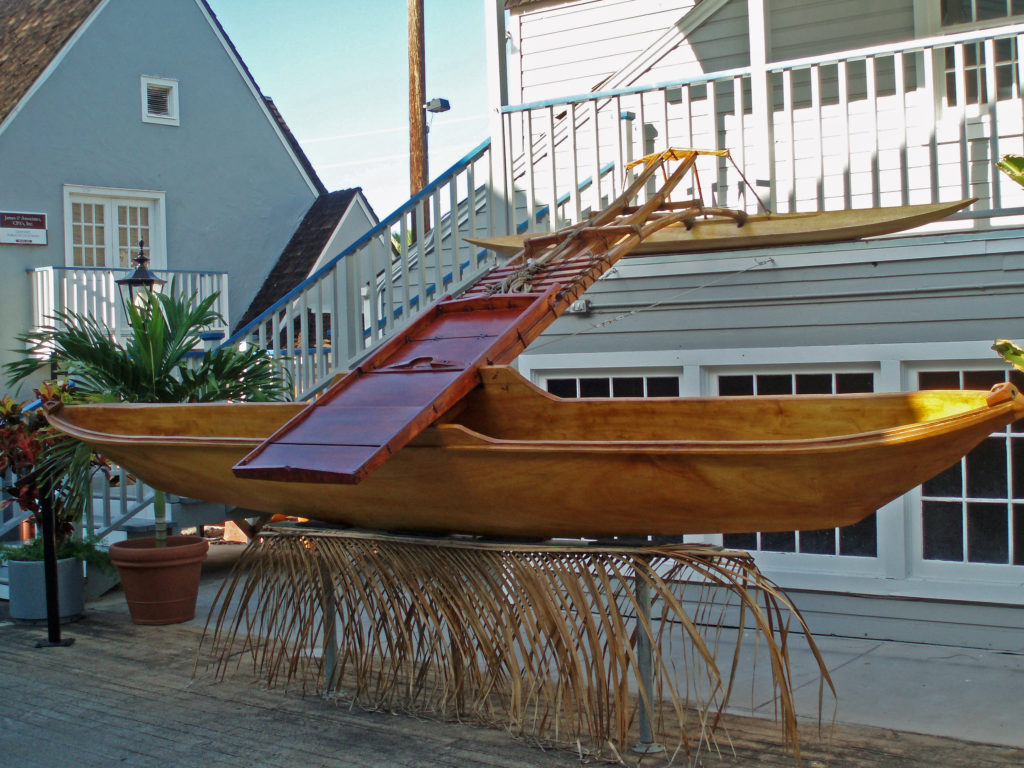
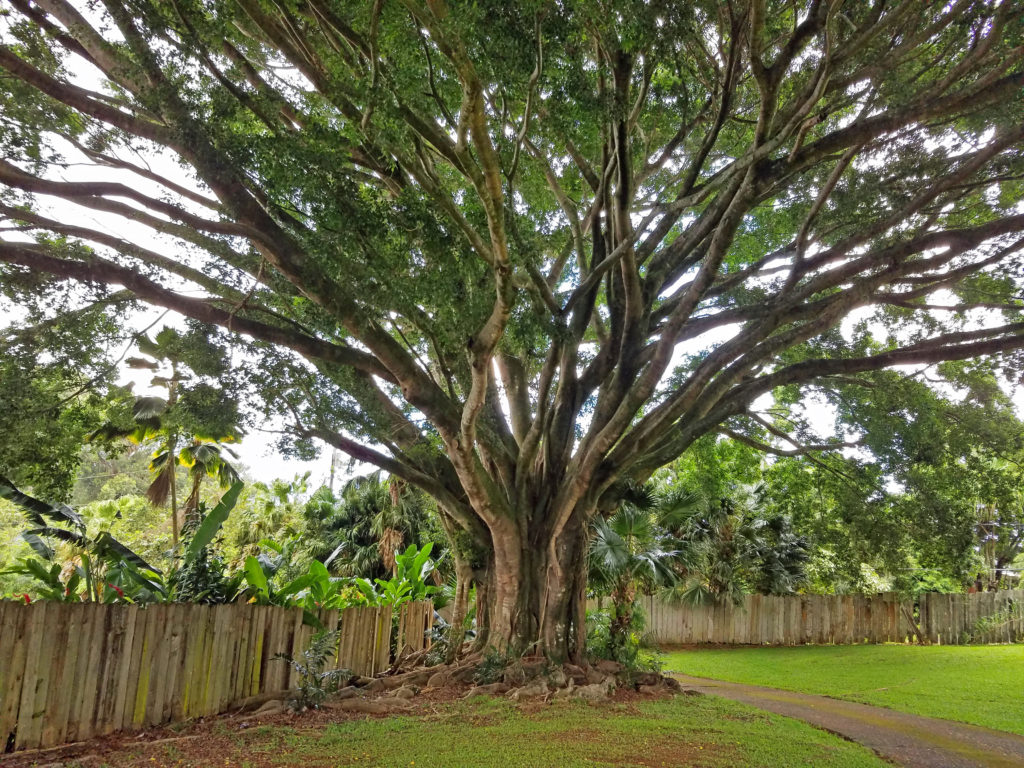
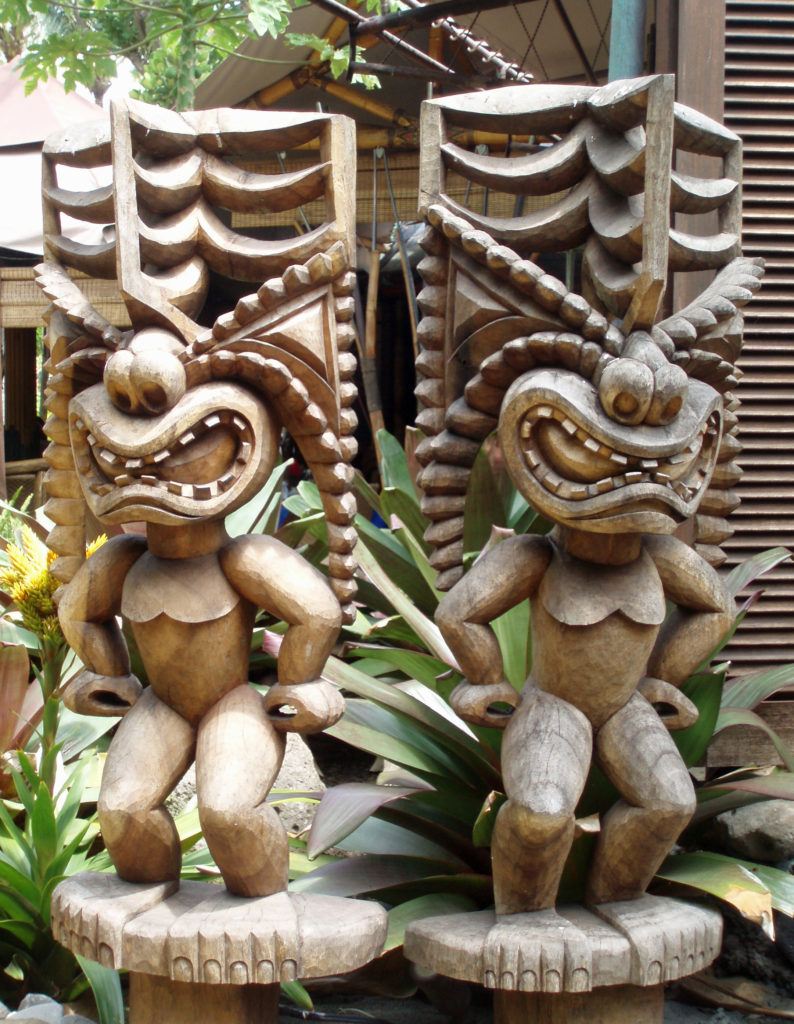
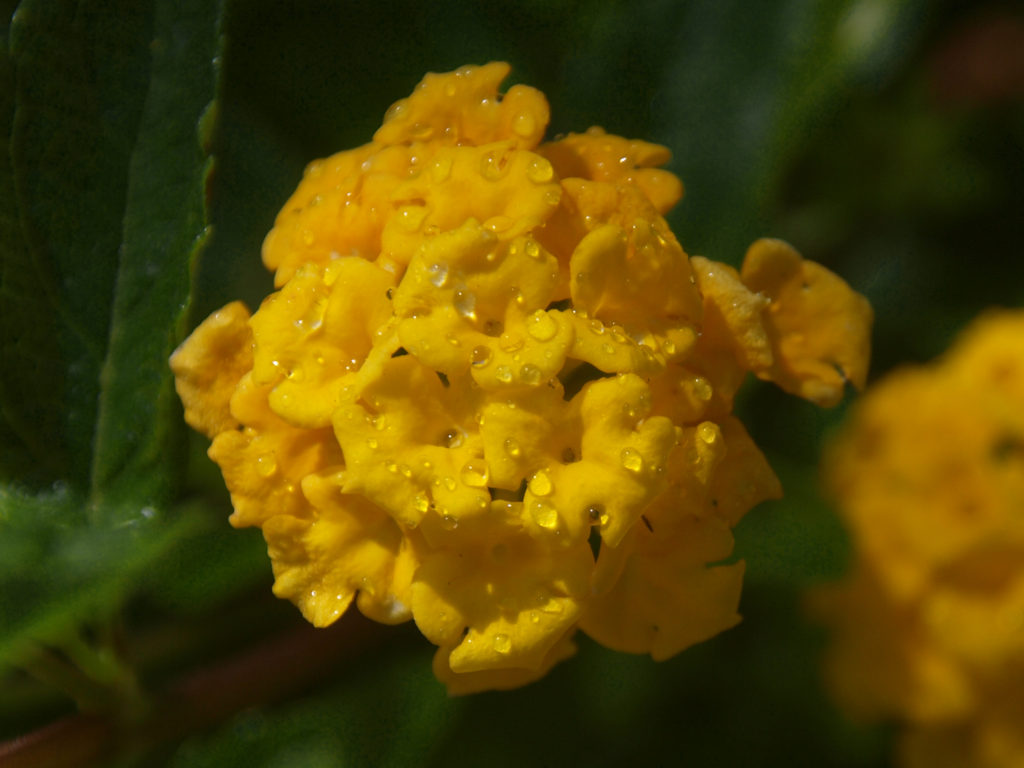

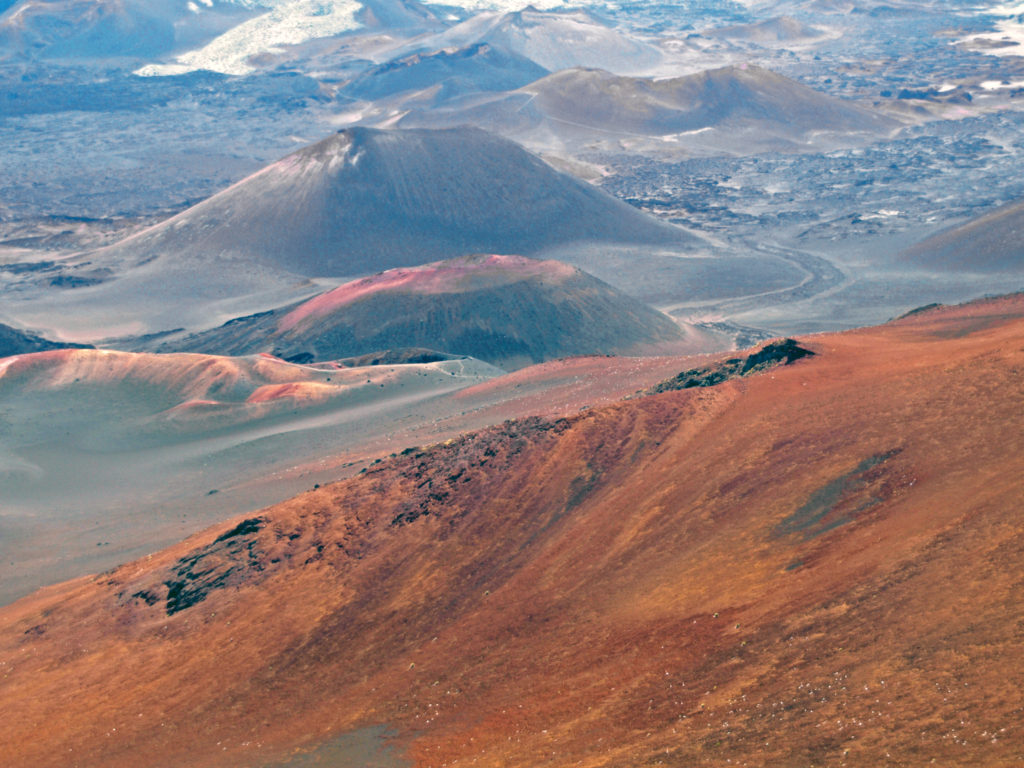
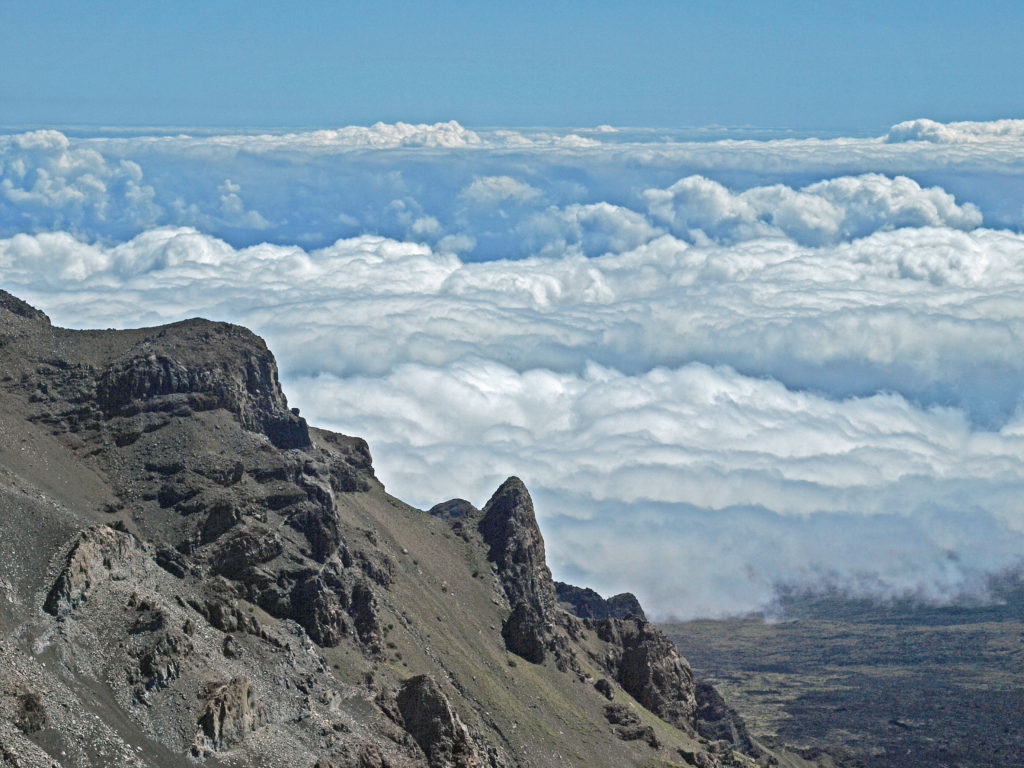
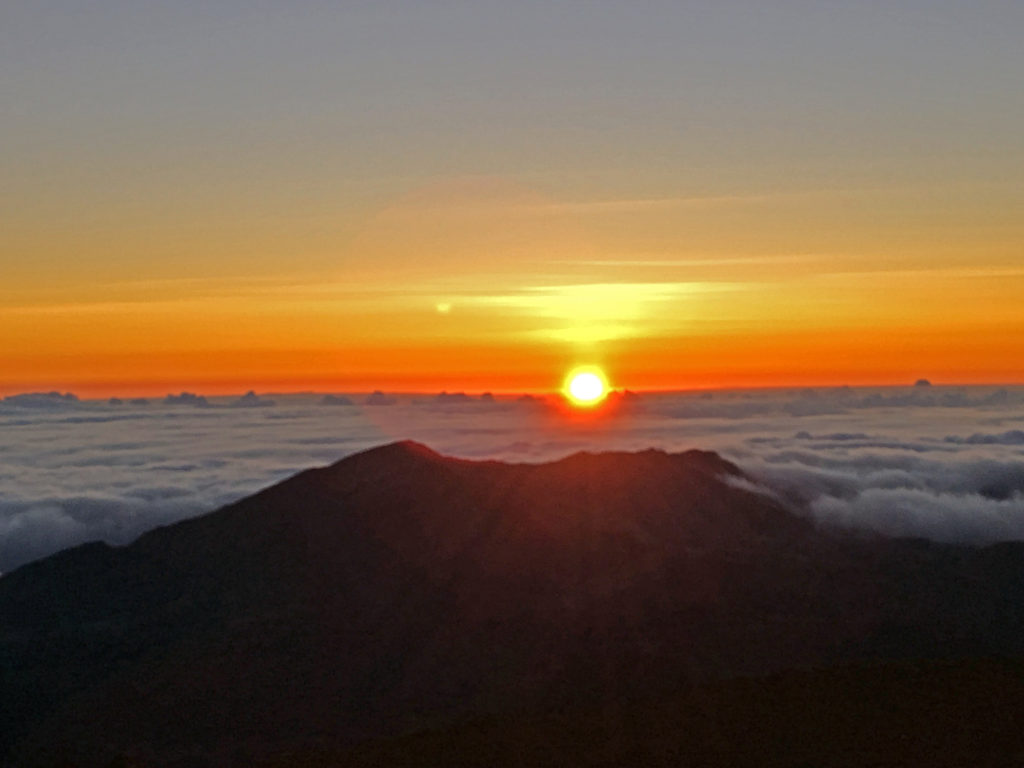

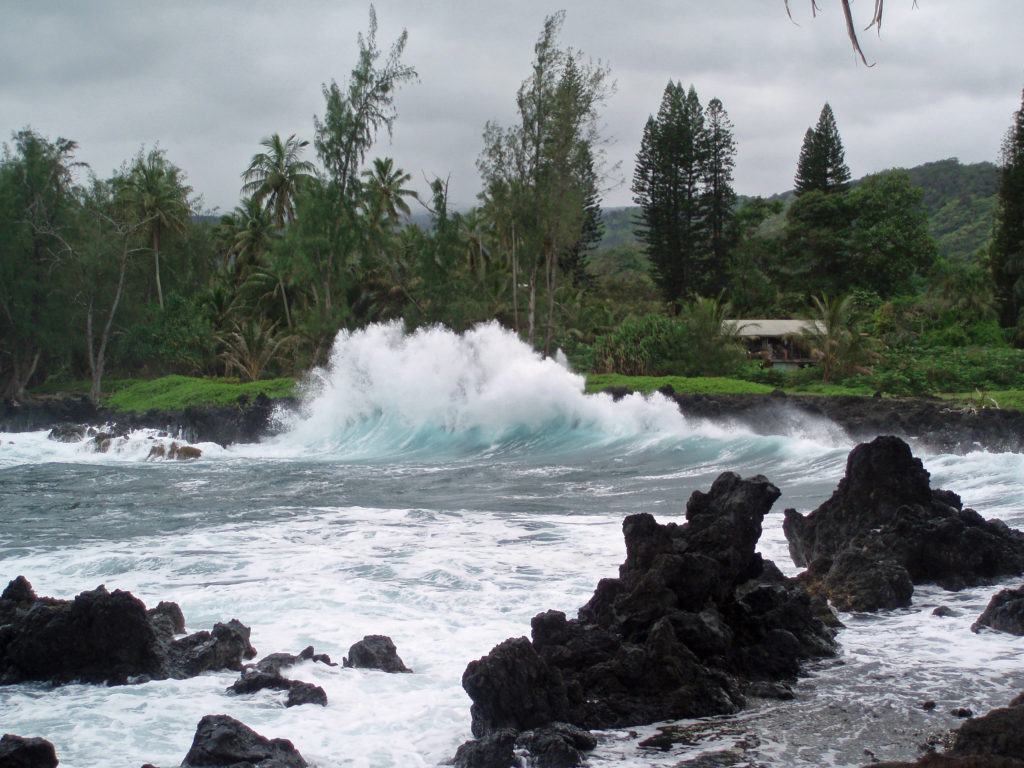
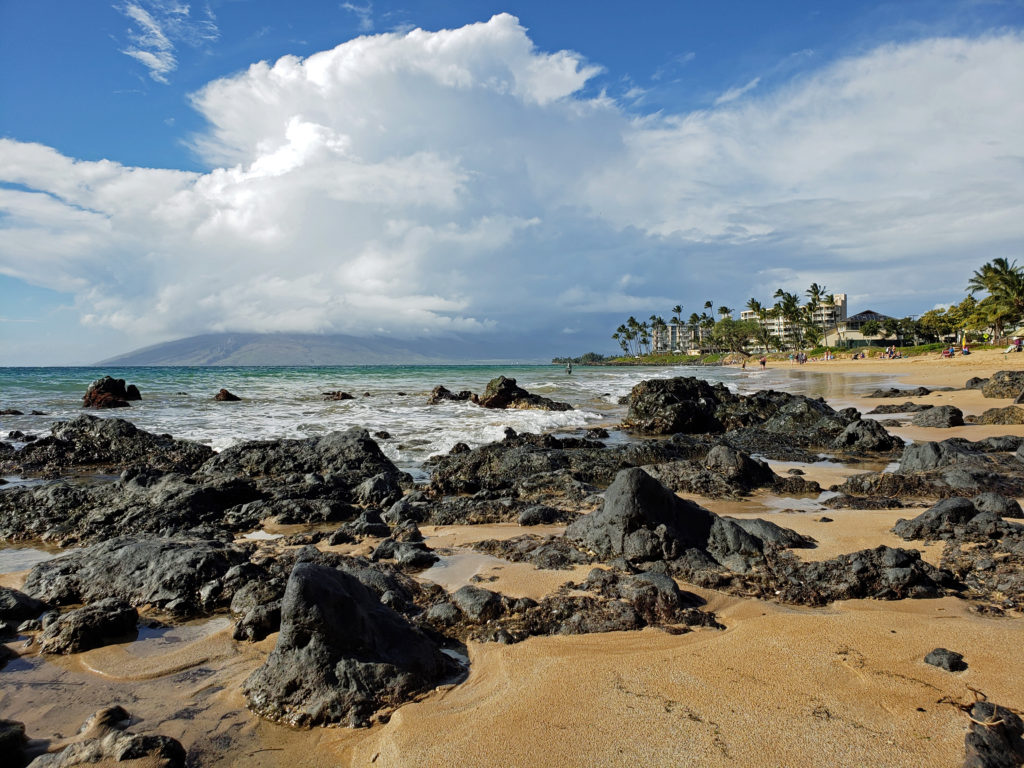
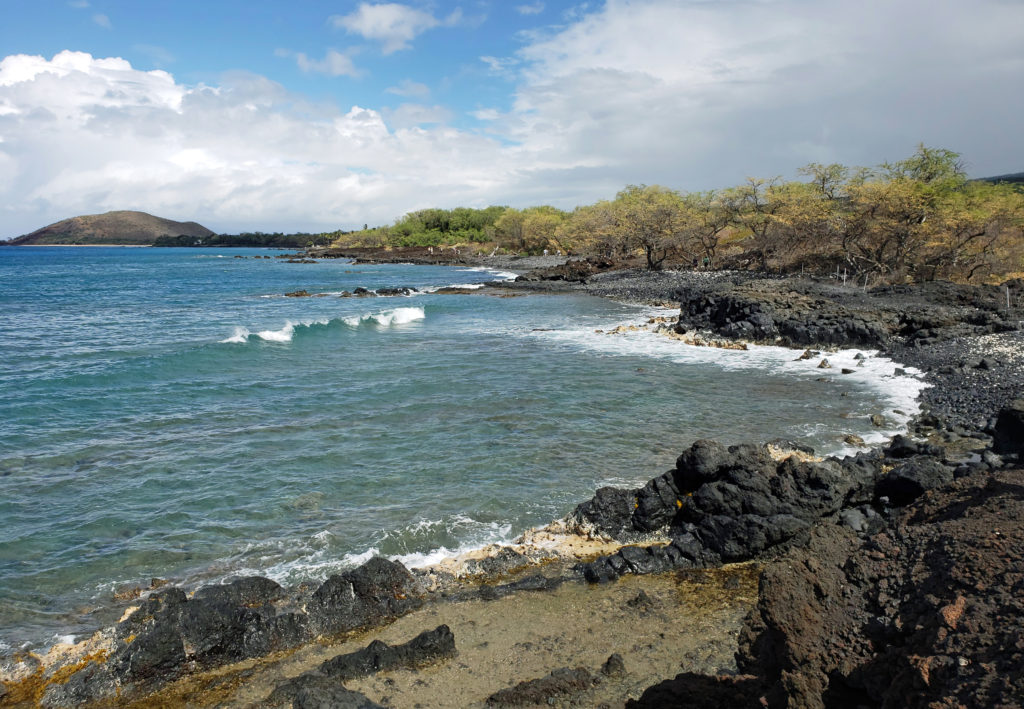
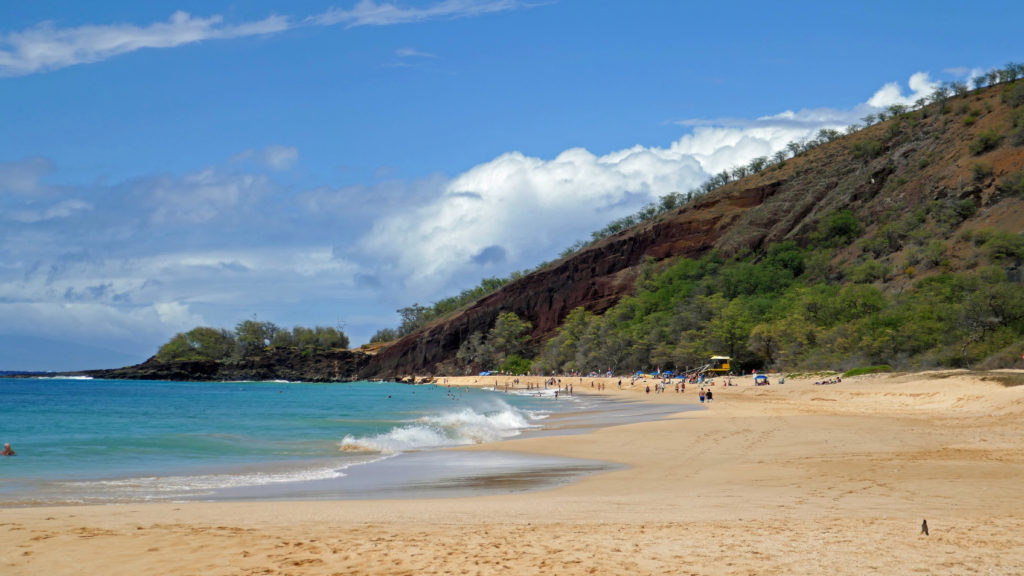
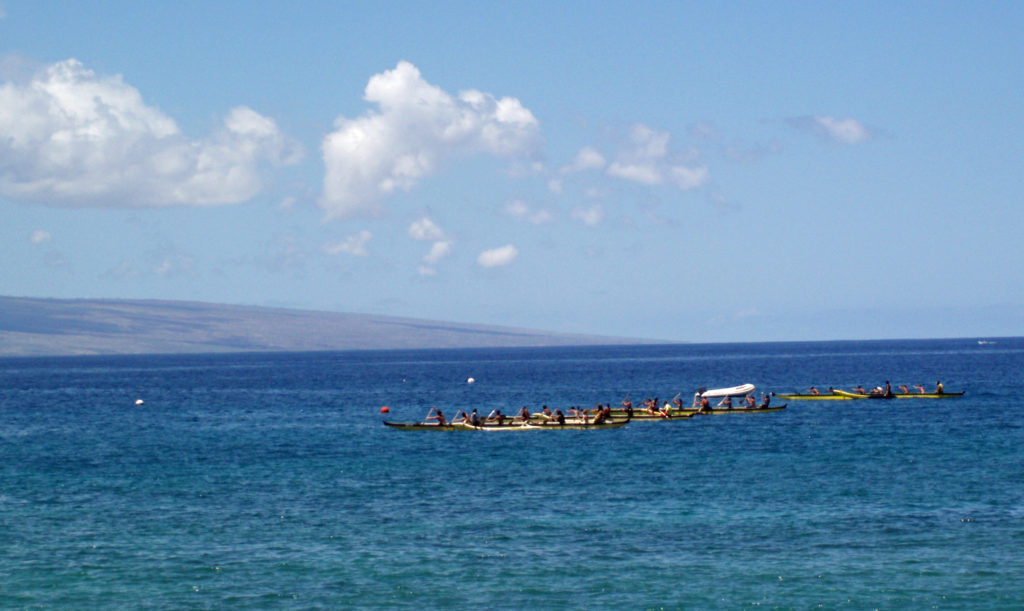
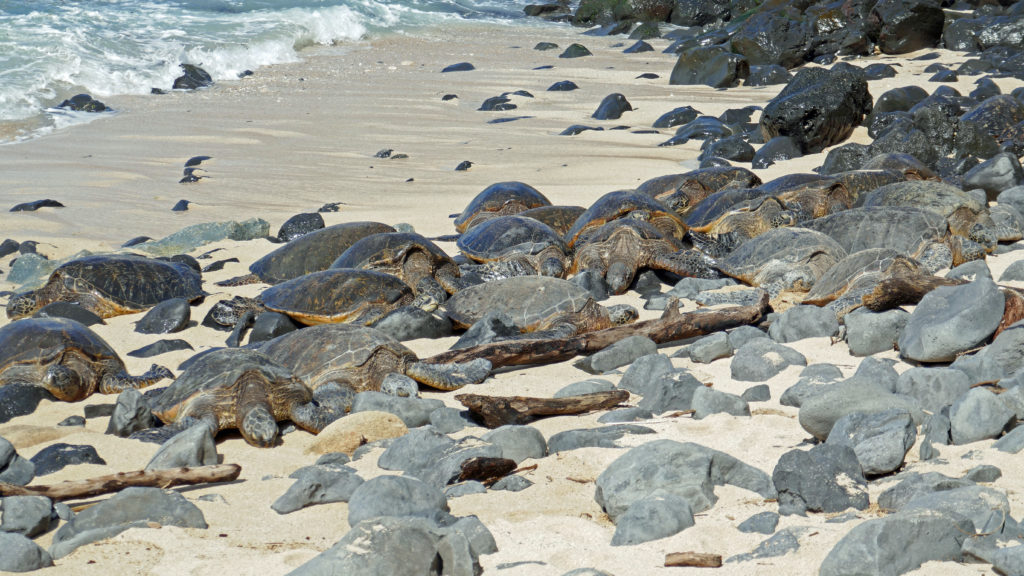
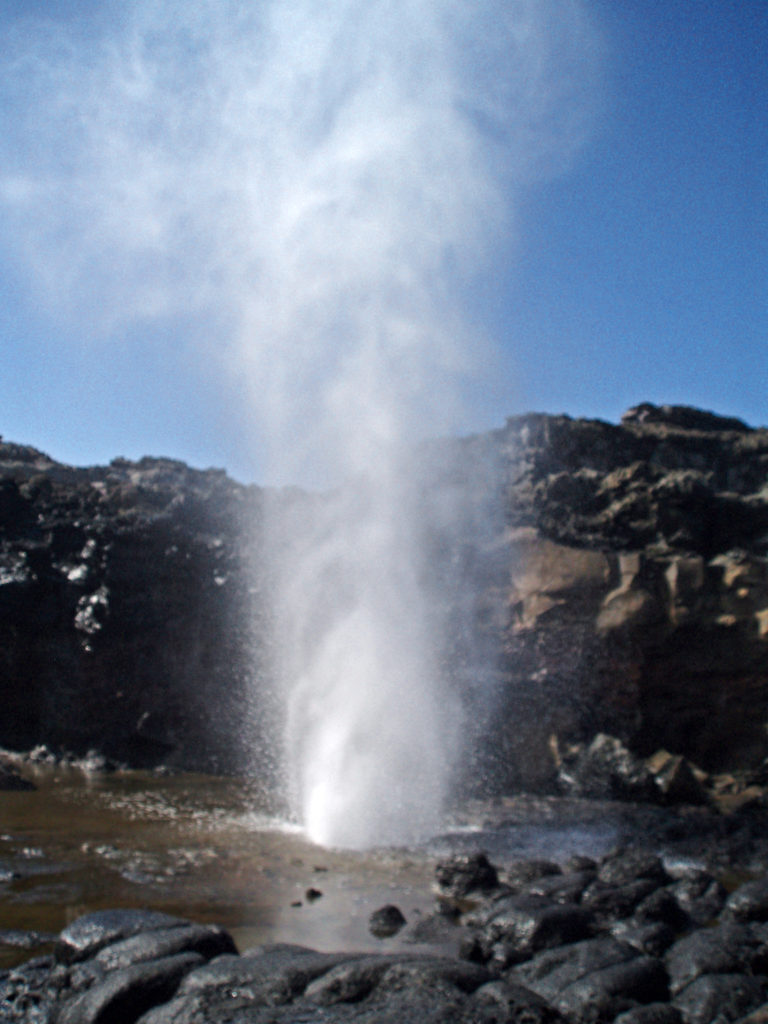
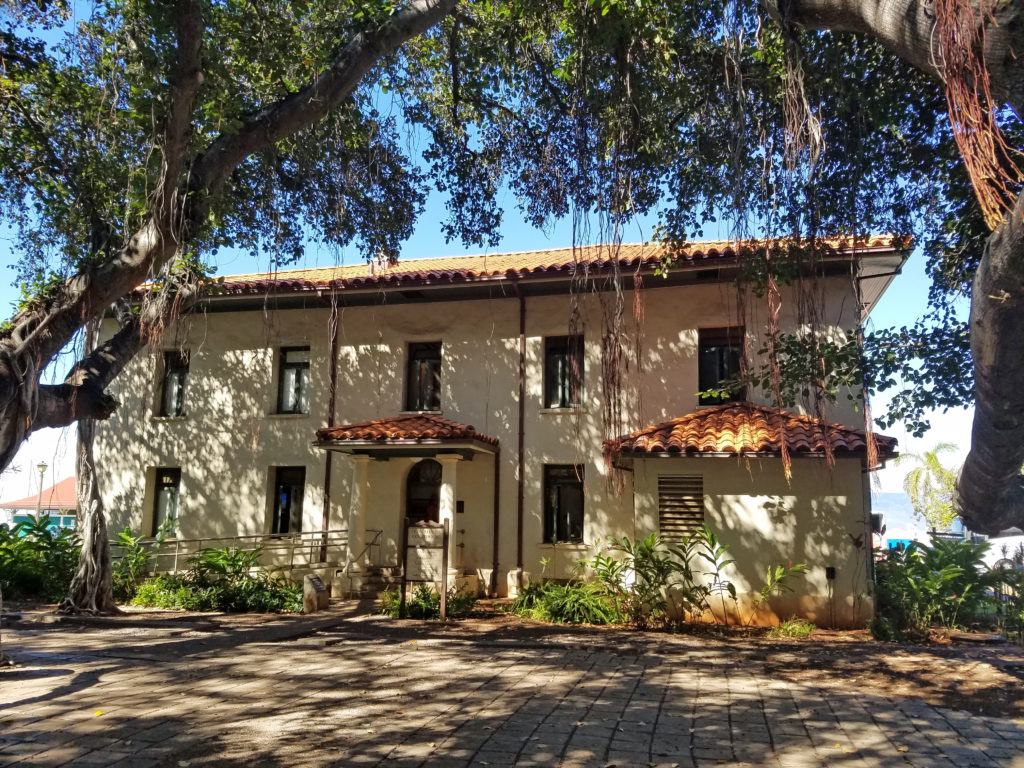
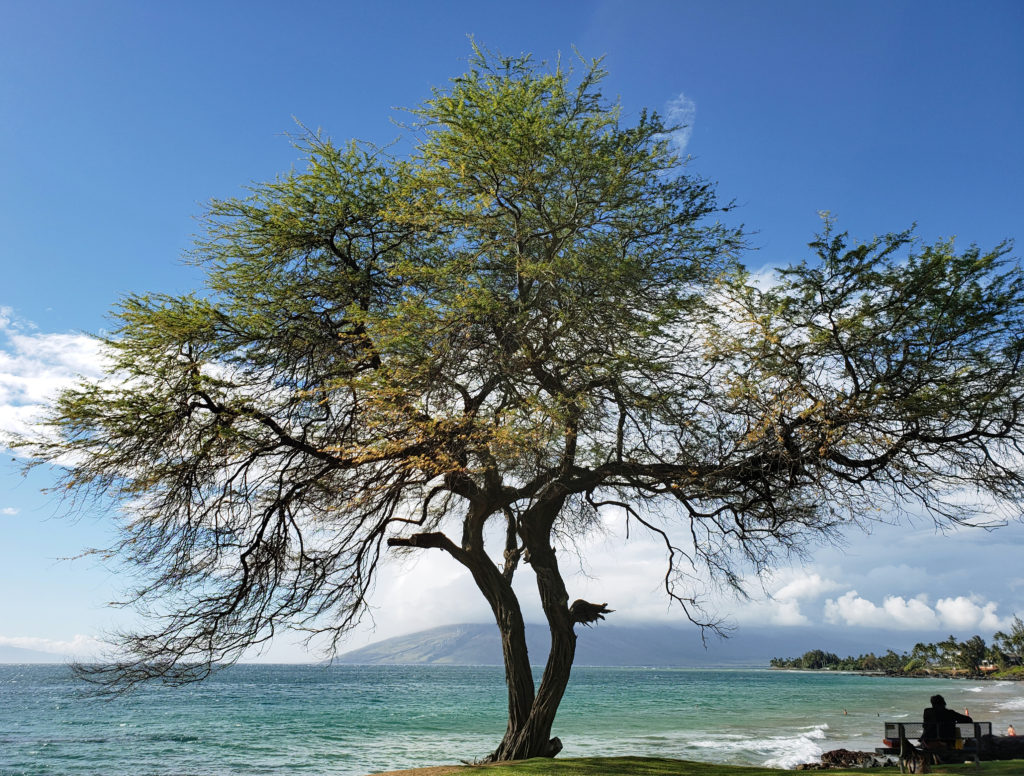
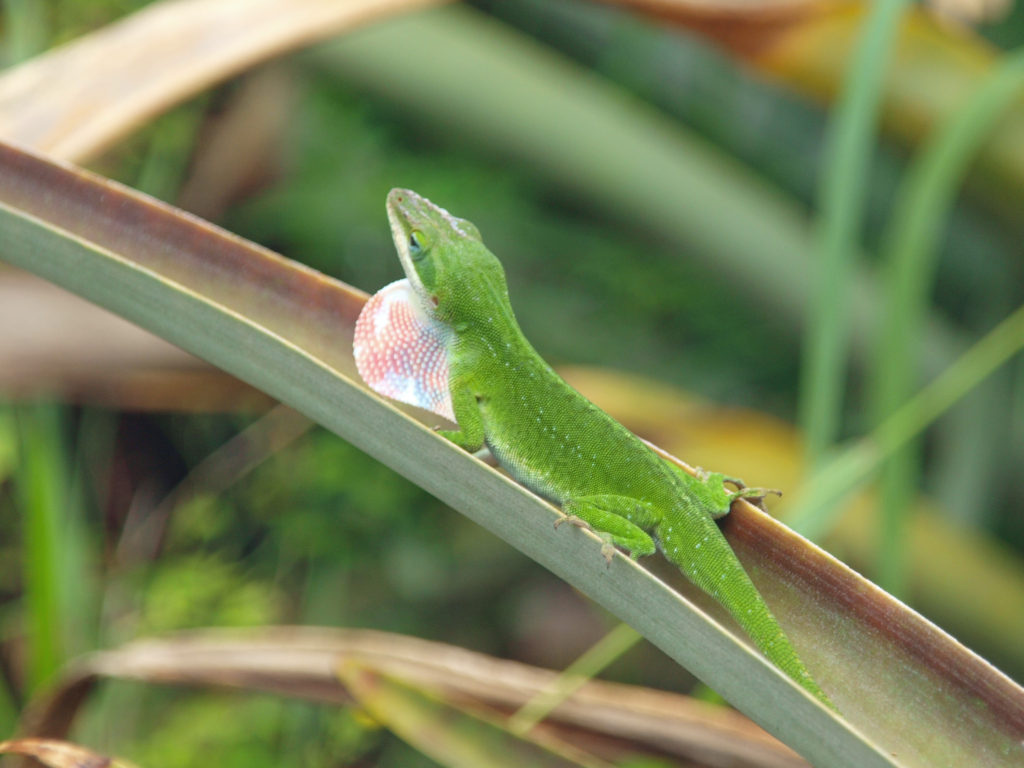
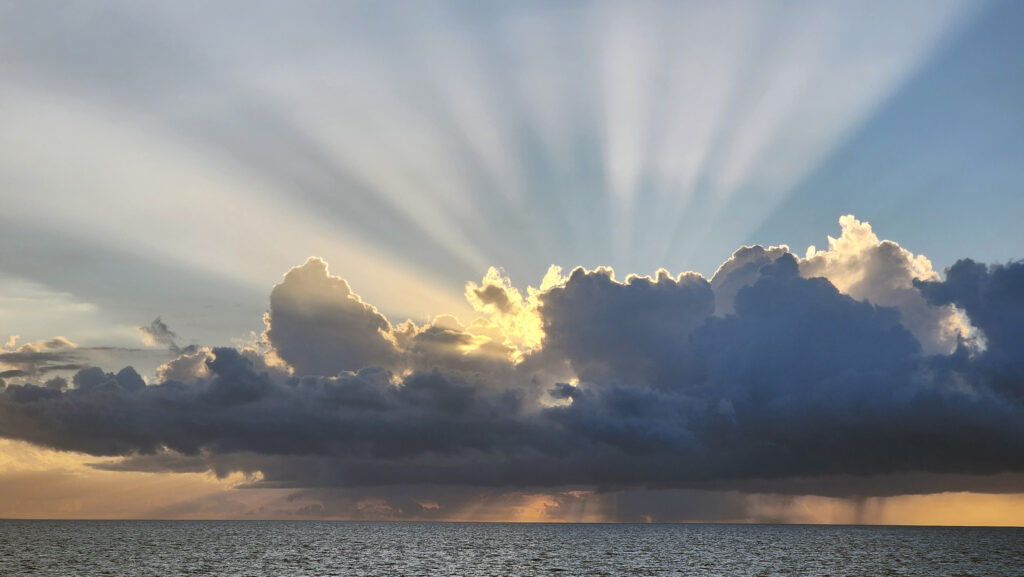

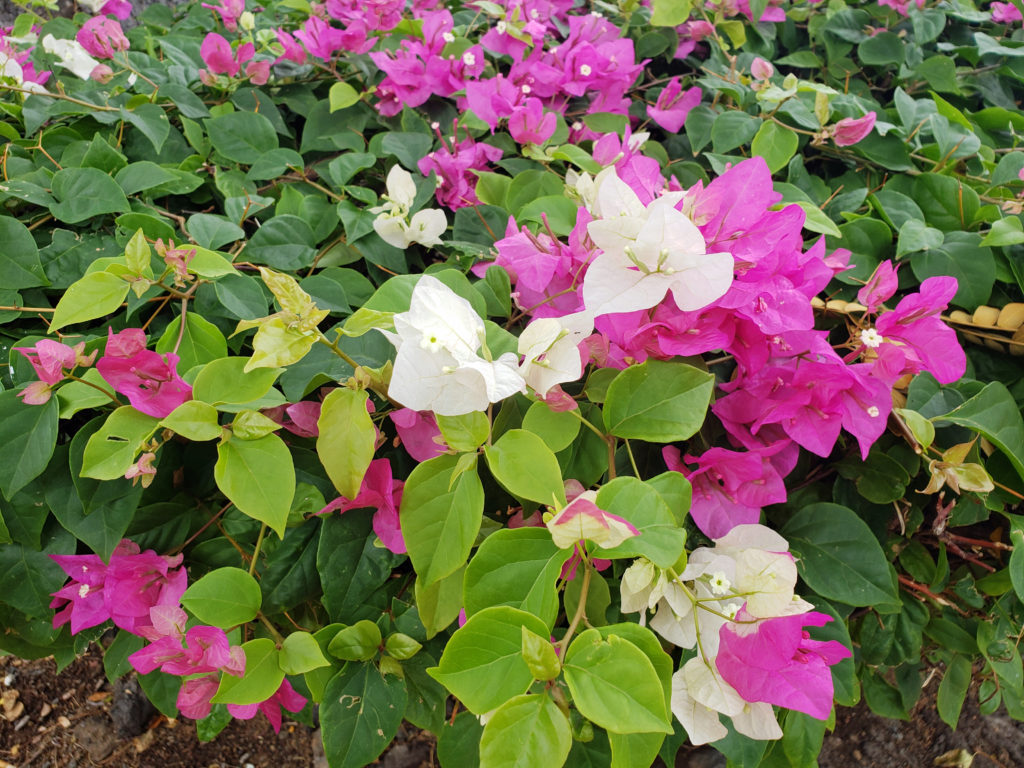
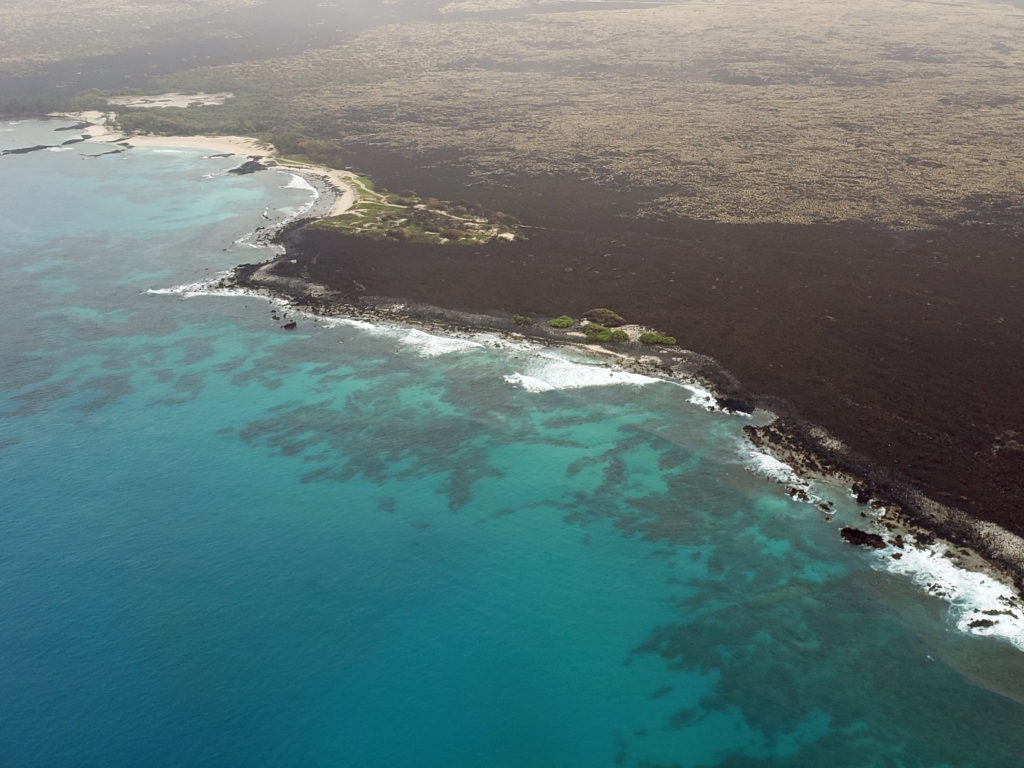
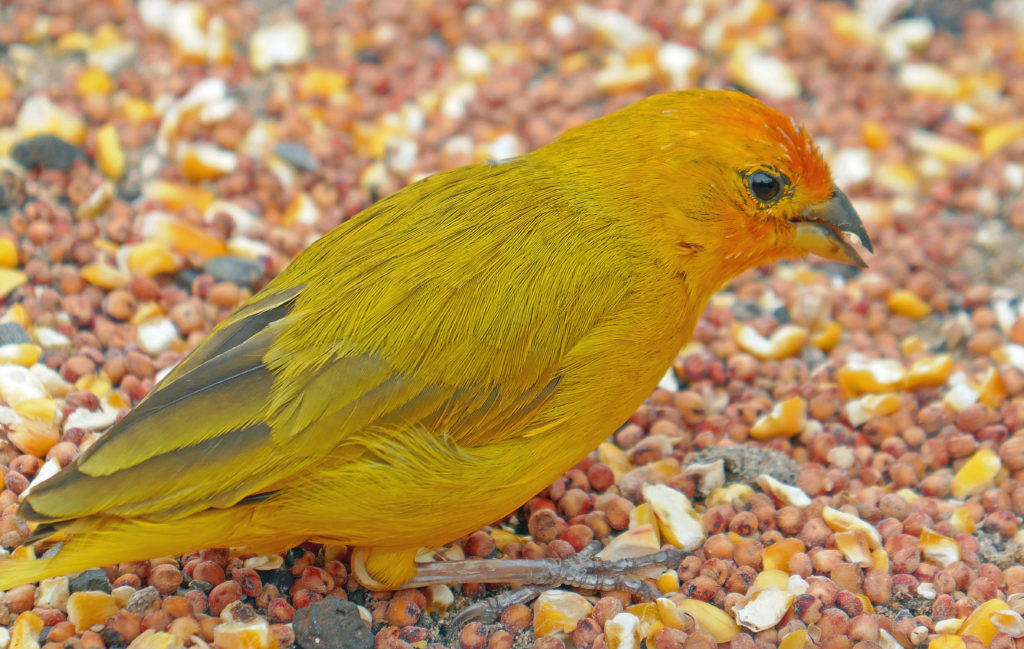
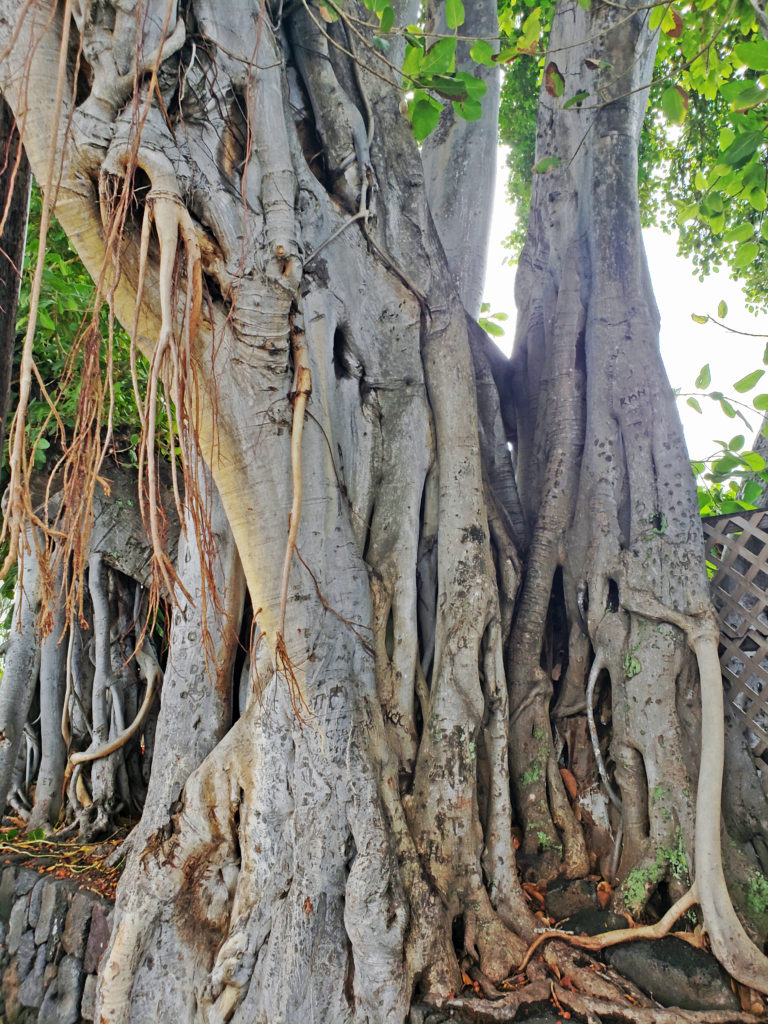
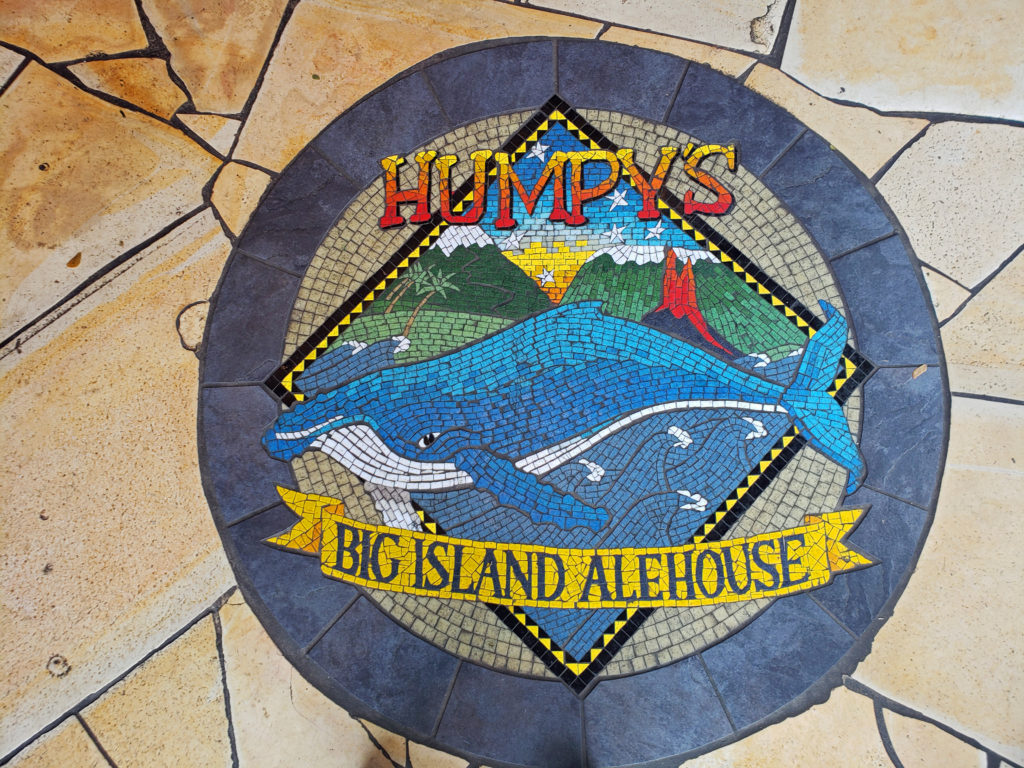
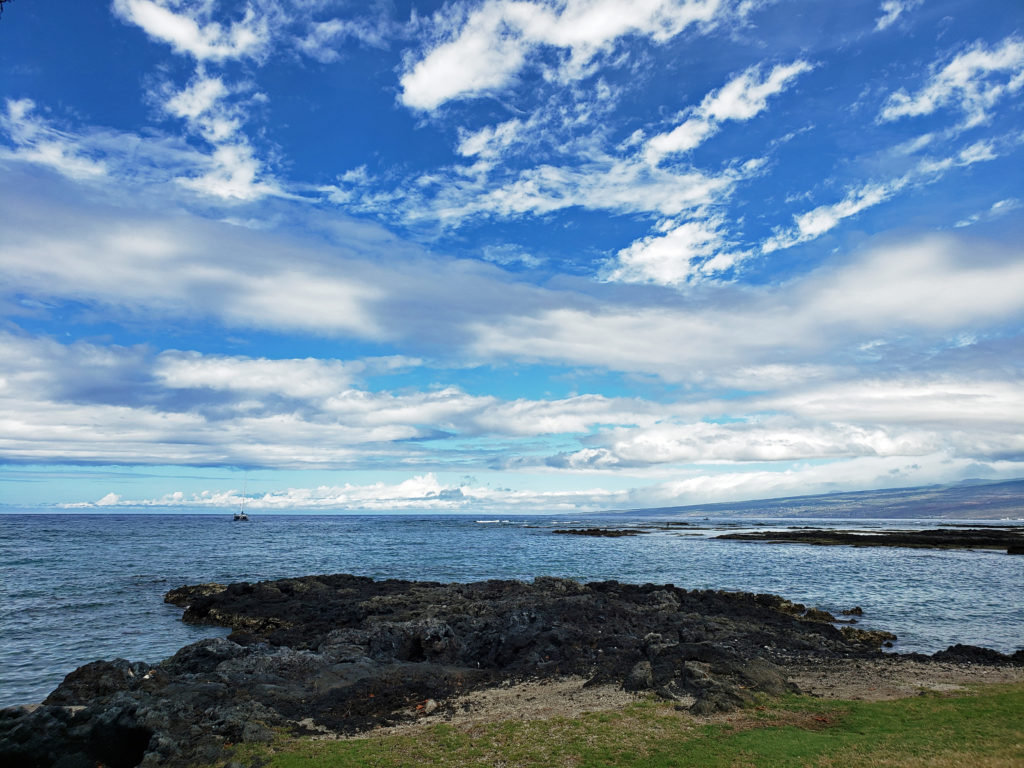
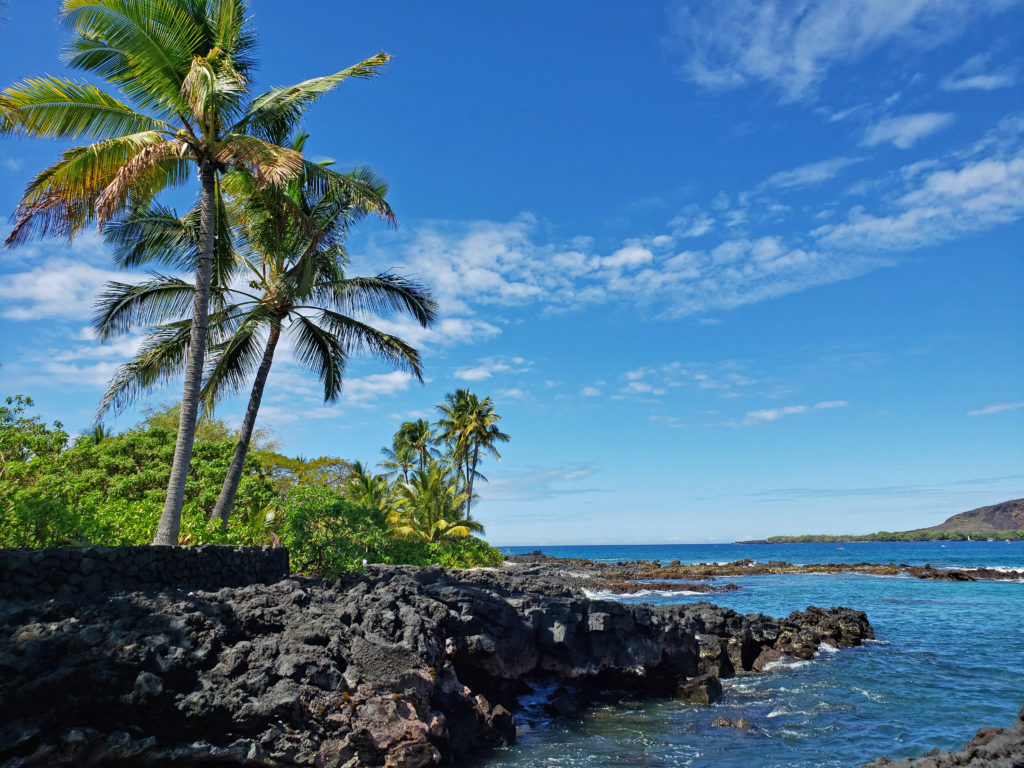
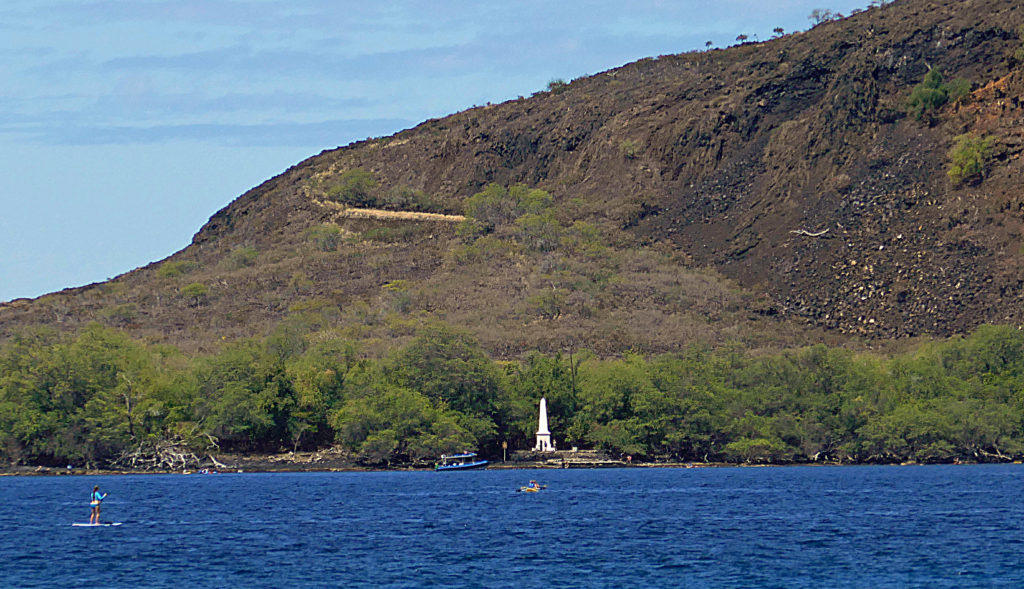
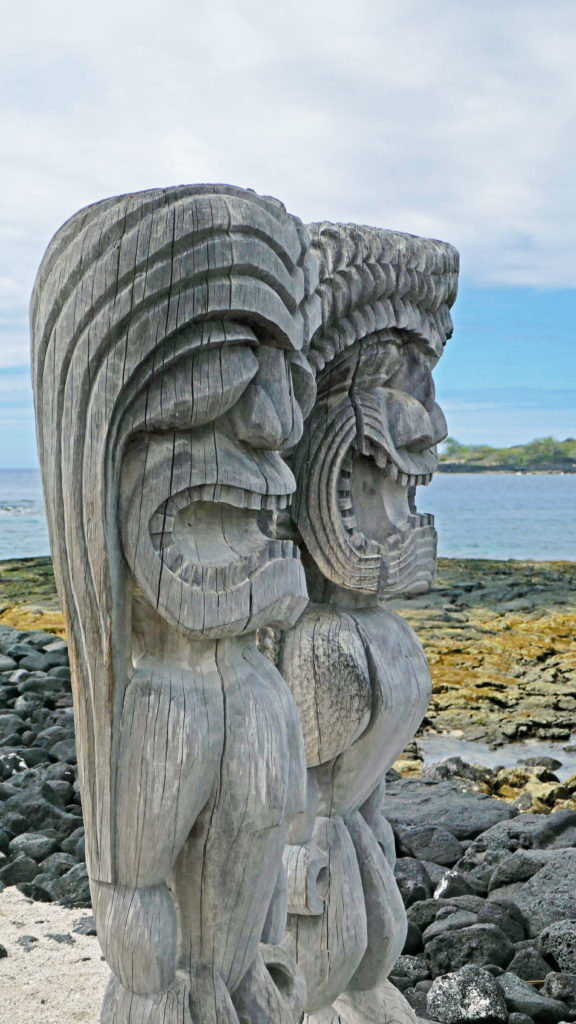
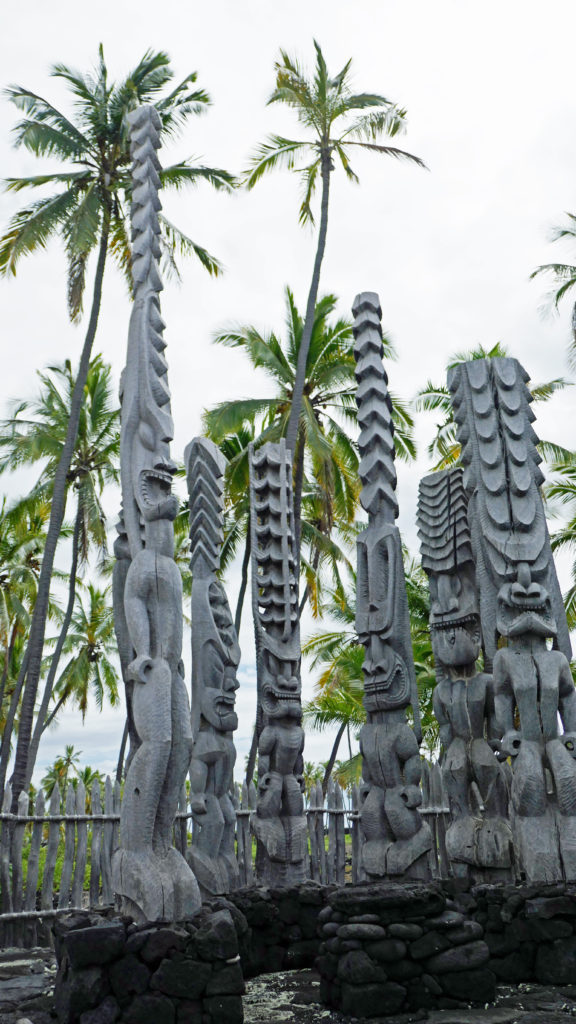
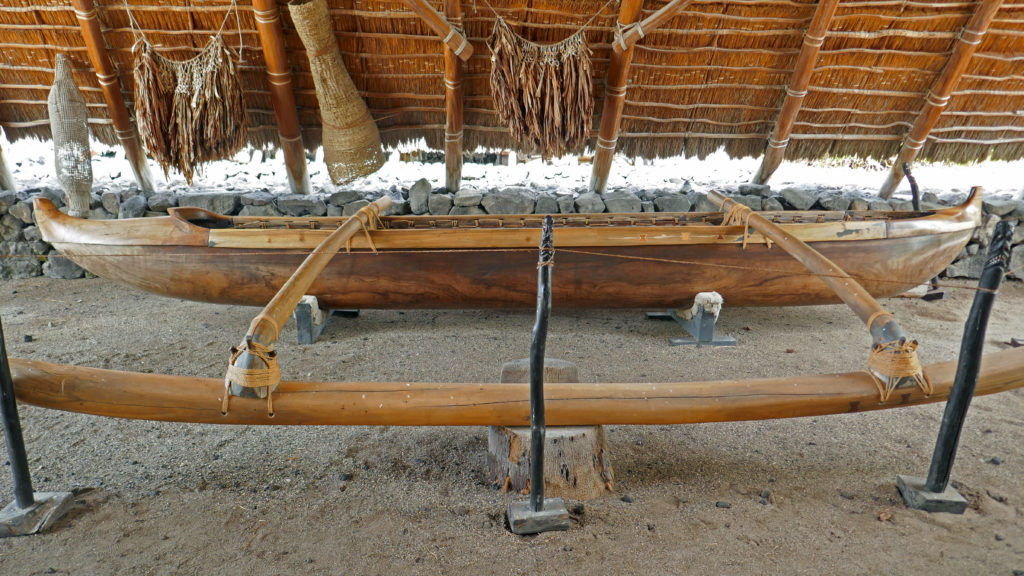
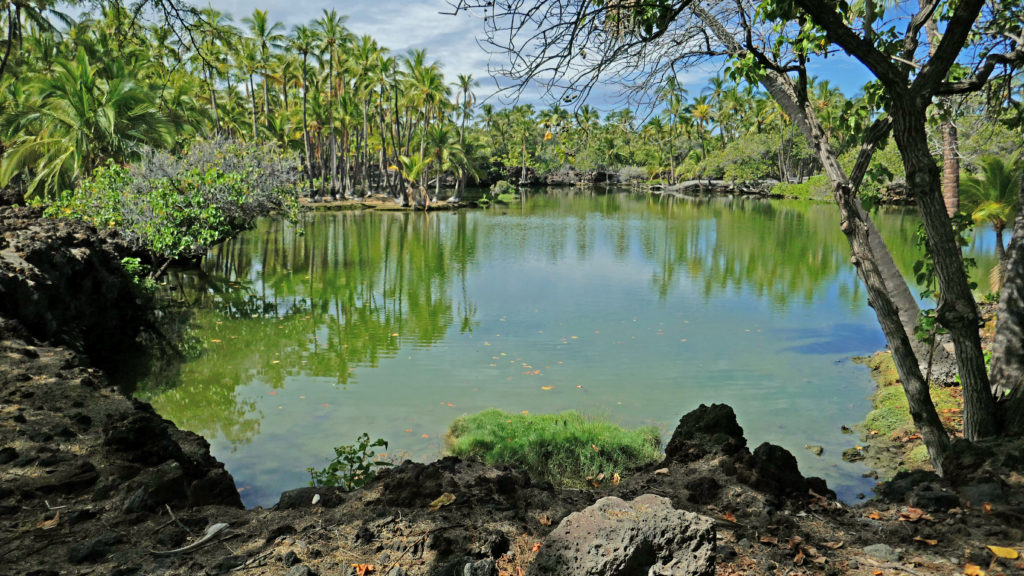
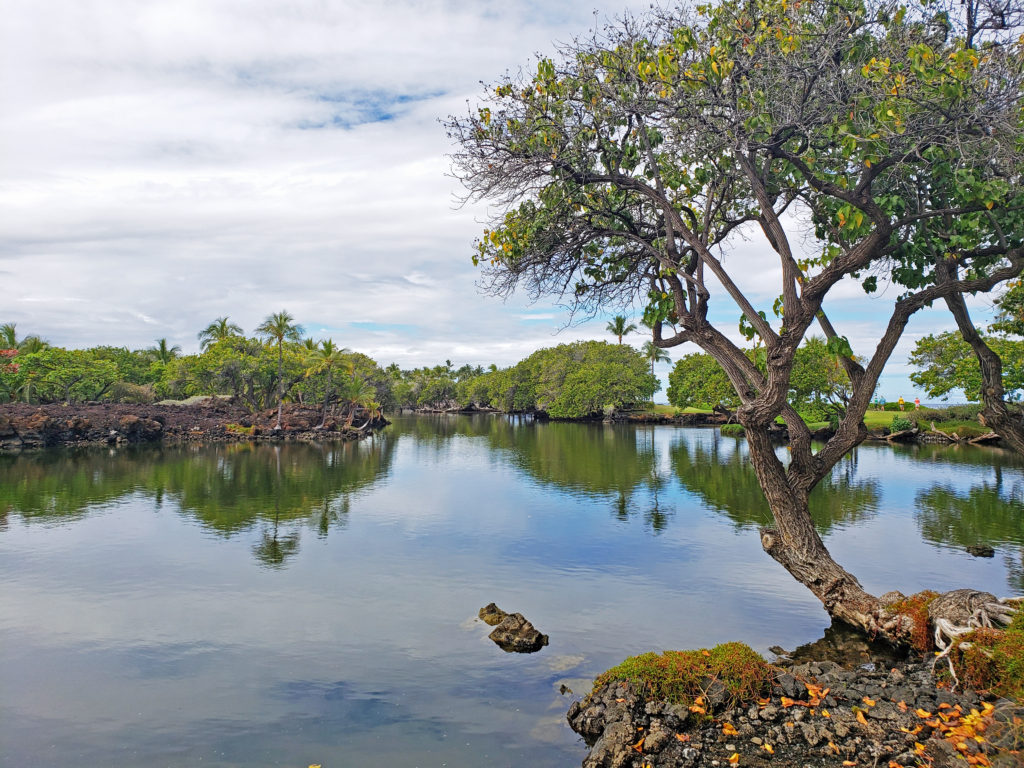
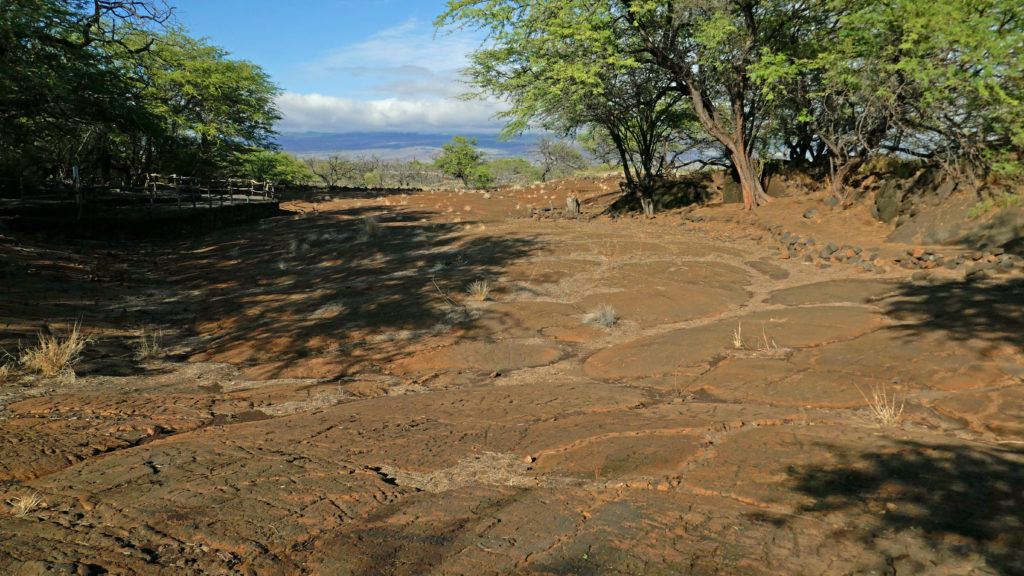
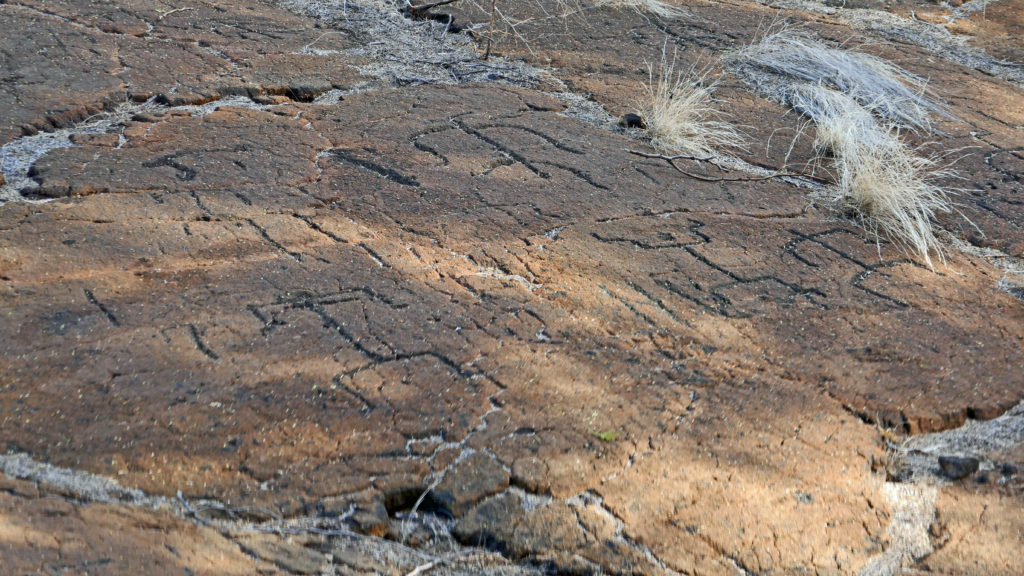
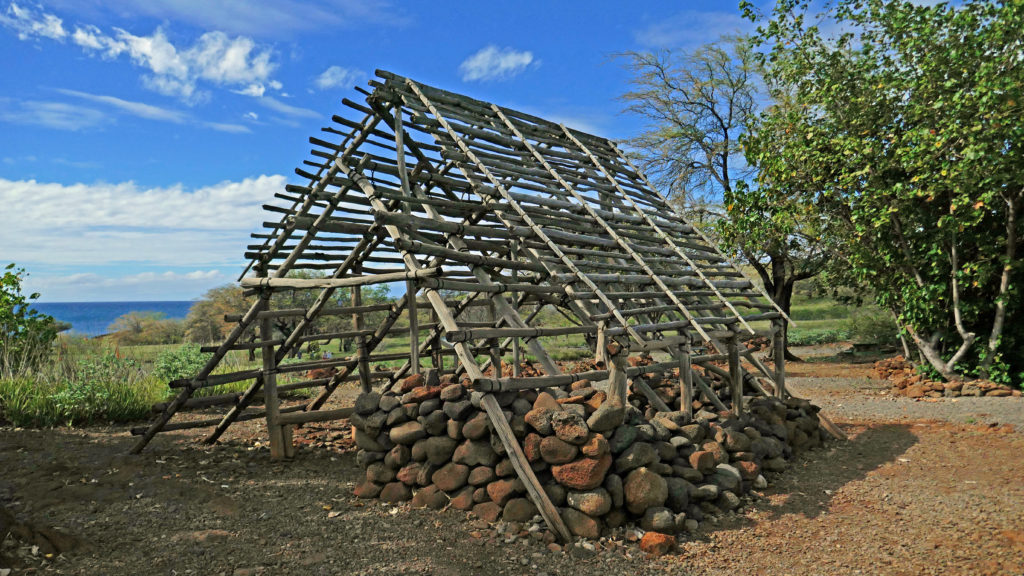
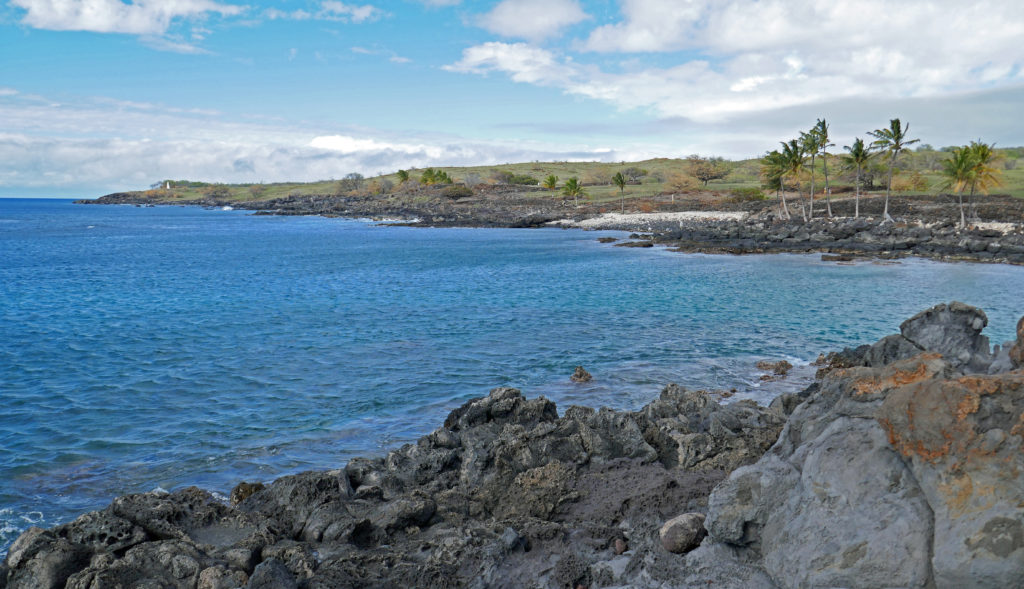
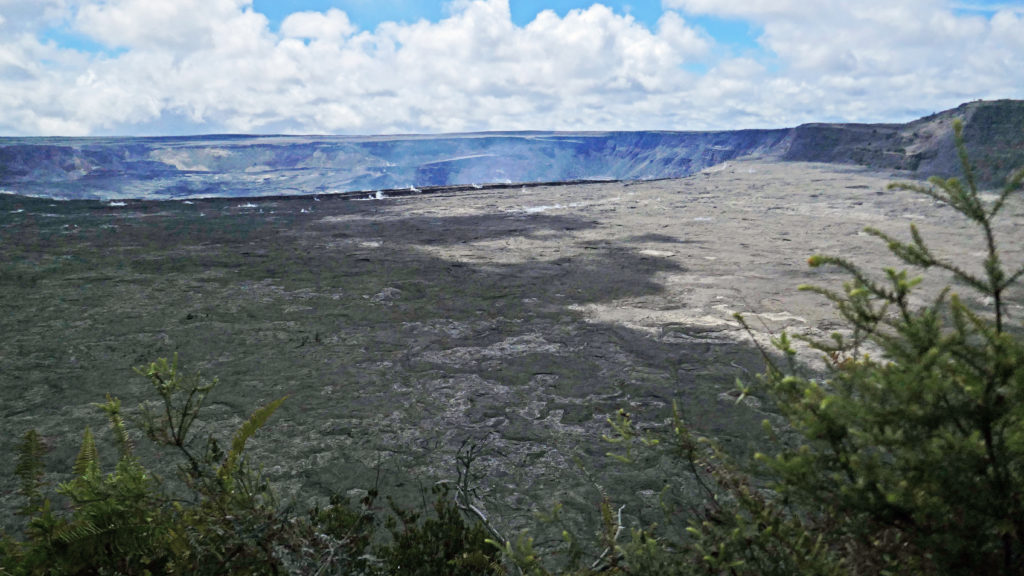
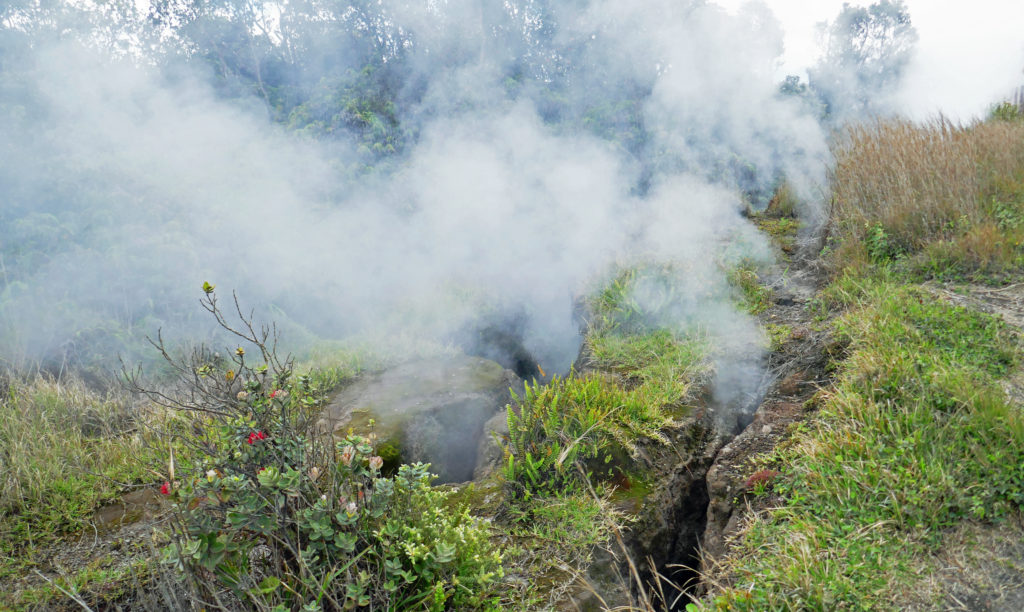
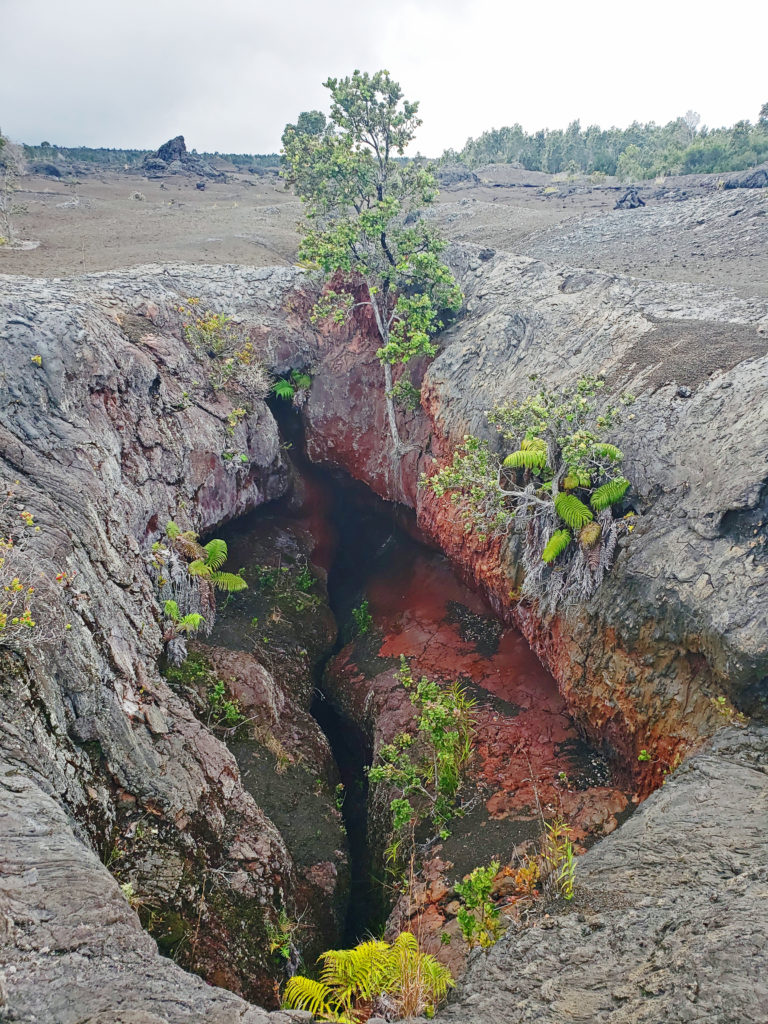
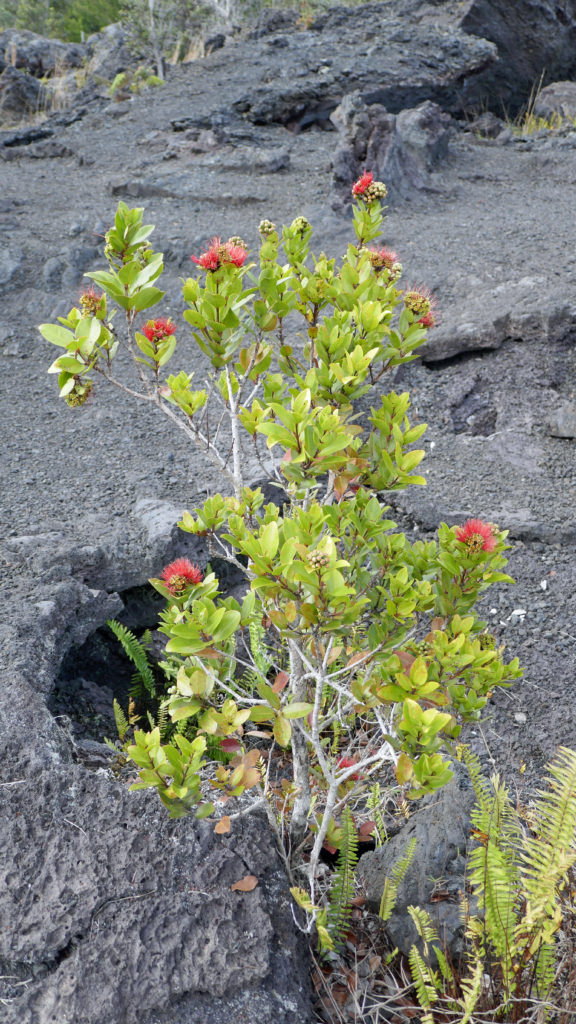
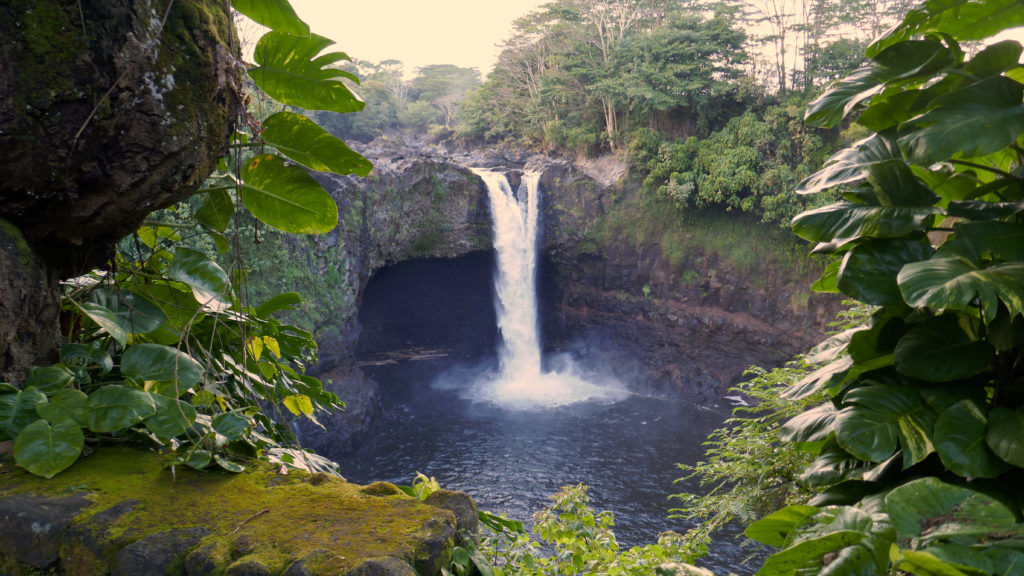
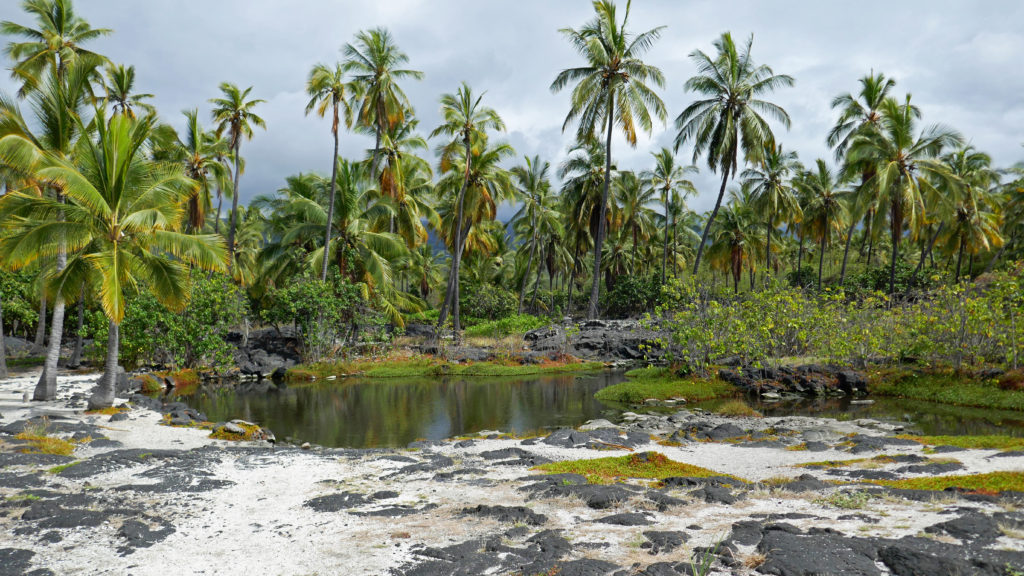
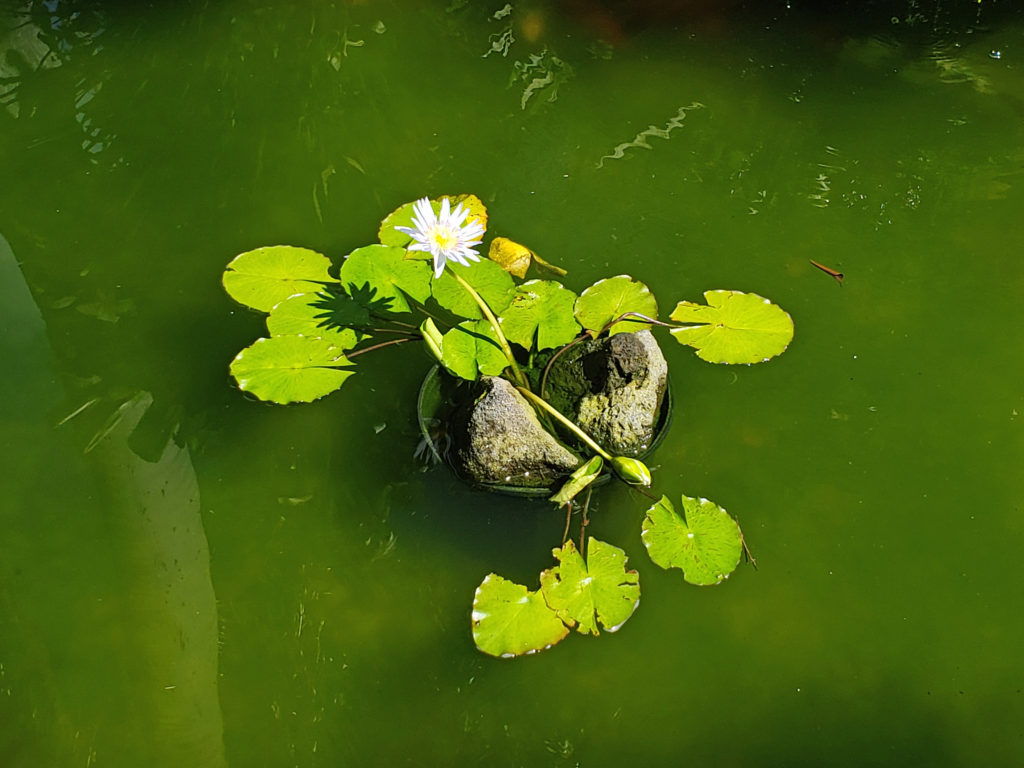
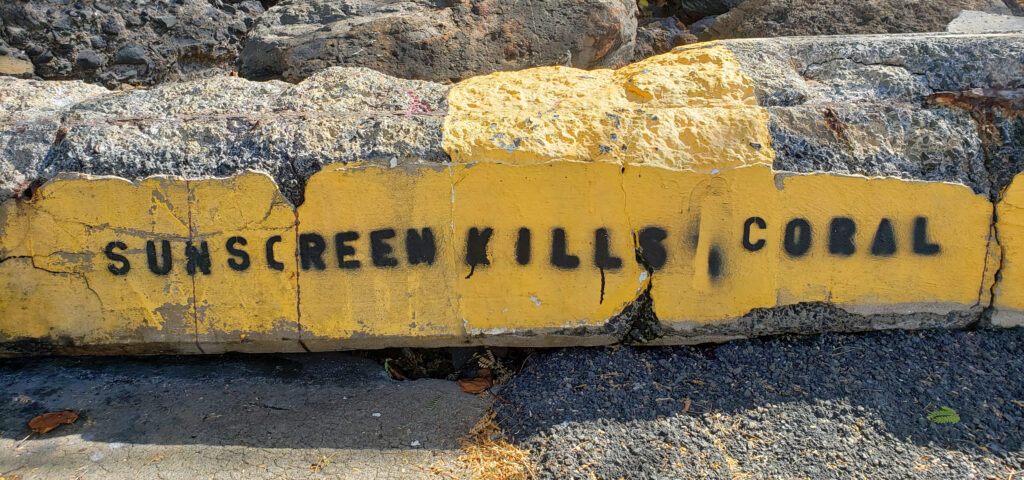 Originally posted August 6, 2019. Updated and re-posted November 19, 2022.
Originally posted August 6, 2019. Updated and re-posted November 19, 2022.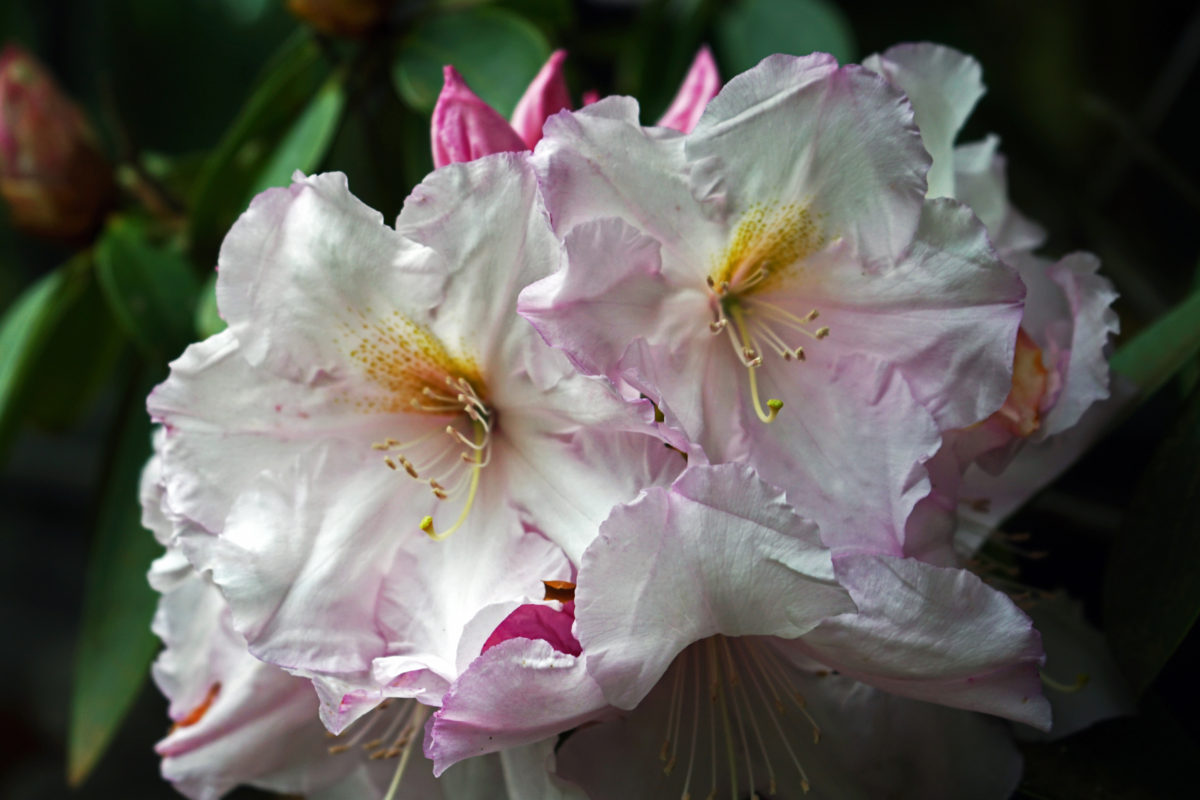
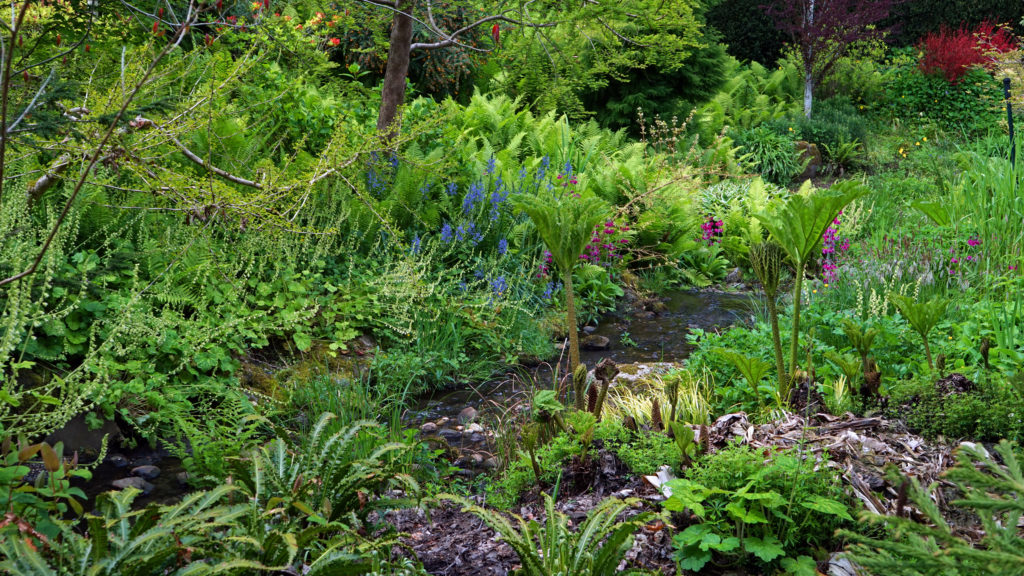
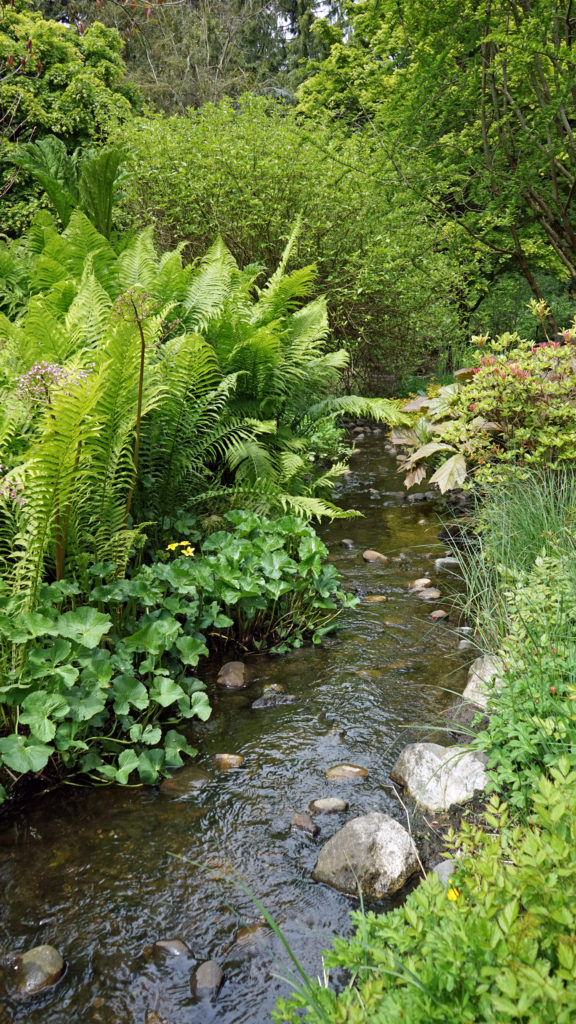
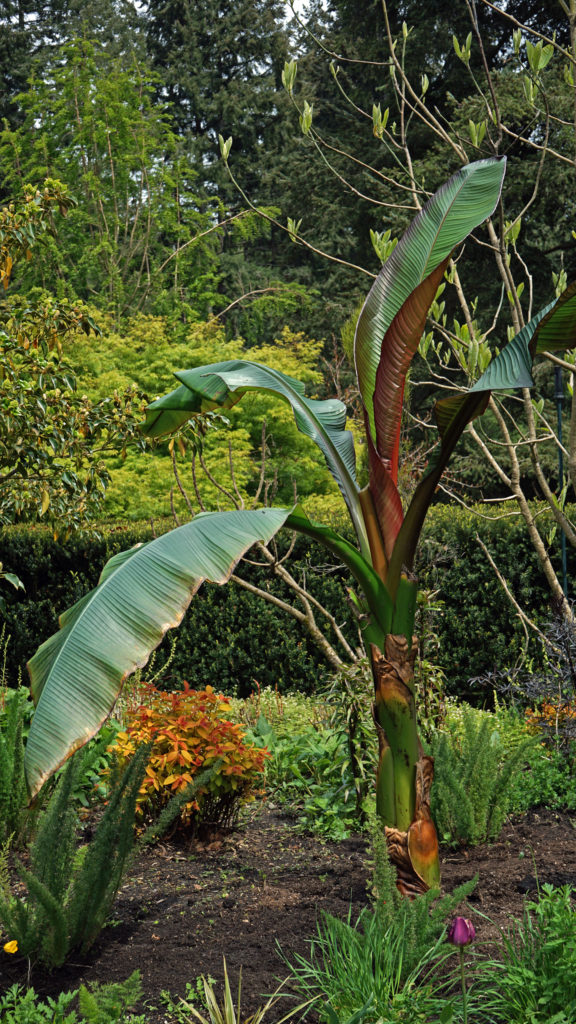
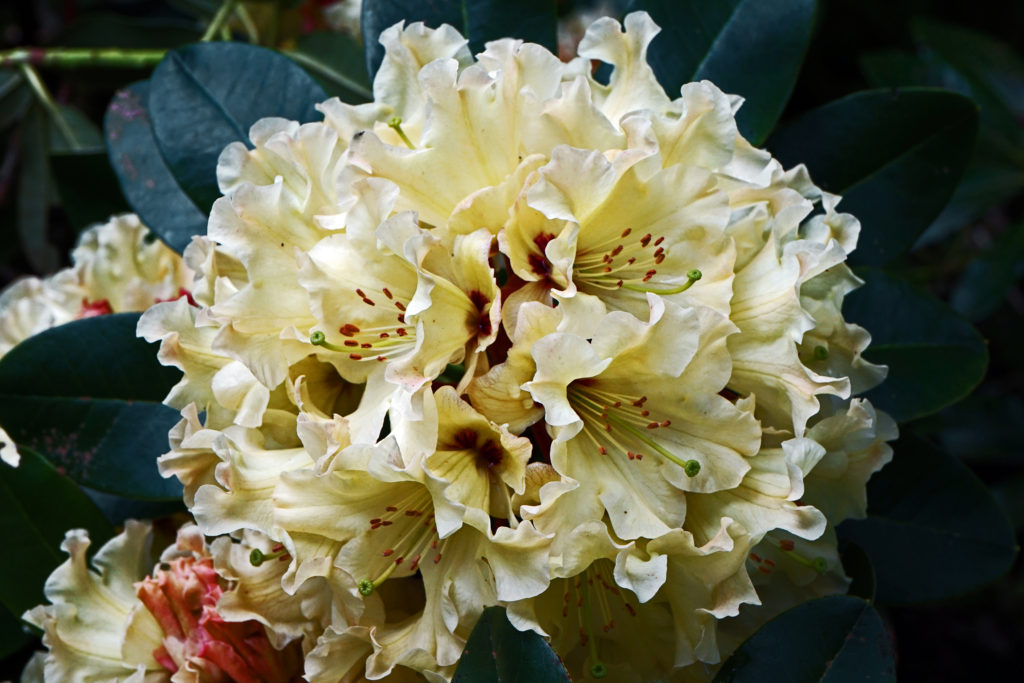
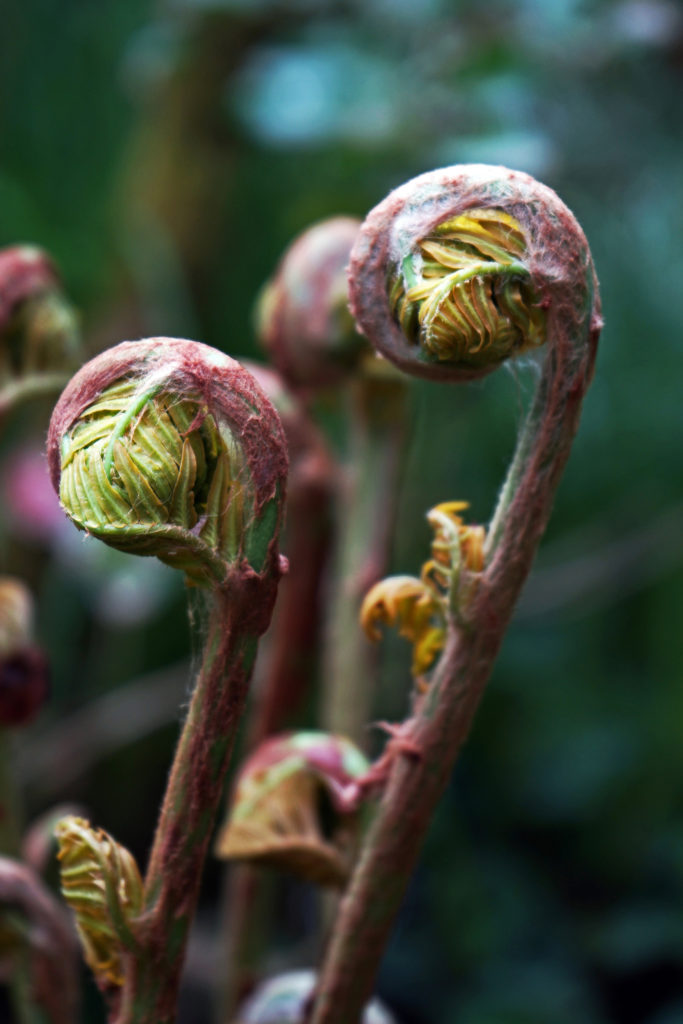
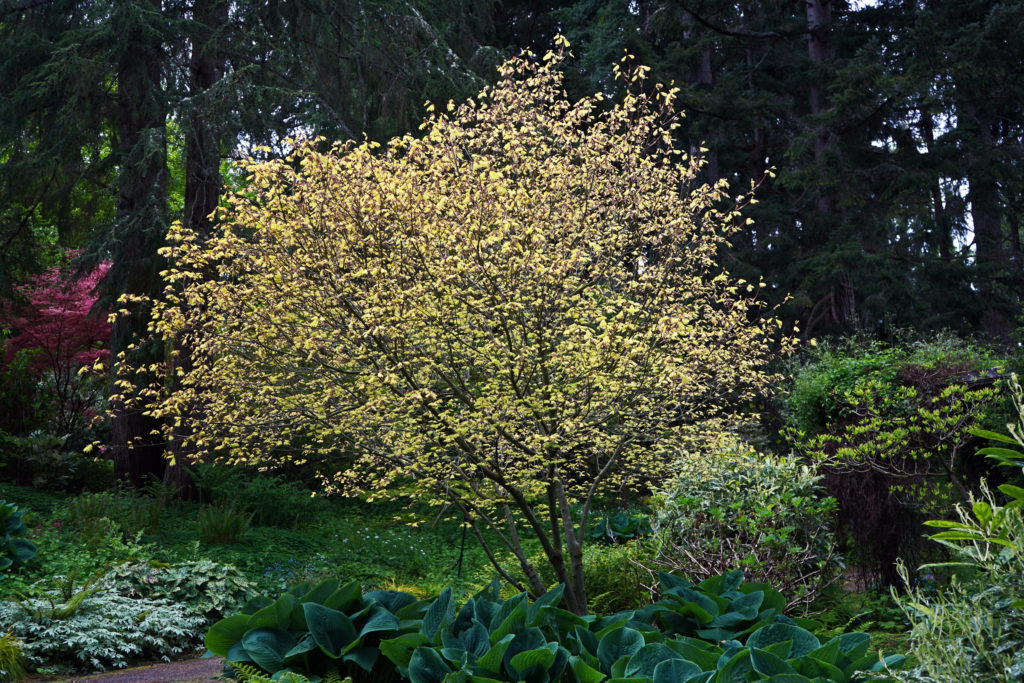
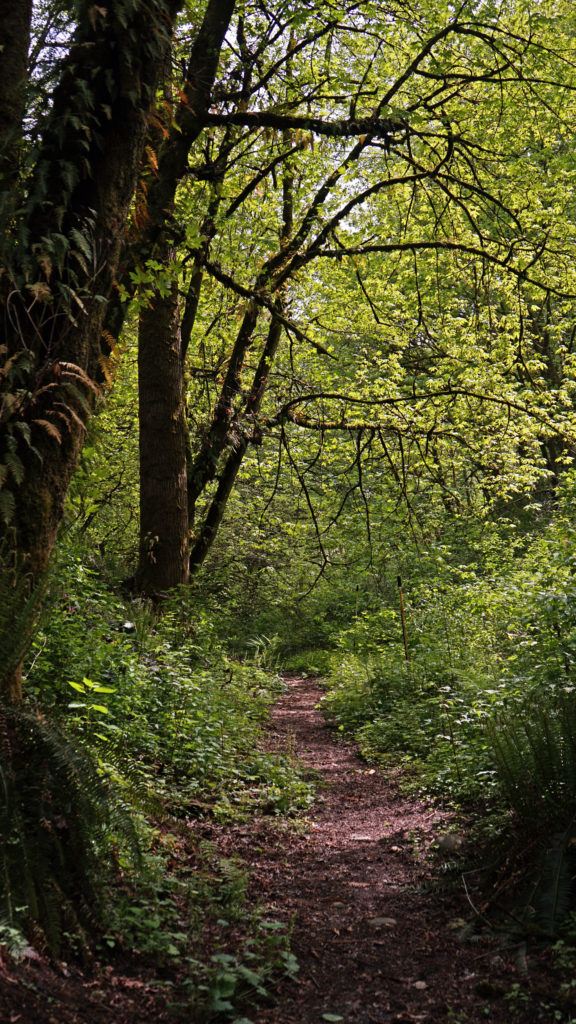
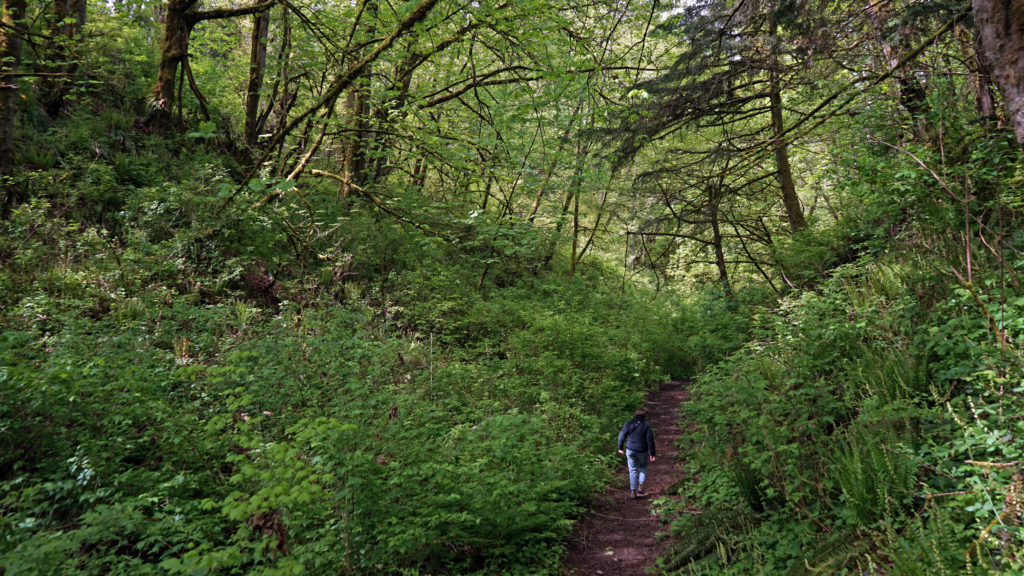 Powells Wood Garden is located at 430 S. Dash Point Road in Federal Way. The garden is open Tuesday through Saturday from 10am to 3pm. Admission is $7 per person (children 12 and under are free). Tickets can be purchased online on the Garden’s
Powells Wood Garden is located at 430 S. Dash Point Road in Federal Way. The garden is open Tuesday through Saturday from 10am to 3pm. Admission is $7 per person (children 12 and under are free). Tickets can be purchased online on the Garden’s 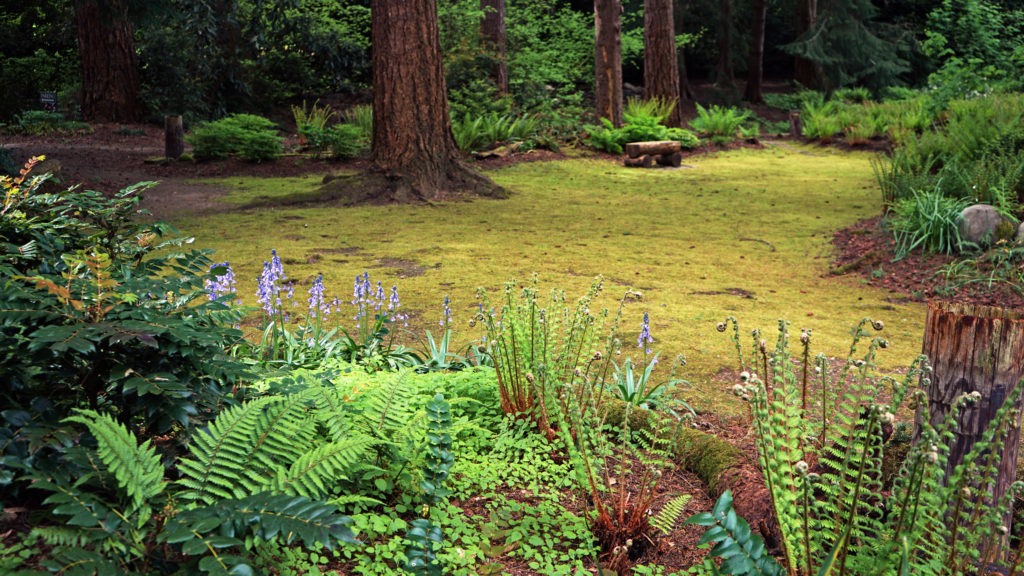
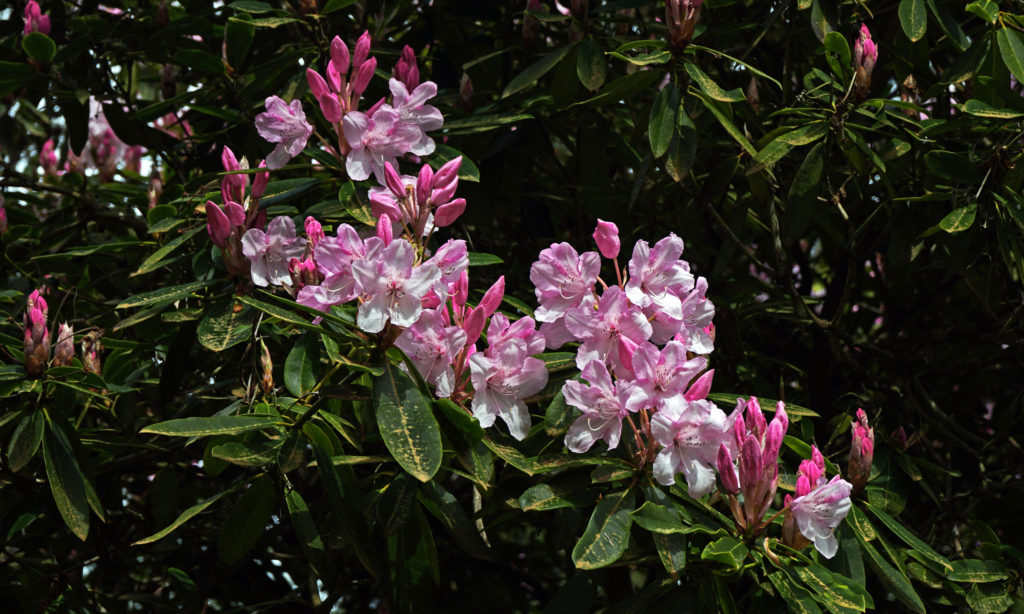 If you visit Powells Wood Garden, you might also want to stop in at
If you visit Powells Wood Garden, you might also want to stop in at 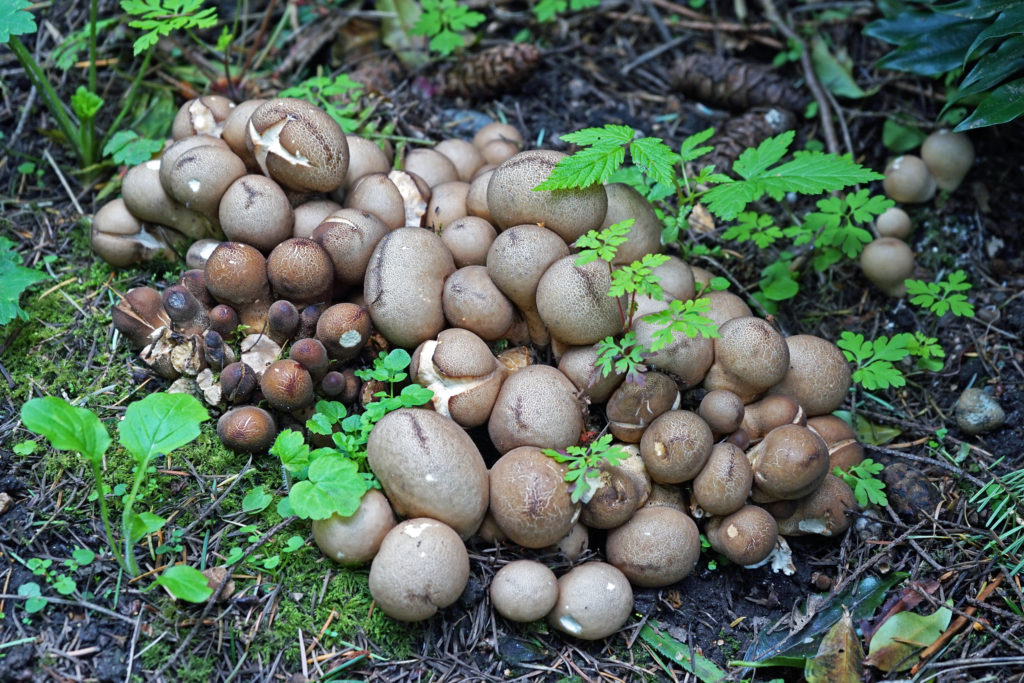
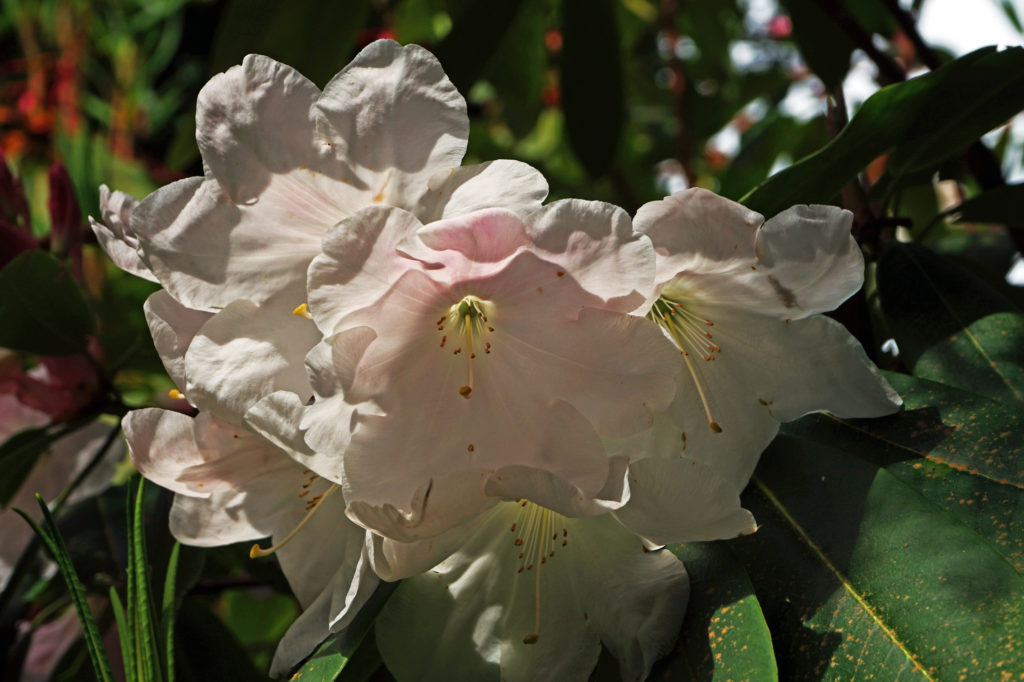 While Powells Wood Garden is probably not worth a trip to Tacoma on its own, the Tacoma area has a lot of other attractions, not the least of which are the Museum of Glass and the Tacoma Art Museum, both part of the
While Powells Wood Garden is probably not worth a trip to Tacoma on its own, the Tacoma area has a lot of other attractions, not the least of which are the Museum of Glass and the Tacoma Art Museum, both part of the 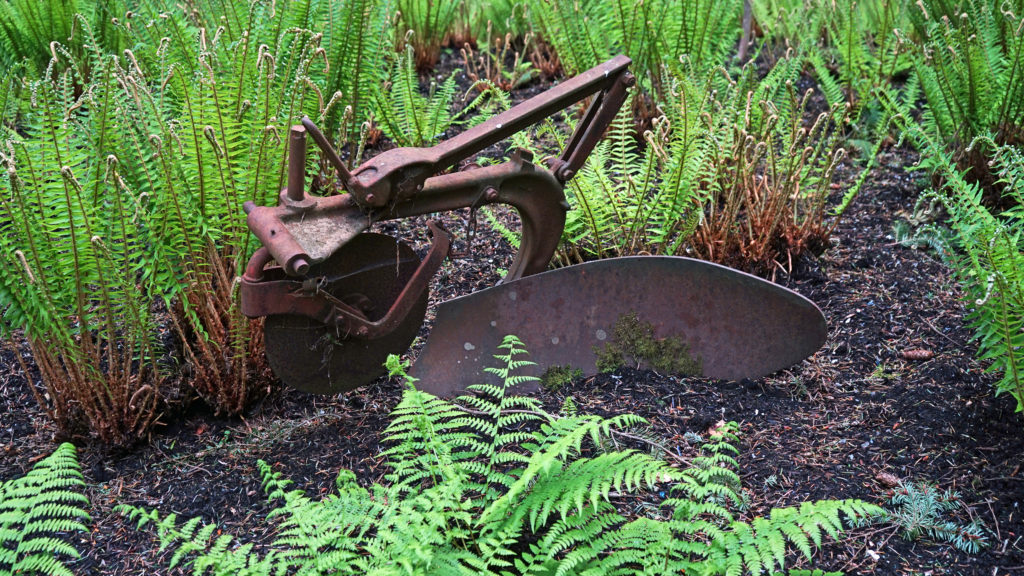
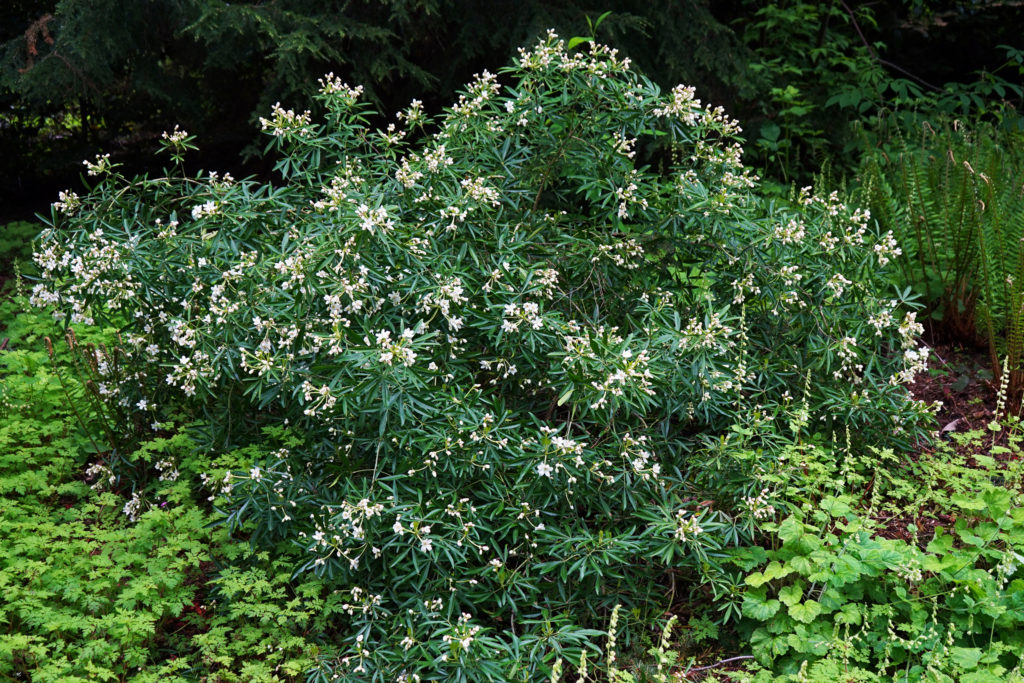
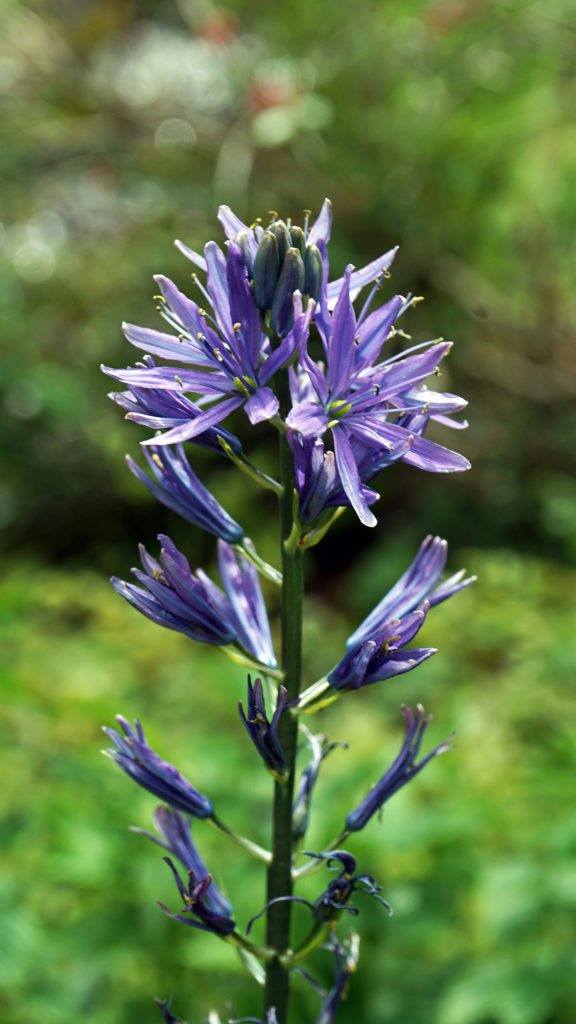
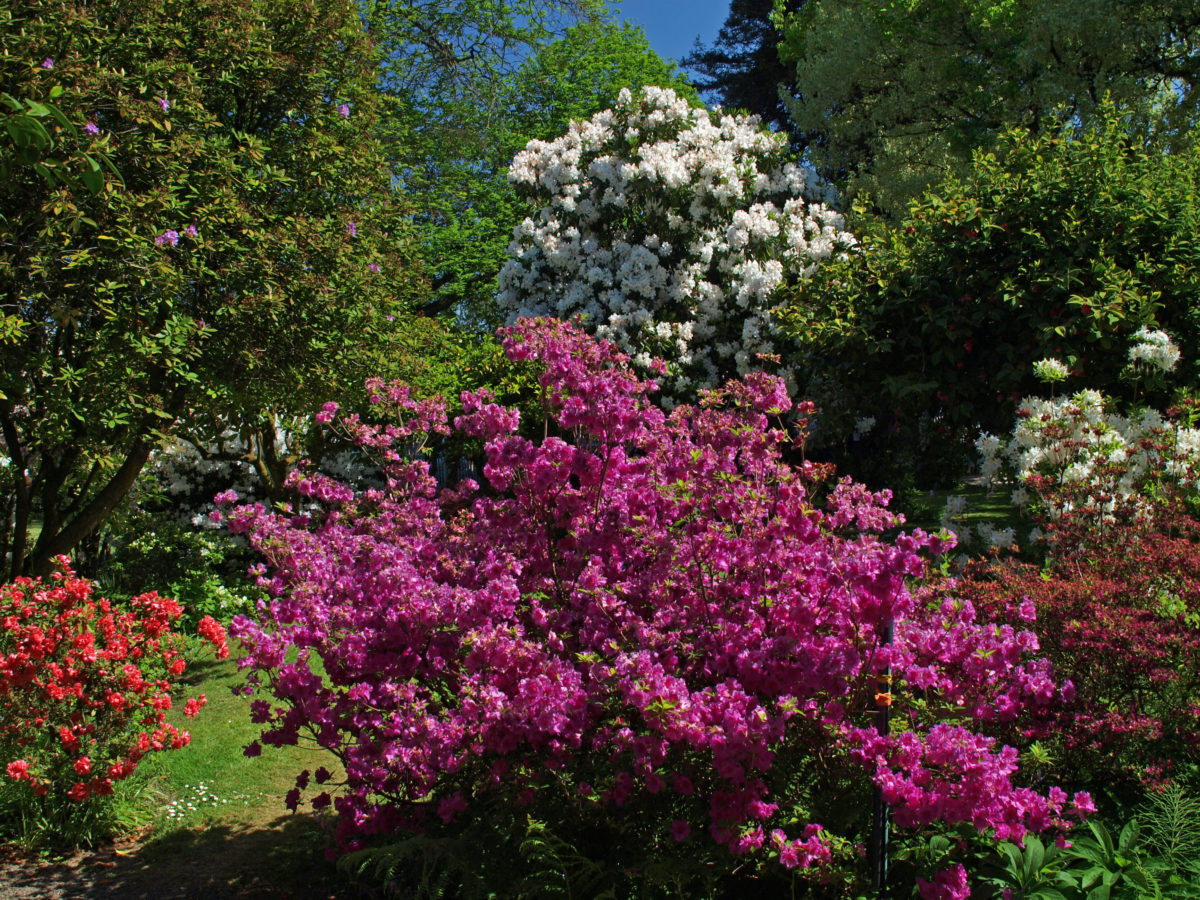
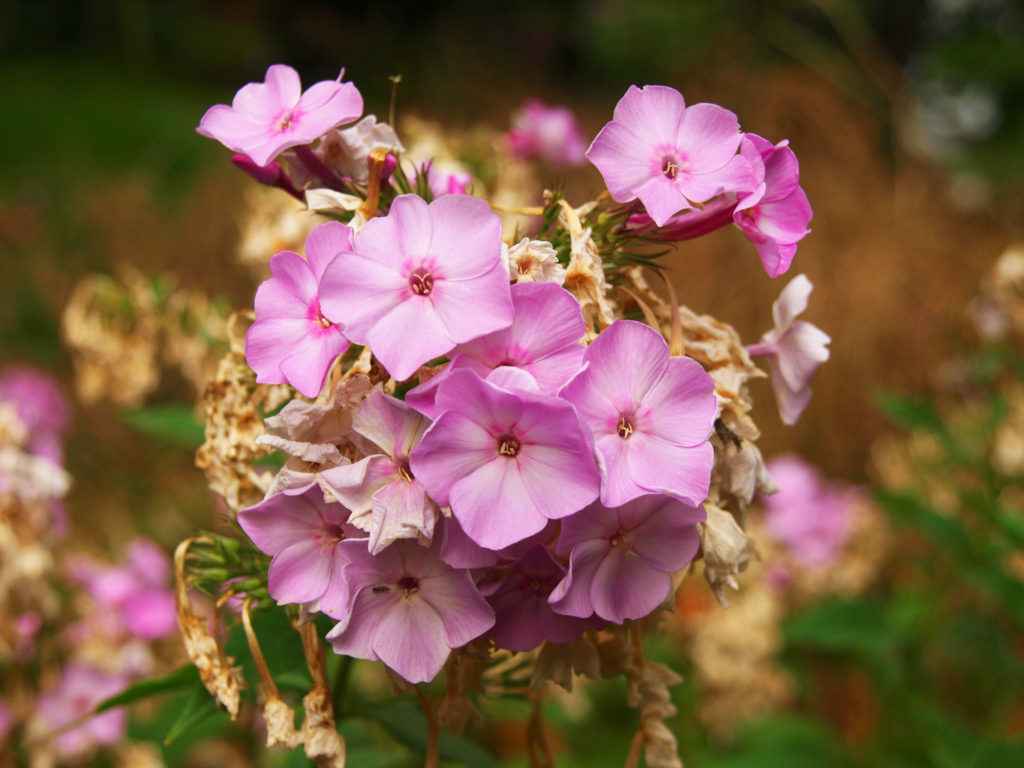
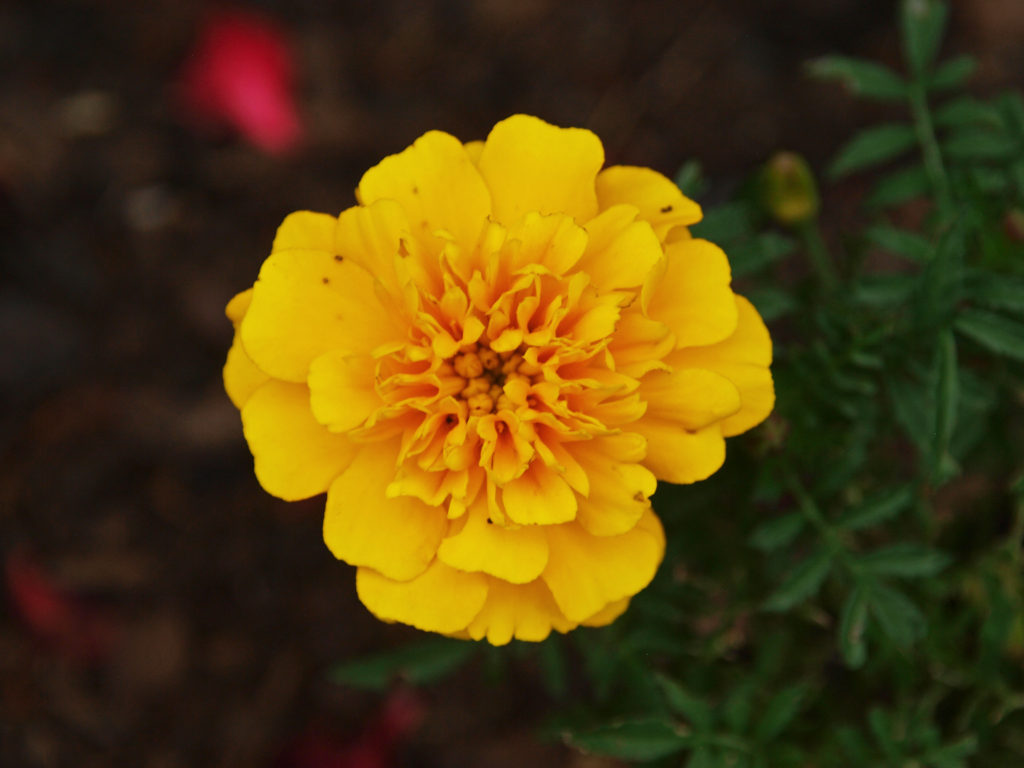
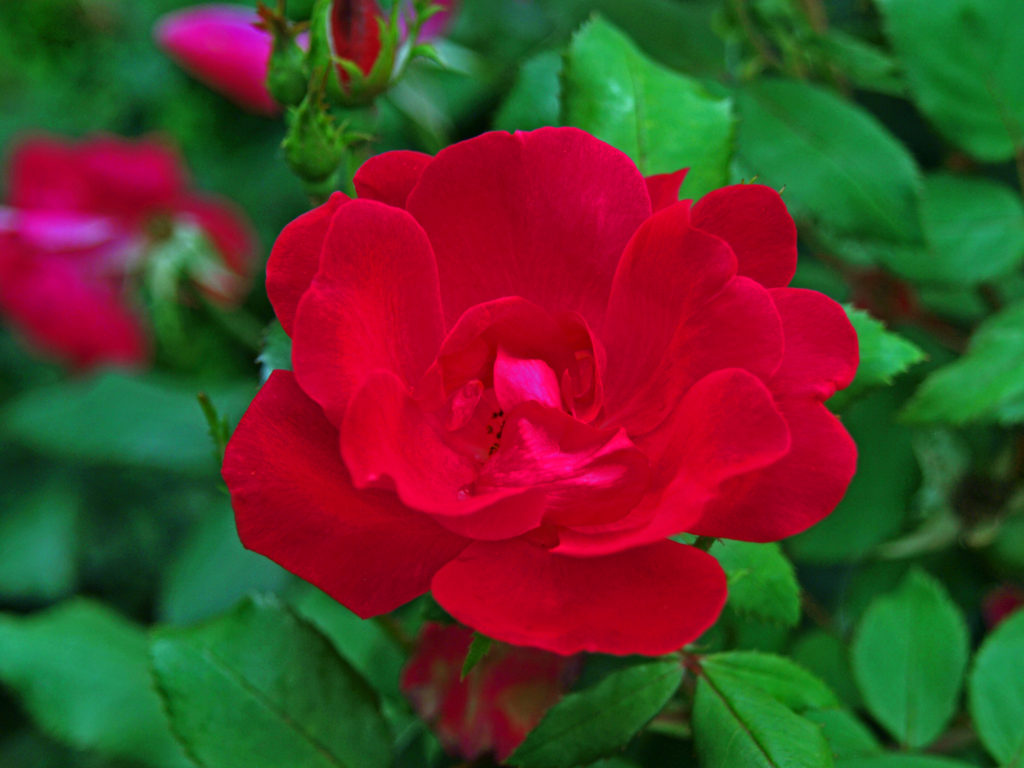
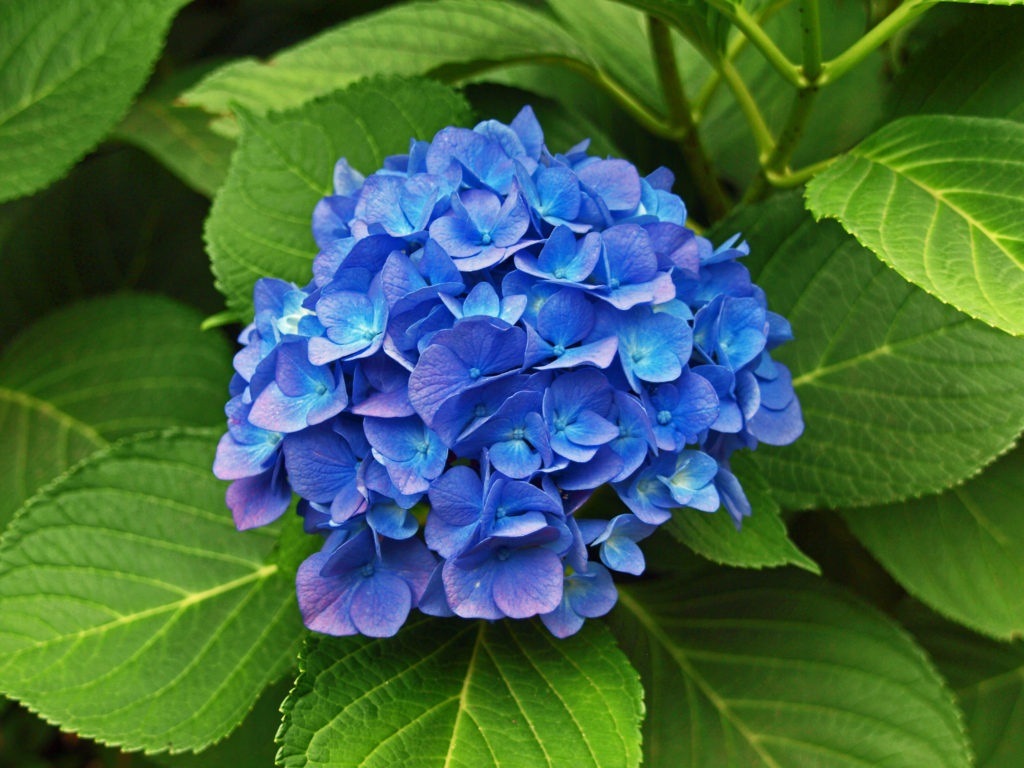
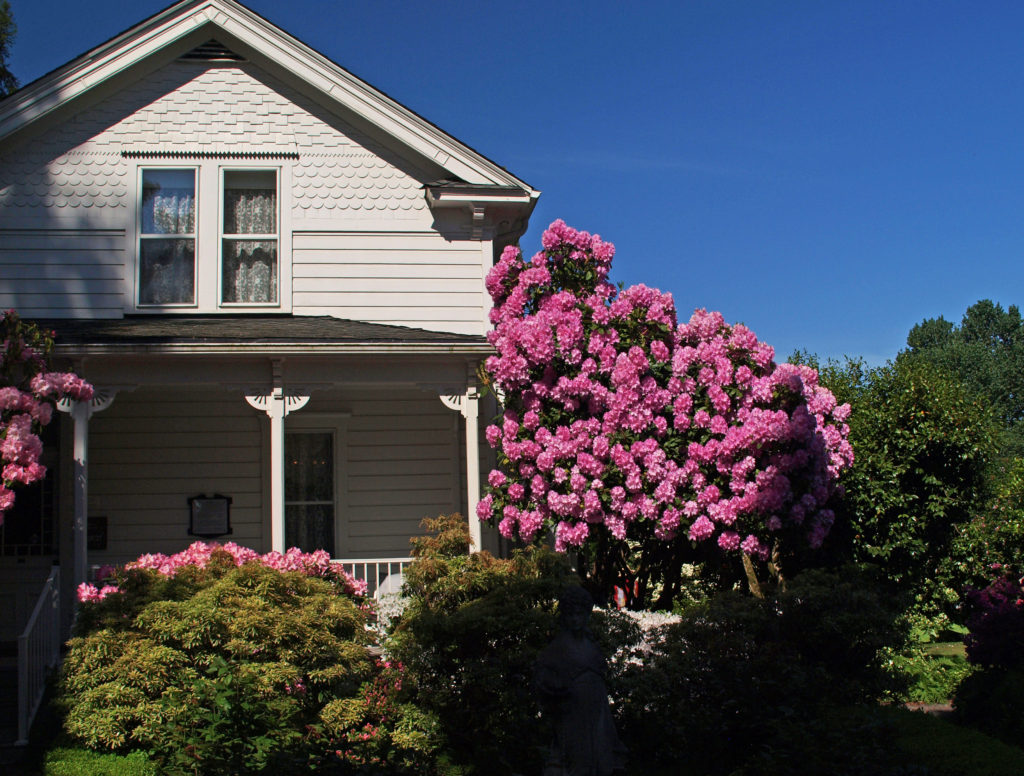
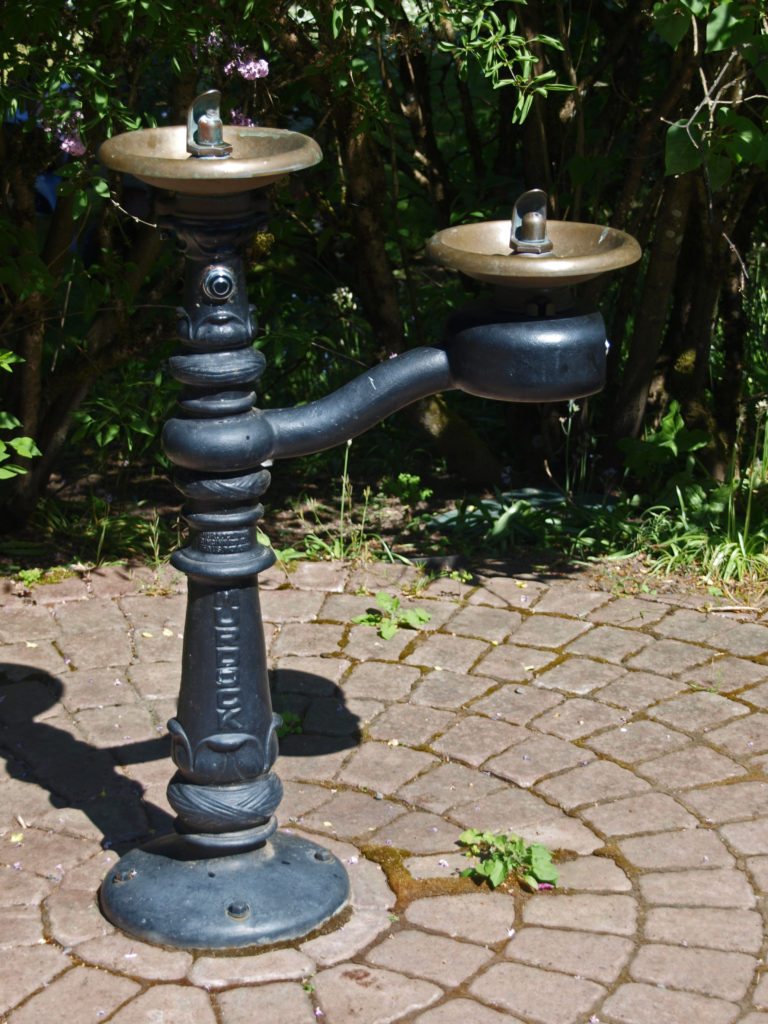
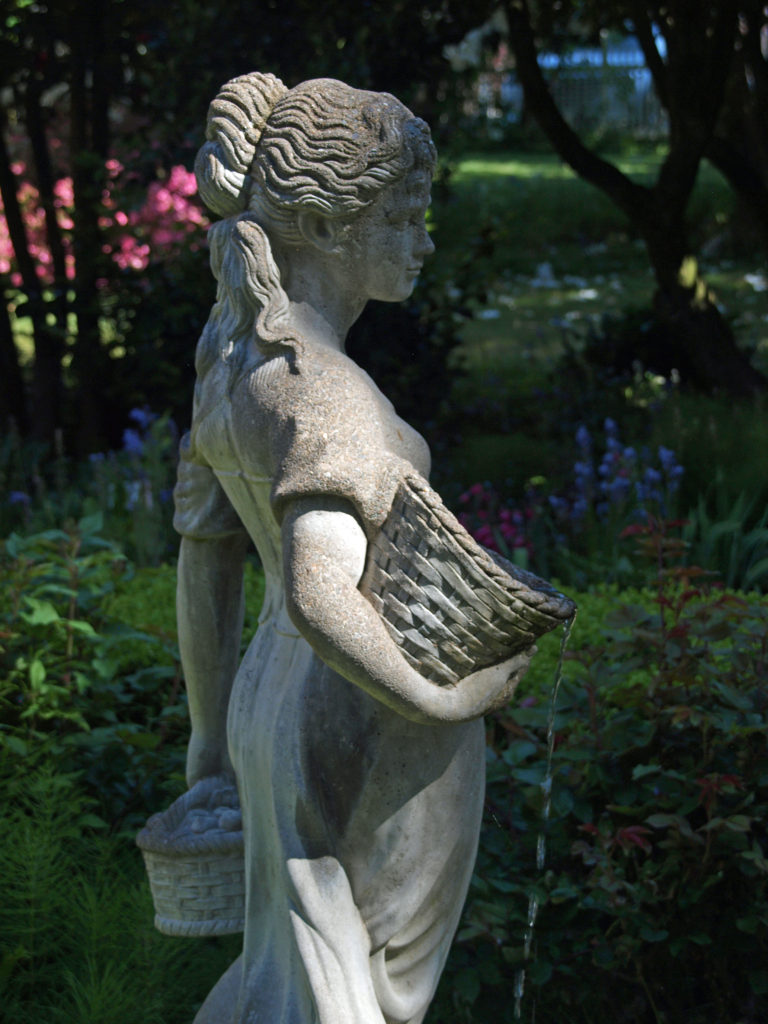
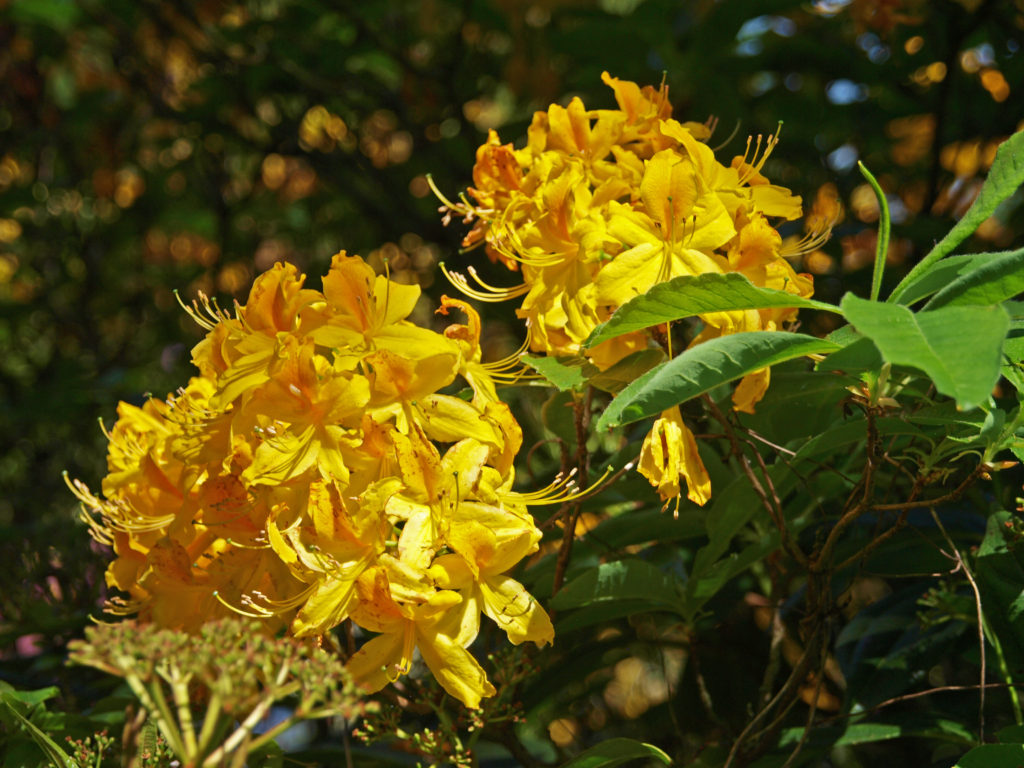
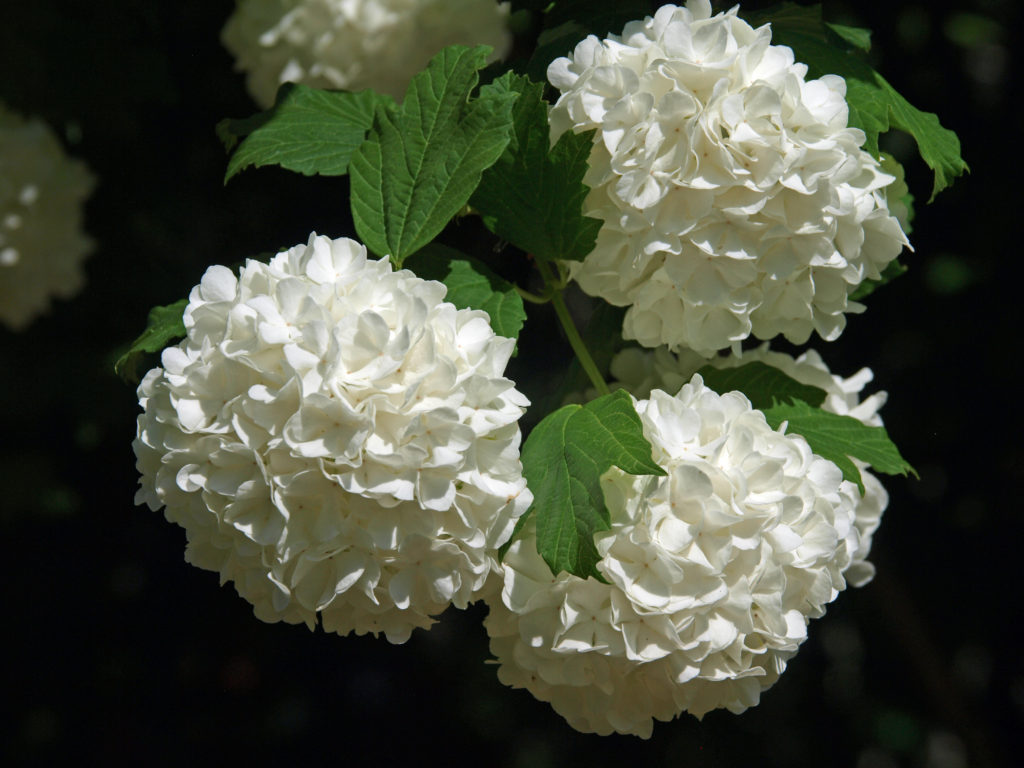
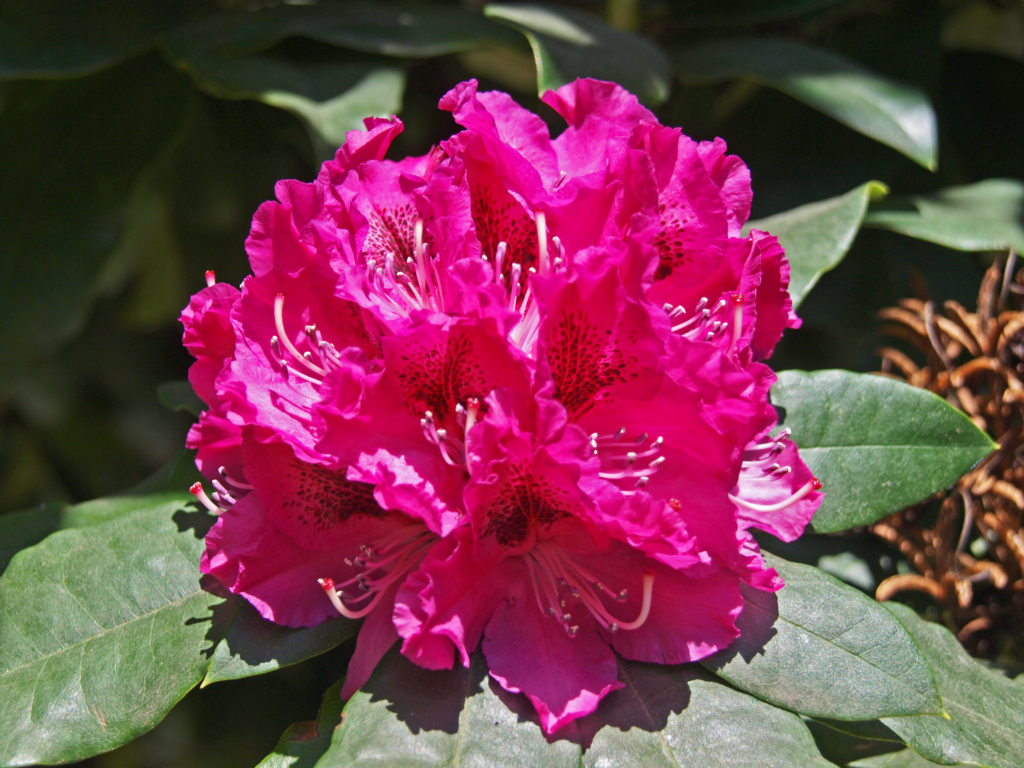

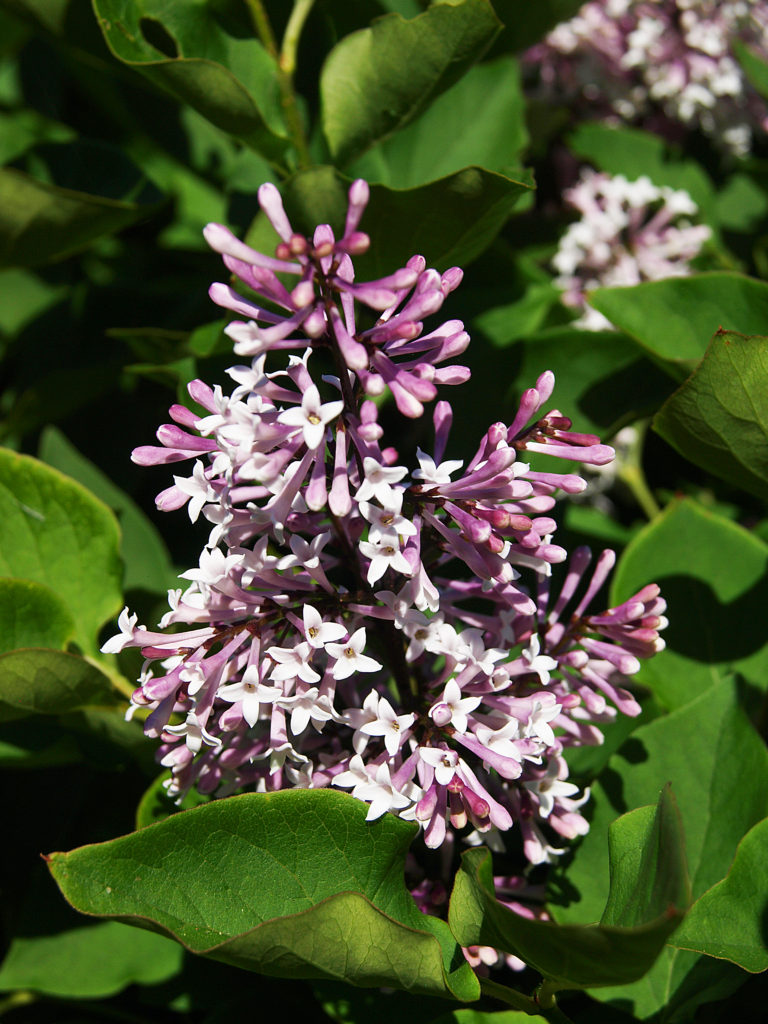
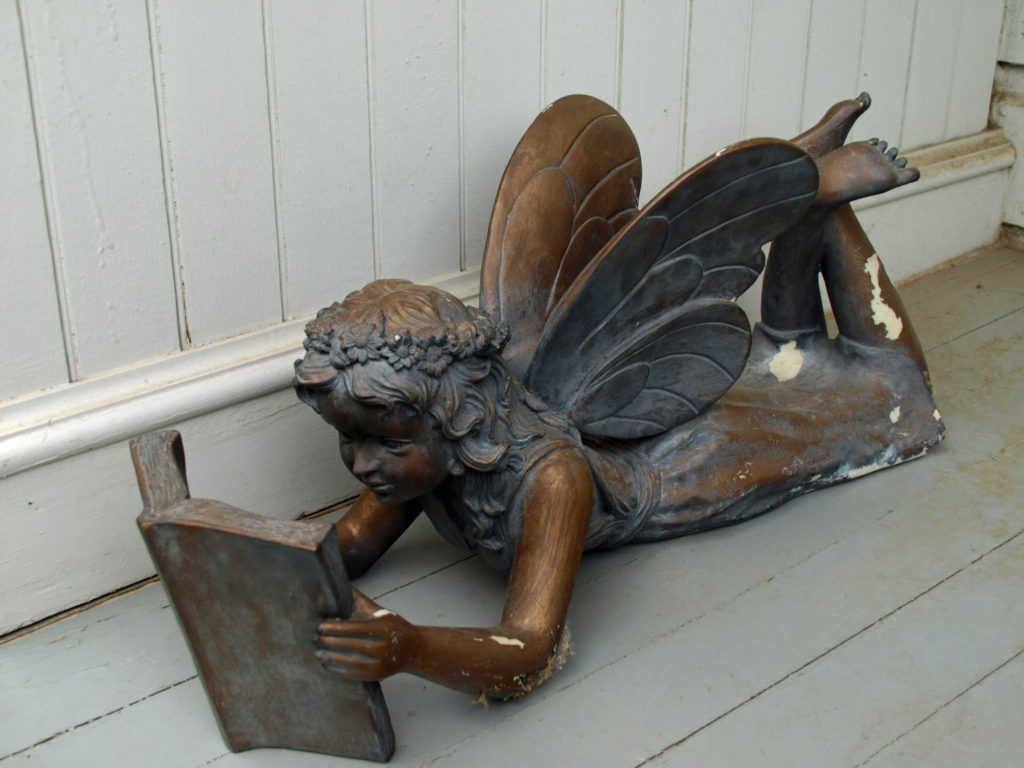 After Hulda’s death, her family put the farm up for sale. The local garden society succeeded in having Hulda’s gardens declared a state and national historic site to prevent them from being bulldozed for a proposed industrial site.
After Hulda’s death, her family put the farm up for sale. The local garden society succeeded in having Hulda’s gardens declared a state and national historic site to prevent them from being bulldozed for a proposed industrial site.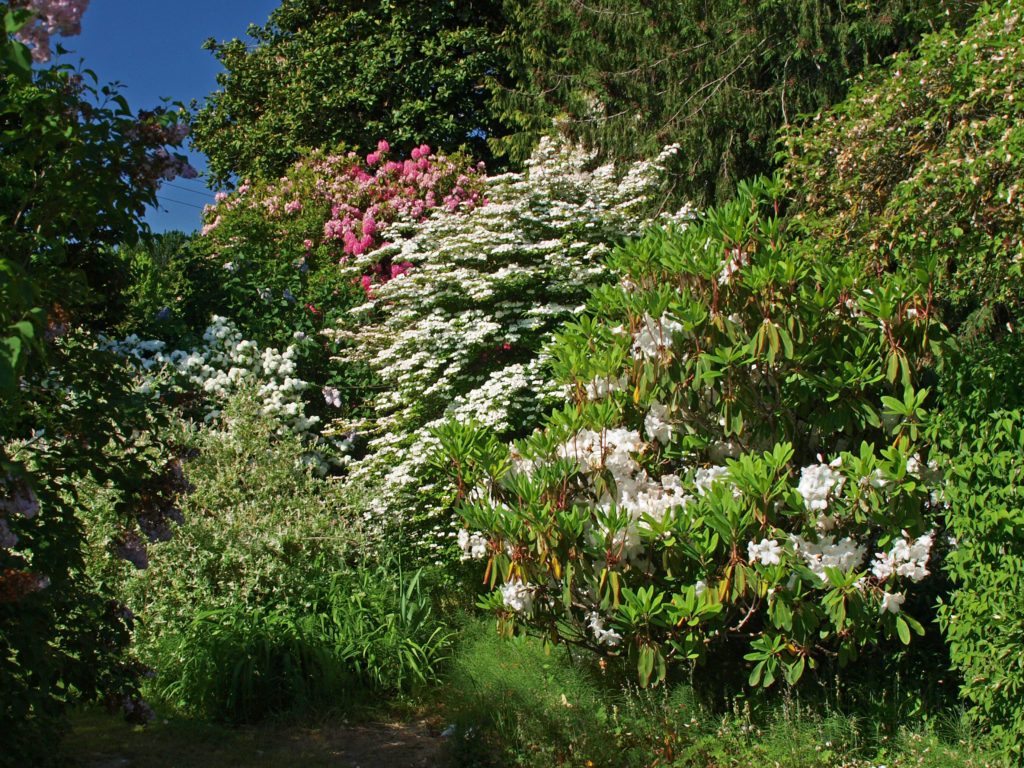
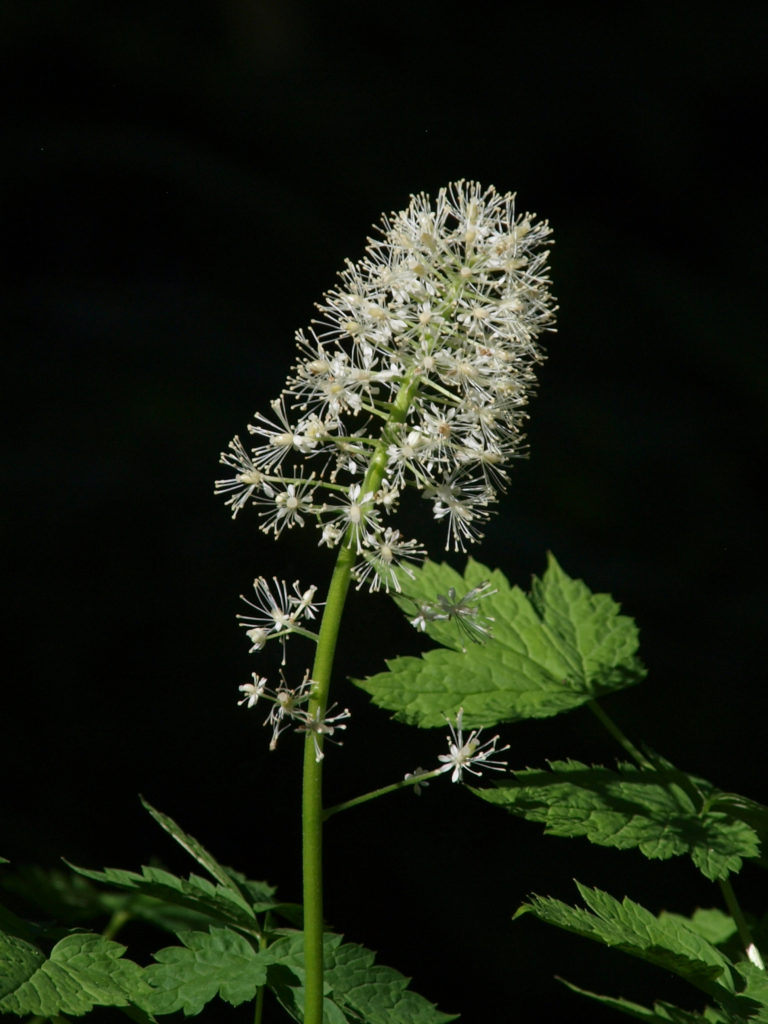
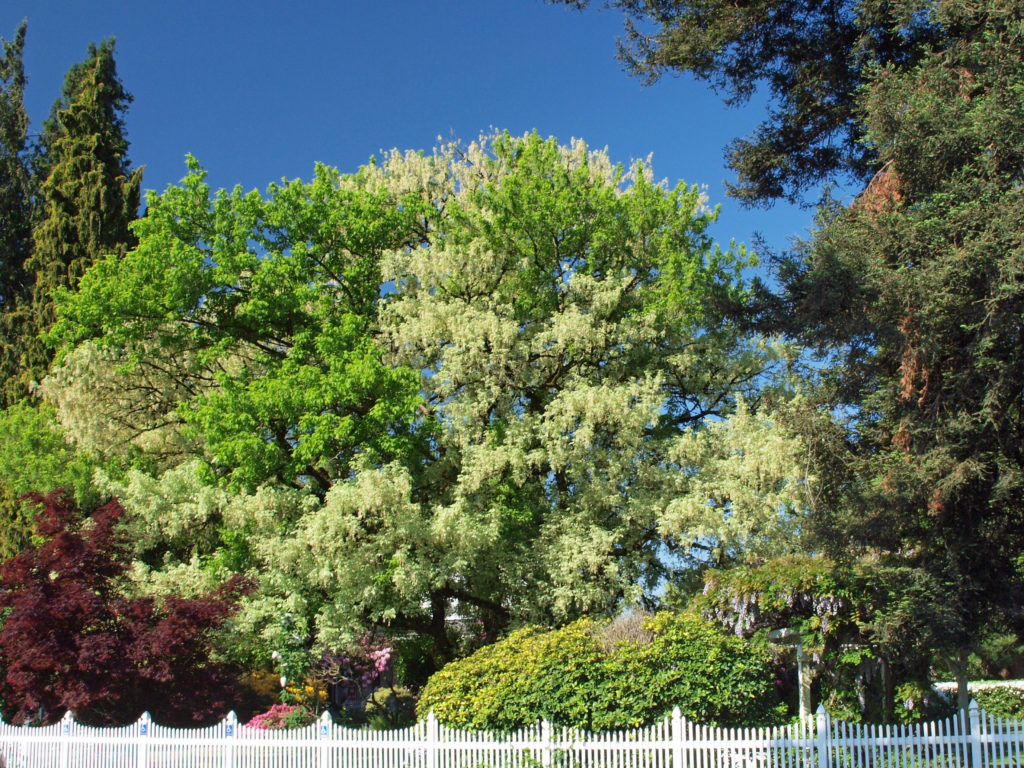
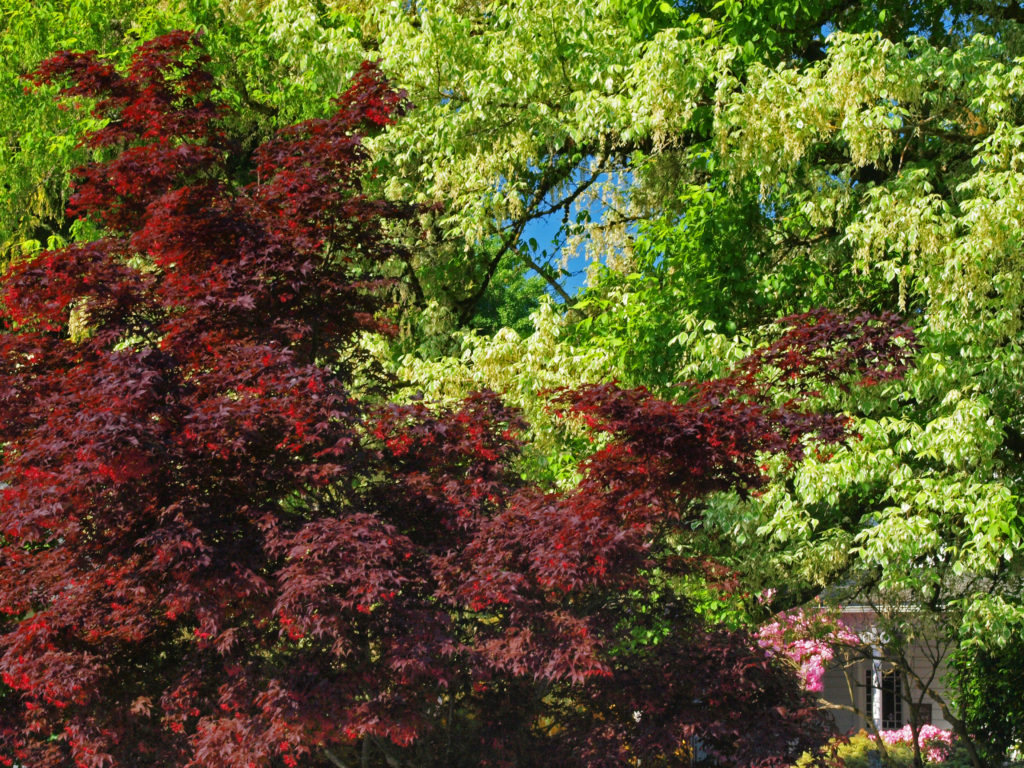
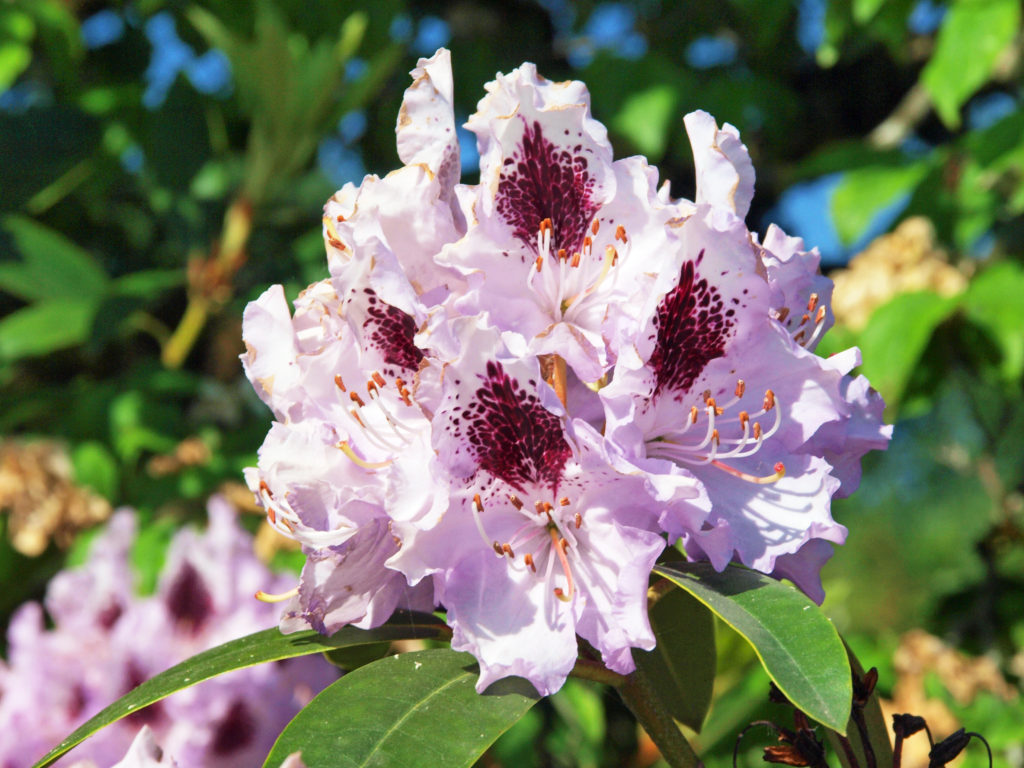
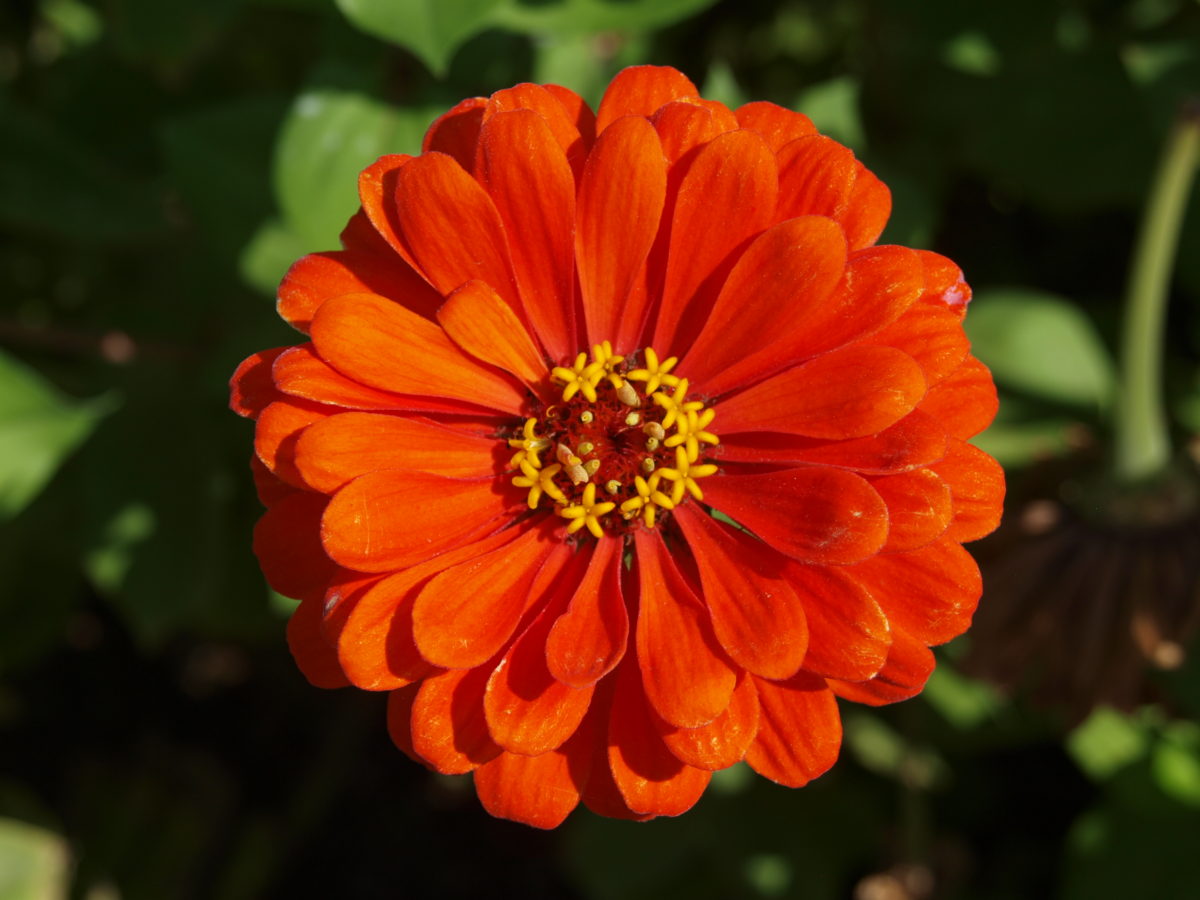
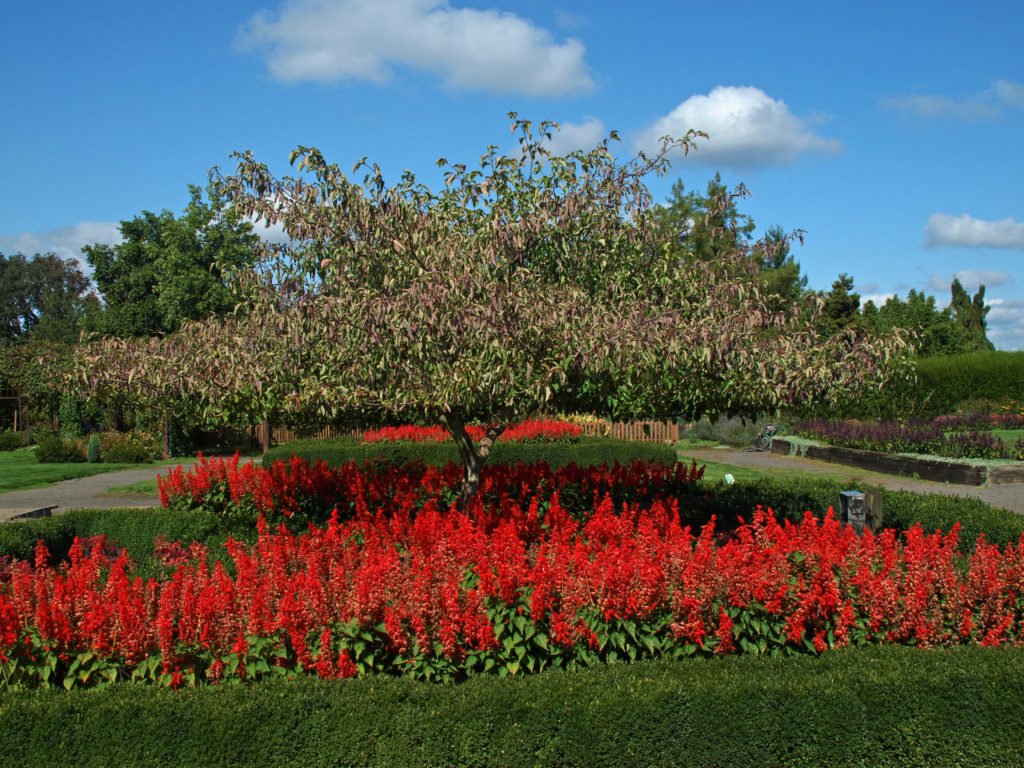
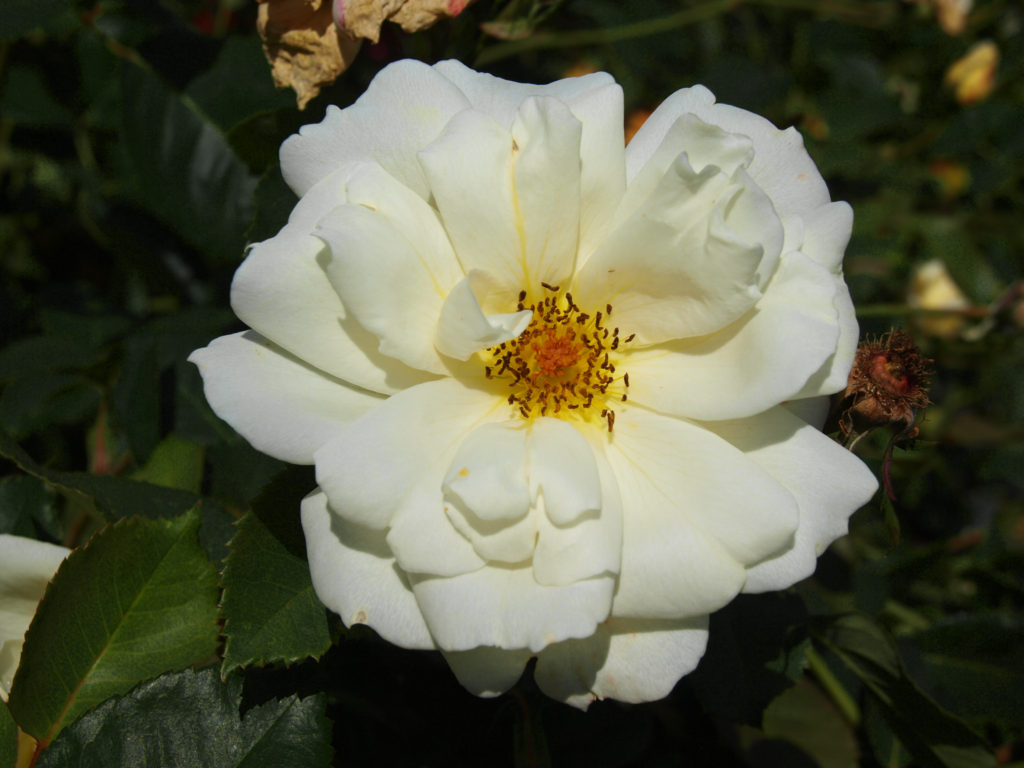
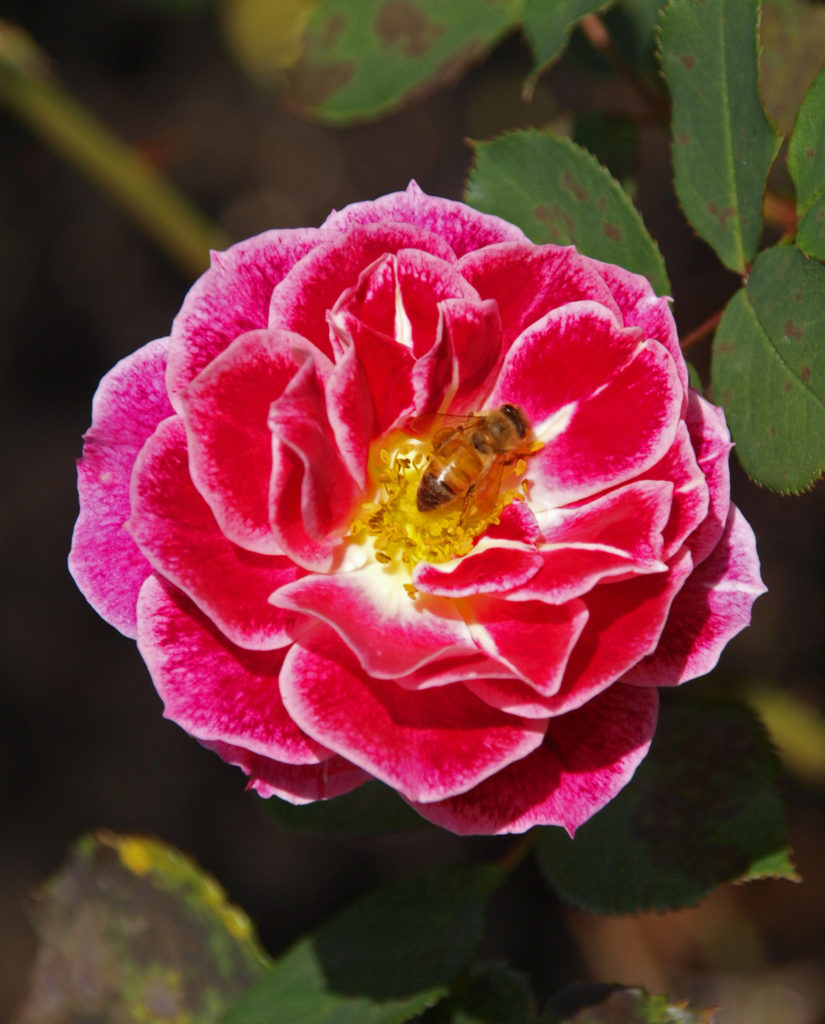
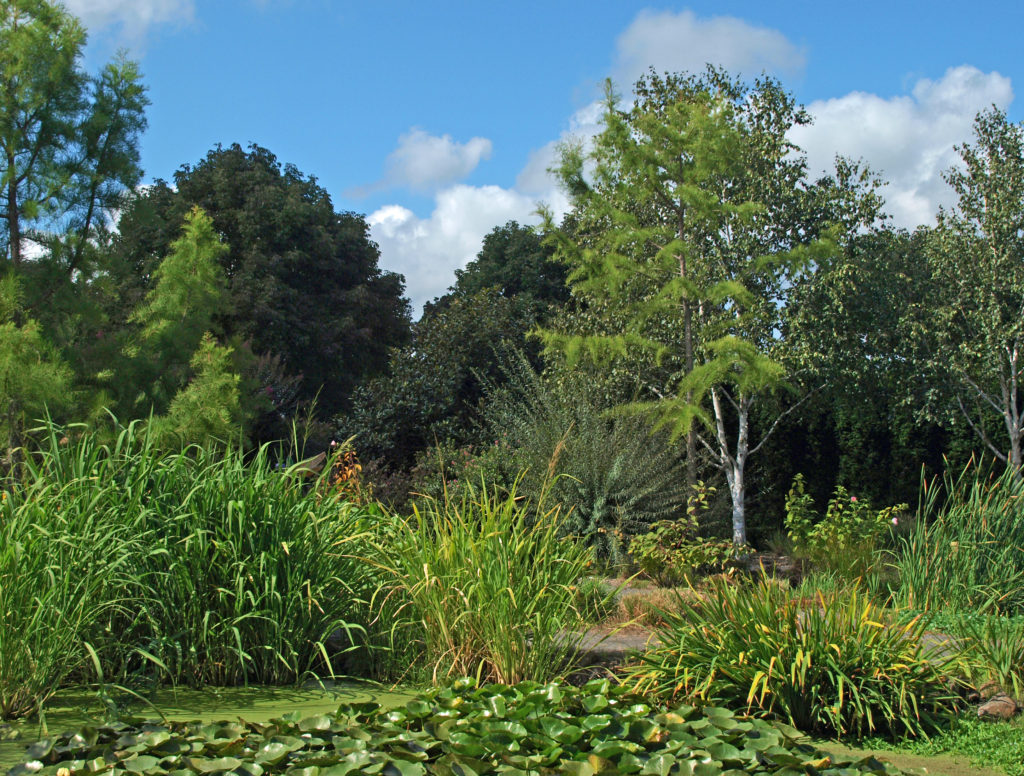
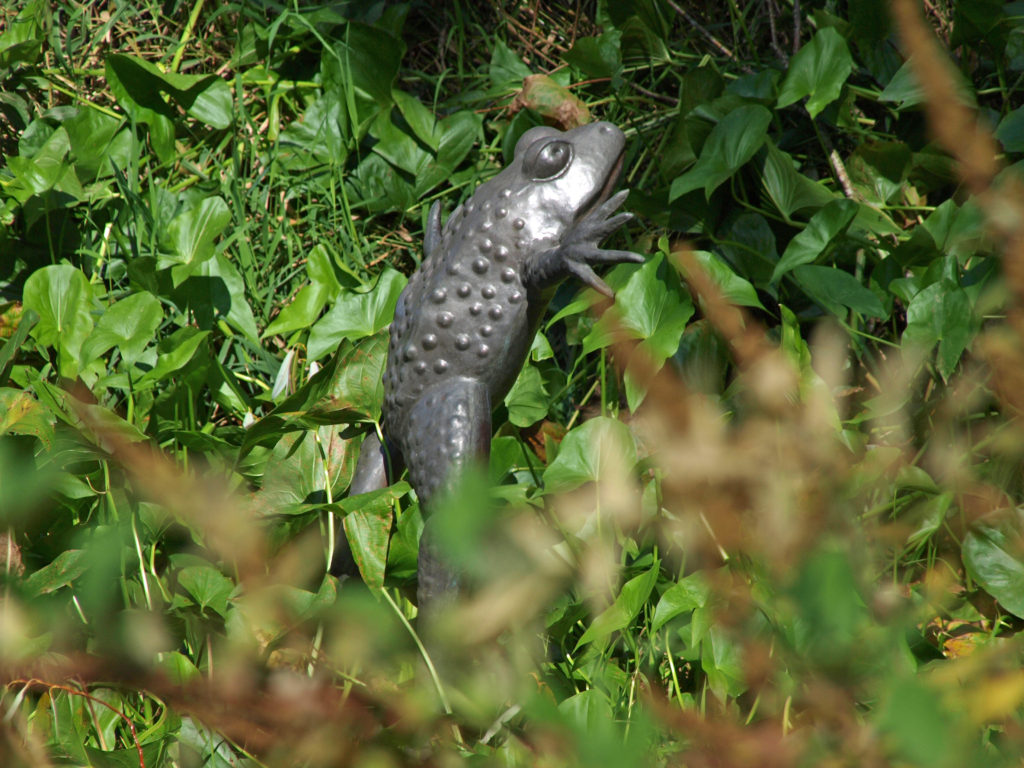
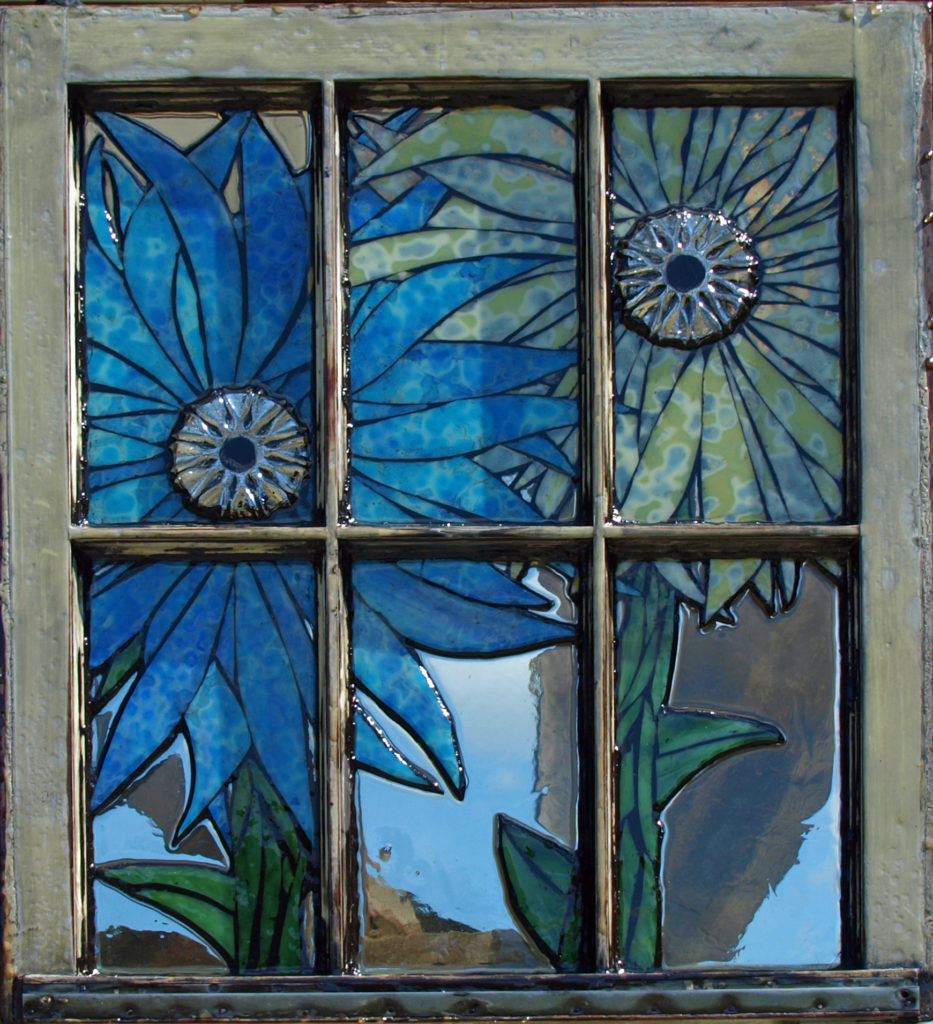
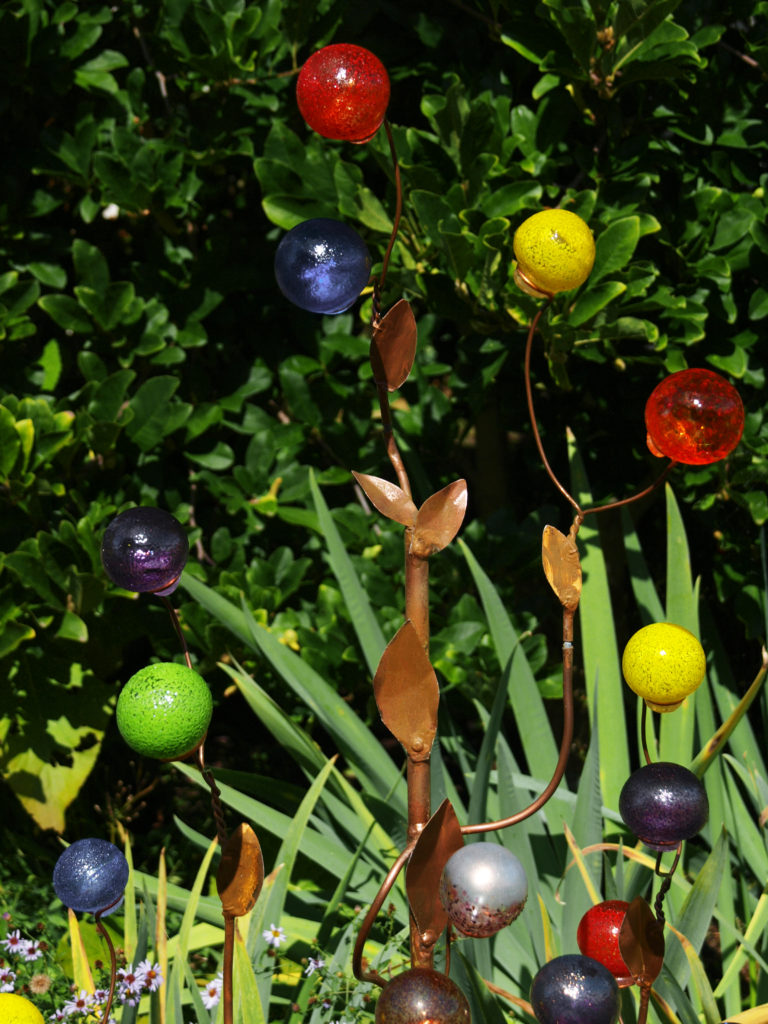
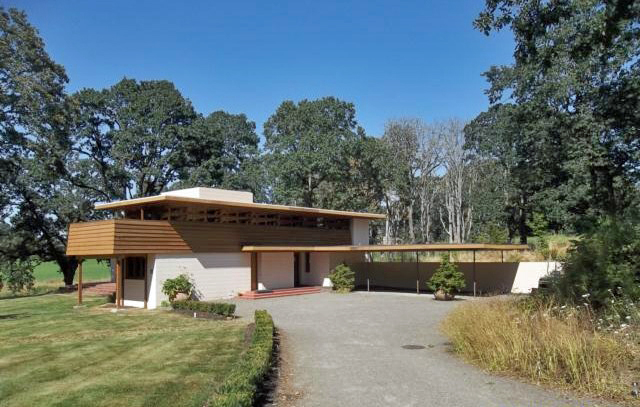
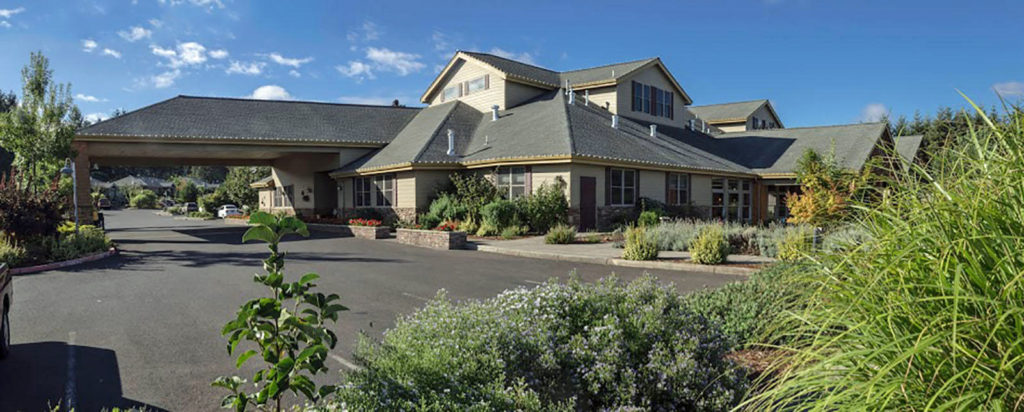
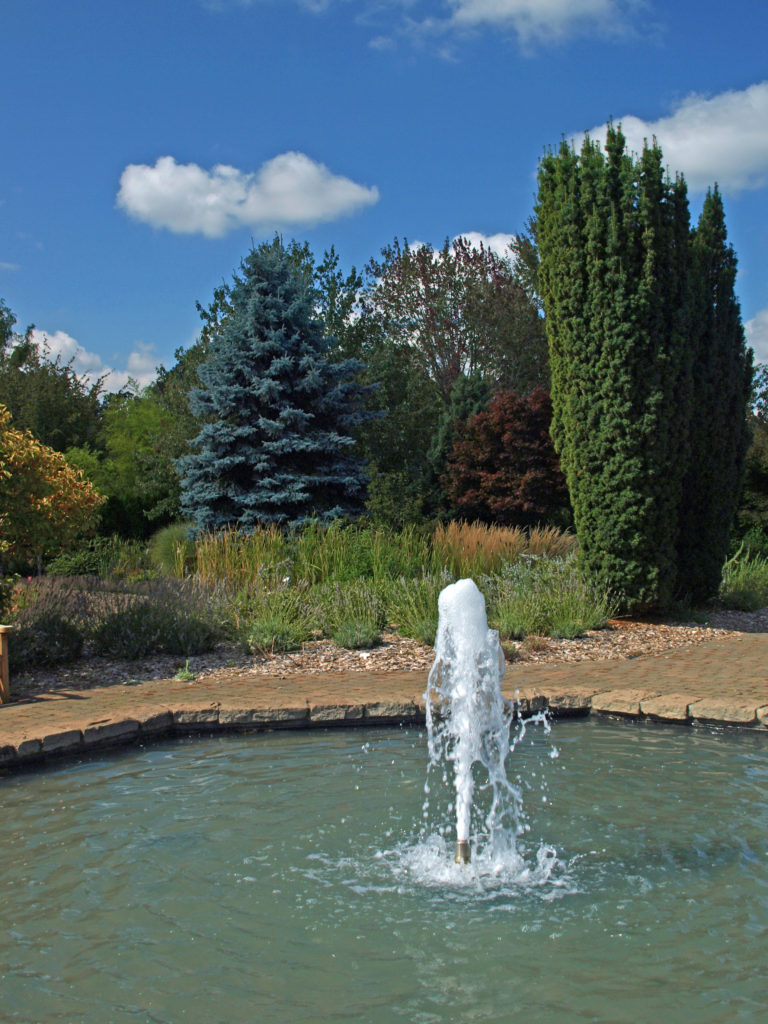 Start your tour of the gardens at the Visitor Center, where you purchase your tickets. Pick up a free map of the gardens and check out the gift shop. The Visitor Center also houses the Little Leaf Cafe (soups, sandwiches, and other lunch items). And there is a retail nursery located adjacent to the Visitor Center where you can purchase plants grown by the garden staff and volunteers.
Start your tour of the gardens at the Visitor Center, where you purchase your tickets. Pick up a free map of the gardens and check out the gift shop. The Visitor Center also houses the Little Leaf Cafe (soups, sandwiches, and other lunch items). And there is a retail nursery located adjacent to the Visitor Center where you can purchase plants grown by the garden staff and volunteers.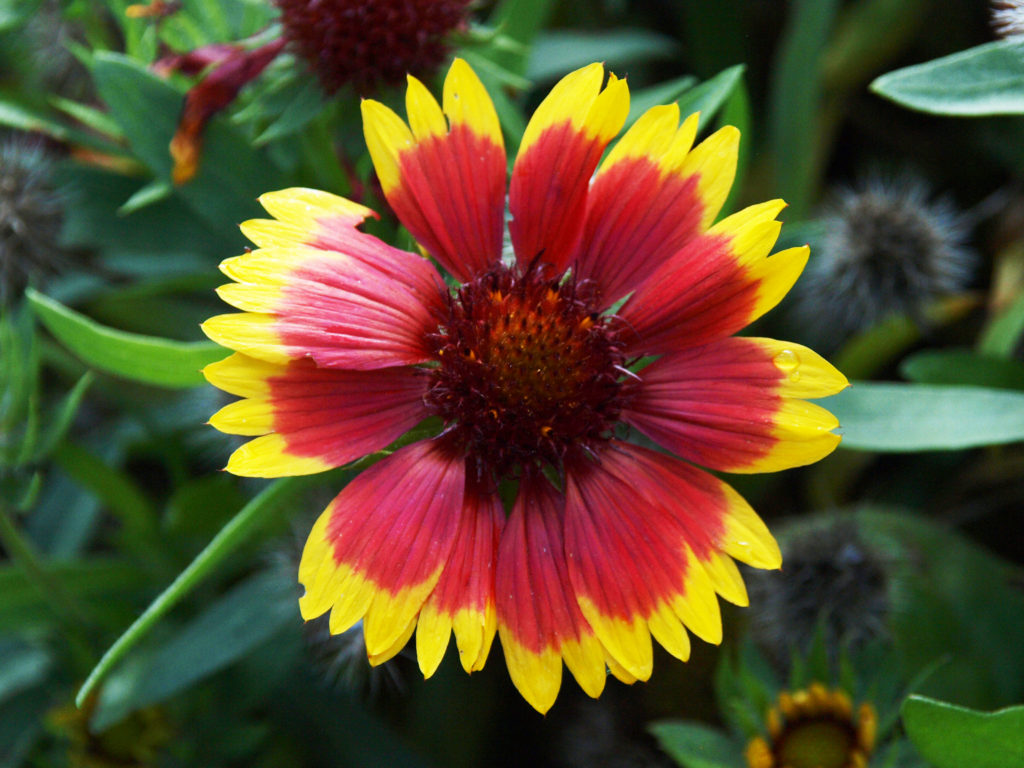
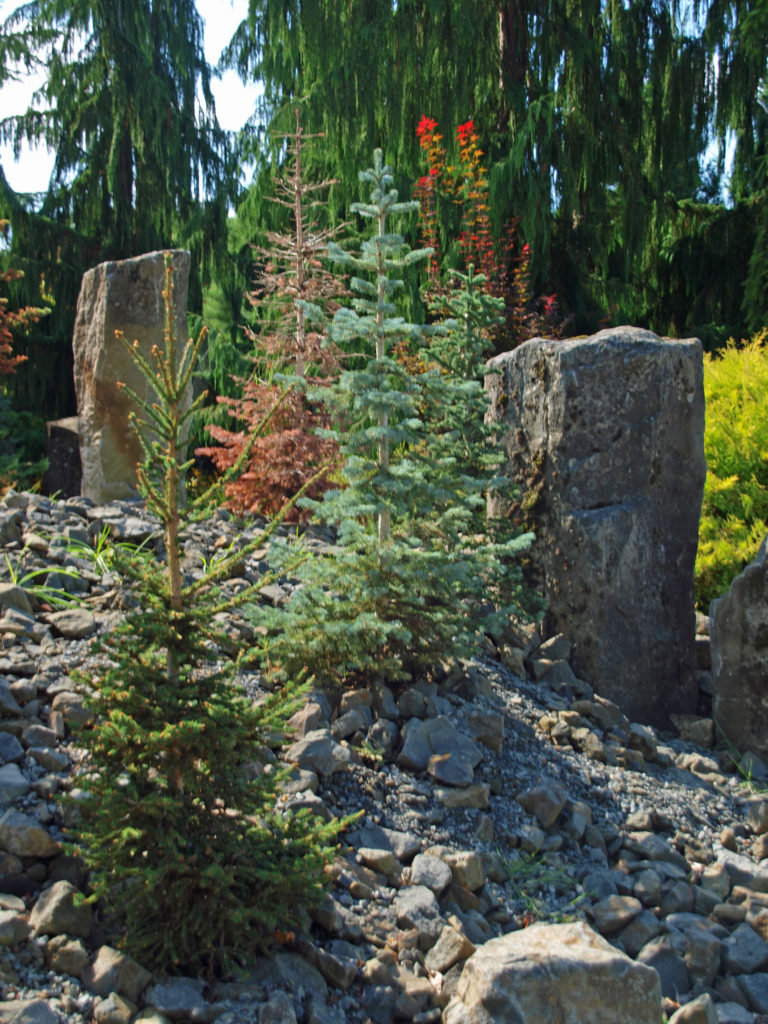
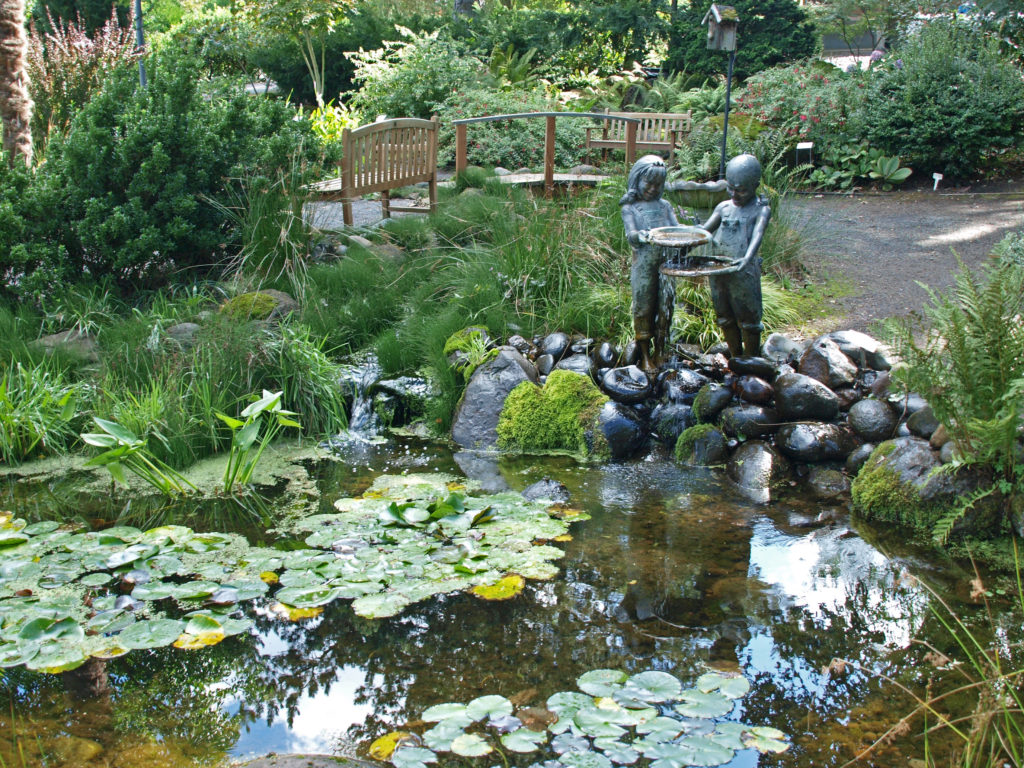
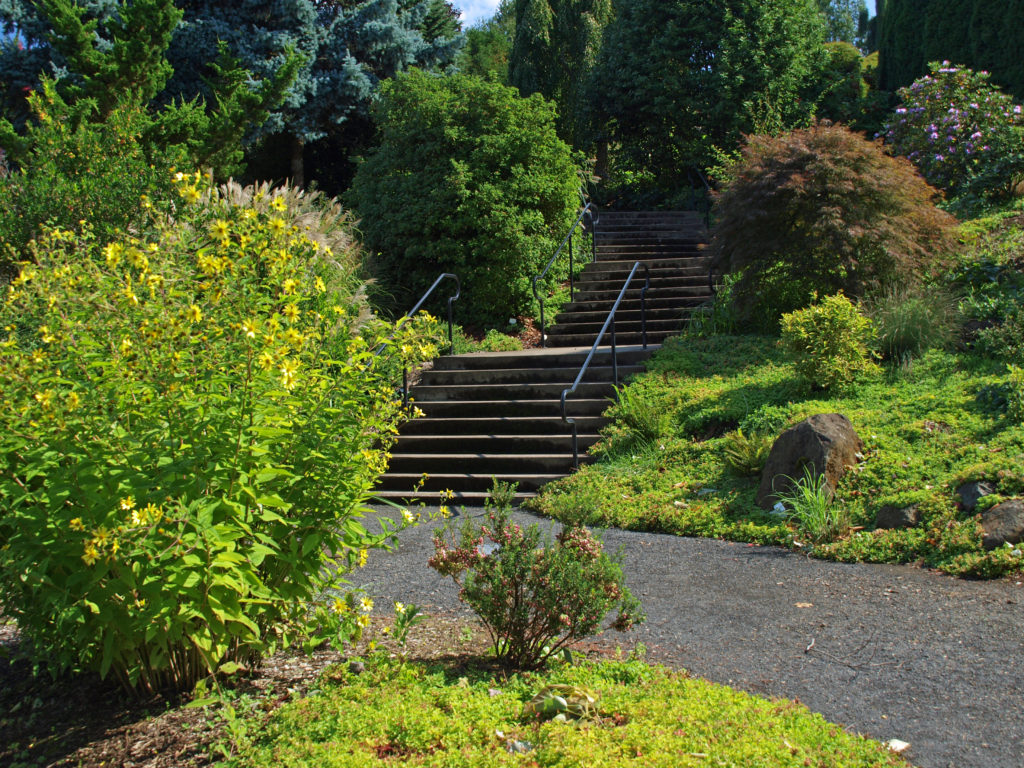 If you are making a day of it, dining options include the Little Leaf Cafe and the Garden View Restaurant and the Fireside Lounge at the Oregon Garden Resort. Or you can bring a picnic lunch and enjoy it in one of the designated picnic areas. A variety of dining options are also available in downtown Silverton.
If you are making a day of it, dining options include the Little Leaf Cafe and the Garden View Restaurant and the Fireside Lounge at the Oregon Garden Resort. Or you can bring a picnic lunch and enjoy it in one of the designated picnic areas. A variety of dining options are also available in downtown Silverton.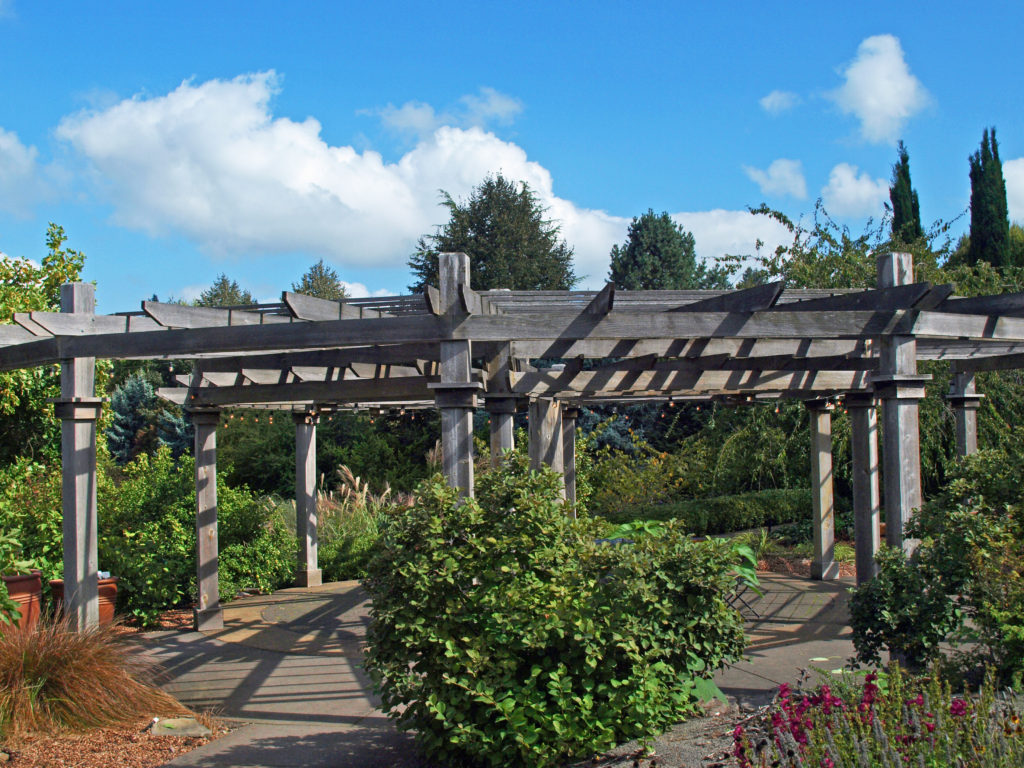 And if you’re visiting from outside the area, a trip to nearby
And if you’re visiting from outside the area, a trip to nearby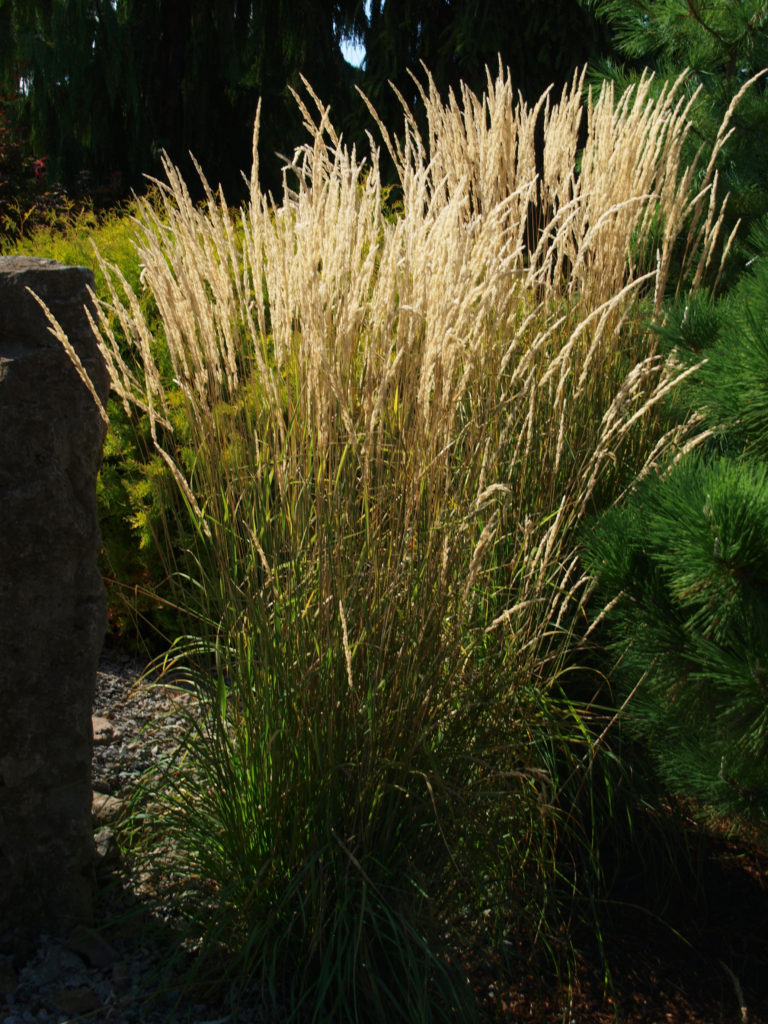
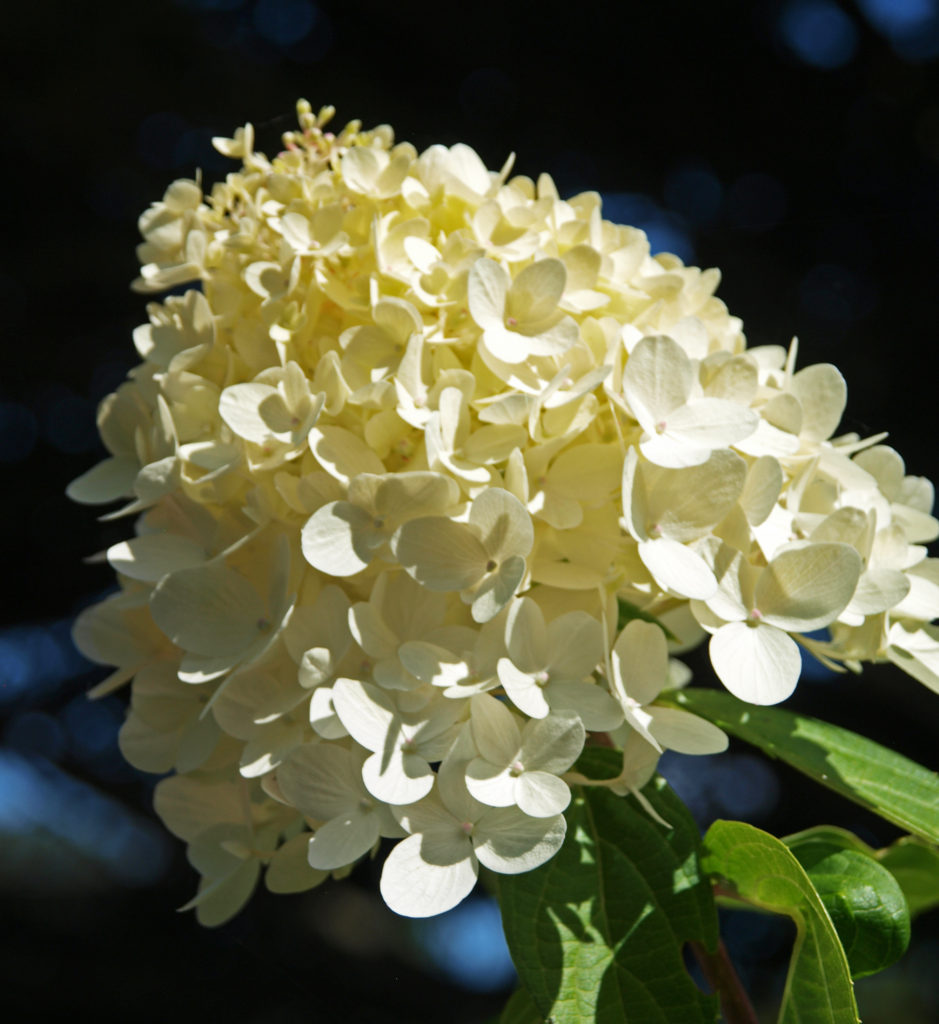 Originally posted October 6, 2019. Updated May 12, 2022.
Originally posted October 6, 2019. Updated May 12, 2022.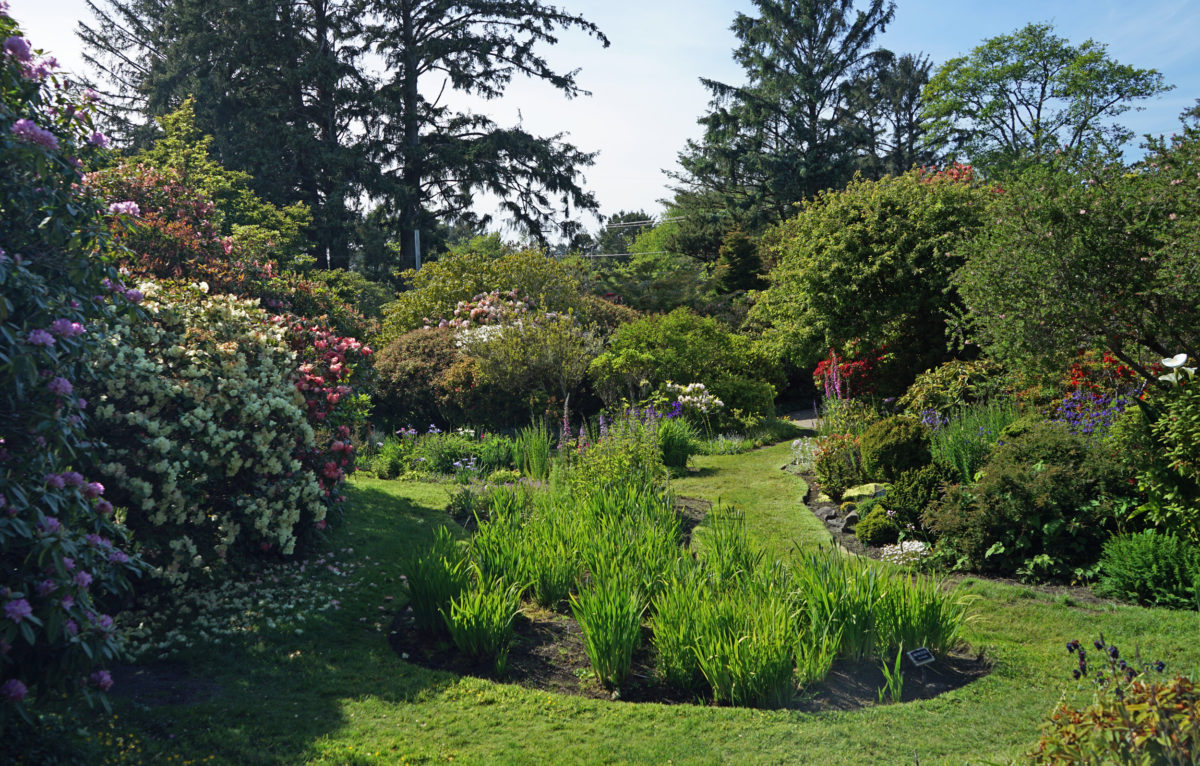
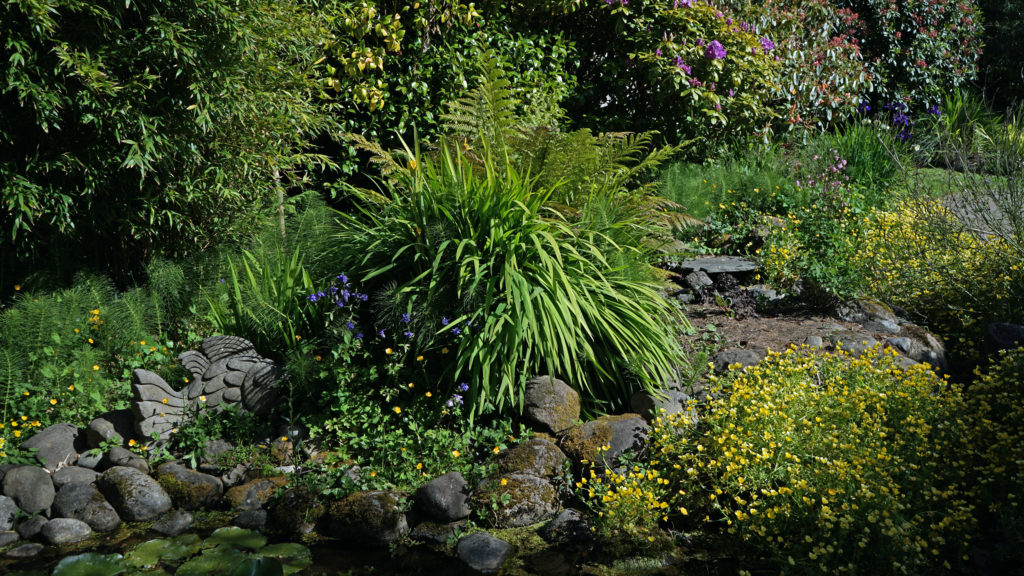 The Connie Hansen Garden in Lincoln City, Oregon is one of the smallest botanical gardens in the Northwest, at just 1¼ acres, but don’t let the size fool you, it’s also one of the best.
The Connie Hansen Garden in Lincoln City, Oregon is one of the smallest botanical gardens in the Northwest, at just 1¼ acres, but don’t let the size fool you, it’s also one of the best.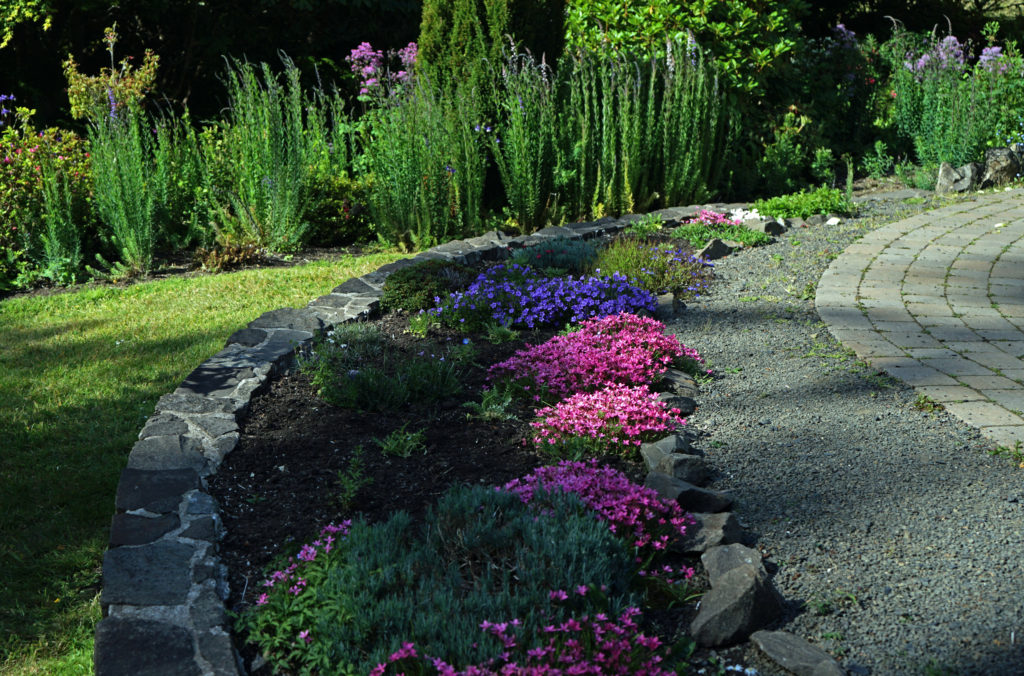
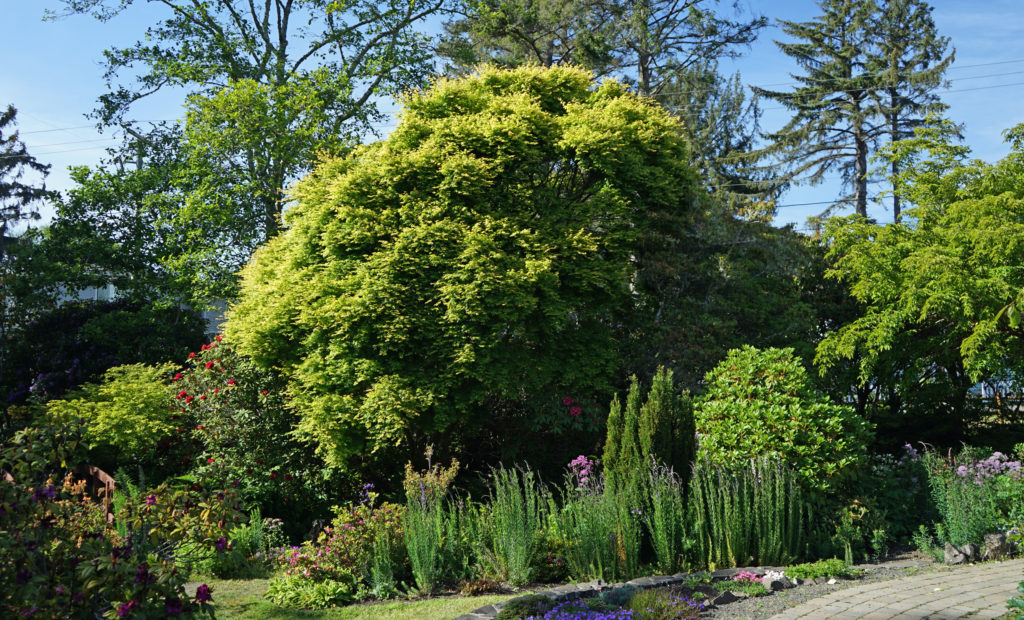 Connie Hansen grew up in Oregon, but moved to California to attend the University of California at Berkeley, where she earned a degree in botany. She moved back to Oregon late in her life, after her husband’s death and her retirement from the faculty of UC Berkeley.
Connie Hansen grew up in Oregon, but moved to California to attend the University of California at Berkeley, where she earned a degree in botany. She moved back to Oregon late in her life, after her husband’s death and her retirement from the faculty of UC Berkeley.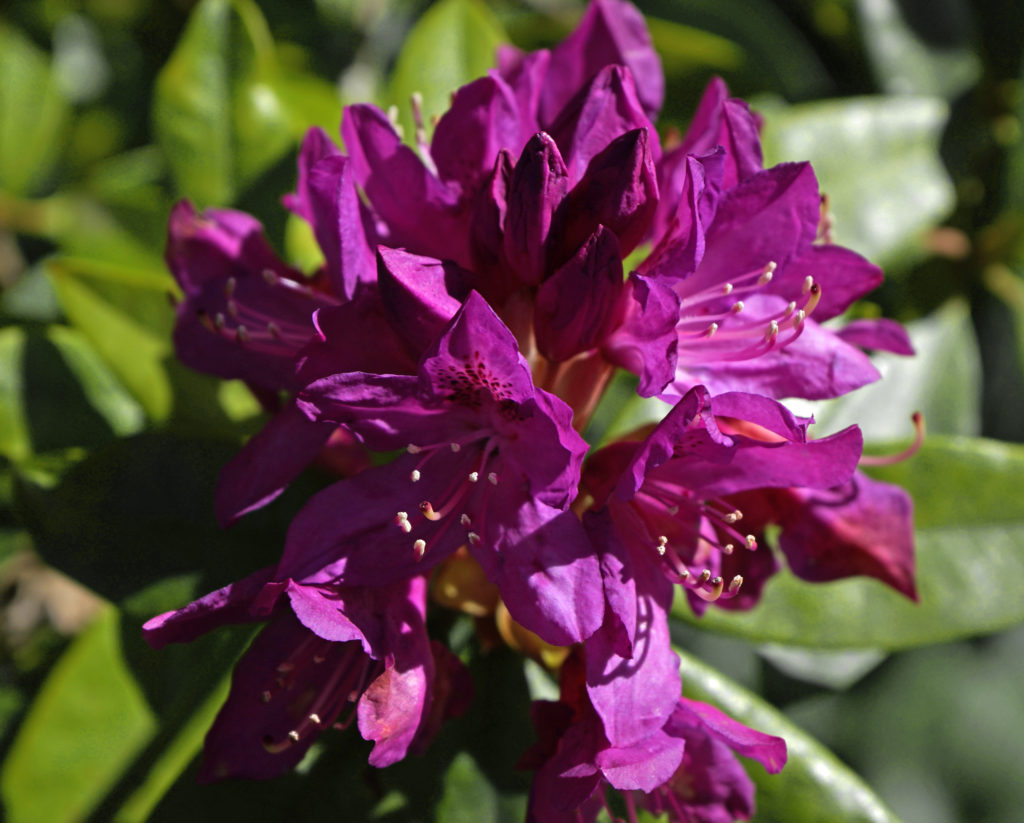 She began creating her garden in 1973 and she tended and continually expanded it for the next 20 years. After her death in 1993 a group of neighbors and local gardeners formed the
She began creating her garden in 1973 and she tended and continually expanded it for the next 20 years. After her death in 1993 a group of neighbors and local gardeners formed the 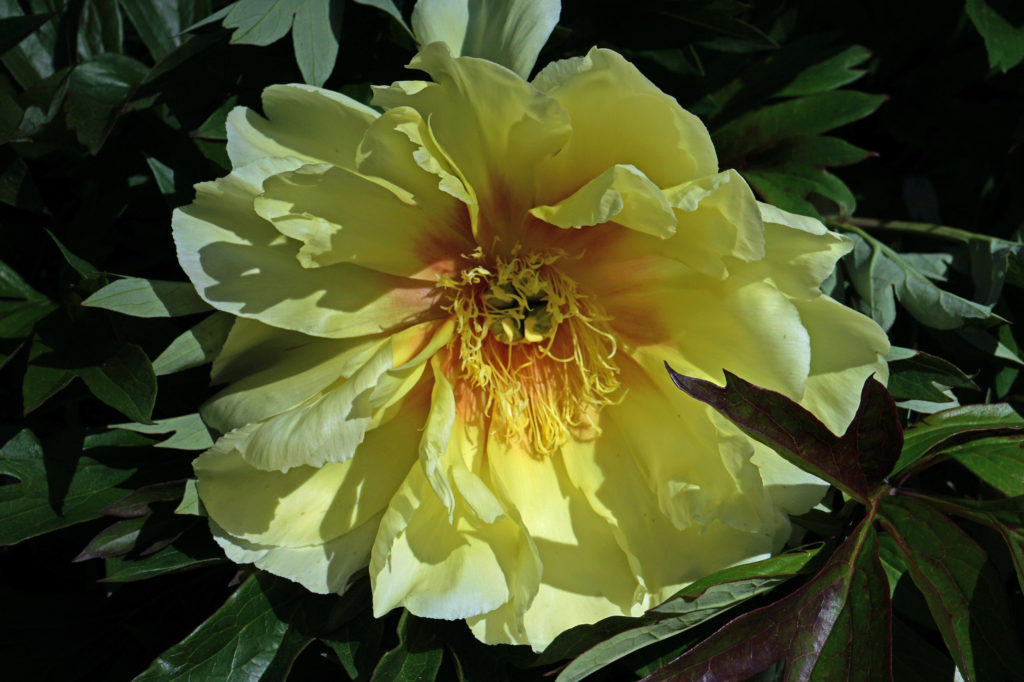 The garden is located at 1931 NW 33rd Street in Lincoln City. It is open daily from dawn to dusk. Admission is free, but donations are welcomed. The Garden House, Hansen’s former home, now houses a small gift shop where you can find gardening supplies, books, and souvenirs. There is also a small art gallery. It is open from 10:00 to 2:00 Tuesday and Friday through Sunday from March to mid-December.
The garden is located at 1931 NW 33rd Street in Lincoln City. It is open daily from dawn to dusk. Admission is free, but donations are welcomed. The Garden House, Hansen’s former home, now houses a small gift shop where you can find gardening supplies, books, and souvenirs. There is also a small art gallery. It is open from 10:00 to 2:00 Tuesday and Friday through Sunday from March to mid-December. The Conservancy conducts spring, summer, and fall plant sales, and there are usually plants for sale at other times as well. Garden memberships are available through the conservancy website for those that want to support the garden.
The Conservancy conducts spring, summer, and fall plant sales, and there are usually plants for sale at other times as well. Garden memberships are available through the conservancy website for those that want to support the garden.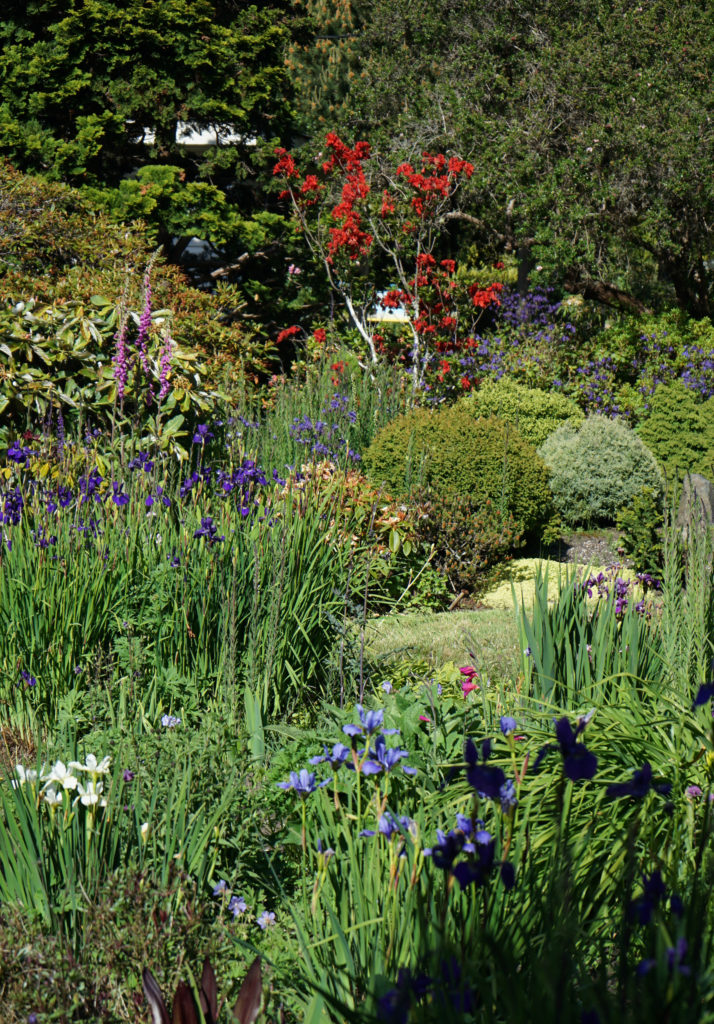
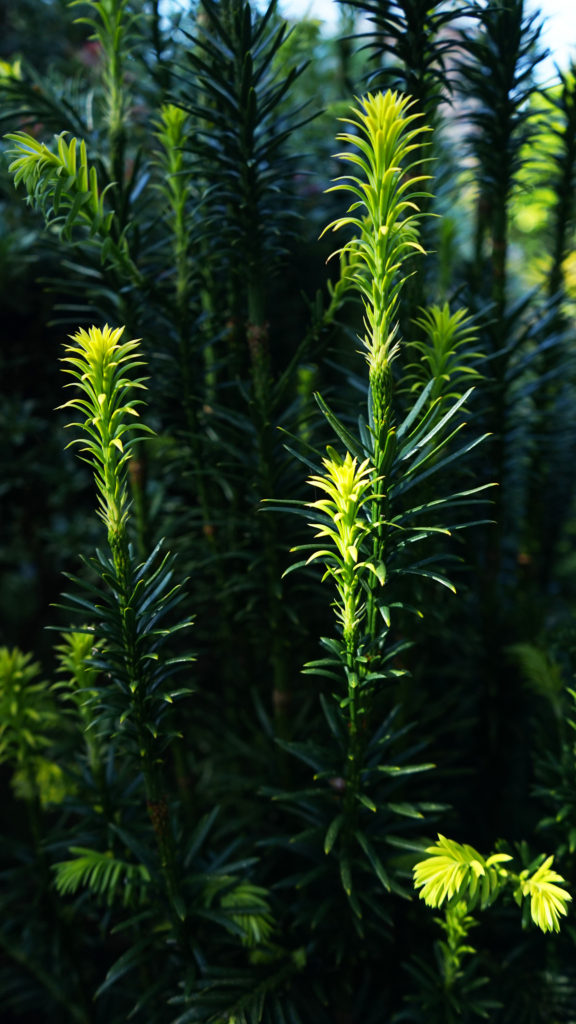 Originally posted June 17, 2021. Updated and re-posted April 27, 2022.
Originally posted June 17, 2021. Updated and re-posted April 27, 2022.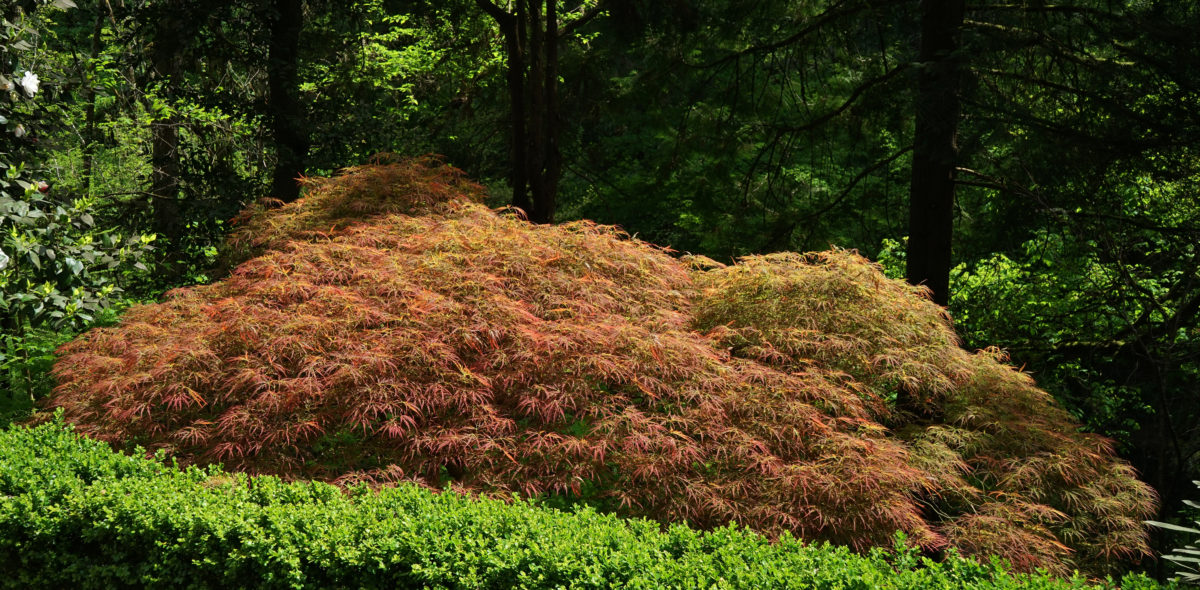
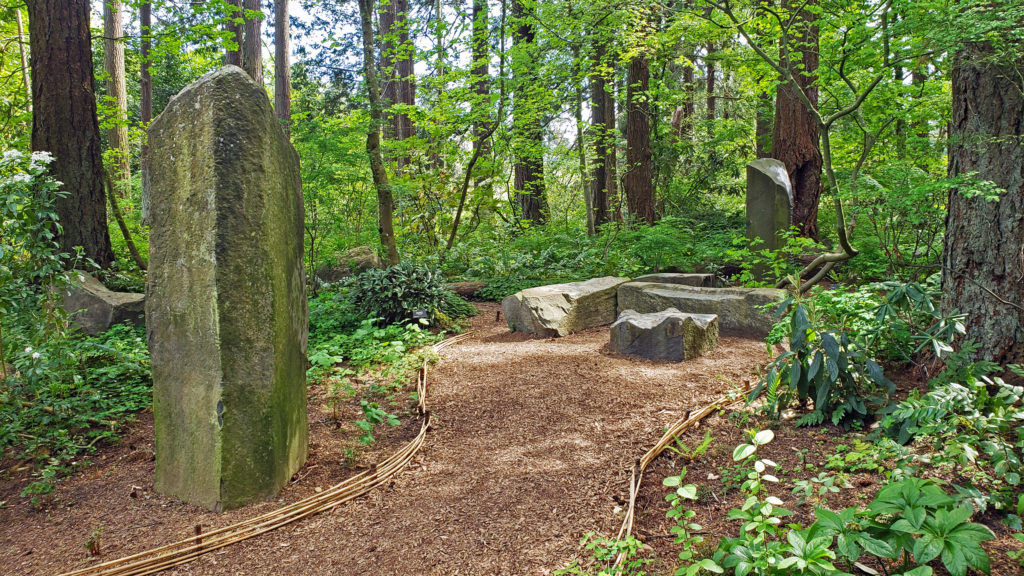
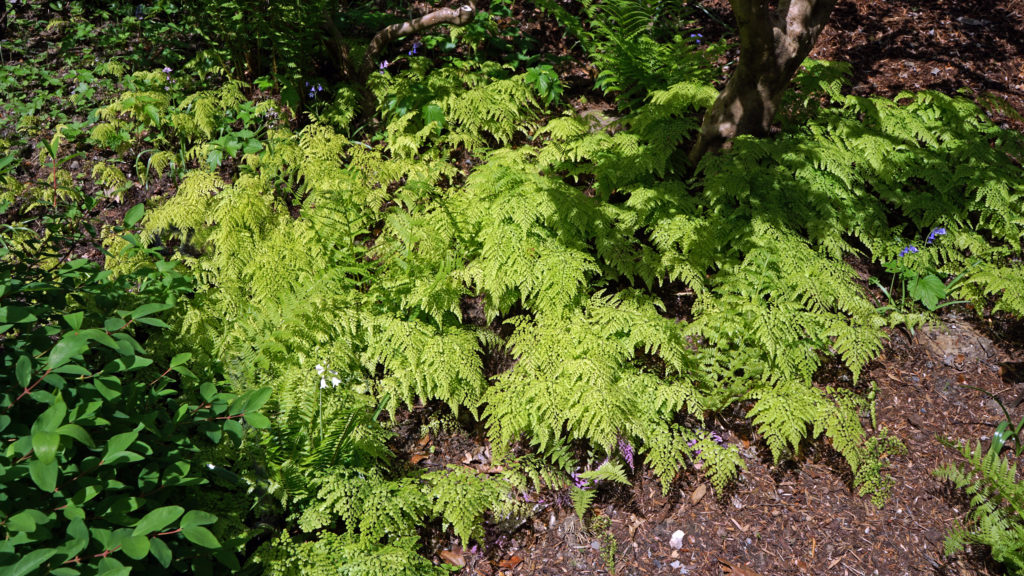 Both the Stone Cabin and the Manor House still stand. The Manor House now houses the garden’s gift shop and is a popular wedding venue and event space. (The part of the garden south of Johnson Creek, including the Stone Cabin, is currently closed to the public).
Both the Stone Cabin and the Manor House still stand. The Manor House now houses the garden’s gift shop and is a popular wedding venue and event space. (The part of the garden south of Johnson Creek, including the Stone Cabin, is currently closed to the public).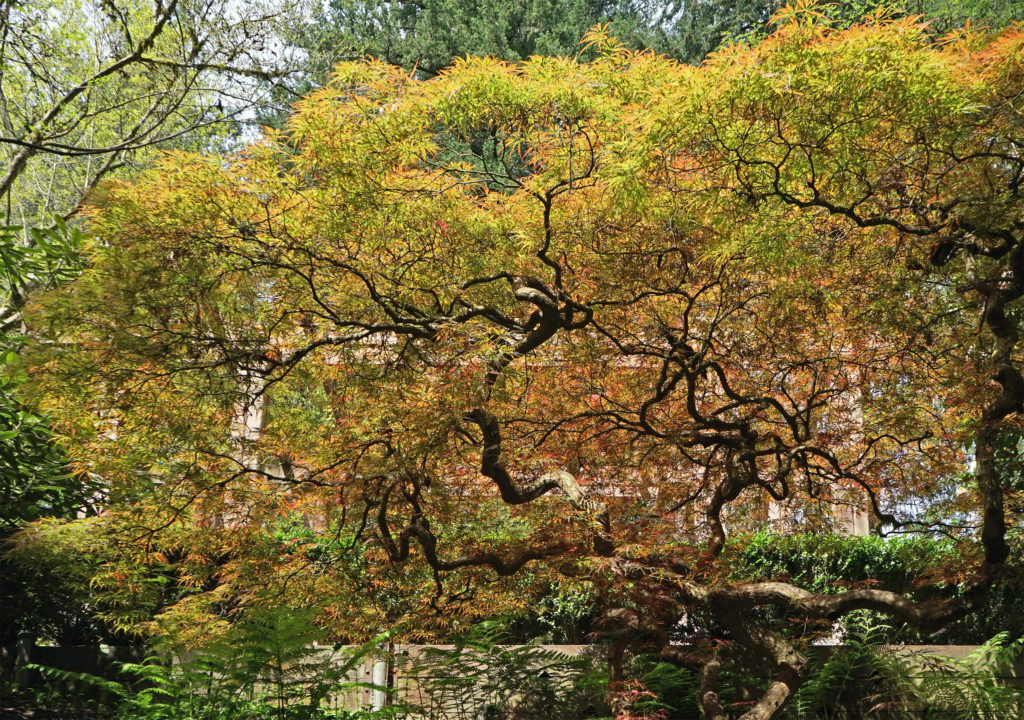
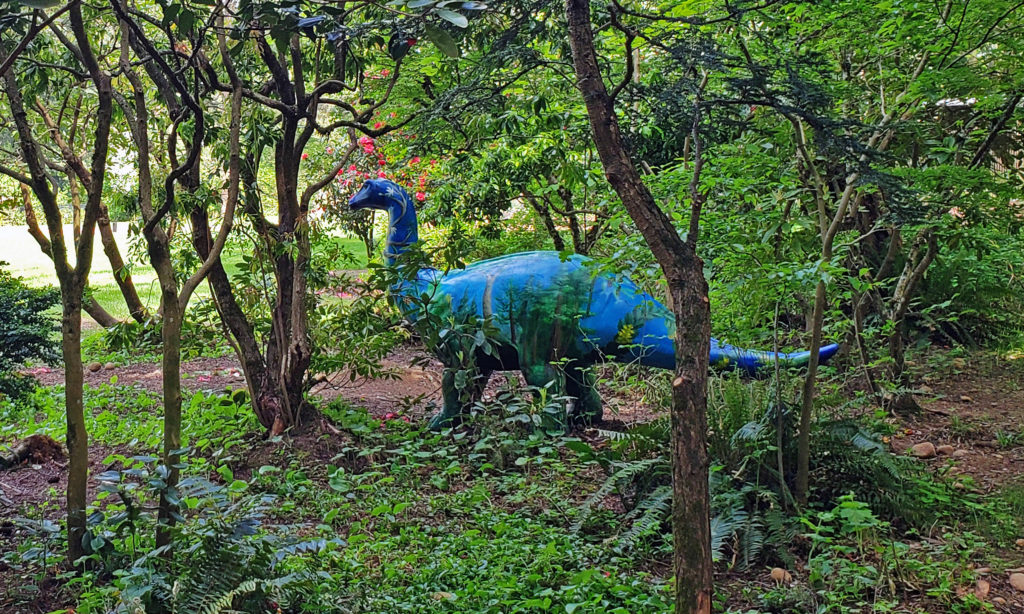 Lilla Leach was an amateur botanist and discovered five plants previously unknown to science. One, Kalmiopsis leachiana, is named after her, and the southwest Oregon wilderness where she discovered it is now known as the Kalmiopsis Wilderness. Over the years she planted many native plant species, some of them rare, on the estate they called Sleepy Hollow.
Lilla Leach was an amateur botanist and discovered five plants previously unknown to science. One, Kalmiopsis leachiana, is named after her, and the southwest Oregon wilderness where she discovered it is now known as the Kalmiopsis Wilderness. Over the years she planted many native plant species, some of them rare, on the estate they called Sleepy Hollow.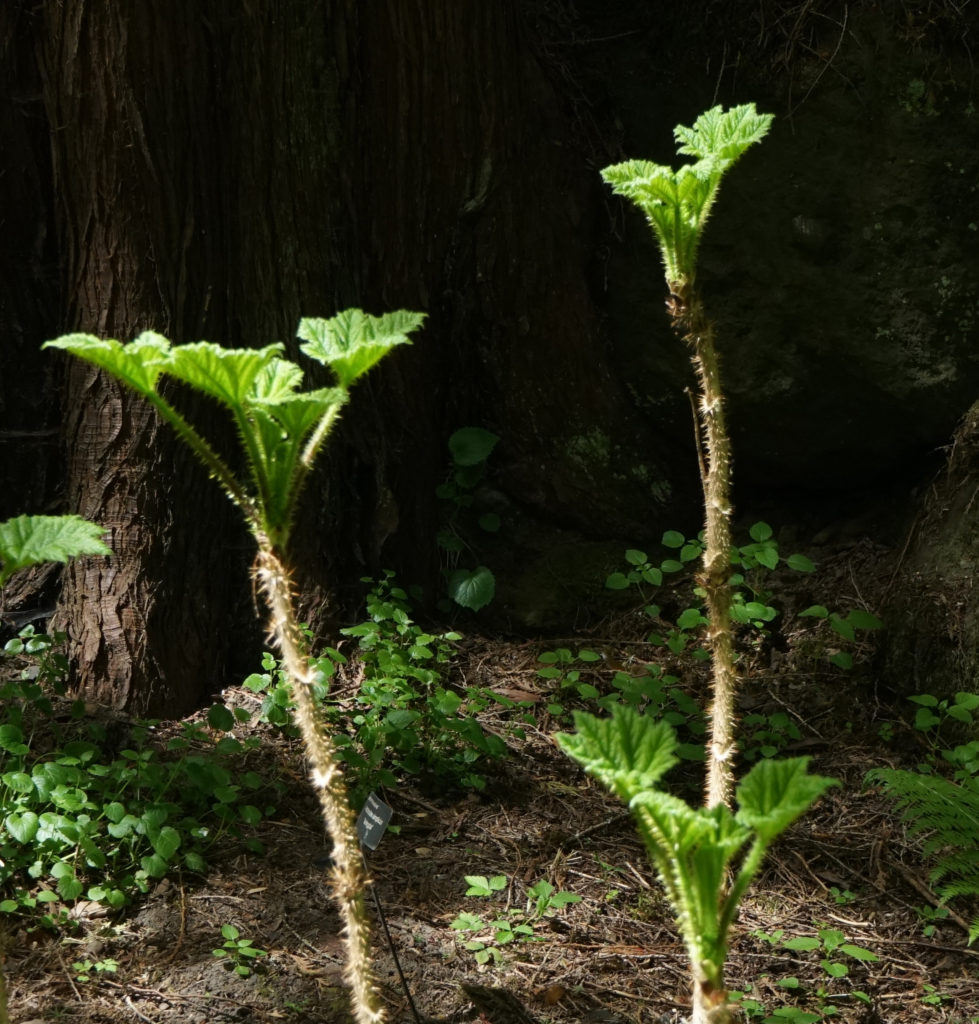
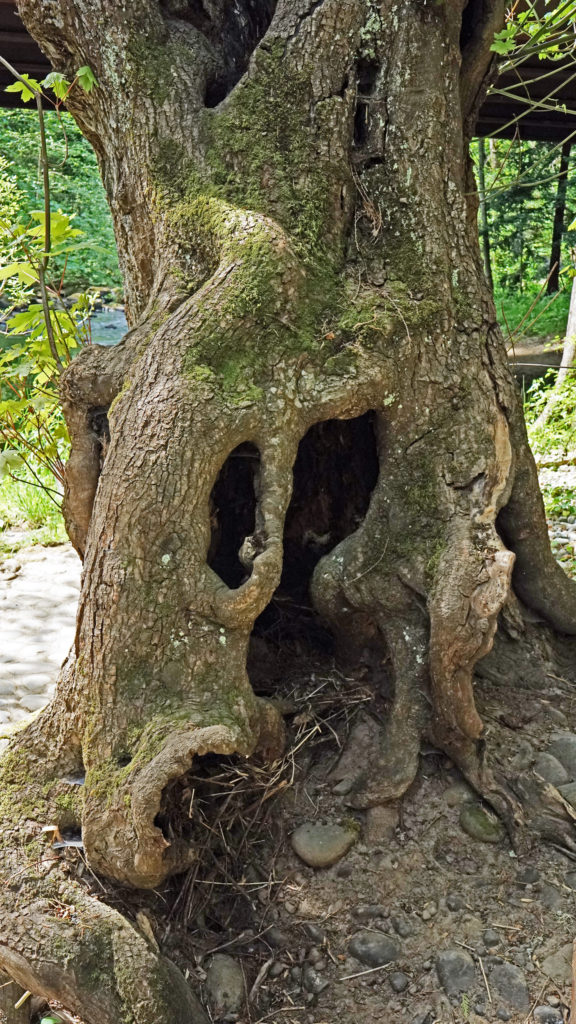
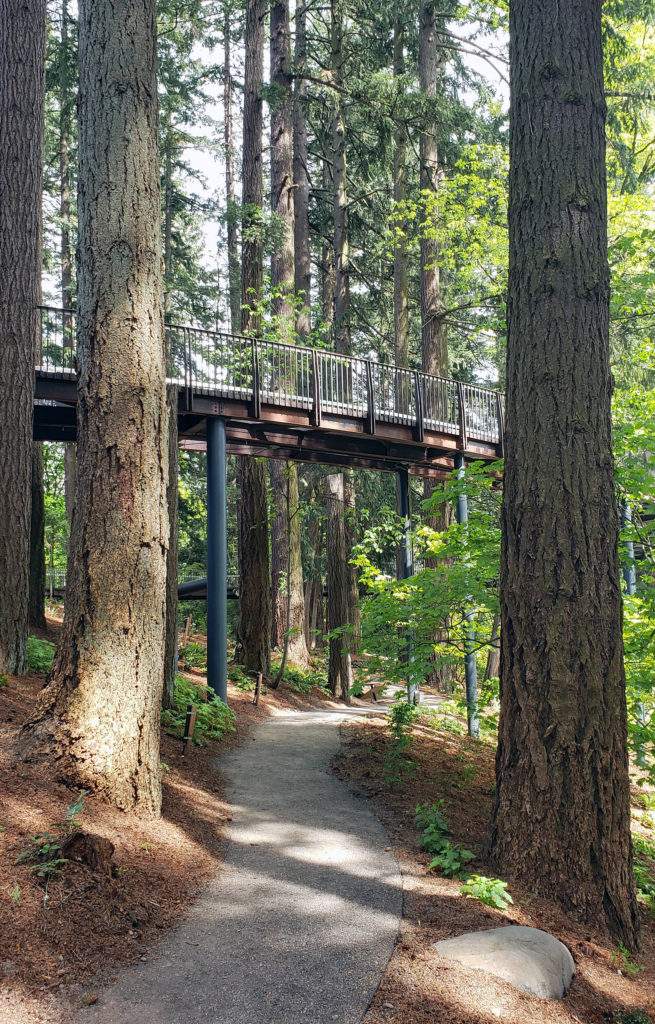
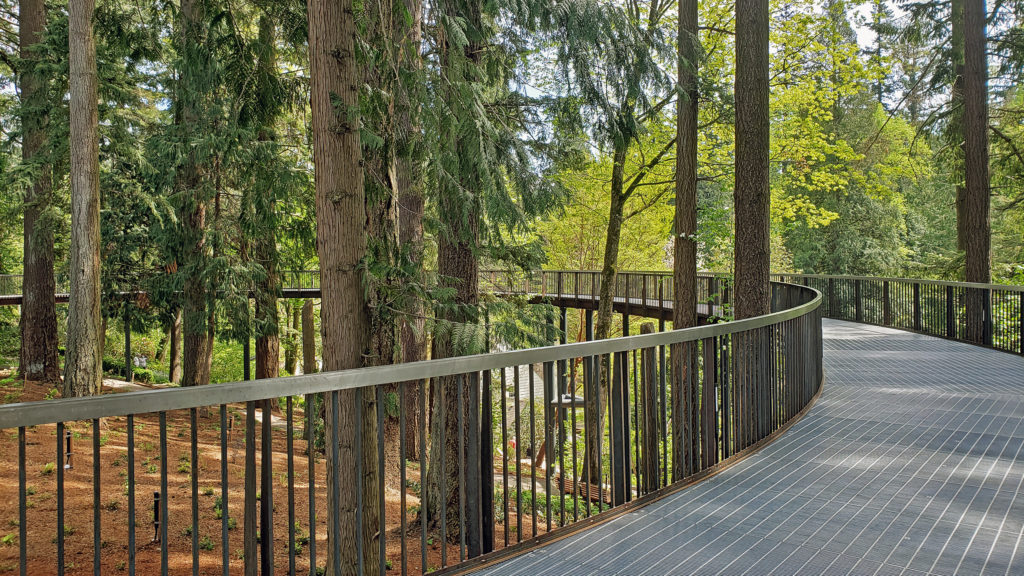
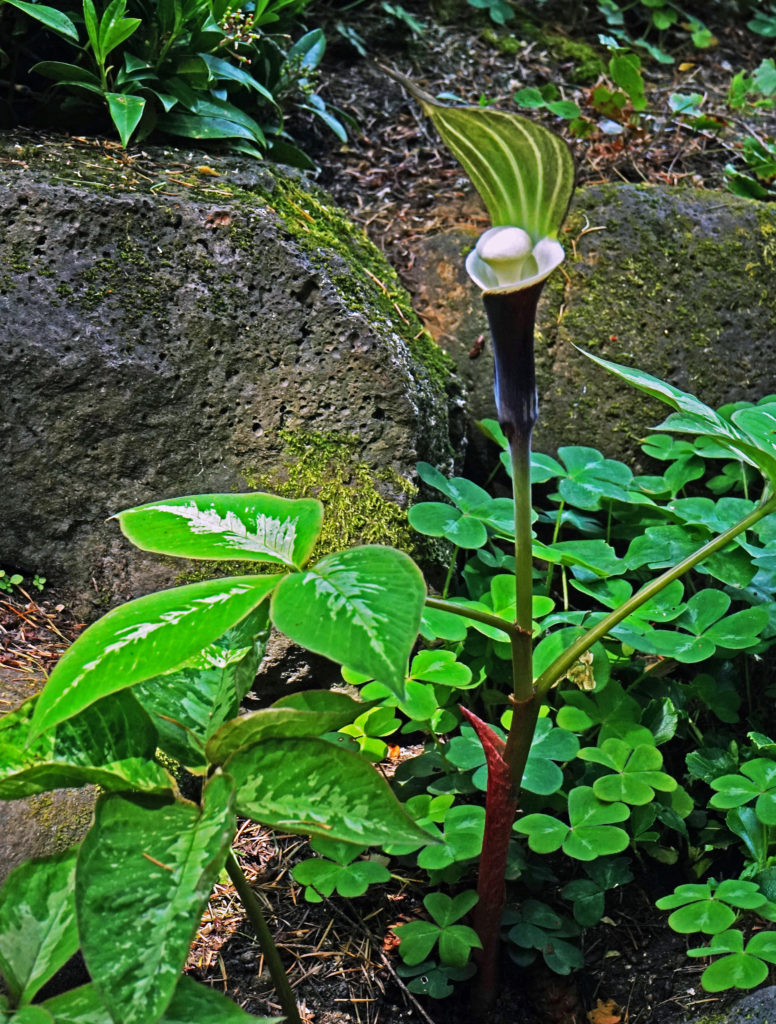
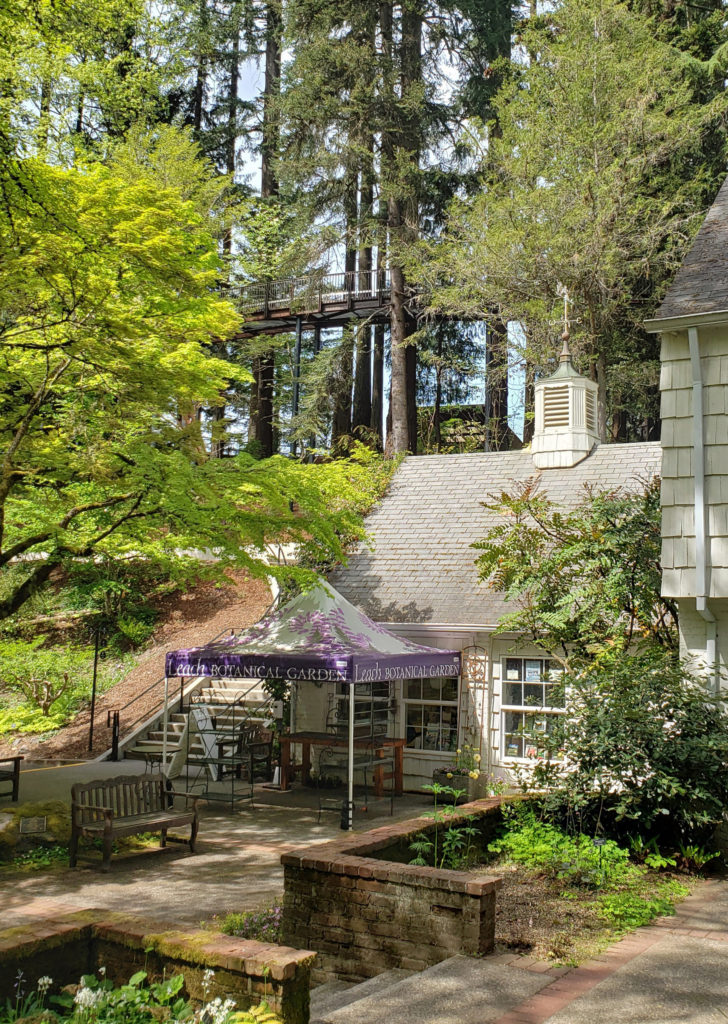
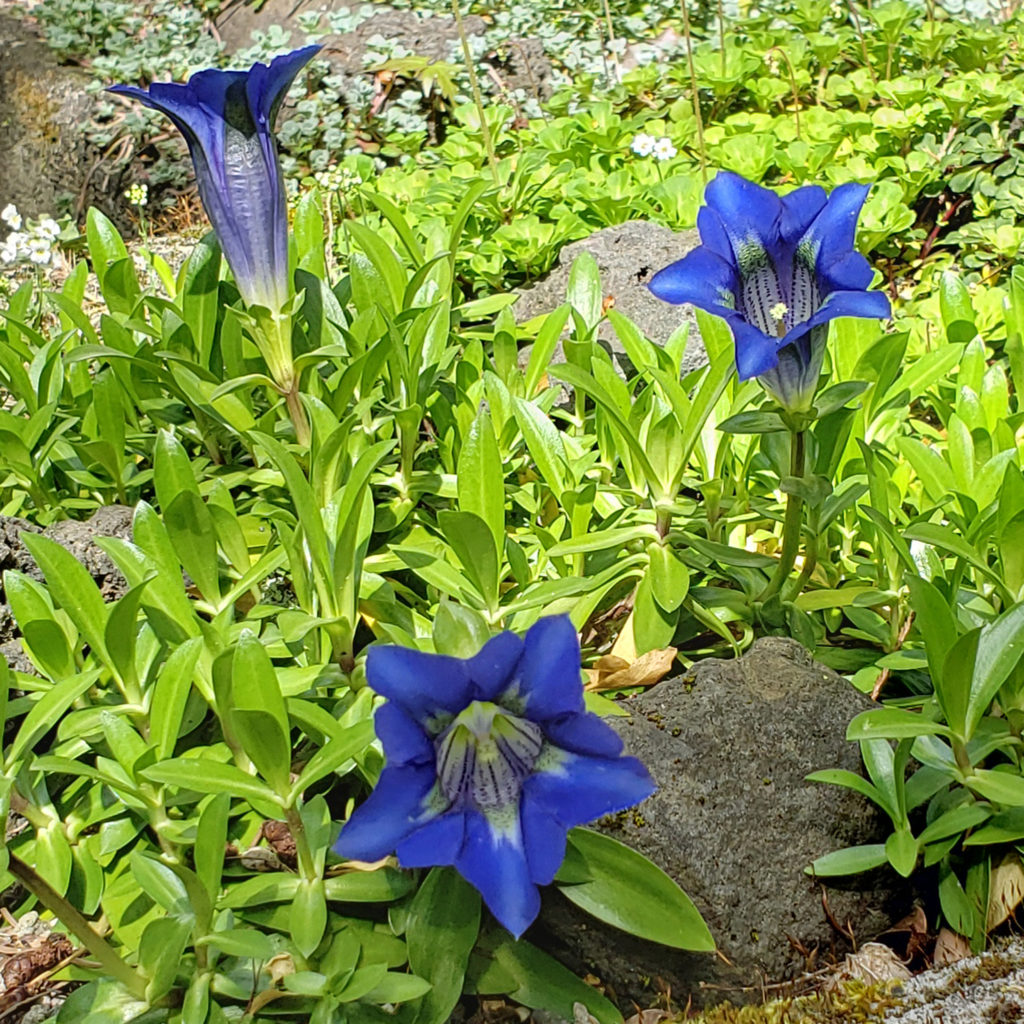 There is currently no admission charge, but donations are encouraged and go to support operation of the garden and the garden’s educational programs. You can also register for a garden tour on the website, which is currently the only way to visit the Stone Cabin and the historic Outdoor Kitchen on the south side of Johnson Creek..
There is currently no admission charge, but donations are encouraged and go to support operation of the garden and the garden’s educational programs. You can also register for a garden tour on the website, which is currently the only way to visit the Stone Cabin and the historic Outdoor Kitchen on the south side of Johnson Creek..
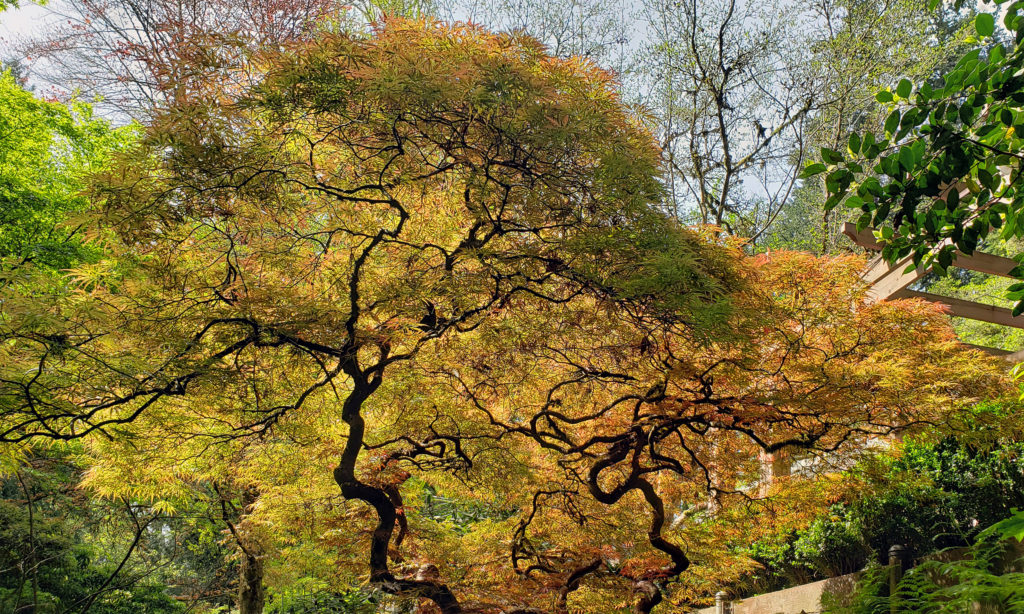
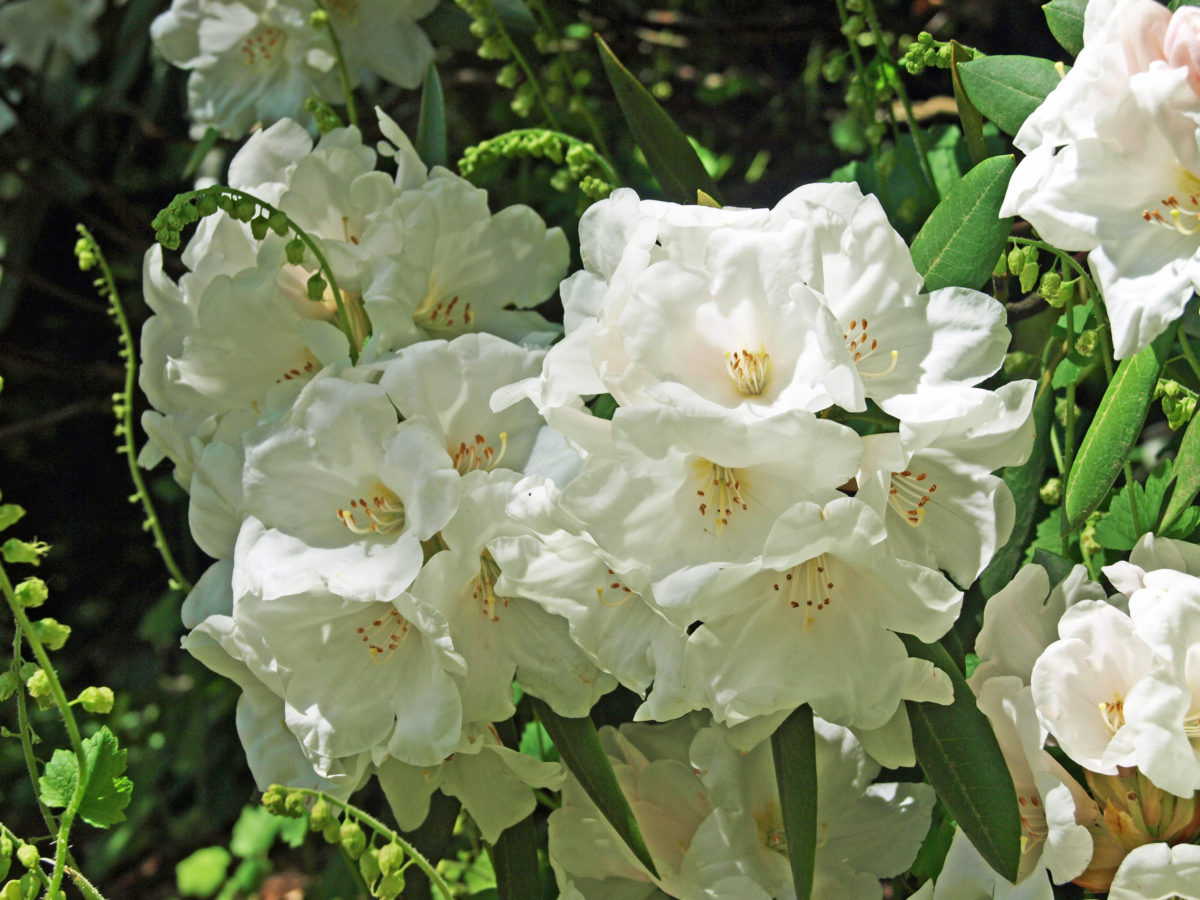
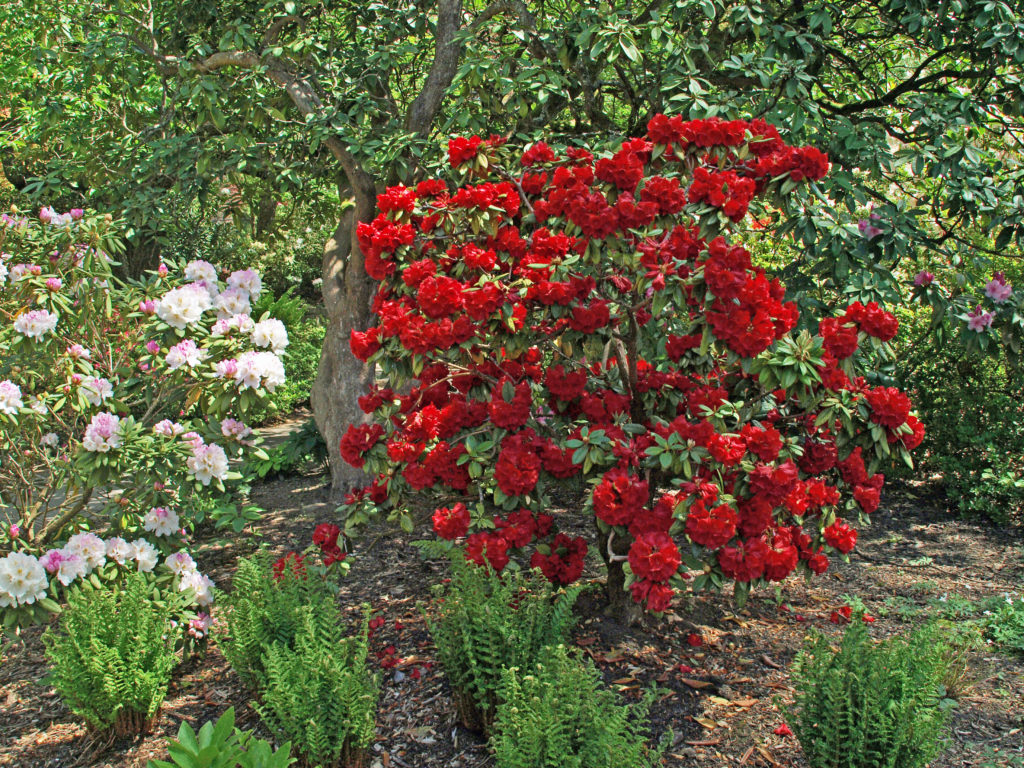
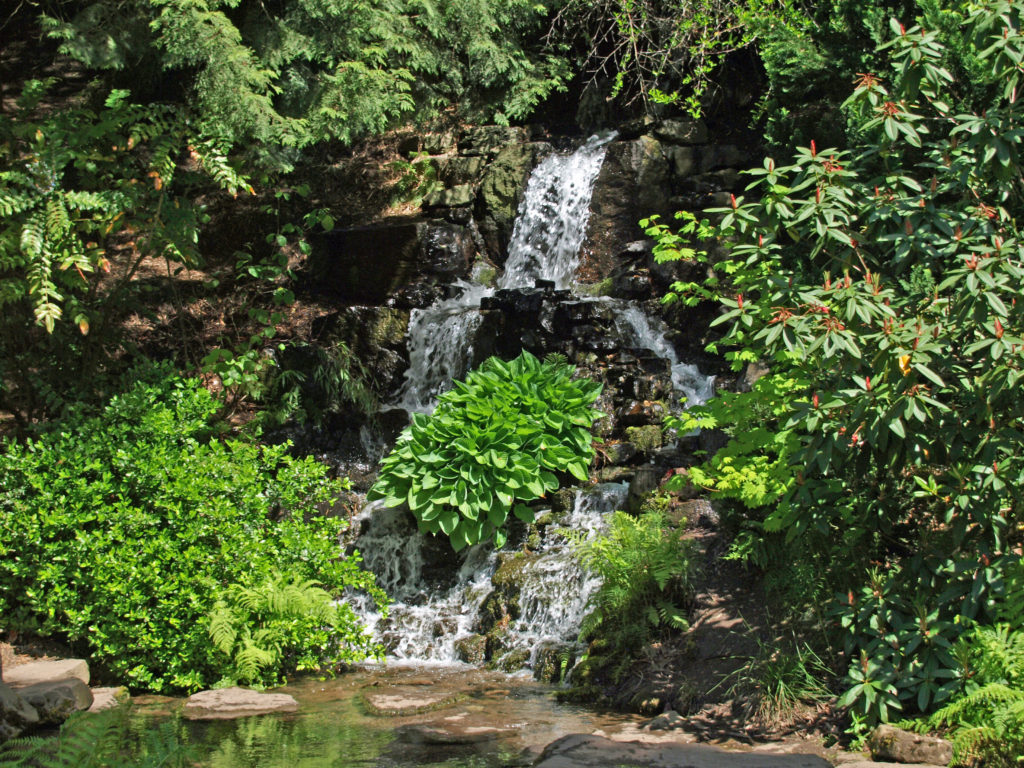
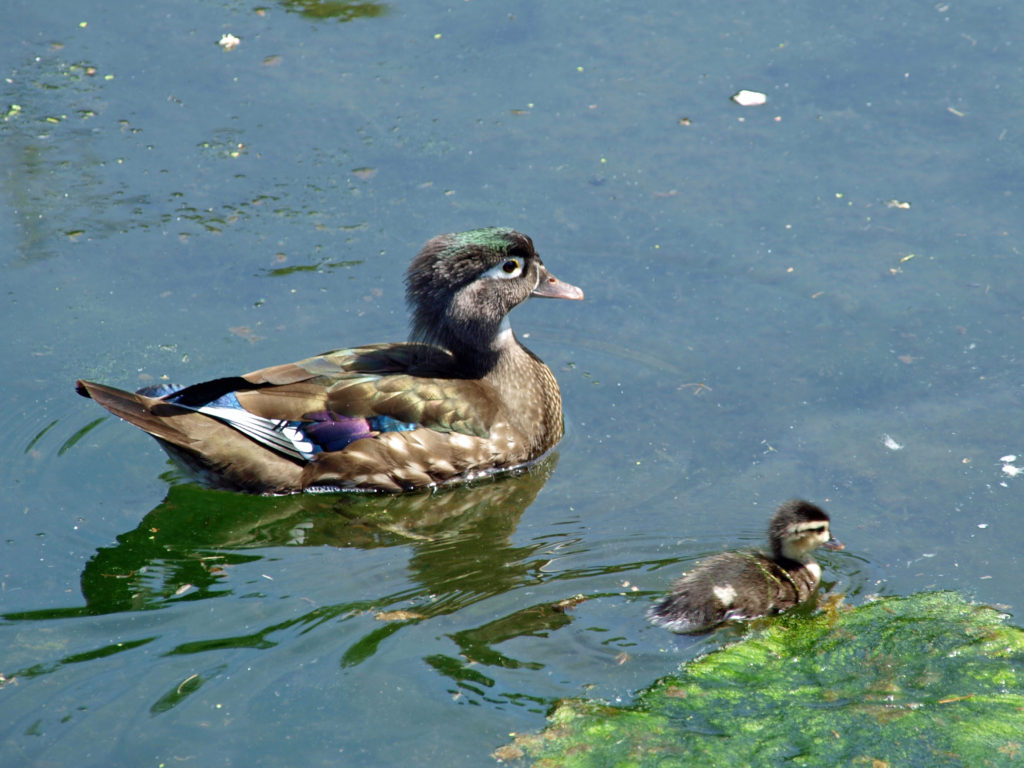
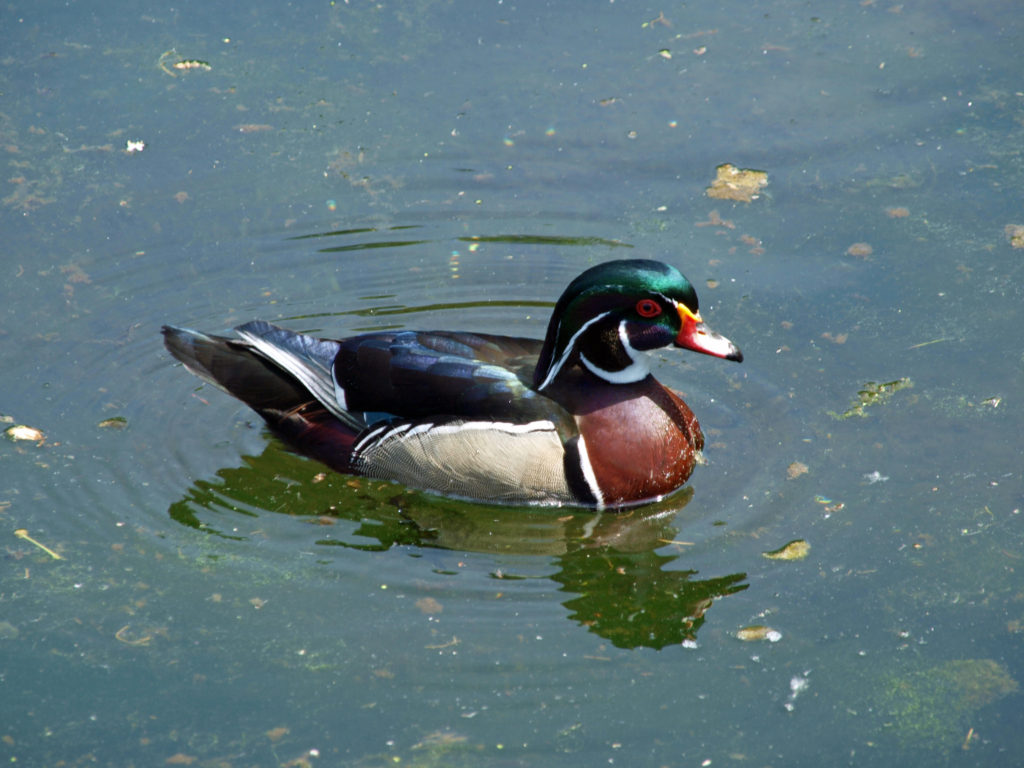
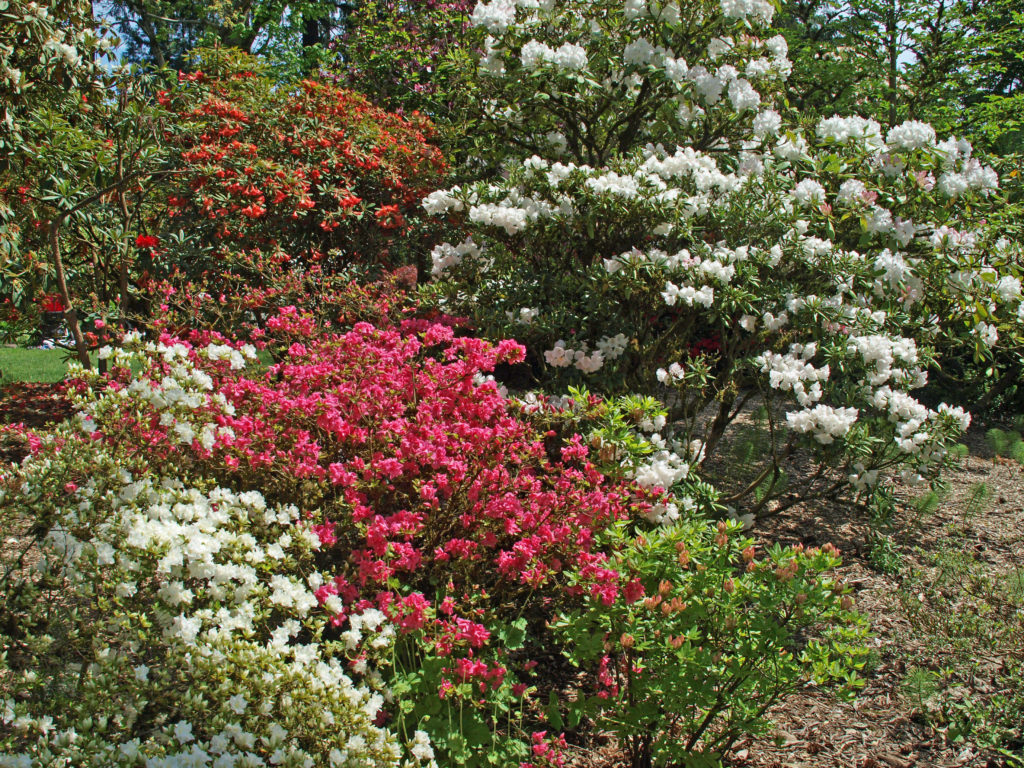
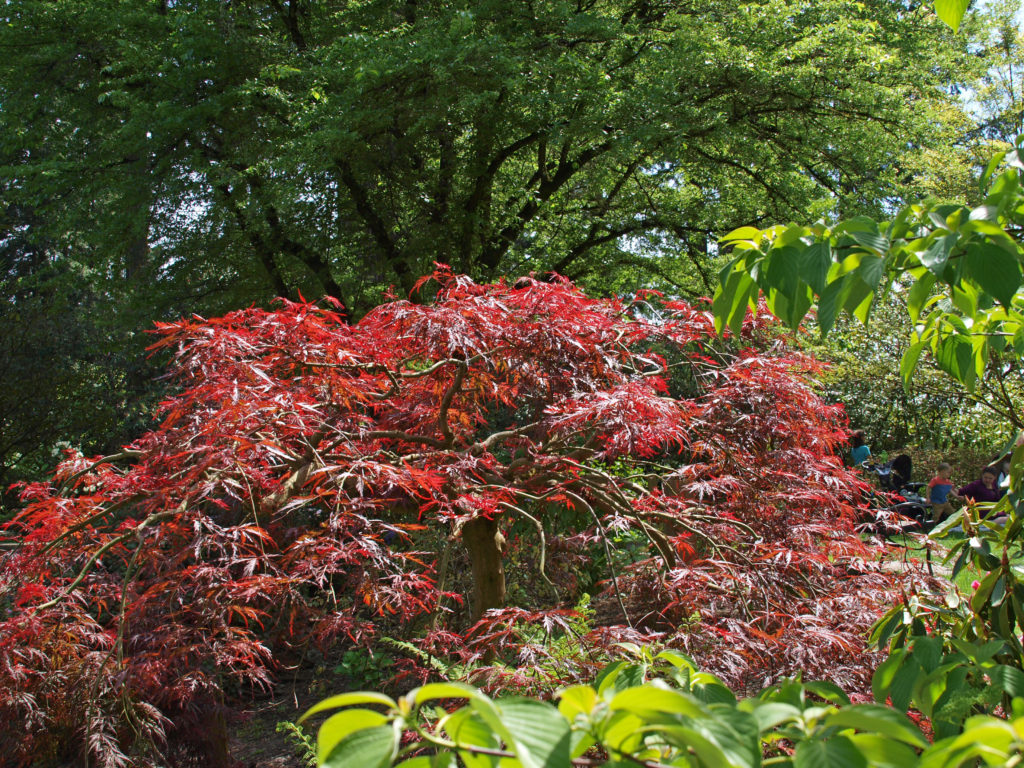
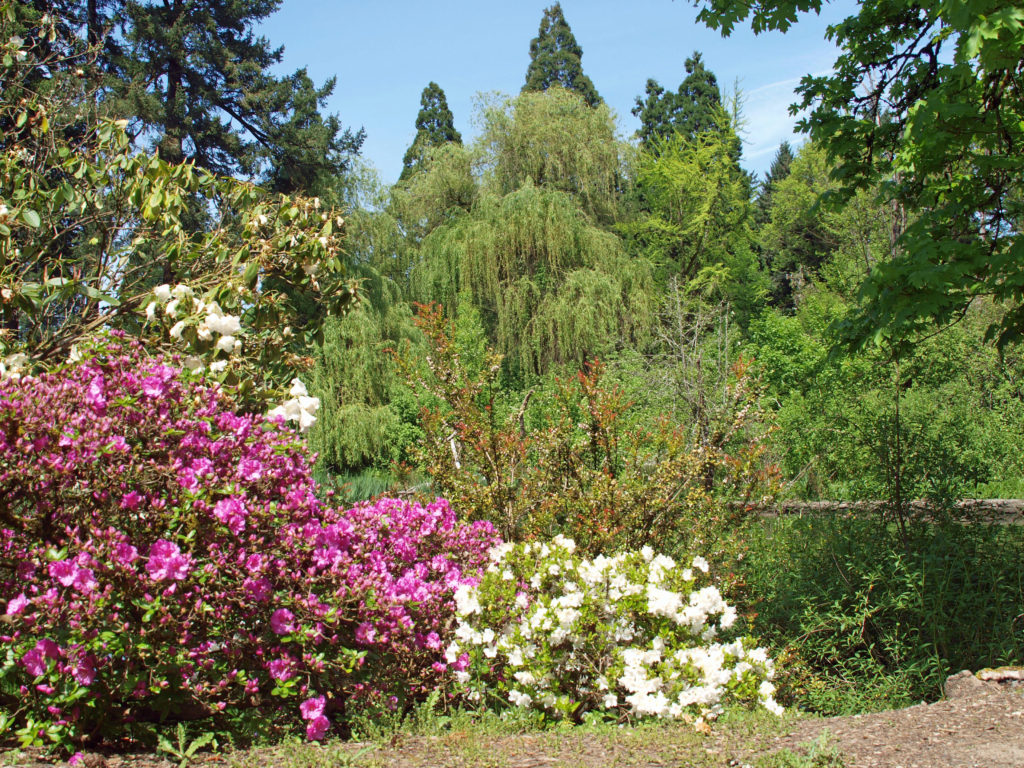
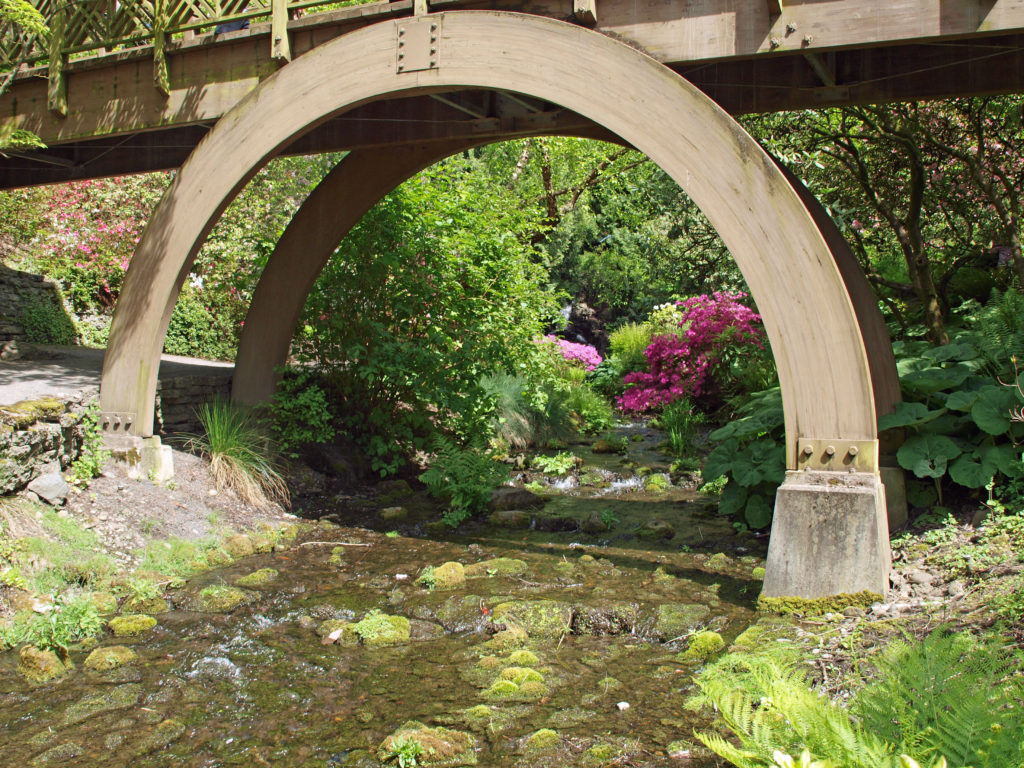
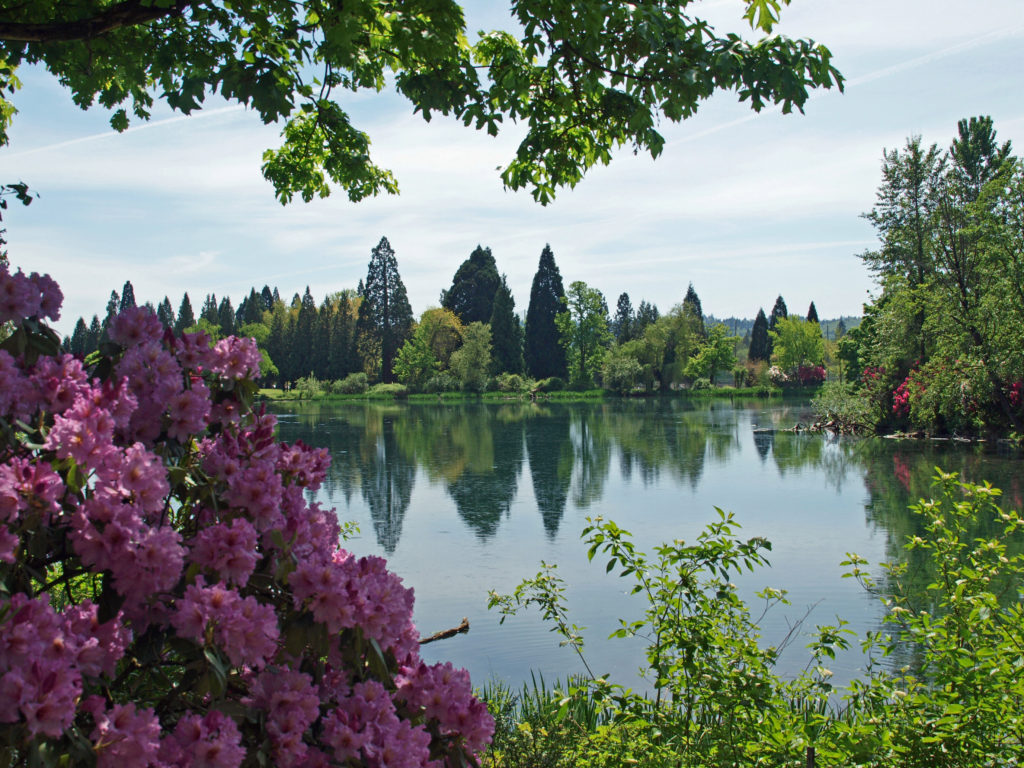
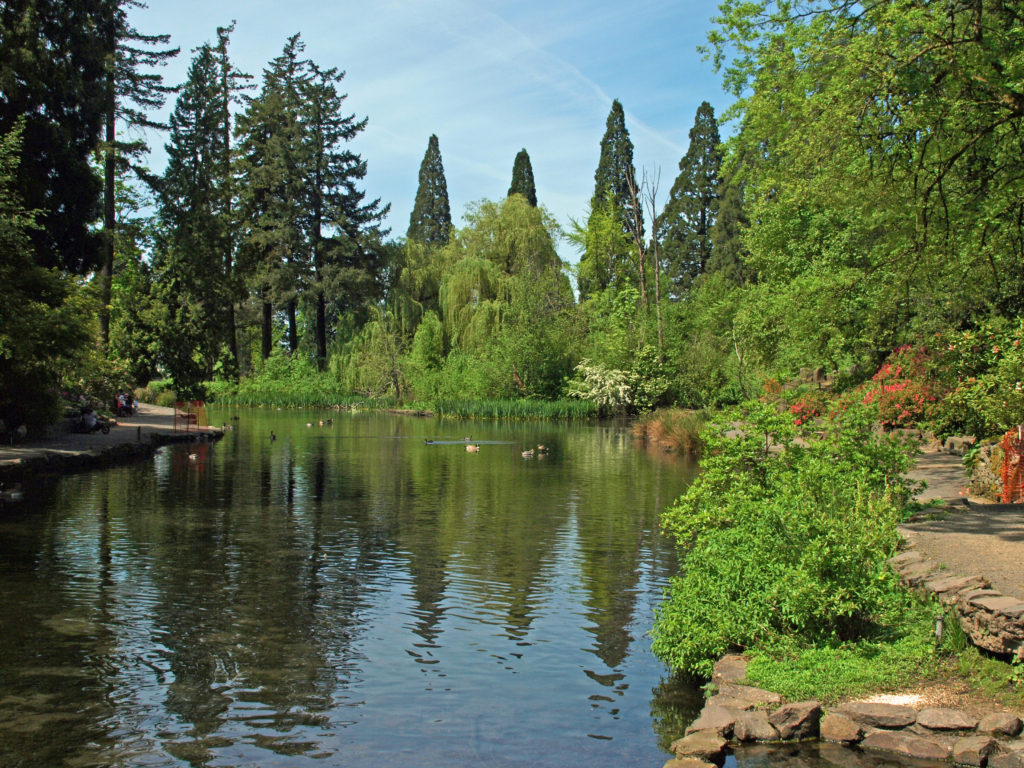
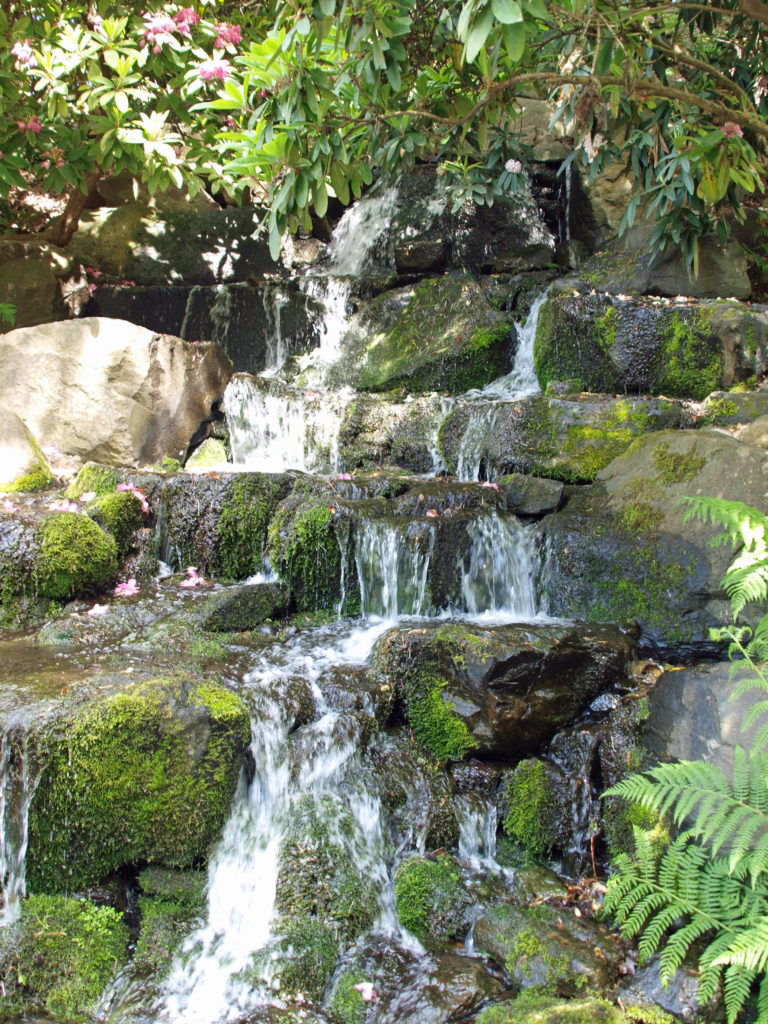
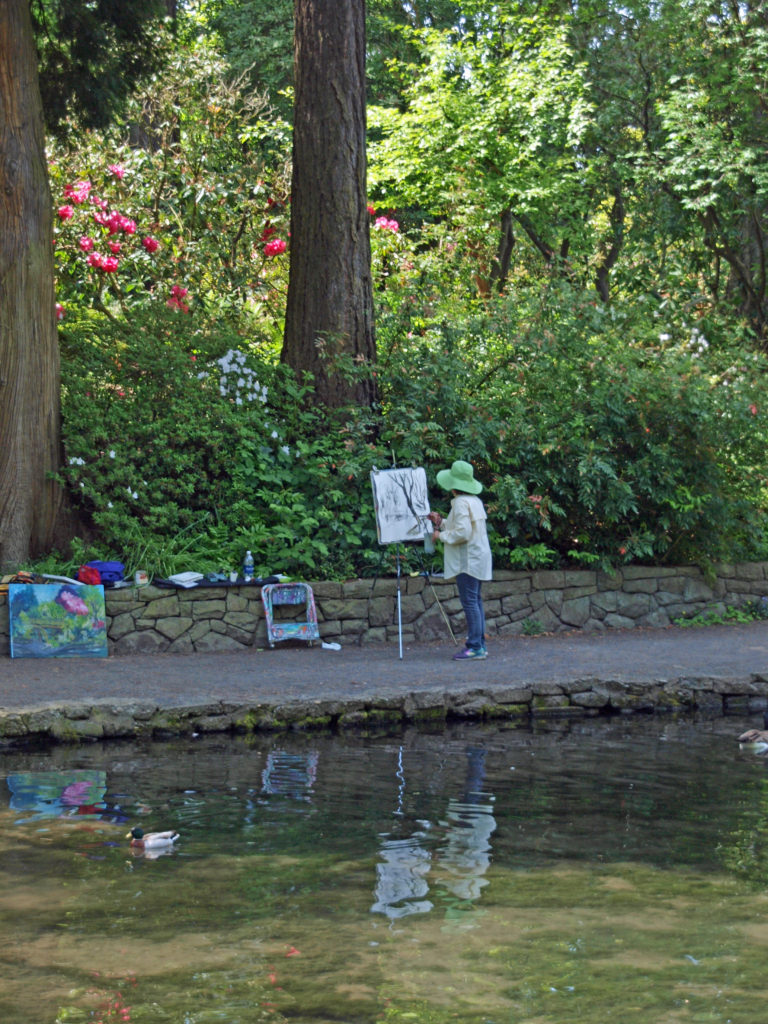 The garden is located at 5801 SE 28th Avenue. The small parking lot fills up early in spring and summer, and there is no on street parking on 28th or other nearby streets, so come early if you’re coming by car (and do not park in the Reed College lot across 28th from the garden). Or take the bus (Tri-Met bus #19 Woodstock).
The garden is located at 5801 SE 28th Avenue. The small parking lot fills up early in spring and summer, and there is no on street parking on 28th or other nearby streets, so come early if you’re coming by car (and do not park in the Reed College lot across 28th from the garden). Or take the bus (Tri-Met bus #19 Woodstock).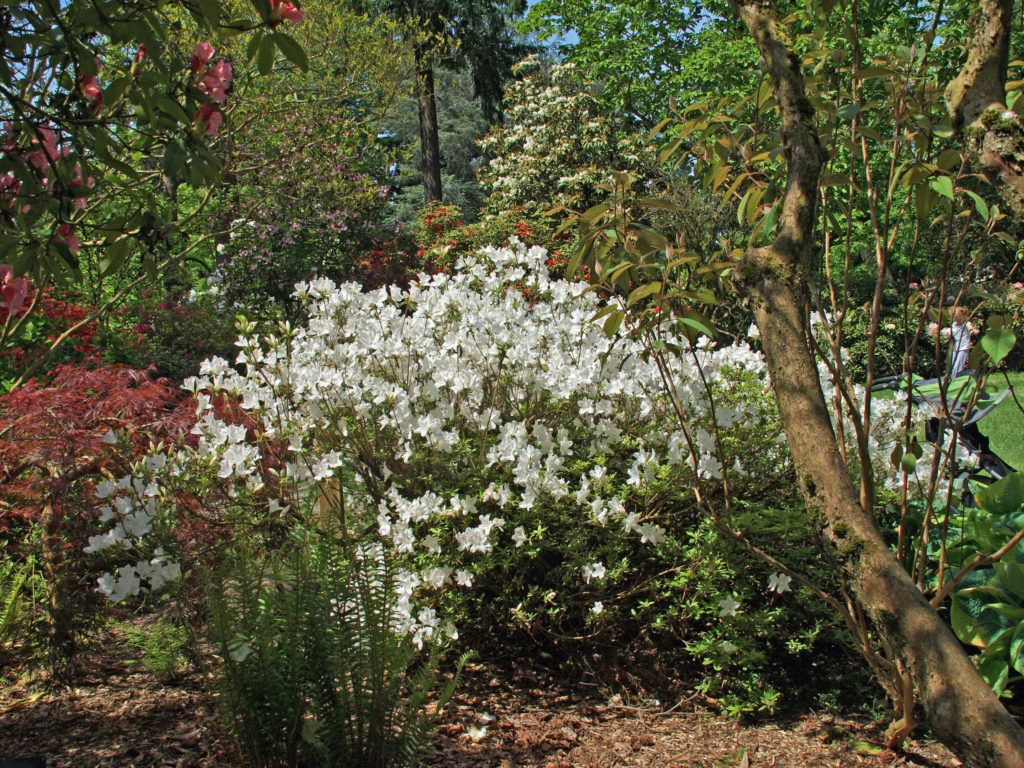
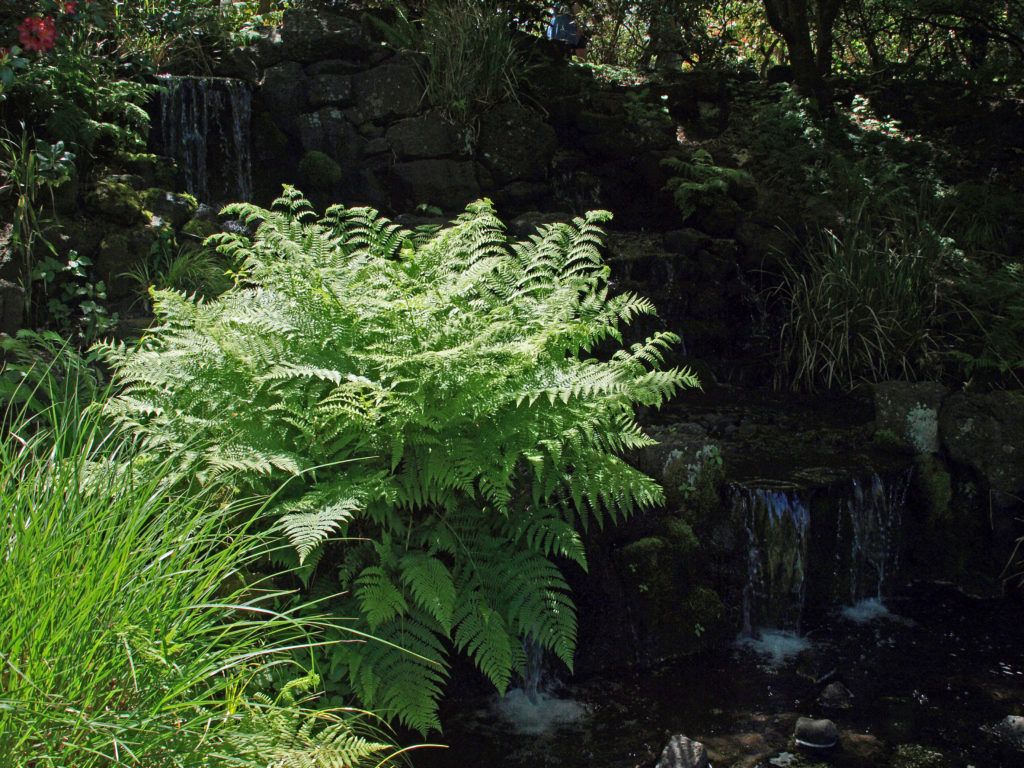 Whether you are a garden lover, birder, photographer, artist, or just looking for a beautiful place to spend some time in, Crystal Springs is a place you’ll love. For my money, only the
Whether you are a garden lover, birder, photographer, artist, or just looking for a beautiful place to spend some time in, Crystal Springs is a place you’ll love. For my money, only the 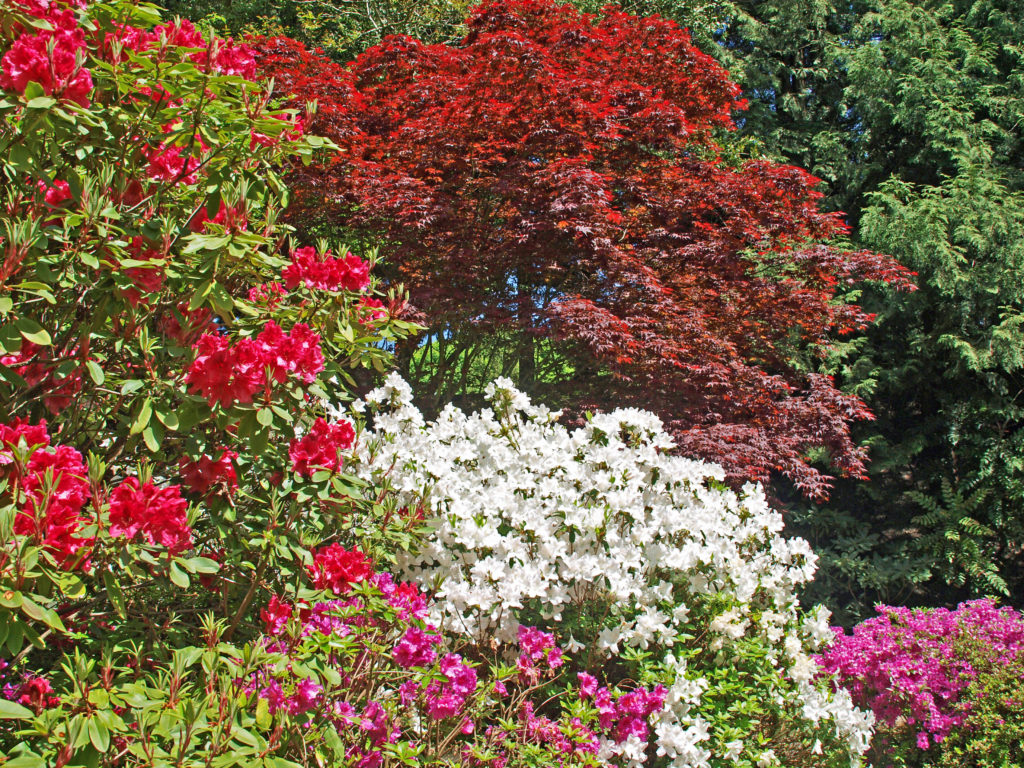
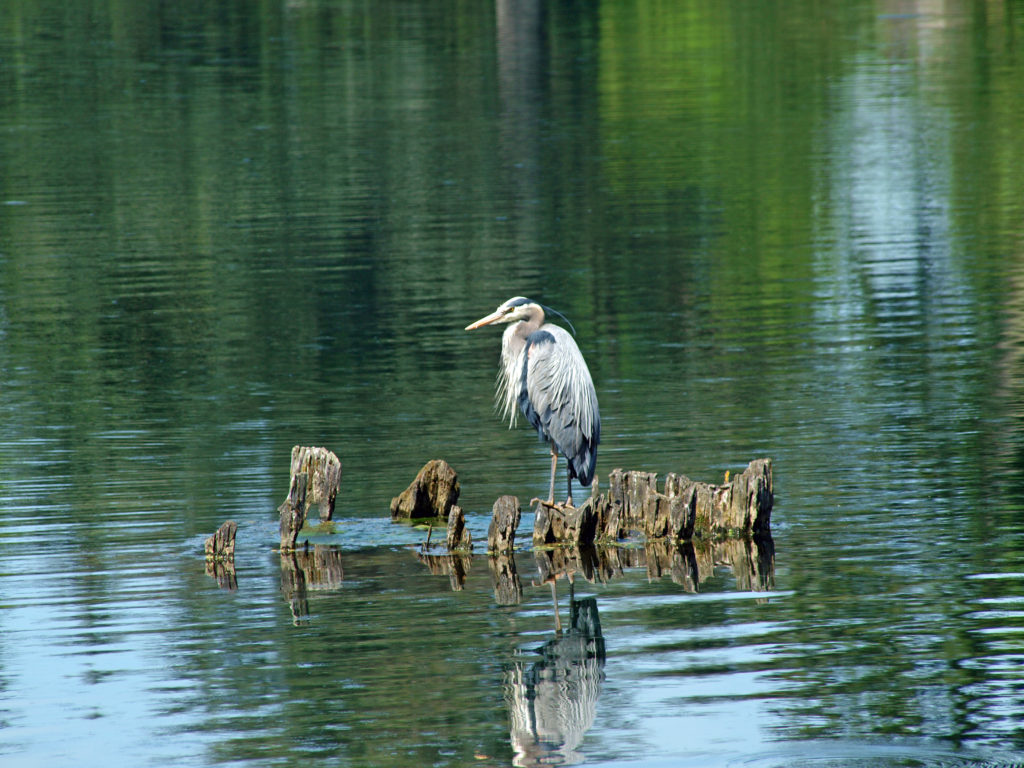
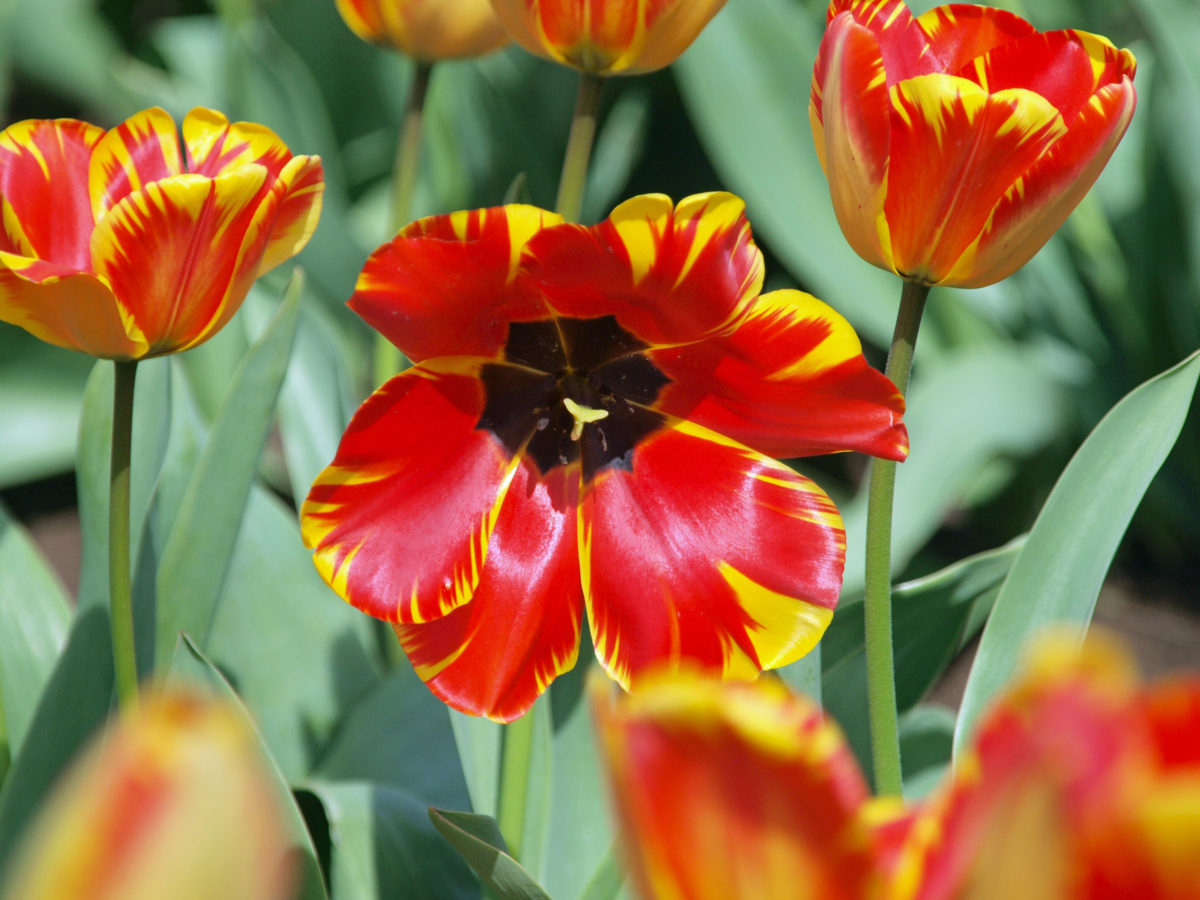
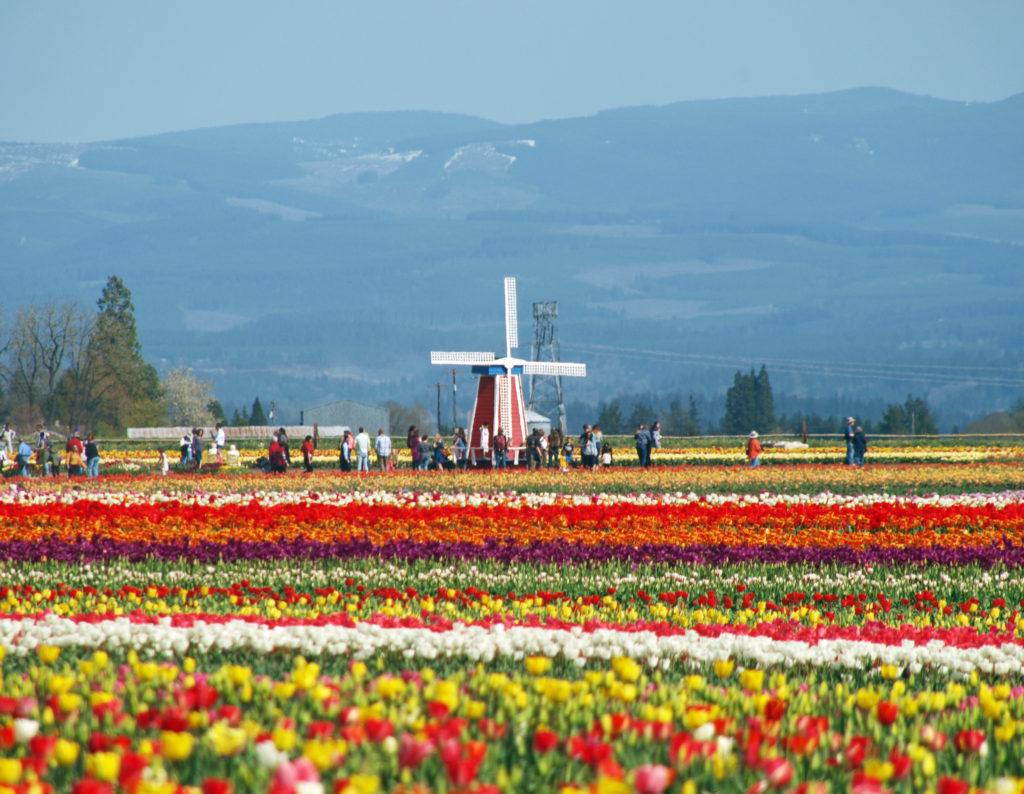
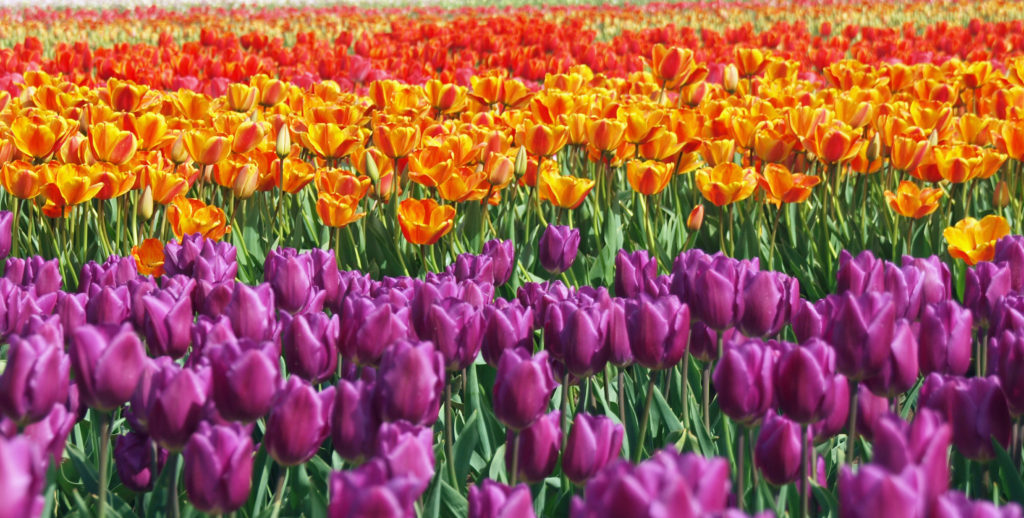
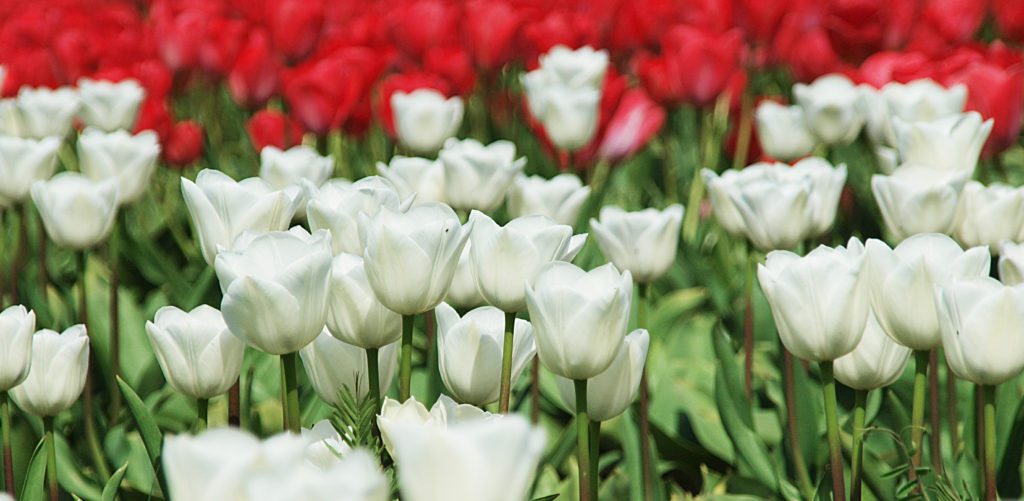
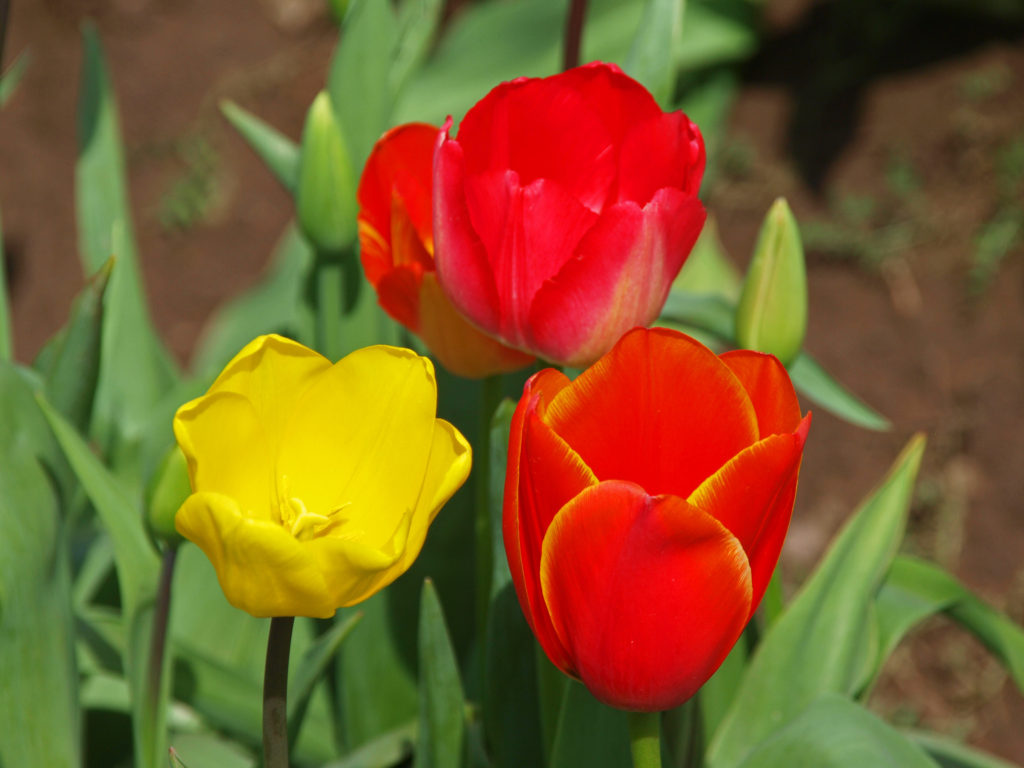 Photographers and early risers can purchase sunrise passes for $25 that allows entry to the farm at 5am. Drone operators can purchase a drone pass for $10 (sunrise day pass or season pass required) that allows drone flights from 5-8am. All tickets must be purchased online. Tickets can be purchased through the
Photographers and early risers can purchase sunrise passes for $25 that allows entry to the farm at 5am. Drone operators can purchase a drone pass for $10 (sunrise day pass or season pass required) that allows drone flights from 5-8am. All tickets must be purchased online. Tickets can be purchased through the 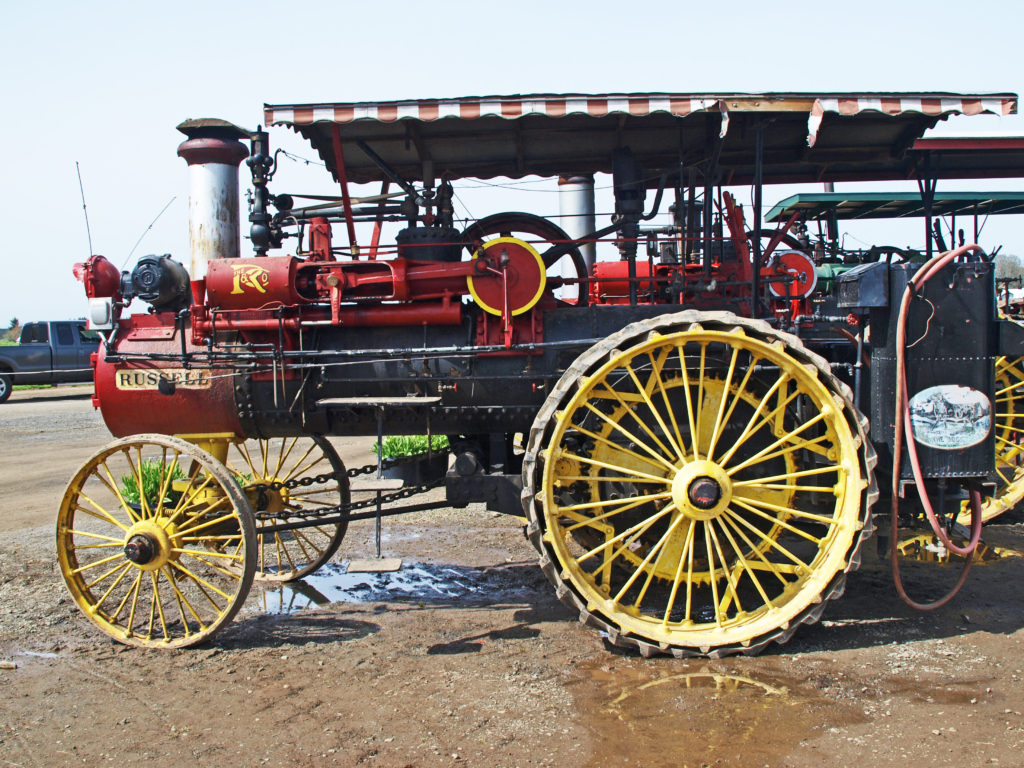
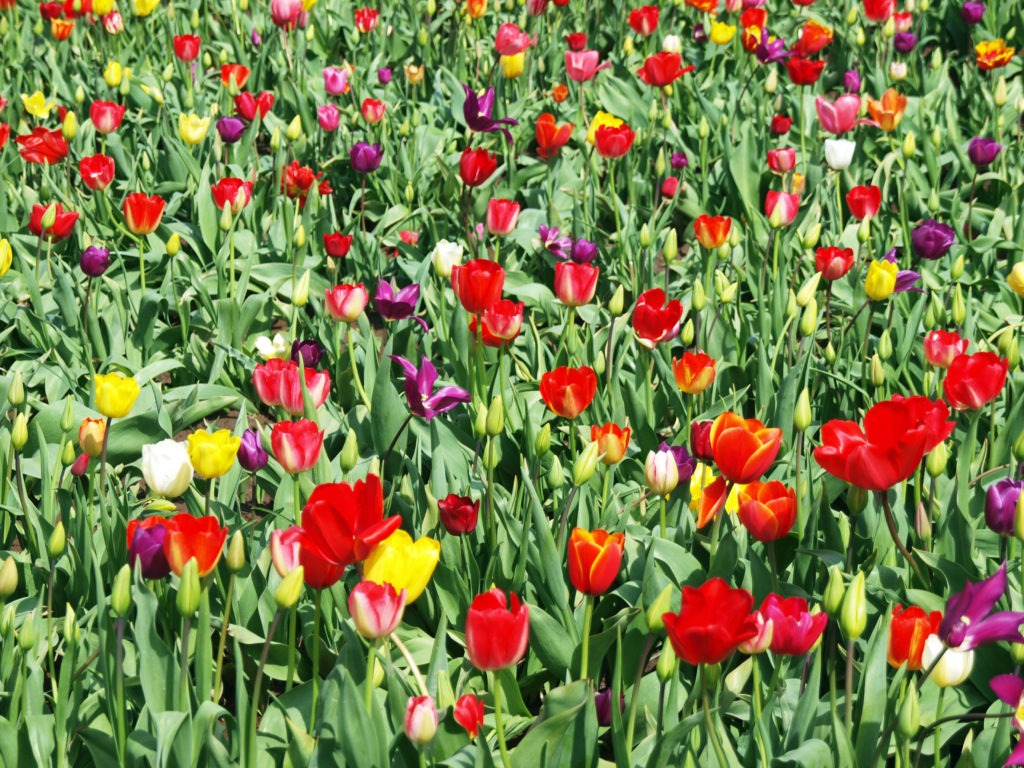 Tickets include parking, and transportation from the parking lot to the fields is available for those with mobility issues. And there are tram and hay wagon rides that run from the main building through the fields. There is also a tulip tour train ($10 per person) that runs from the main building around the fields, with photo stops, that runs from noon to 5pm daily.
Tickets include parking, and transportation from the parking lot to the fields is available for those with mobility issues. And there are tram and hay wagon rides that run from the main building through the fields. There is also a tulip tour train ($10 per person) that runs from the main building around the fields, with photo stops, that runs from noon to 5pm daily. 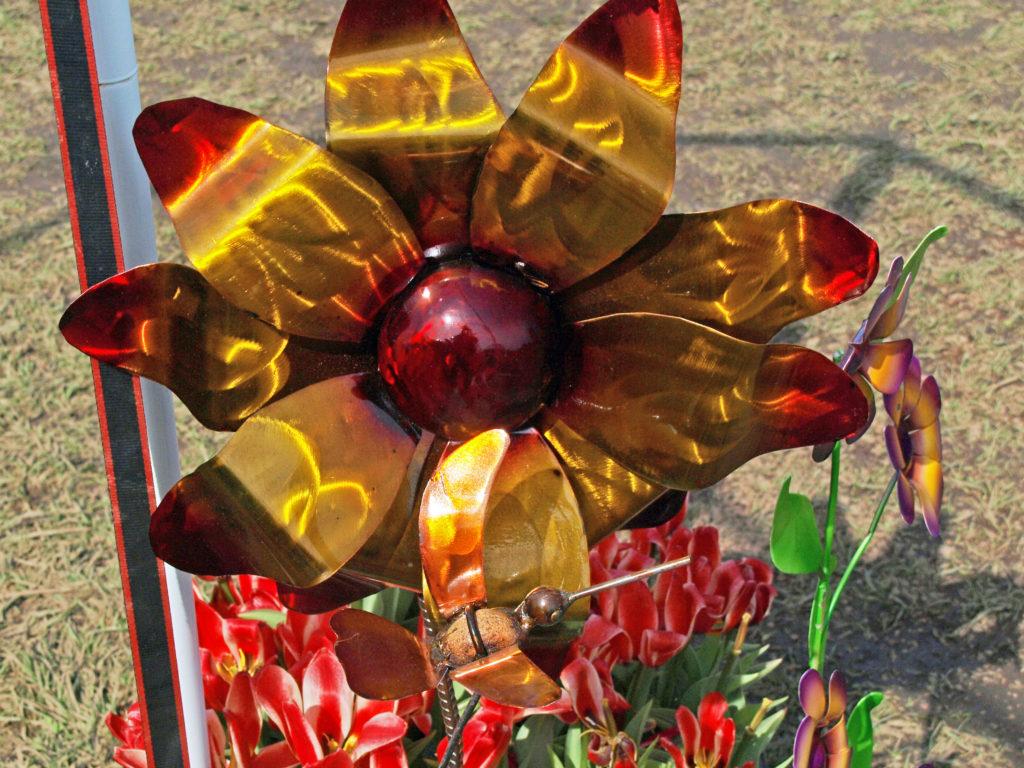
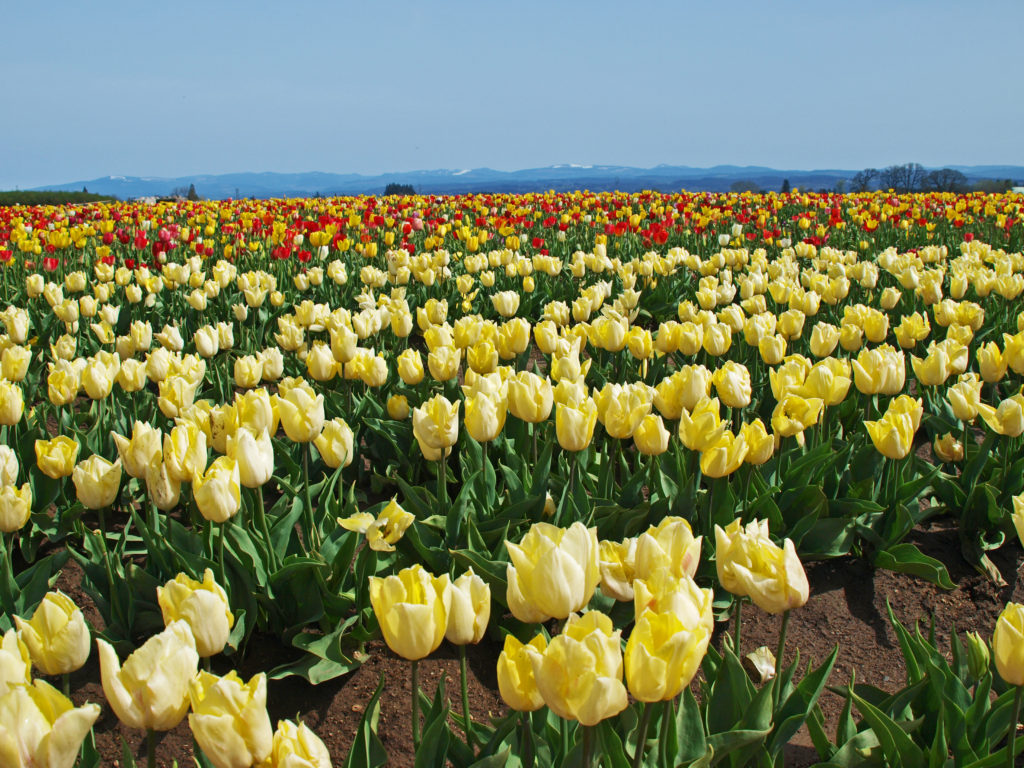
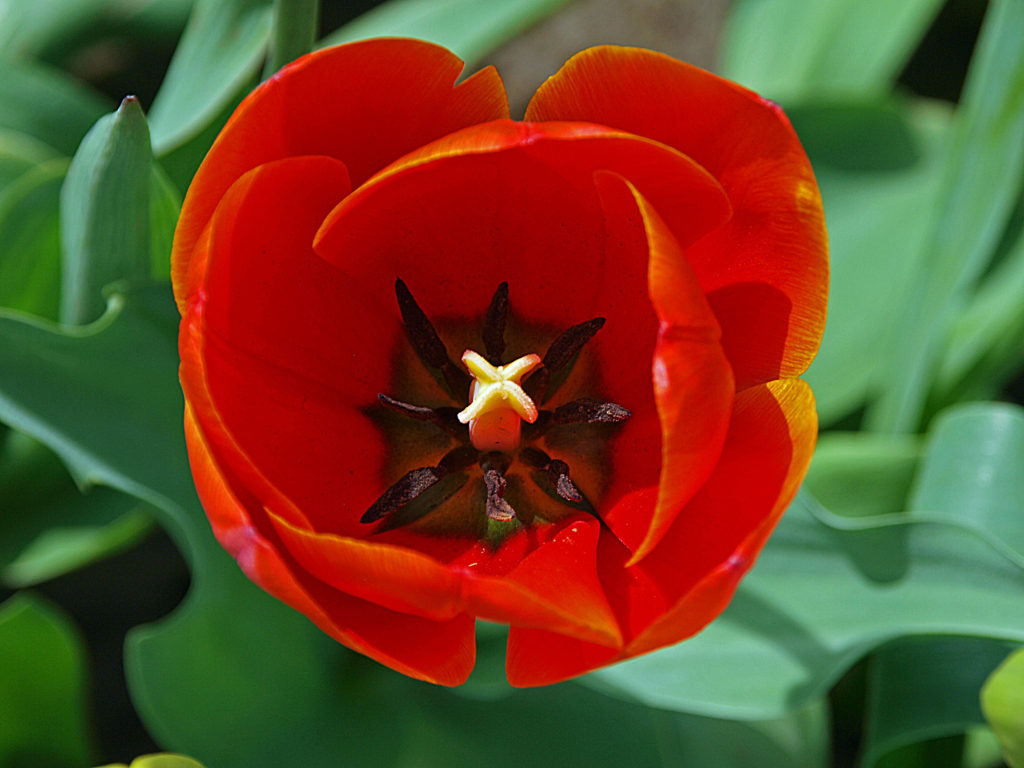 Tethered hot air balloon flights are also available on weekends (adults 12+ $20, children 5-11 $10). Untethered early morning flights flights are also available starting at $229 per person with a two person minimum. All balloon flights are weather dependent. Check the Wooden Shoe webpage for details on balloon flights and other events and activities.
Tethered hot air balloon flights are also available on weekends (adults 12+ $20, children 5-11 $10). Untethered early morning flights flights are also available starting at $229 per person with a two person minimum. All balloon flights are weather dependent. Check the Wooden Shoe webpage for details on balloon flights and other events and activities.
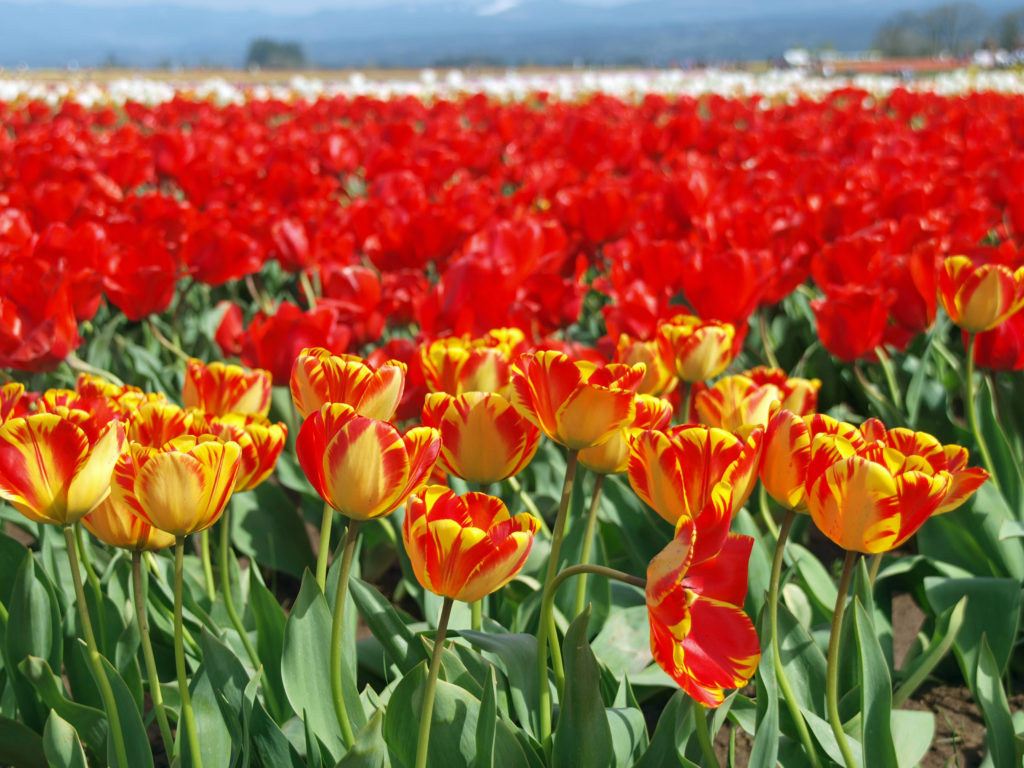 Cut flowers and potted bulbs are available for purchase at the farm, and flower bulbs can be ordered for fall delivery.
Cut flowers and potted bulbs are available for purchase at the farm, and flower bulbs can be ordered for fall delivery. 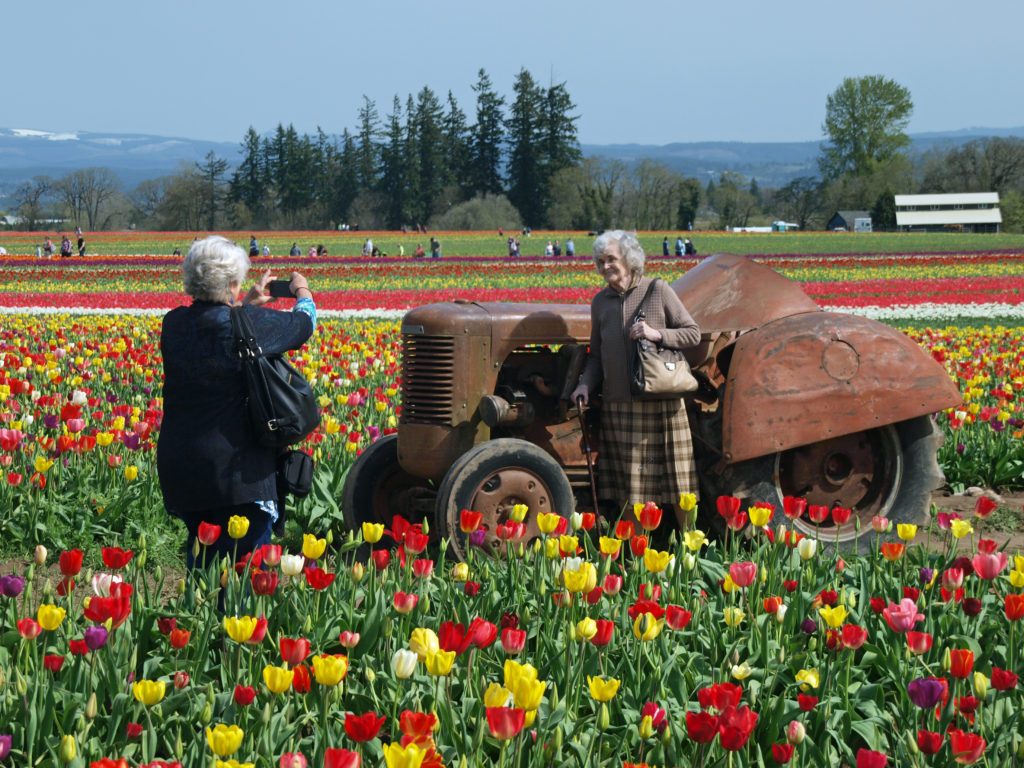
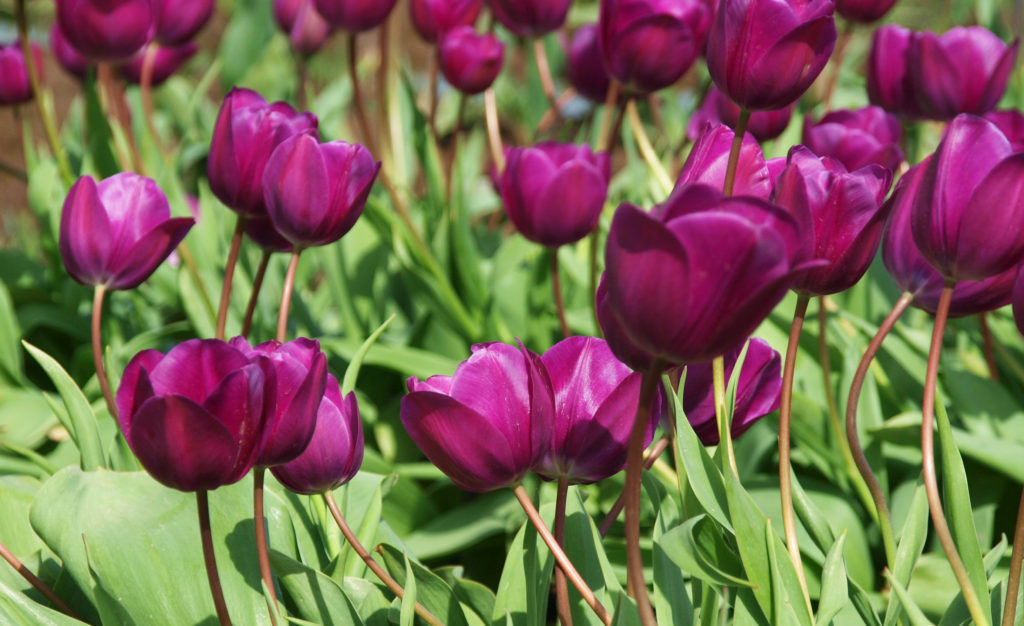
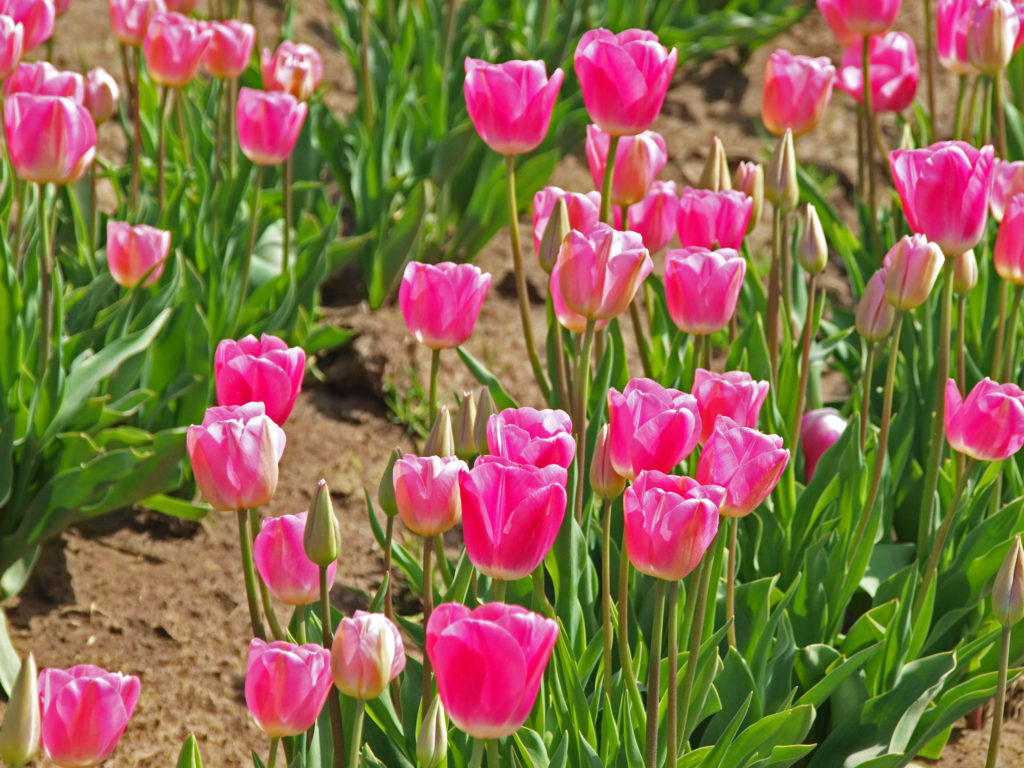
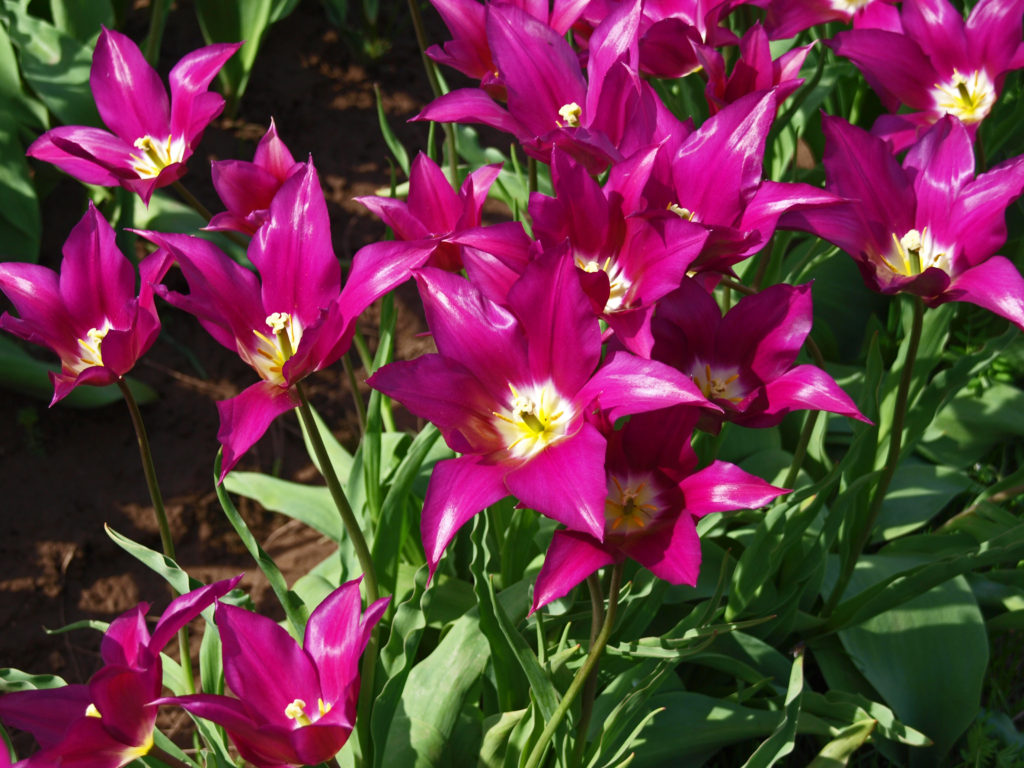
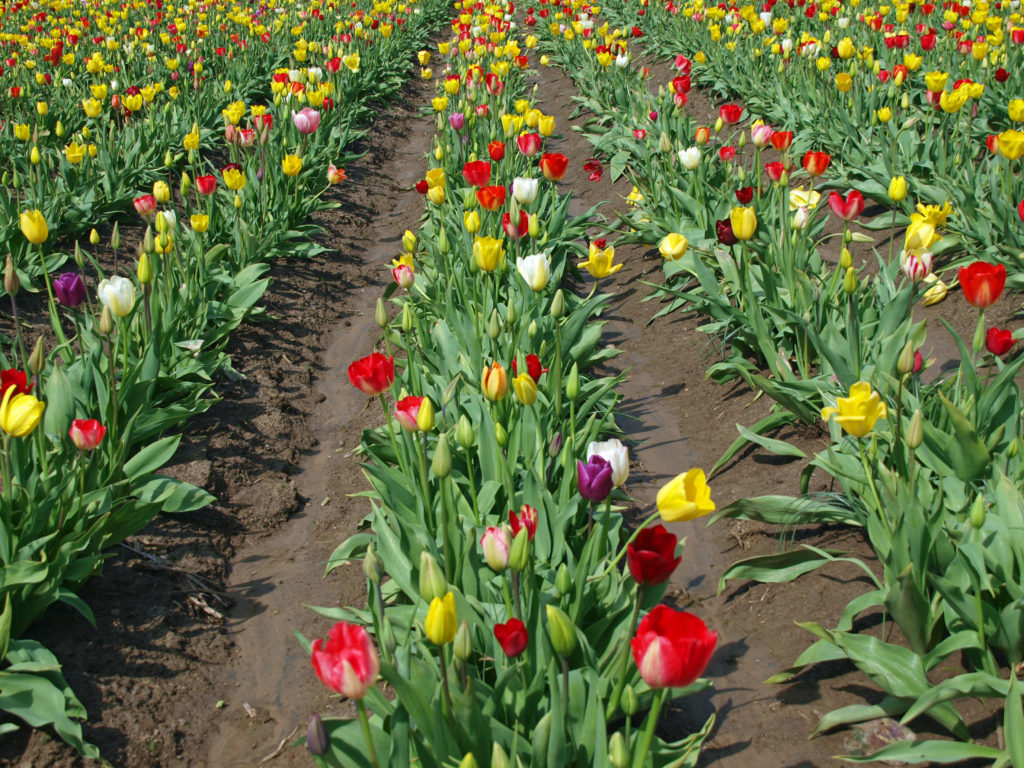
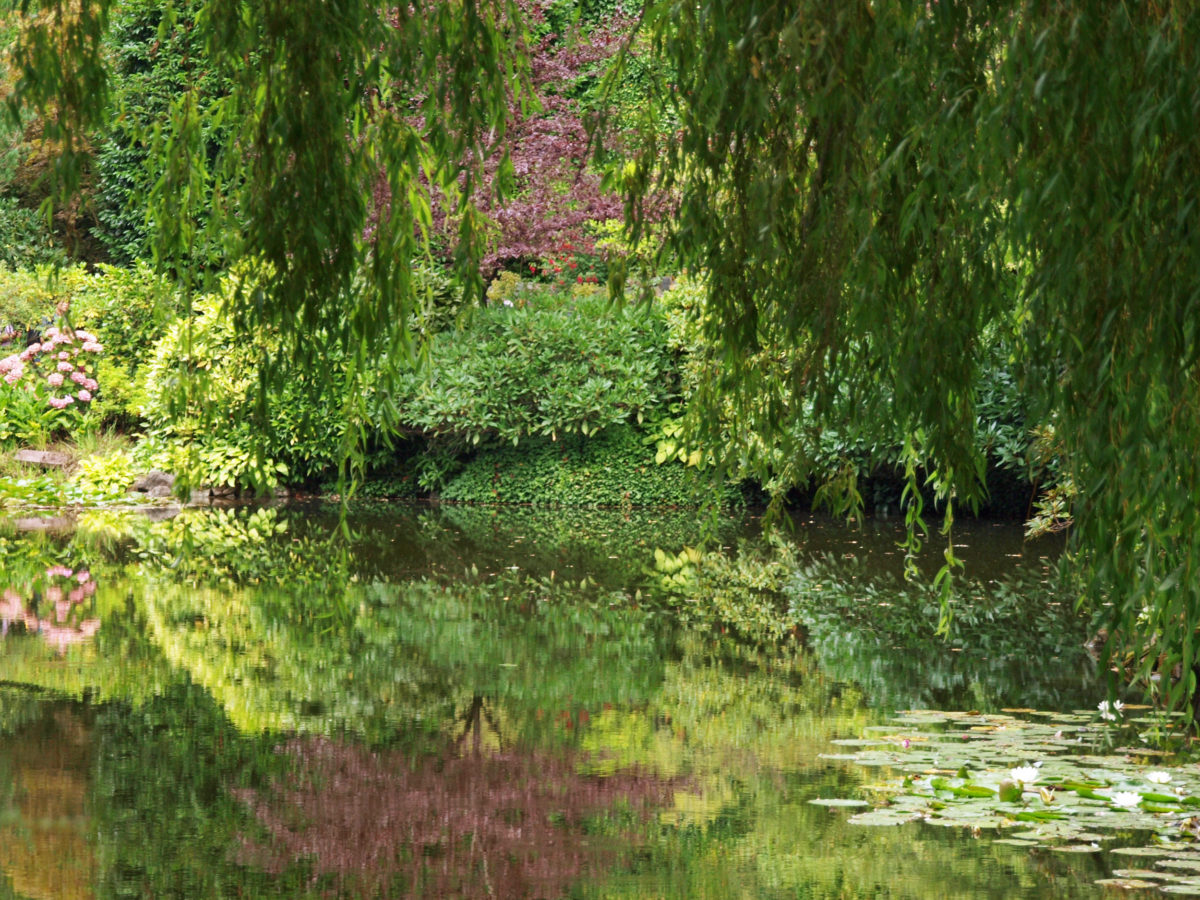
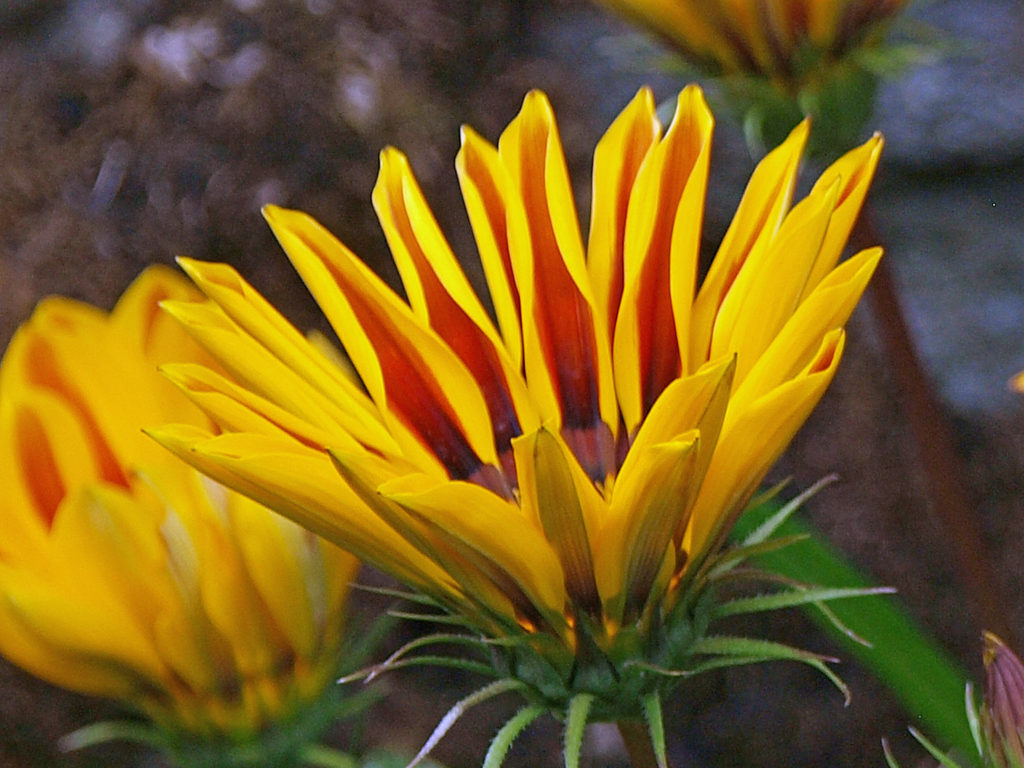
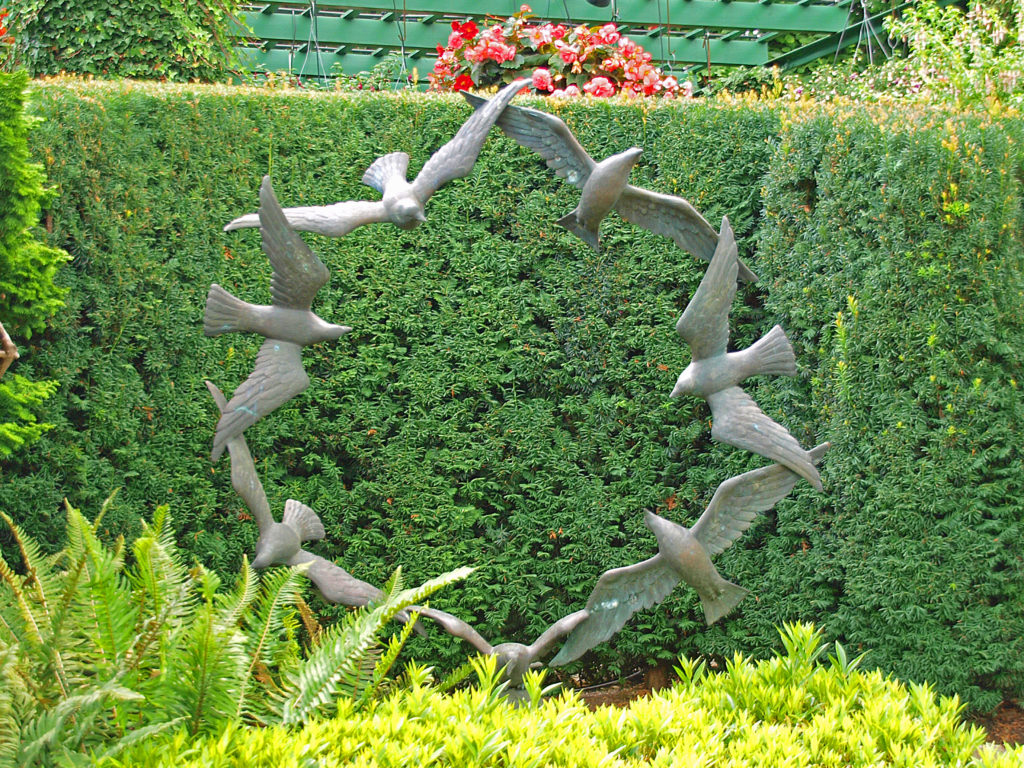 Jeanette (Jenny) Butchart created the gardens in the early 20th century. Her husband, Robert, owned a cement manufacturing business. He was drawn to Vancouver Island because of its abundant limestone deposits, a key ingredient in Portland cement. Near the turn of the 20th century he purchased the site of what is now Butchart Gardens and began mining limestone and manufacturing cement. In 1904 the Butcharts built their estate on land adjacent to the quarry. Shortly thereafter, Jenny Butchart hired Isaburo Kishida to design and build the Japanese Garden at the estate.
Jeanette (Jenny) Butchart created the gardens in the early 20th century. Her husband, Robert, owned a cement manufacturing business. He was drawn to Vancouver Island because of its abundant limestone deposits, a key ingredient in Portland cement. Near the turn of the 20th century he purchased the site of what is now Butchart Gardens and began mining limestone and manufacturing cement. In 1904 the Butcharts built their estate on land adjacent to the quarry. Shortly thereafter, Jenny Butchart hired Isaburo Kishida to design and build the Japanese Garden at the estate.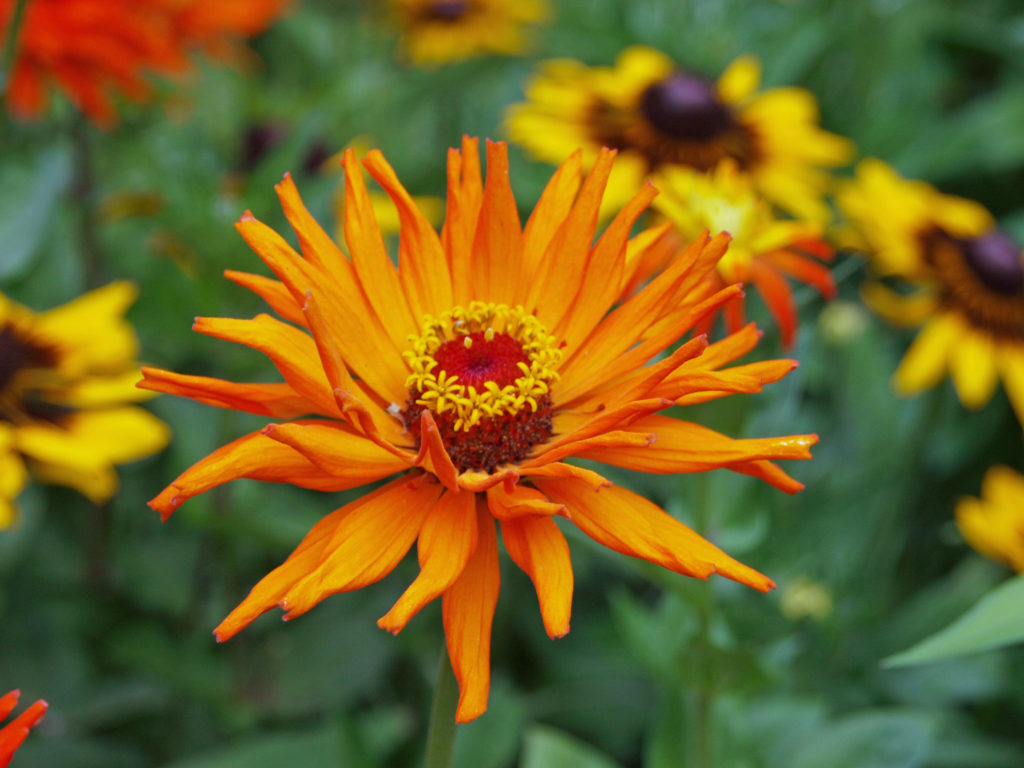
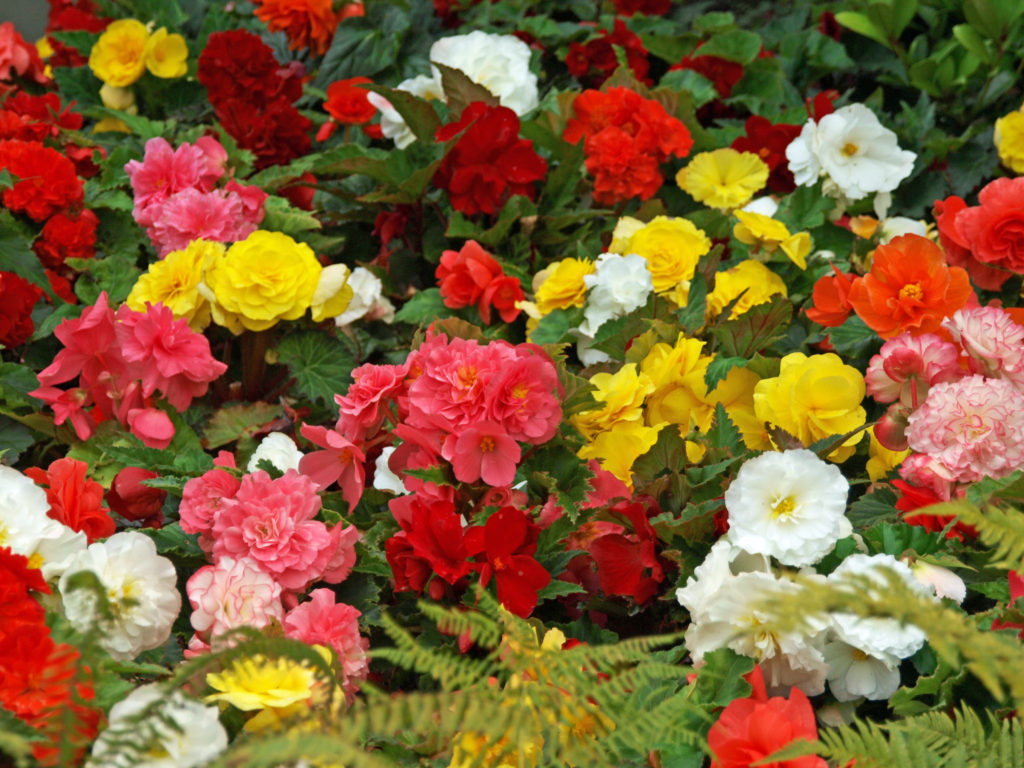
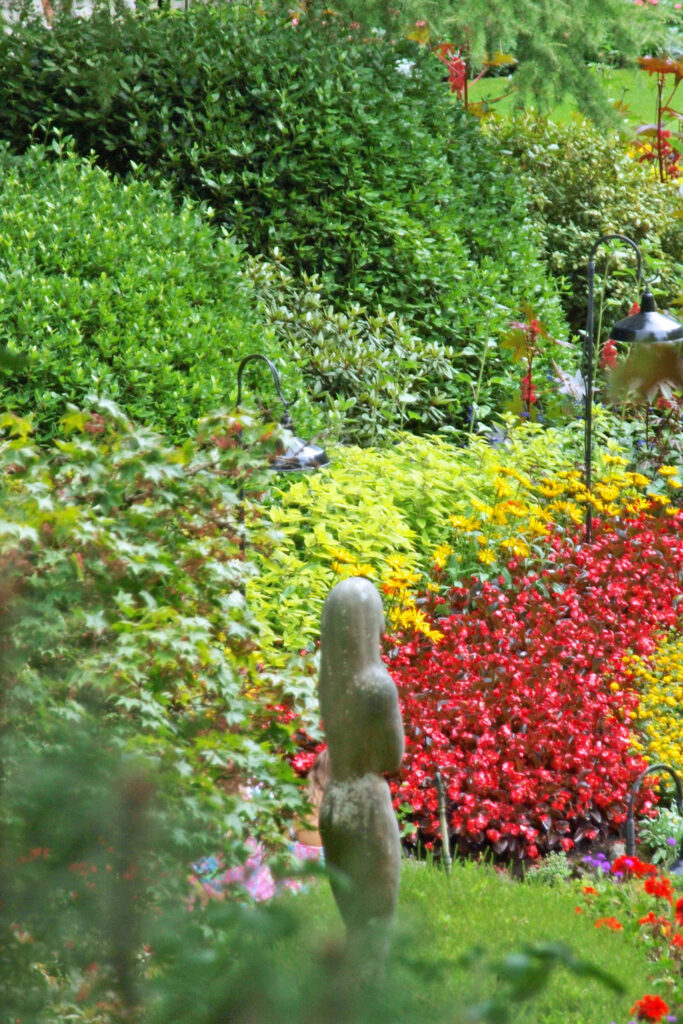
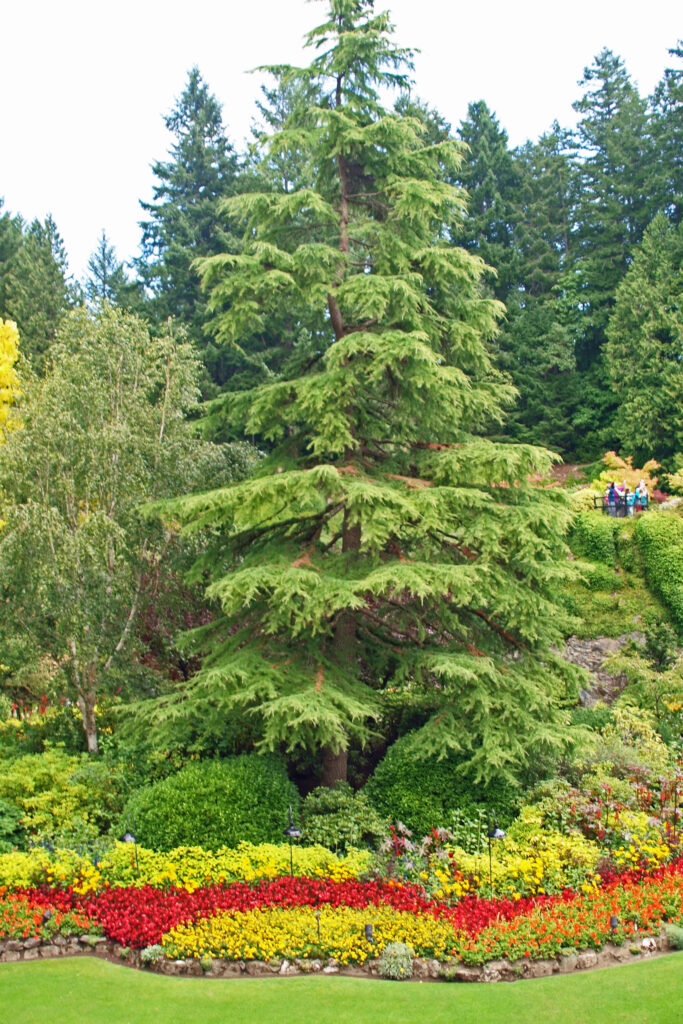
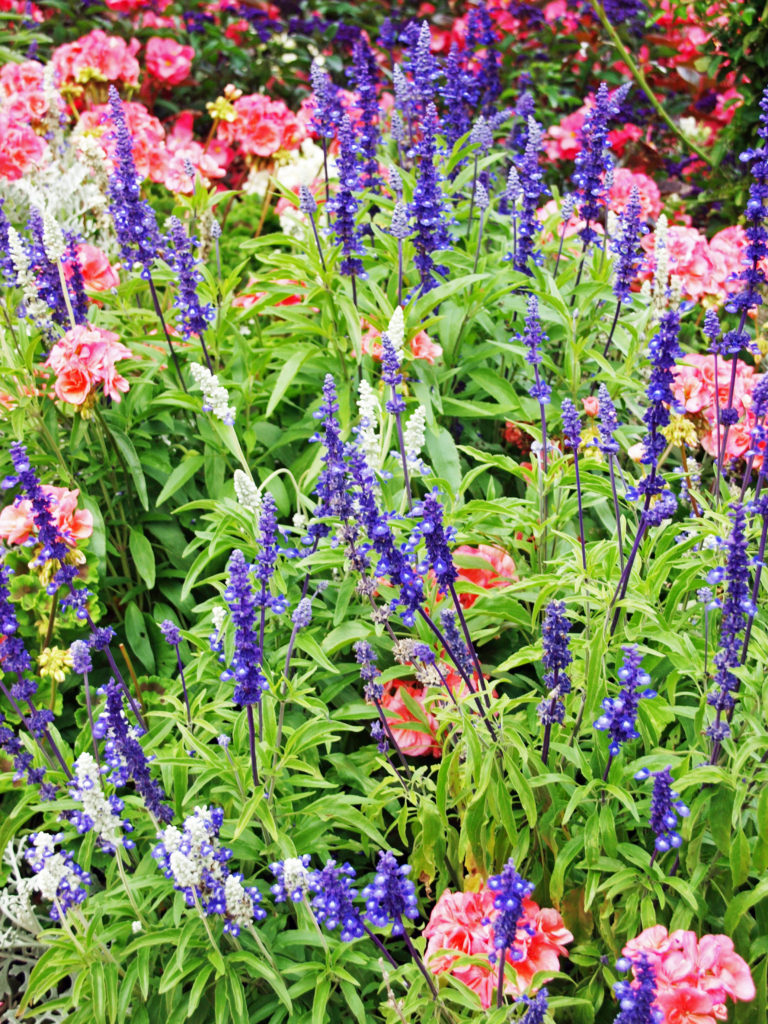
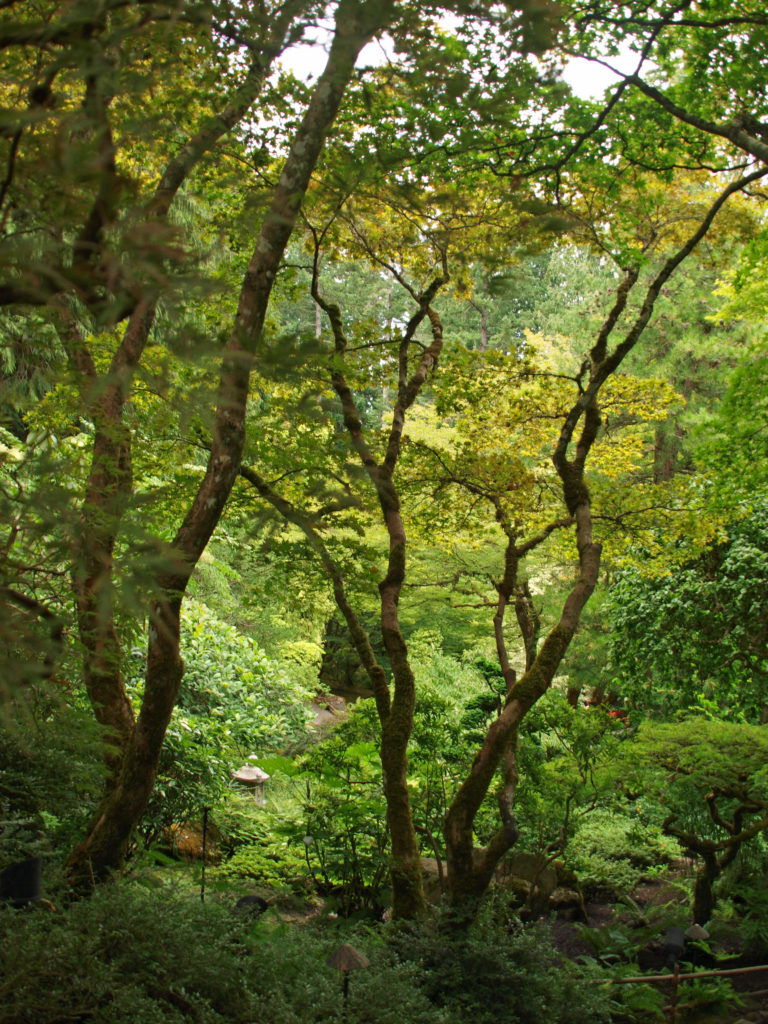 Numerous improvements and additions to the Gardens have been made over the years. In 1953 Ian Ross added lighting to illuminate the Gardens at night, and in 1964 the Ross Fountain was installed in the lower reservoir in the Sunken Garden. The two large totem poles next to the Fireworks Lawn were erected in 2004. In 2009 Robin-Lee Clarke added the Children’s Pavillion and the Rose Carousel.
Numerous improvements and additions to the Gardens have been made over the years. In 1953 Ian Ross added lighting to illuminate the Gardens at night, and in 1964 the Ross Fountain was installed in the lower reservoir in the Sunken Garden. The two large totem poles next to the Fireworks Lawn were erected in 2004. In 2009 Robin-Lee Clarke added the Children’s Pavillion and the Rose Carousel.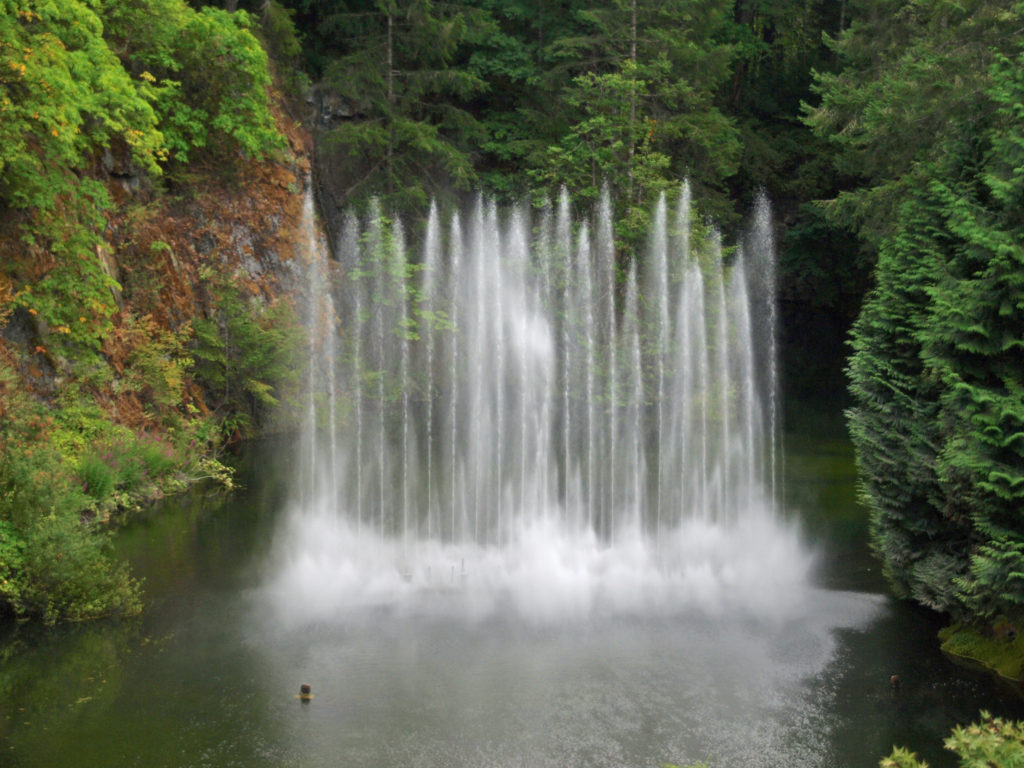
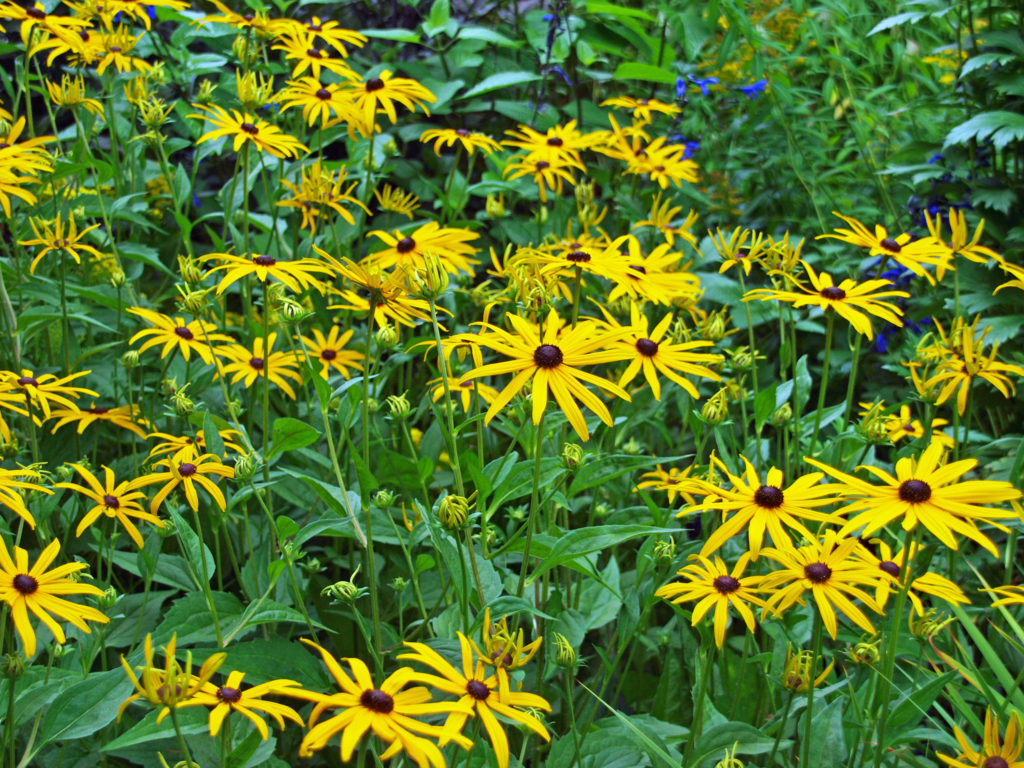
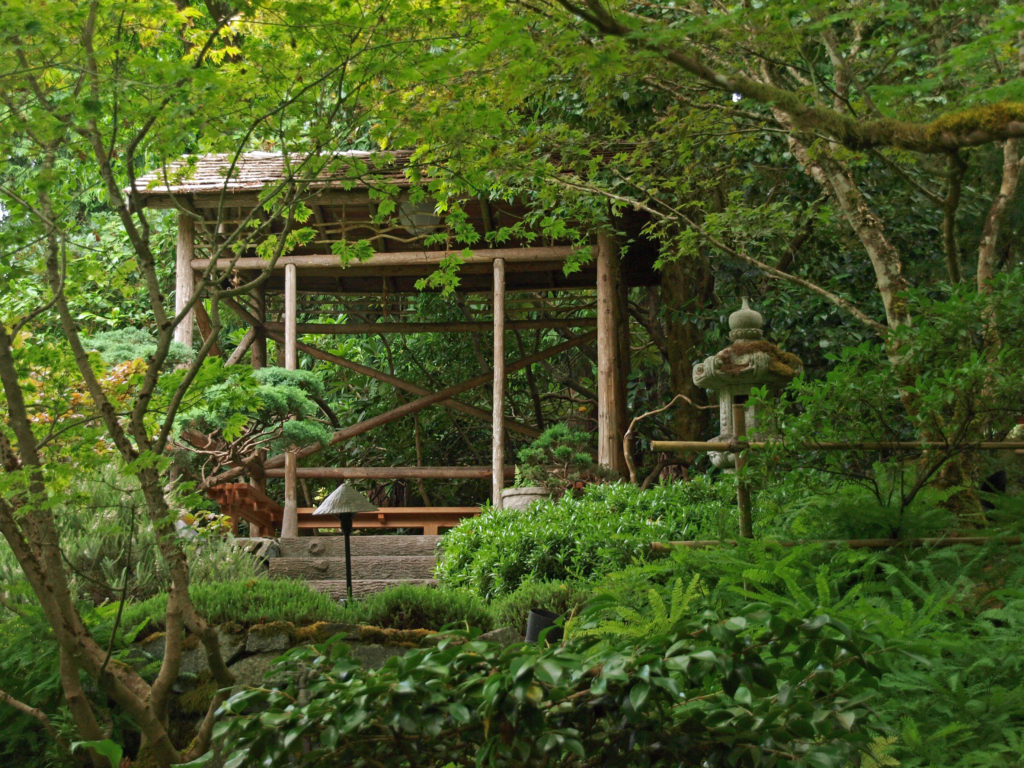
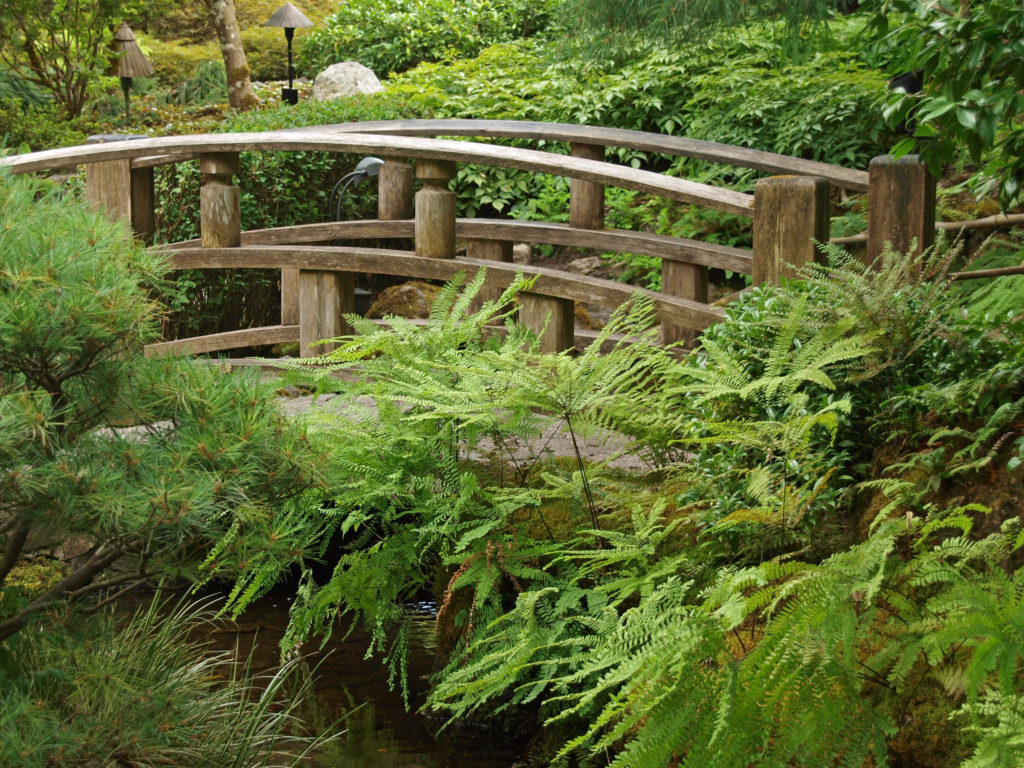
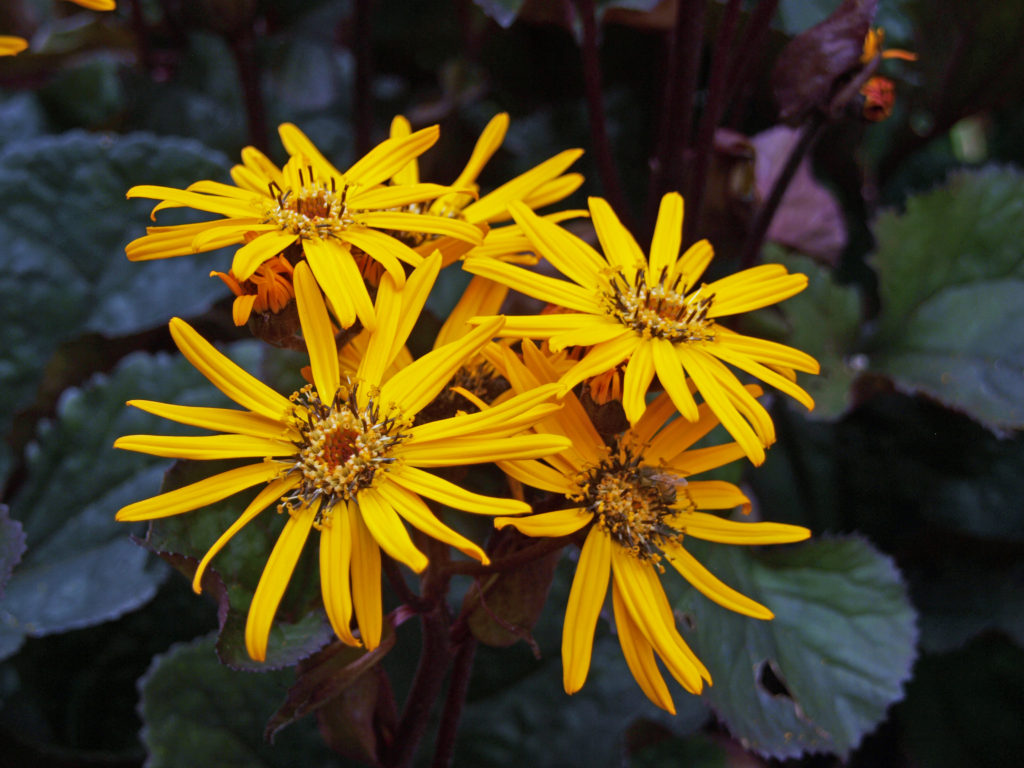
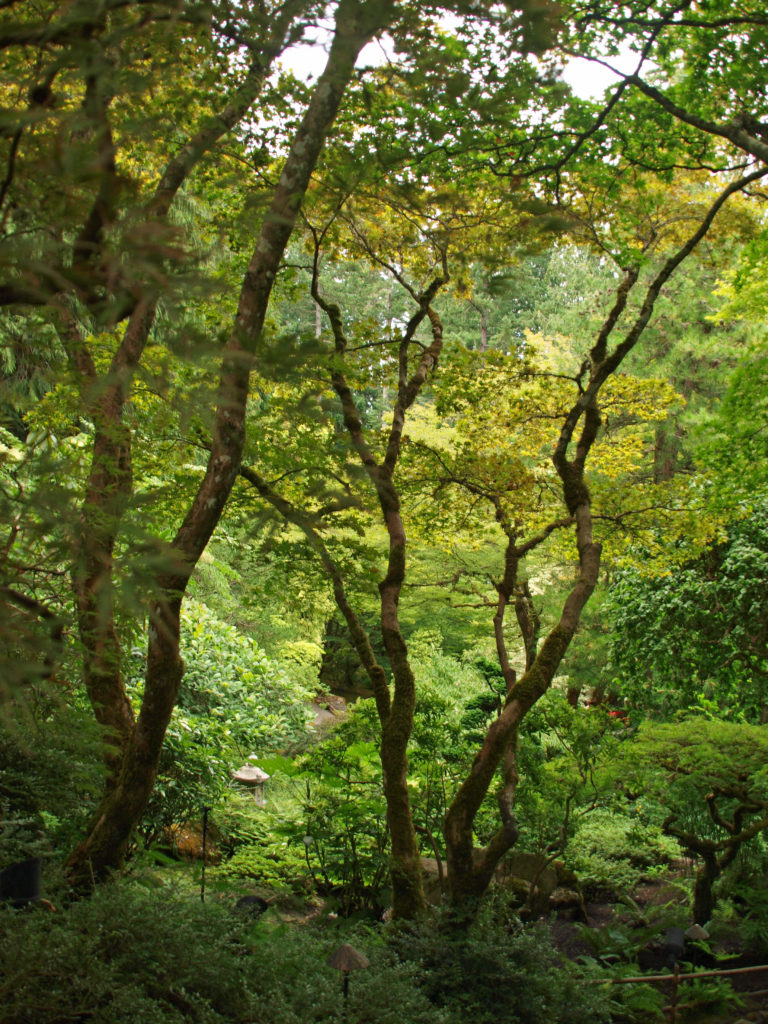
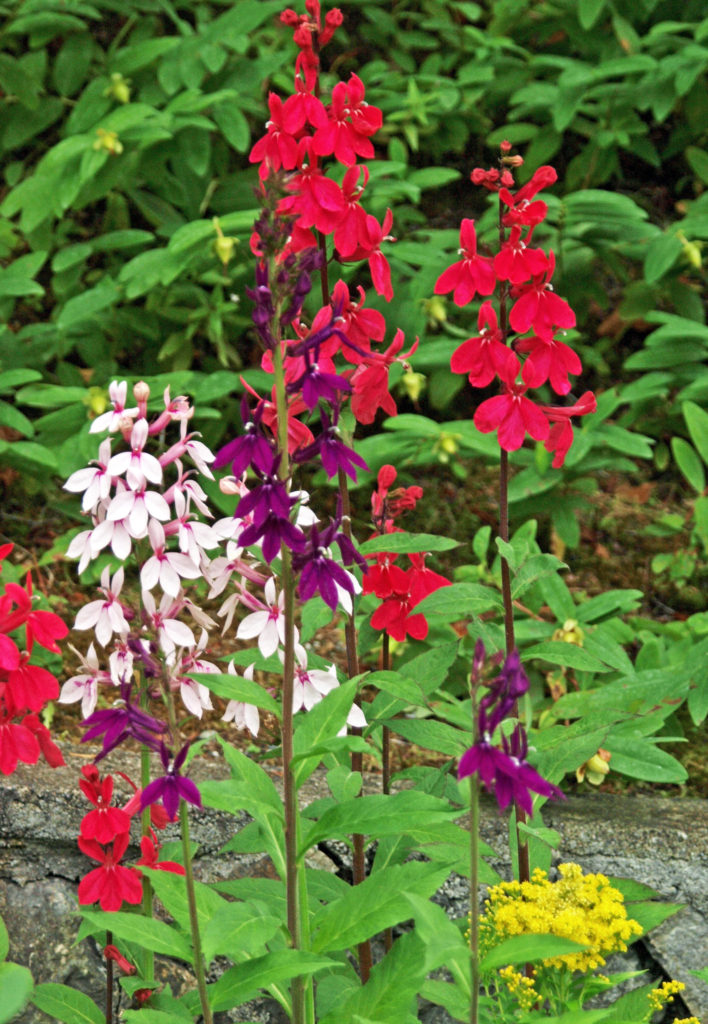 There have been a few reviews that have called the Gardens overpriced and under-whelming, but that’s definitely a minority opinion. And I’m siding with the majority here. Butchart Gardens may not be my favorite garden, but in my opinion the Gardens reputation and World Heritage Site designation are well deserved. And the Gardens are so beautiful that the cost of admission and the crowds shouldn’t dissuade anyone from visiting. If you have never been to Butchart Gardens, they should be on your bucket list, if they aren’t already. And now is as good a time as any to start planning a trip to
There have been a few reviews that have called the Gardens overpriced and under-whelming, but that’s definitely a minority opinion. And I’m siding with the majority here. Butchart Gardens may not be my favorite garden, but in my opinion the Gardens reputation and World Heritage Site designation are well deserved. And the Gardens are so beautiful that the cost of admission and the crowds shouldn’t dissuade anyone from visiting. If you have never been to Butchart Gardens, they should be on your bucket list, if they aren’t already. And now is as good a time as any to start planning a trip to 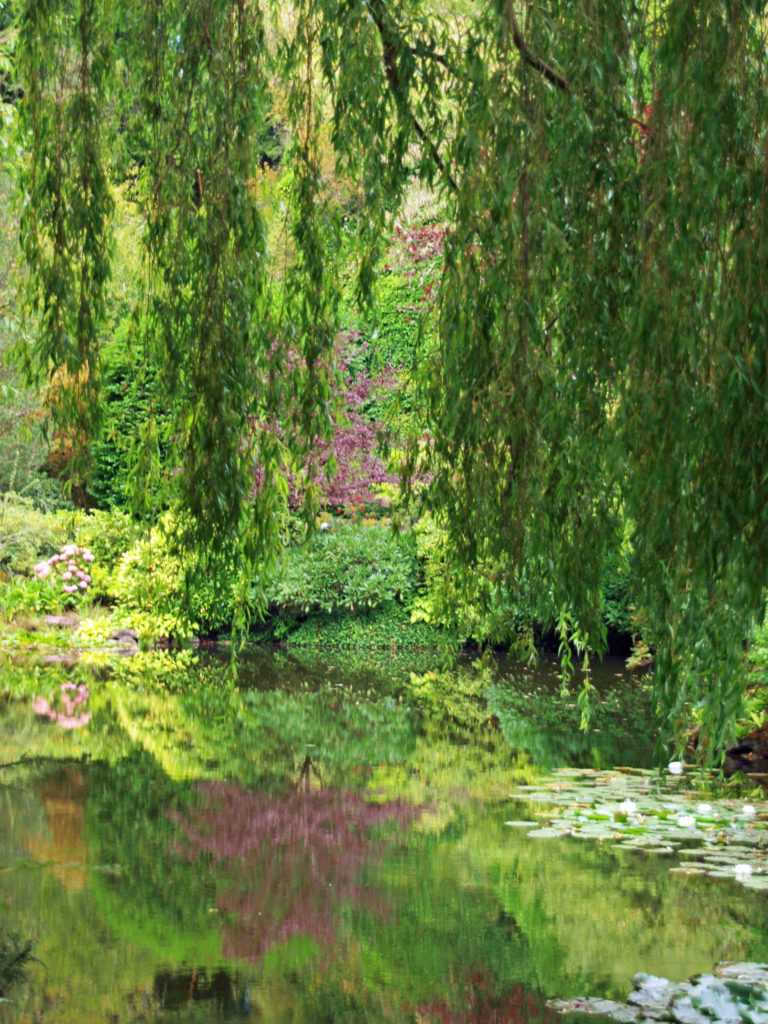
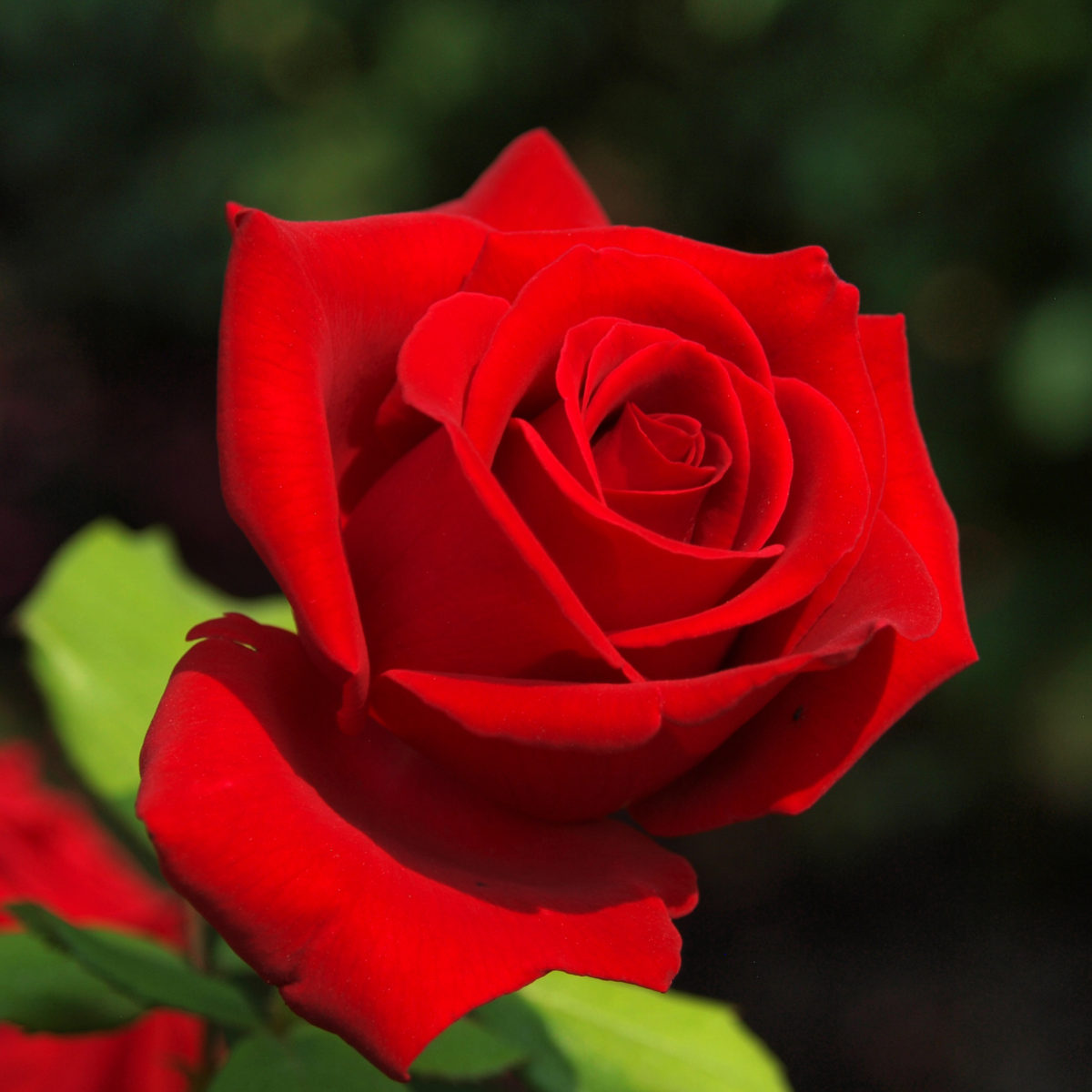
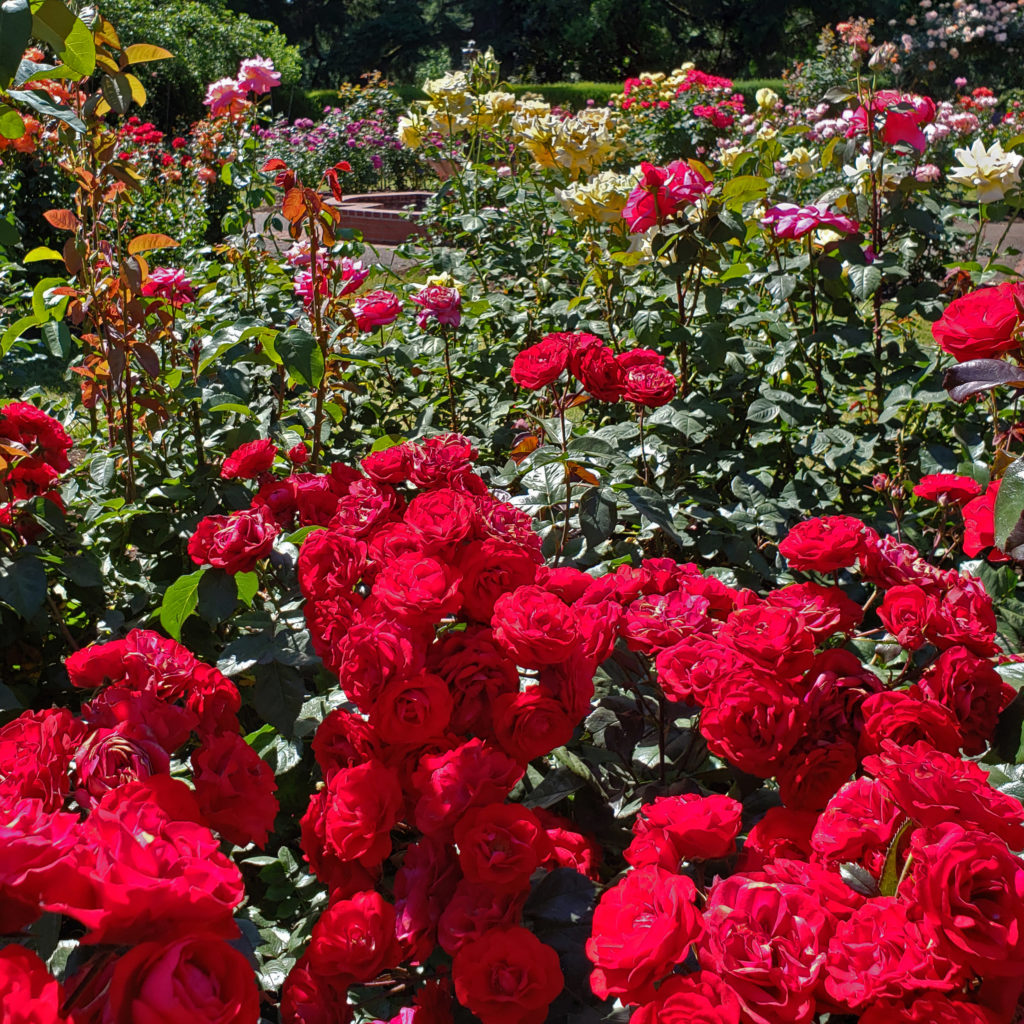 Portland, Oregon is known as the Rose City, and has long had a love affair with roses. The Portland Rose Society has been in existence for more than 130 years. Portland’s premier festival is the annual Rose Festival, held in June every year since 1907. And one of the city’s best, if not the best, botanical gardens is the International Rose Test Garden.
Portland, Oregon is known as the Rose City, and has long had a love affair with roses. The Portland Rose Society has been in existence for more than 130 years. Portland’s premier festival is the annual Rose Festival, held in June every year since 1907. And one of the city’s best, if not the best, botanical gardens is the International Rose Test Garden.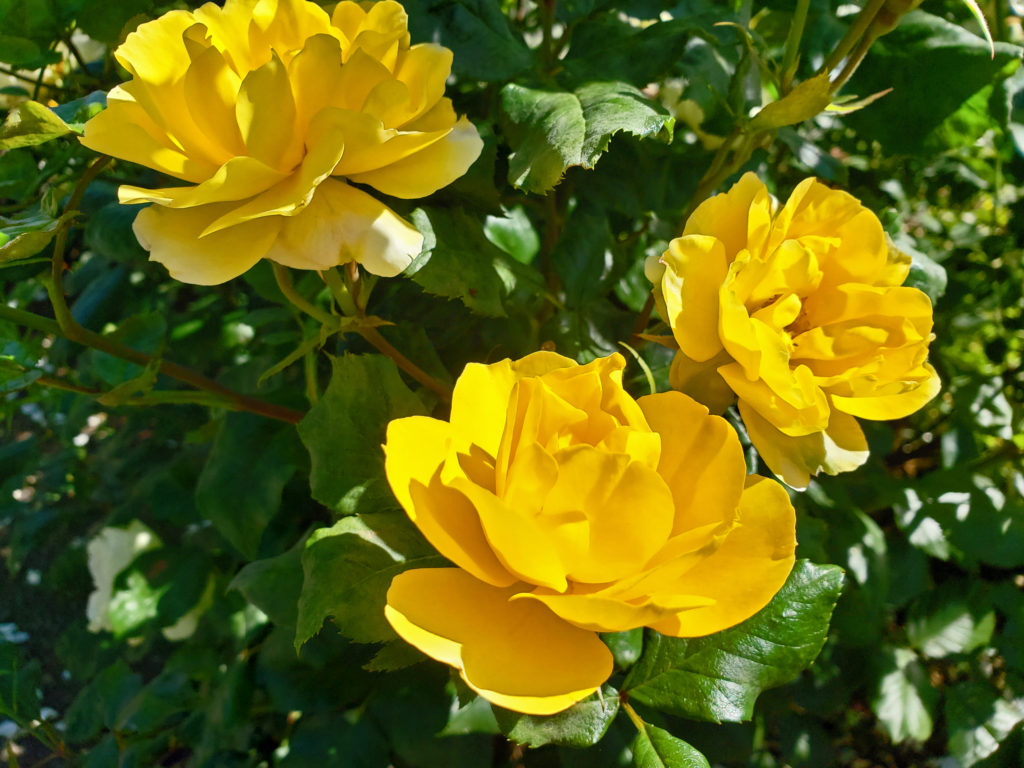 The International Rose Test Garden was conceived in 1915 as a safe haven during World War I for hybrid roses grown in Europe, and rose hybridists in England began sending roses to Portland in 1918. Over the years, other hybridists have sent roses to Portland from all over the world.
The International Rose Test Garden was conceived in 1915 as a safe haven during World War I for hybrid roses grown in Europe, and rose hybridists in England began sending roses to Portland in 1918. Over the years, other hybridists have sent roses to Portland from all over the world.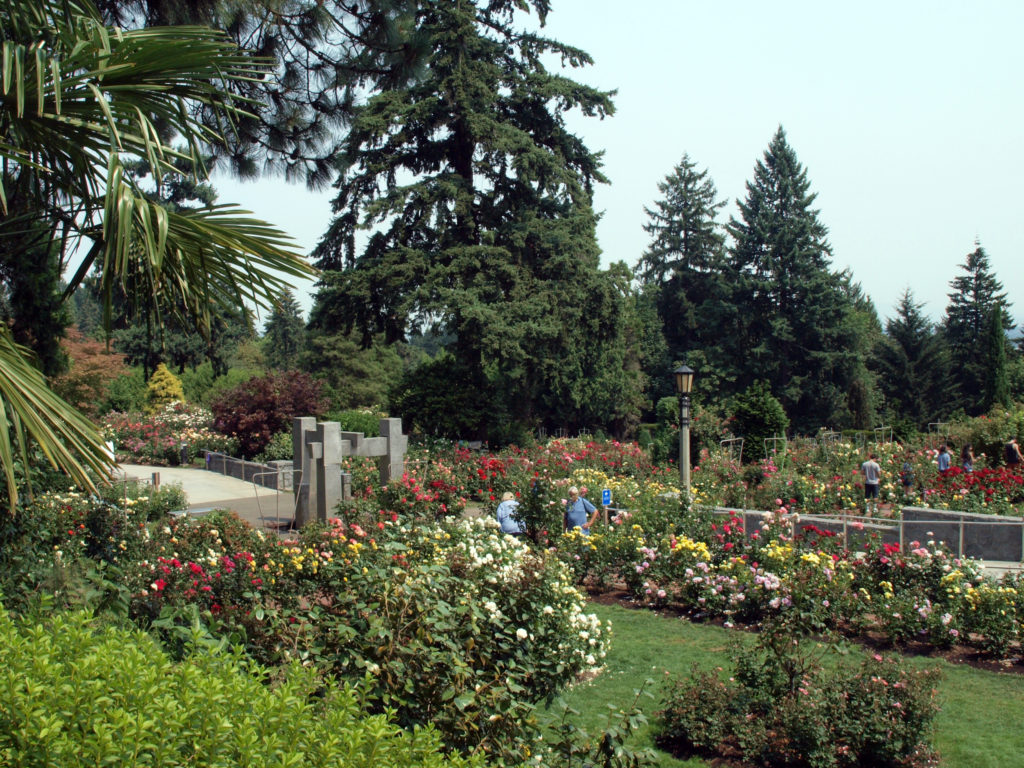 The primary purpose of the Garden is to serve as a testing ground for new rose varieties. The Garden is home to a variety of formal rose evaluation programs in designated test beds. Rose companies send potential variety introductions for evaluation. How each variety performs determines if it makes it onto the
The primary purpose of the Garden is to serve as a testing ground for new rose varieties. The Garden is home to a variety of formal rose evaluation programs in designated test beds. Rose companies send potential variety introductions for evaluation. How each variety performs determines if it makes it onto the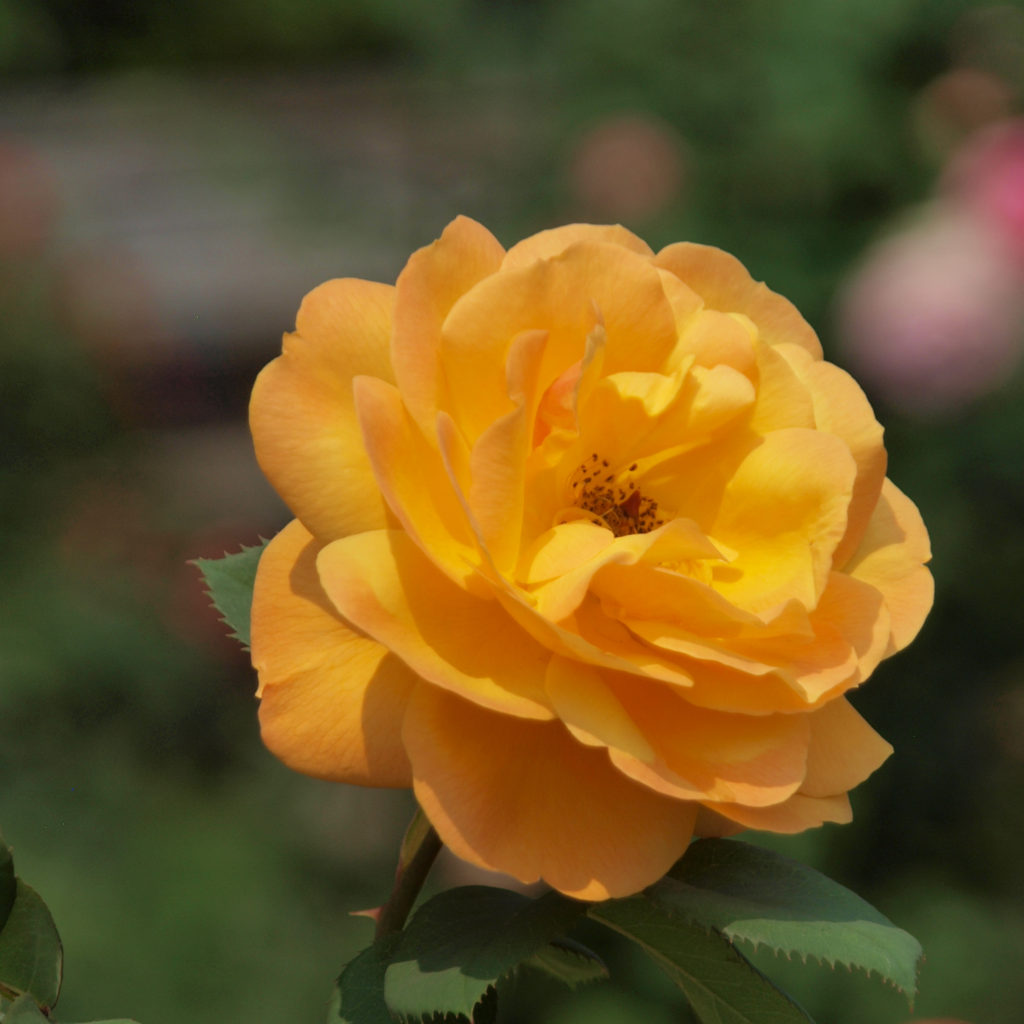 Today, the
Today, the 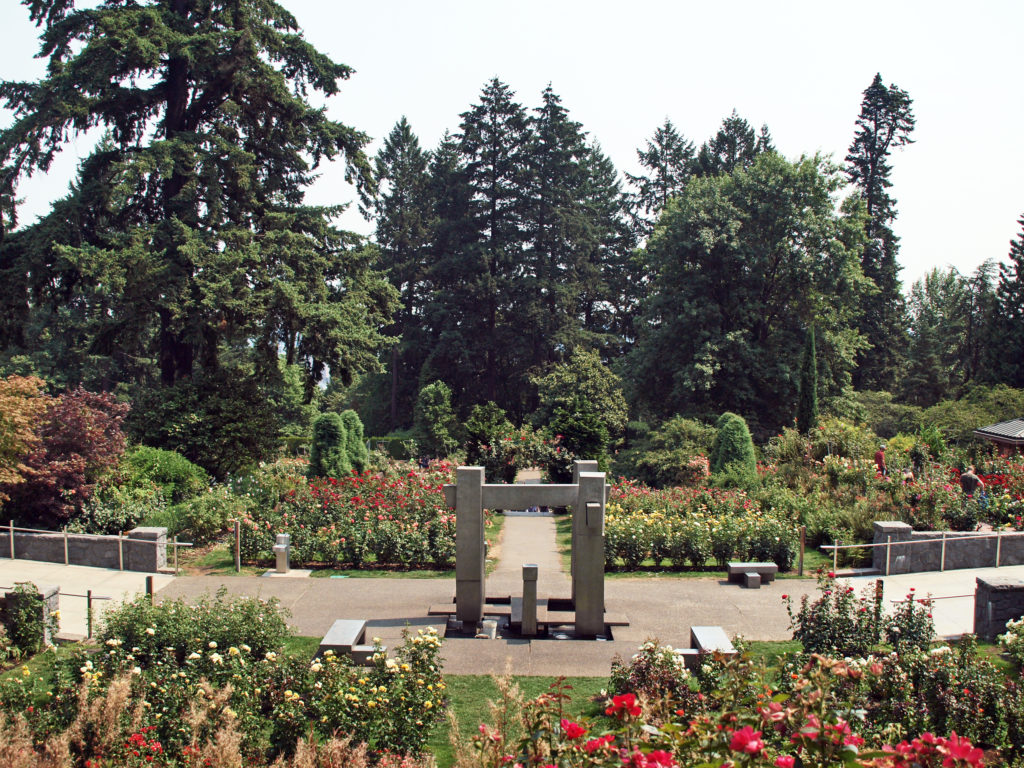 The Rose Garden is located in Washington Park, west of Portland’s downtown. Admission is free. To get there from downtown, take Burnside Street west, turn left onto Tichner Drive, then right onto Kingston Avenue. The Rose Garden will be on your left, behind the public tennis courts. Parking is limited, though, and will be hard to find on a summer weekend. Come on a weekday, if possible, and come early in the day to have the best chance to find a spot. Or consider parking in the downtown area and taking the Washington Park
The Rose Garden is located in Washington Park, west of Portland’s downtown. Admission is free. To get there from downtown, take Burnside Street west, turn left onto Tichner Drive, then right onto Kingston Avenue. The Rose Garden will be on your left, behind the public tennis courts. Parking is limited, though, and will be hard to find on a summer weekend. Come on a weekday, if possible, and come early in the day to have the best chance to find a spot. Or consider parking in the downtown area and taking the Washington Park 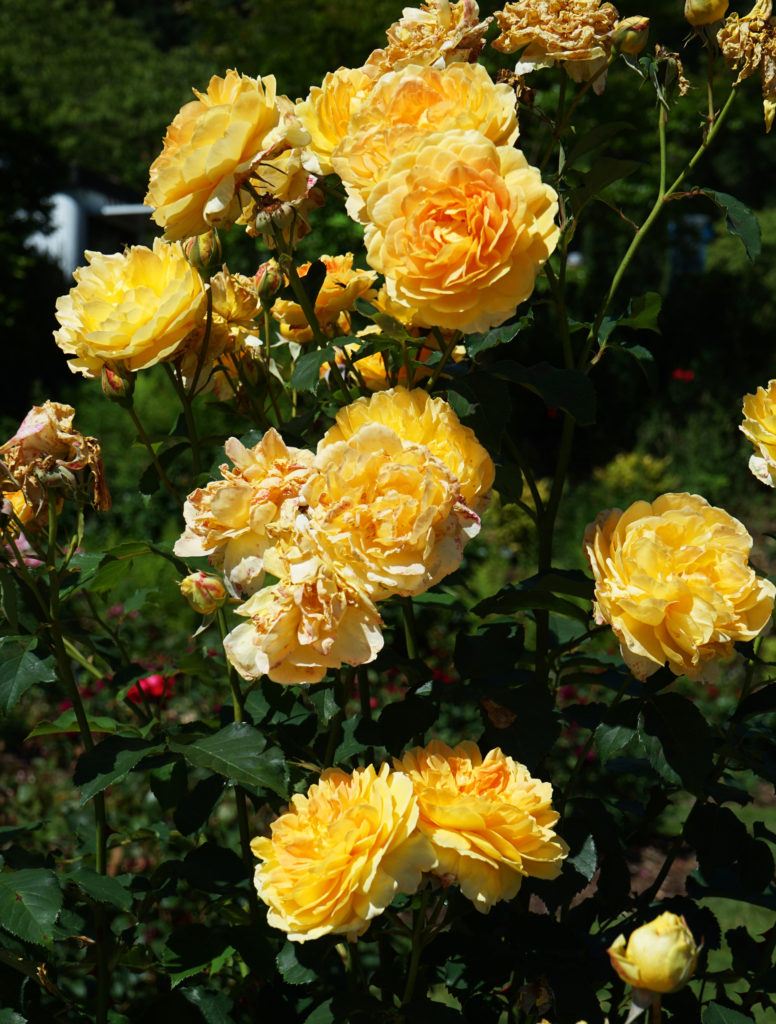
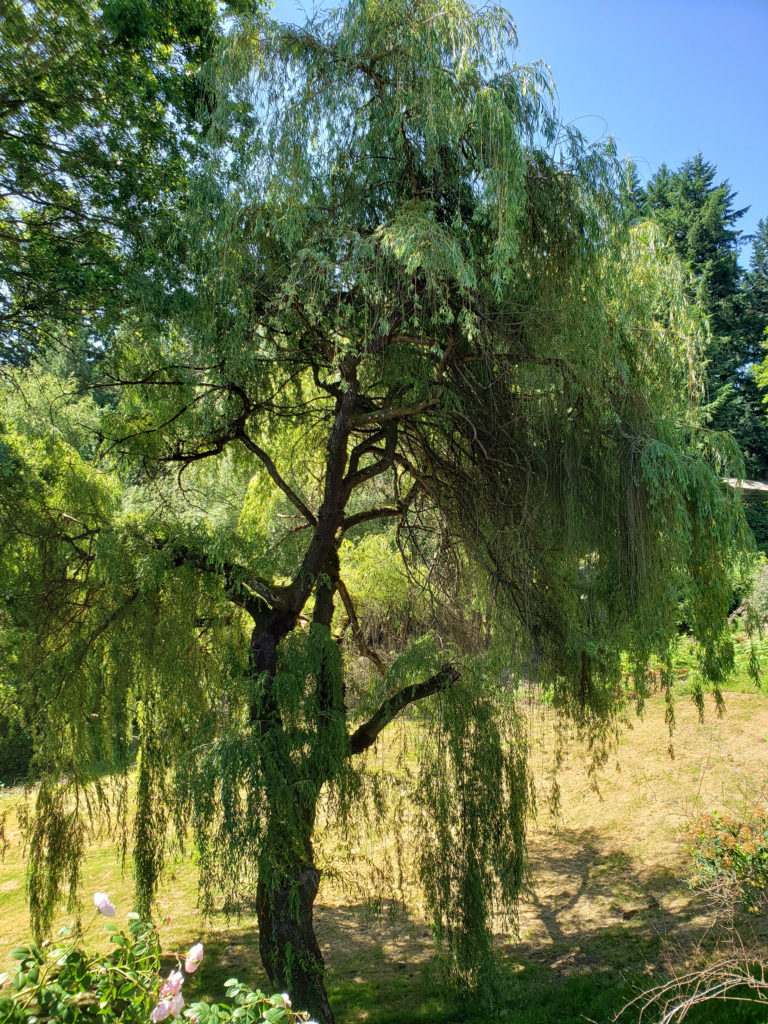 If you want a souvenir of your visit, or information on growing roses, check out the
If you want a souvenir of your visit, or information on growing roses, check out the 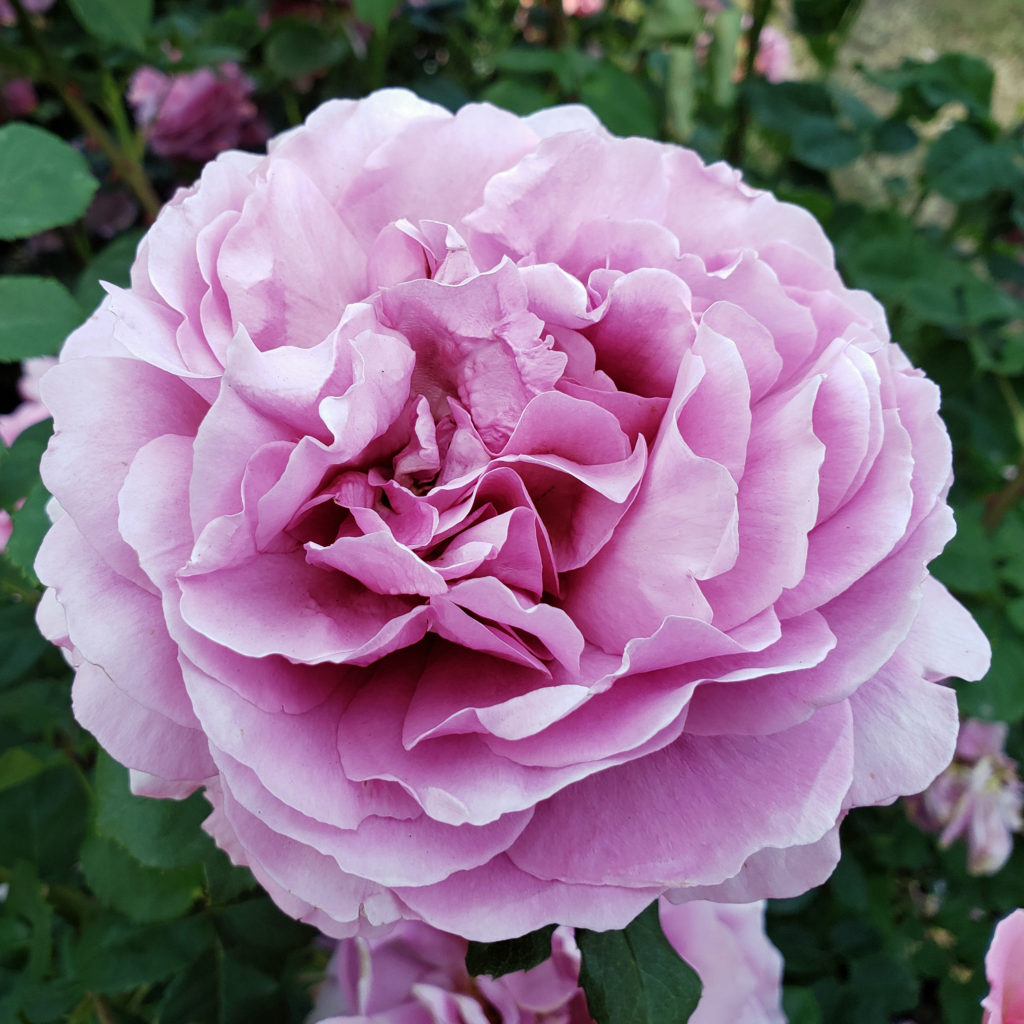
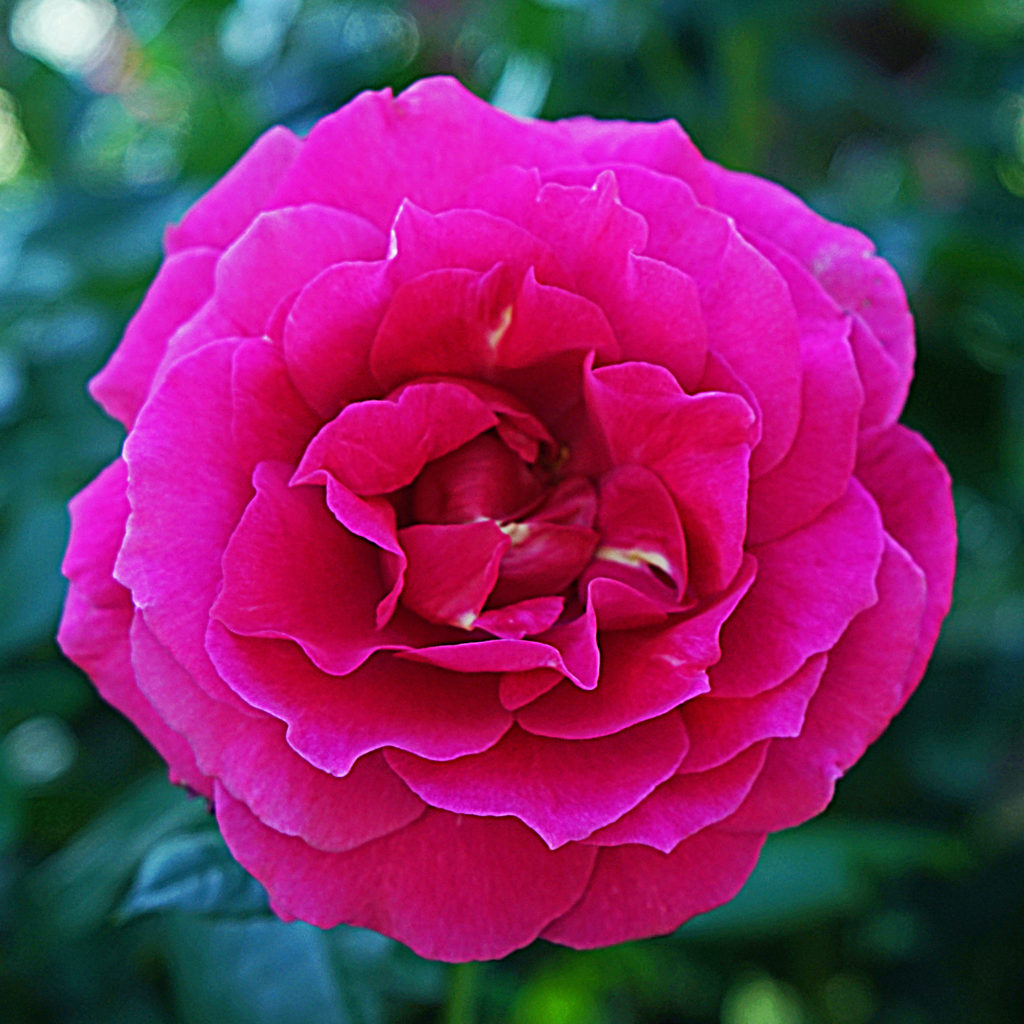
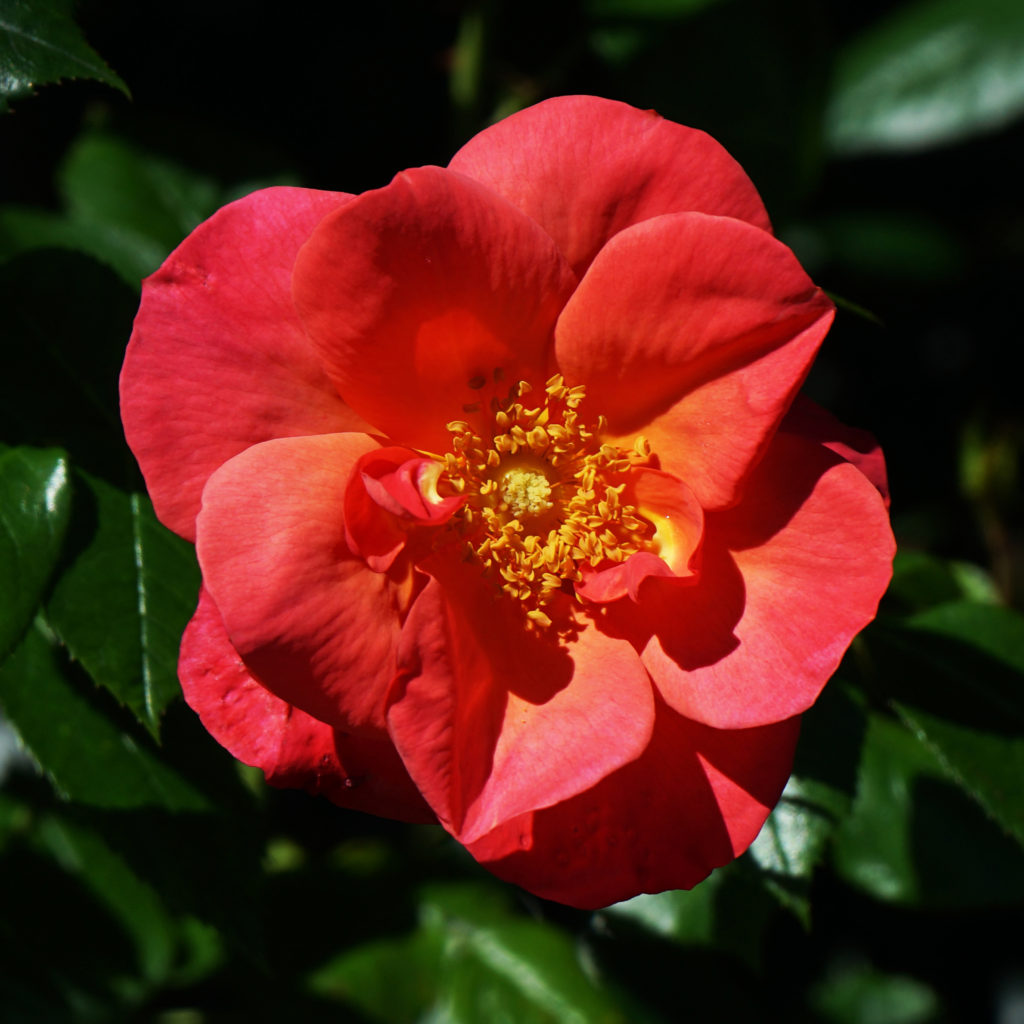
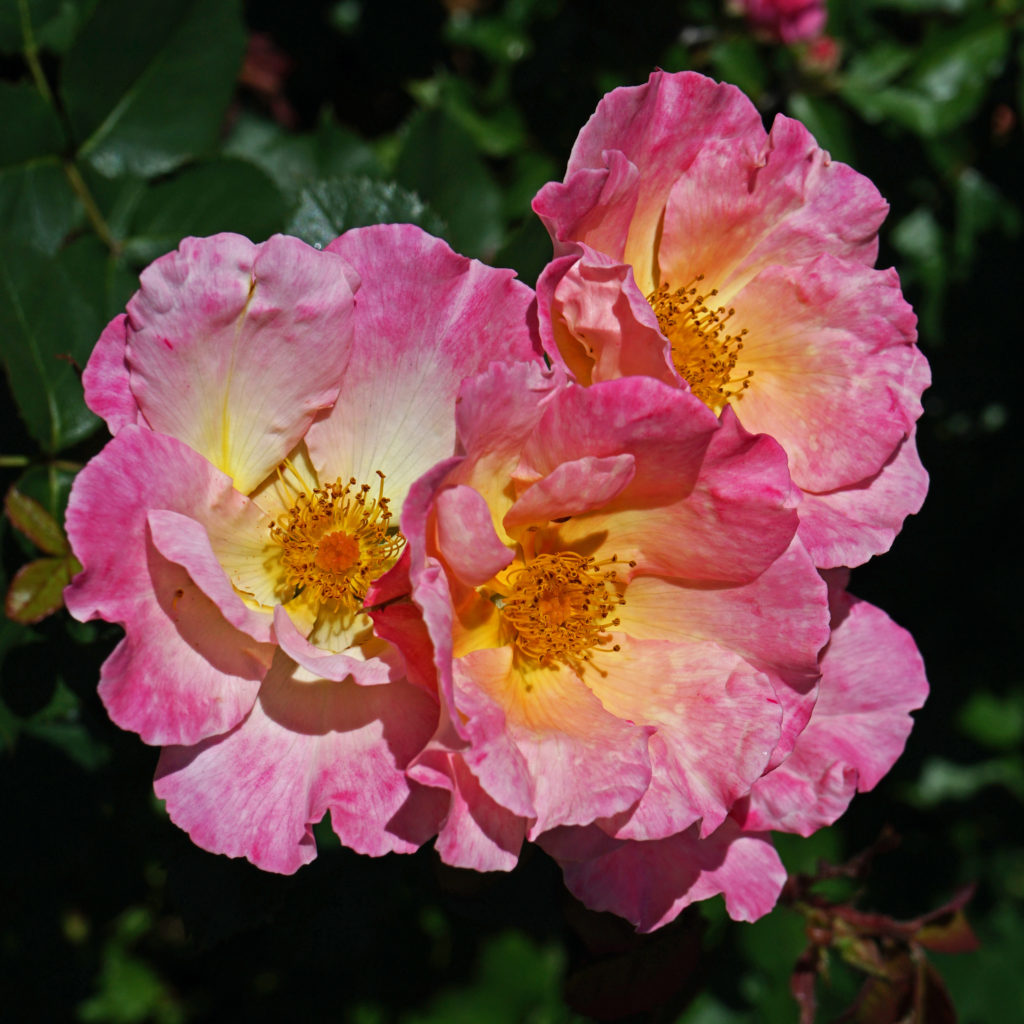
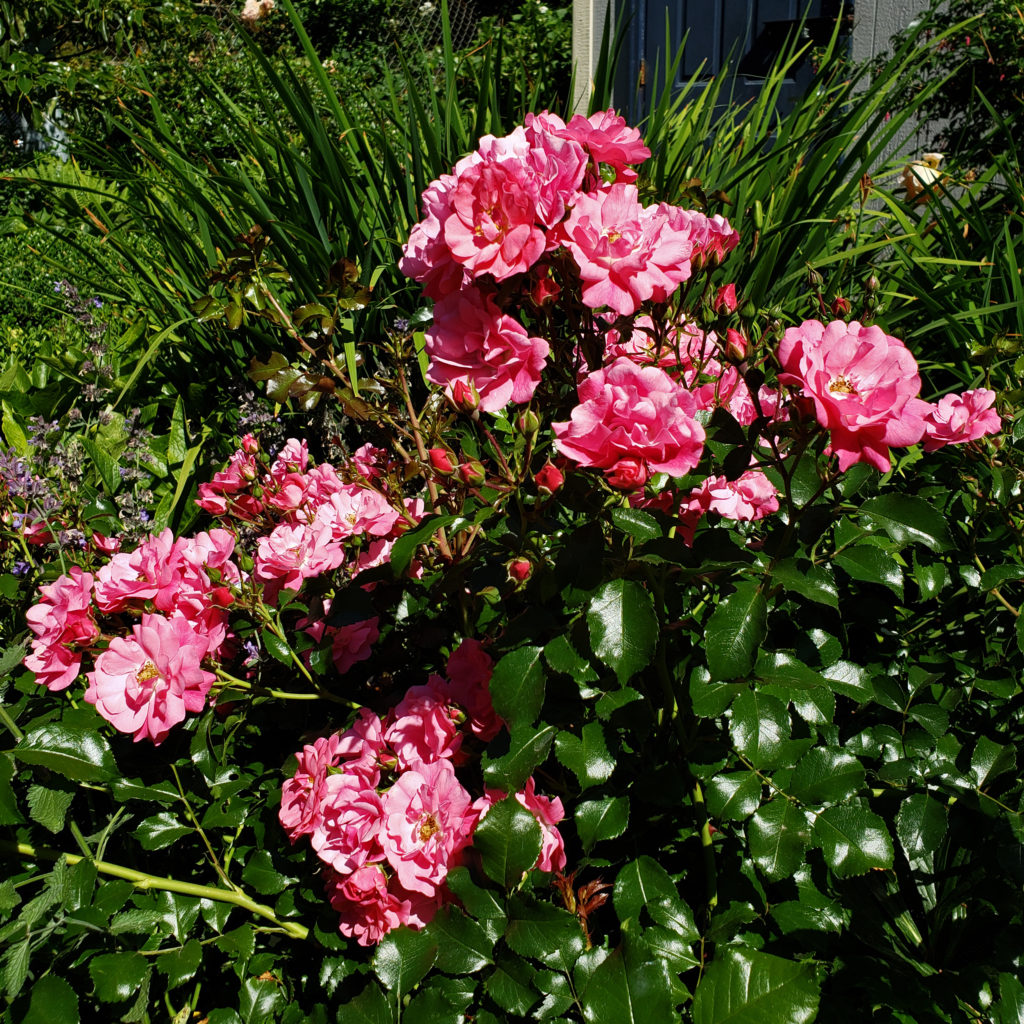
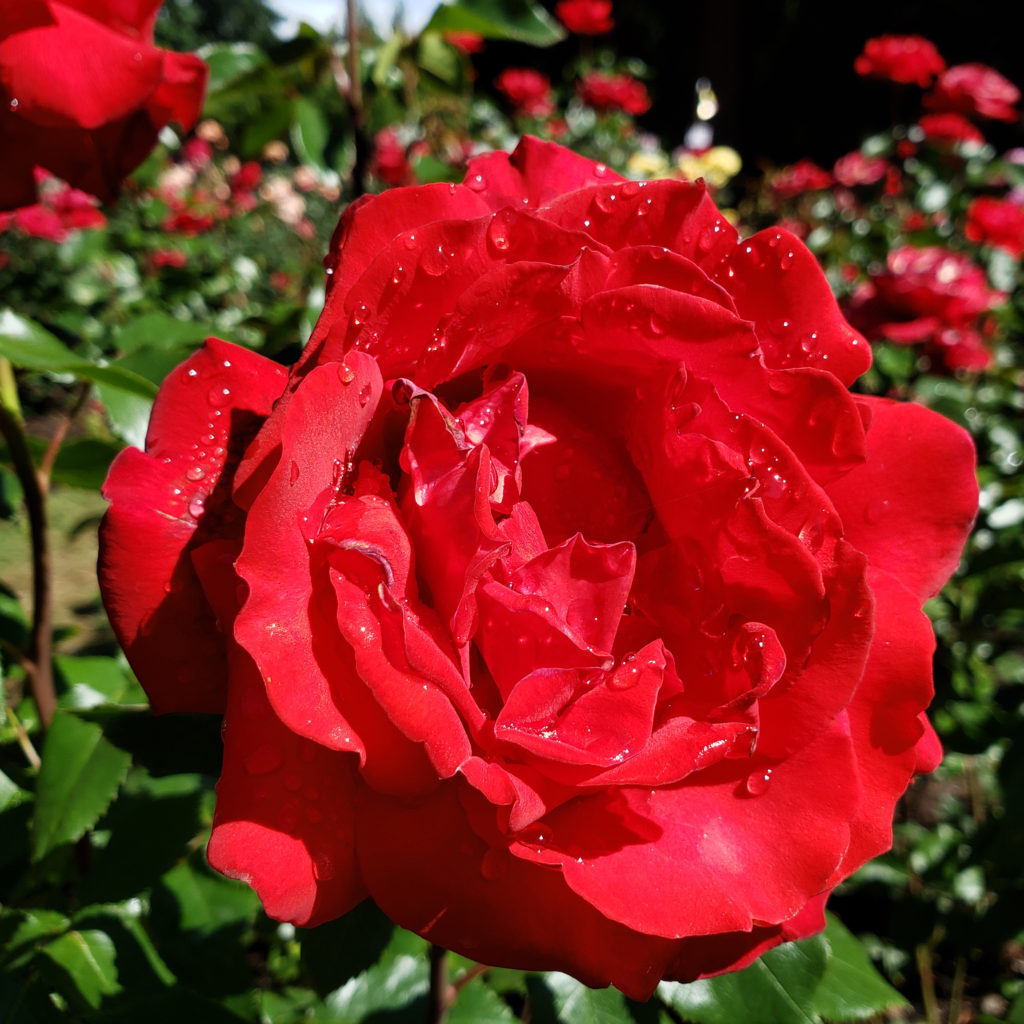 Posted March 16, 2022
Posted March 16, 2022
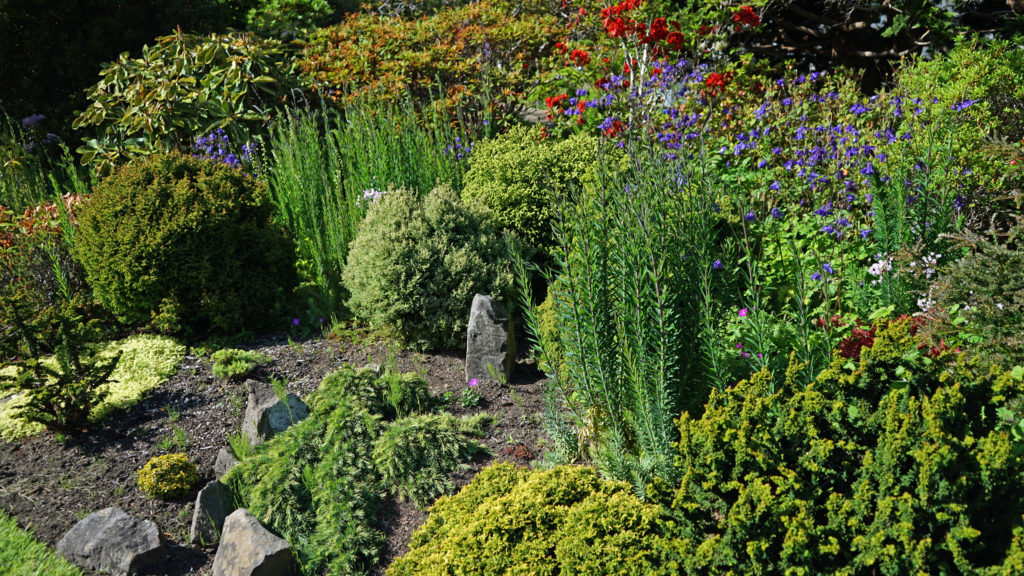
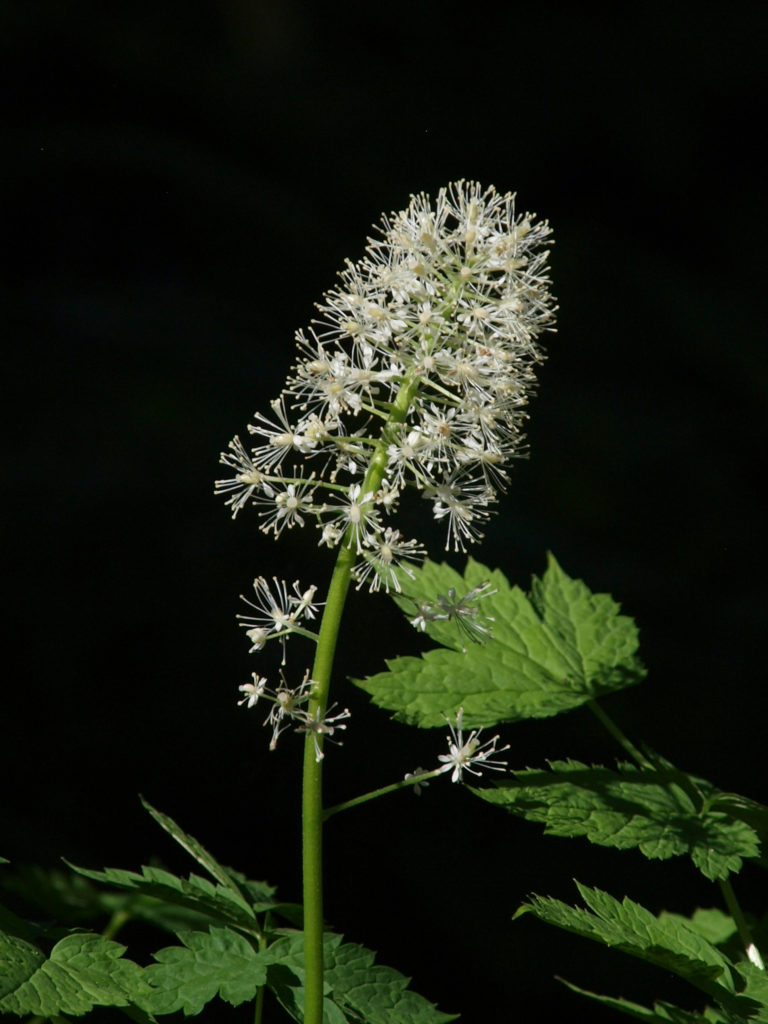
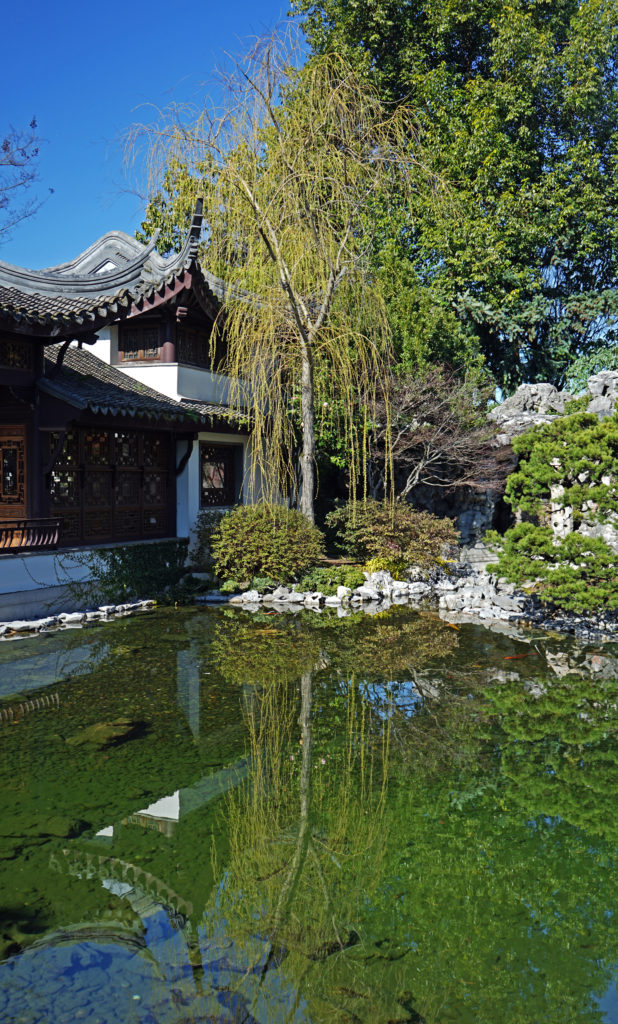
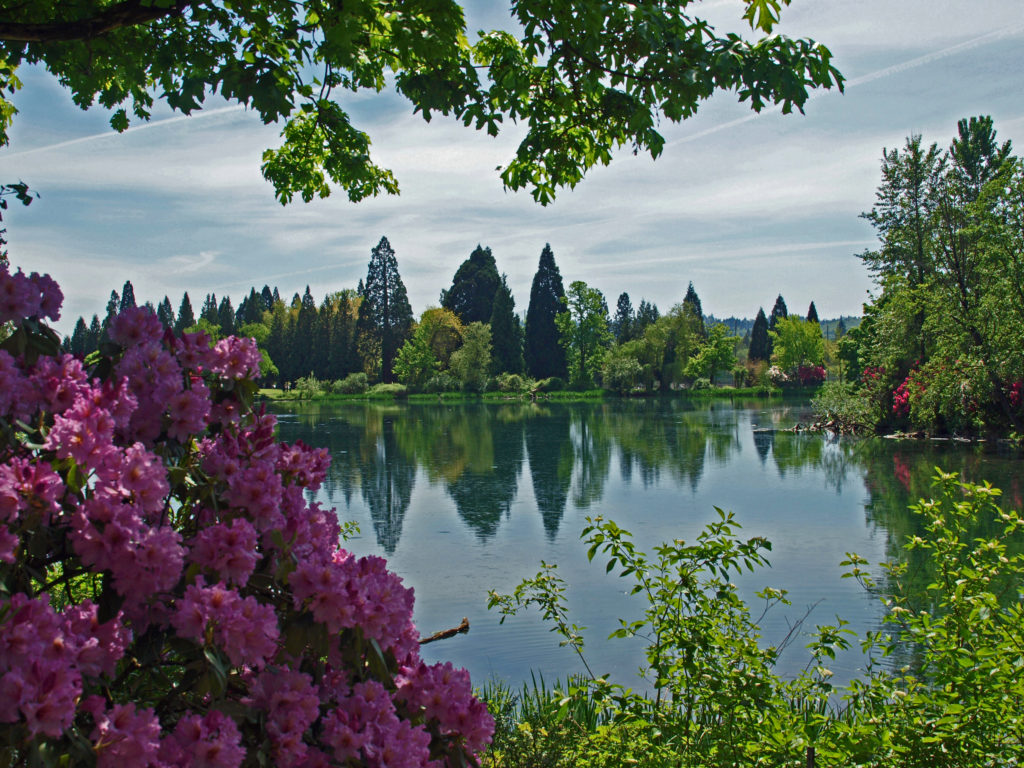
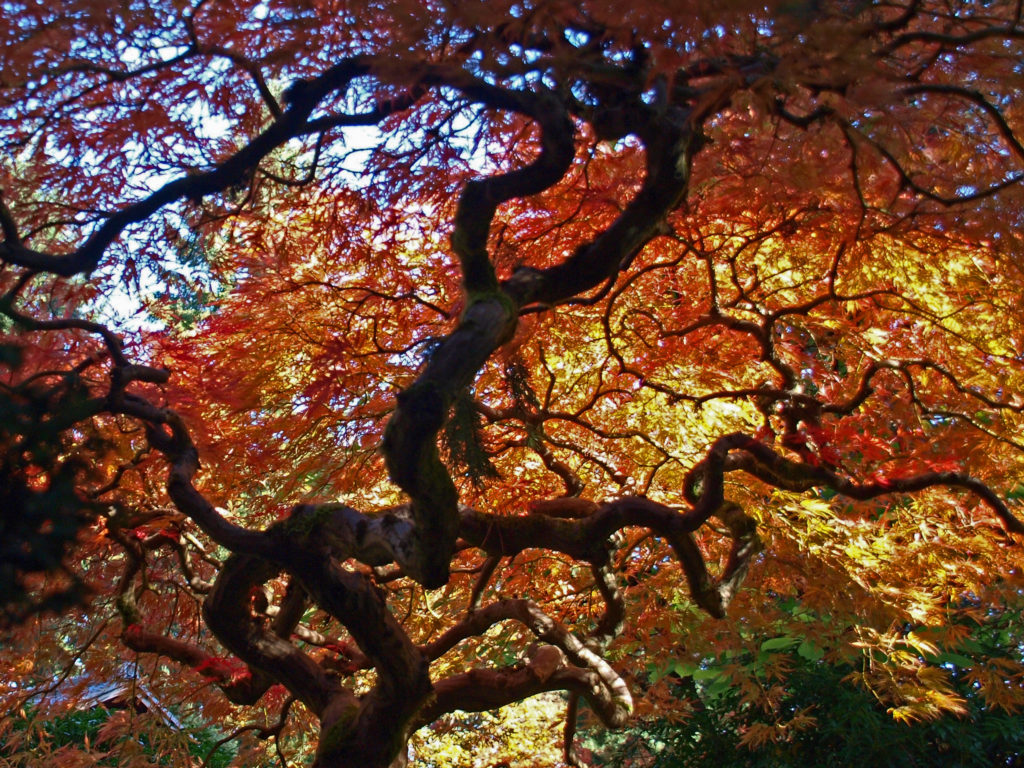
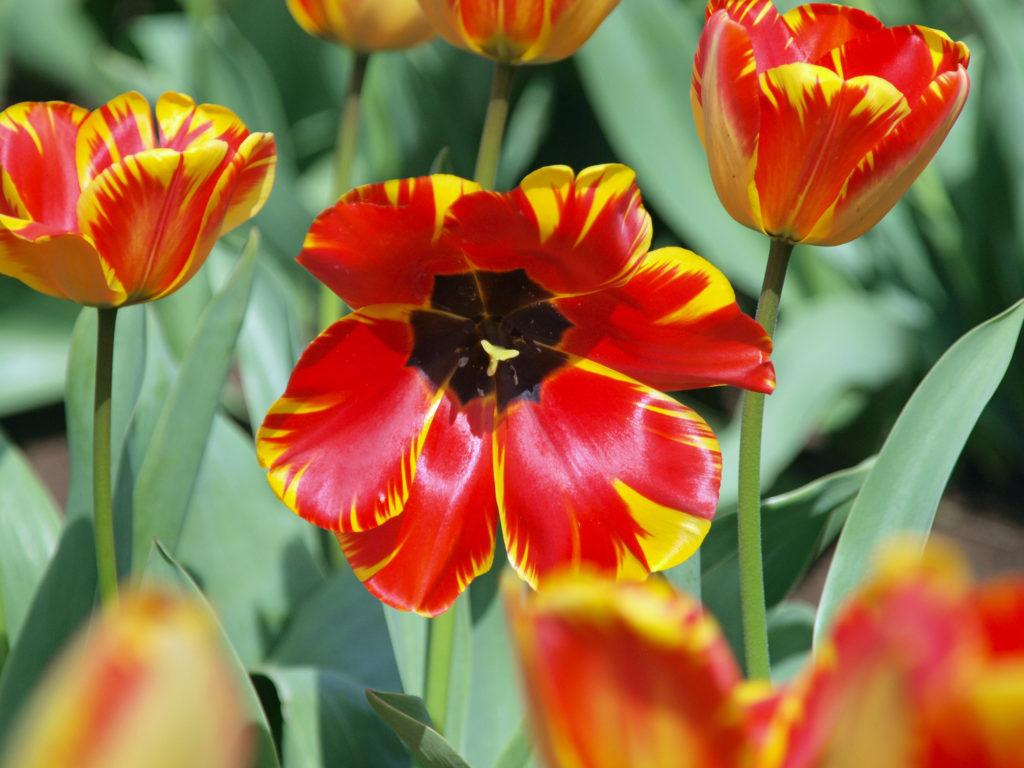
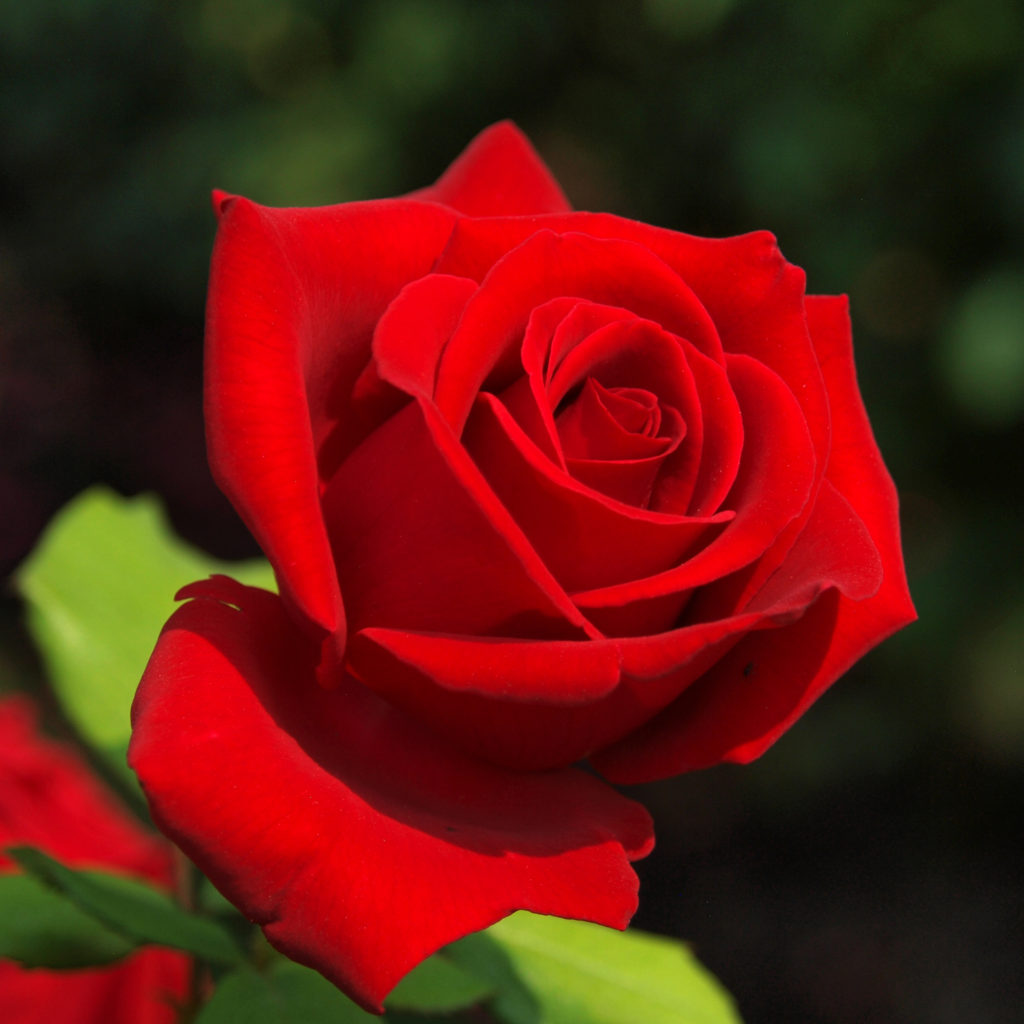
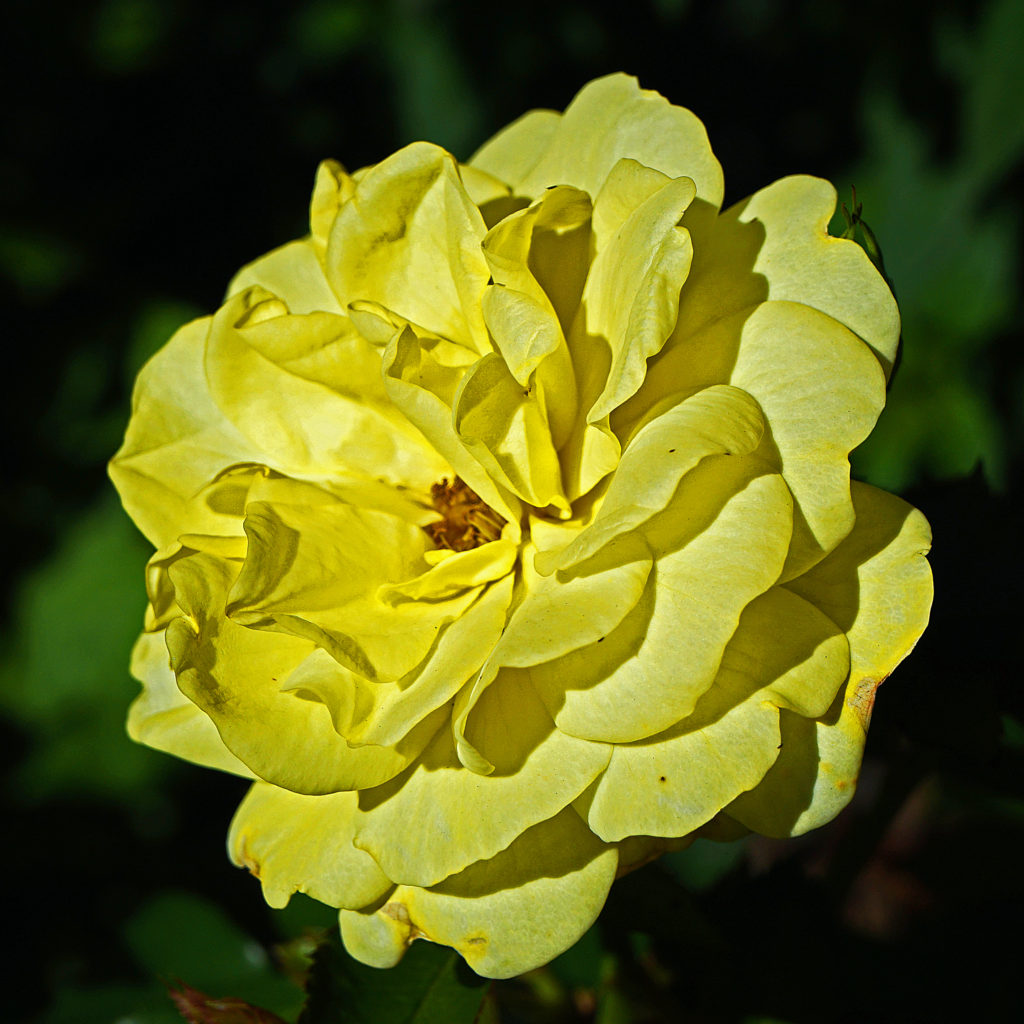
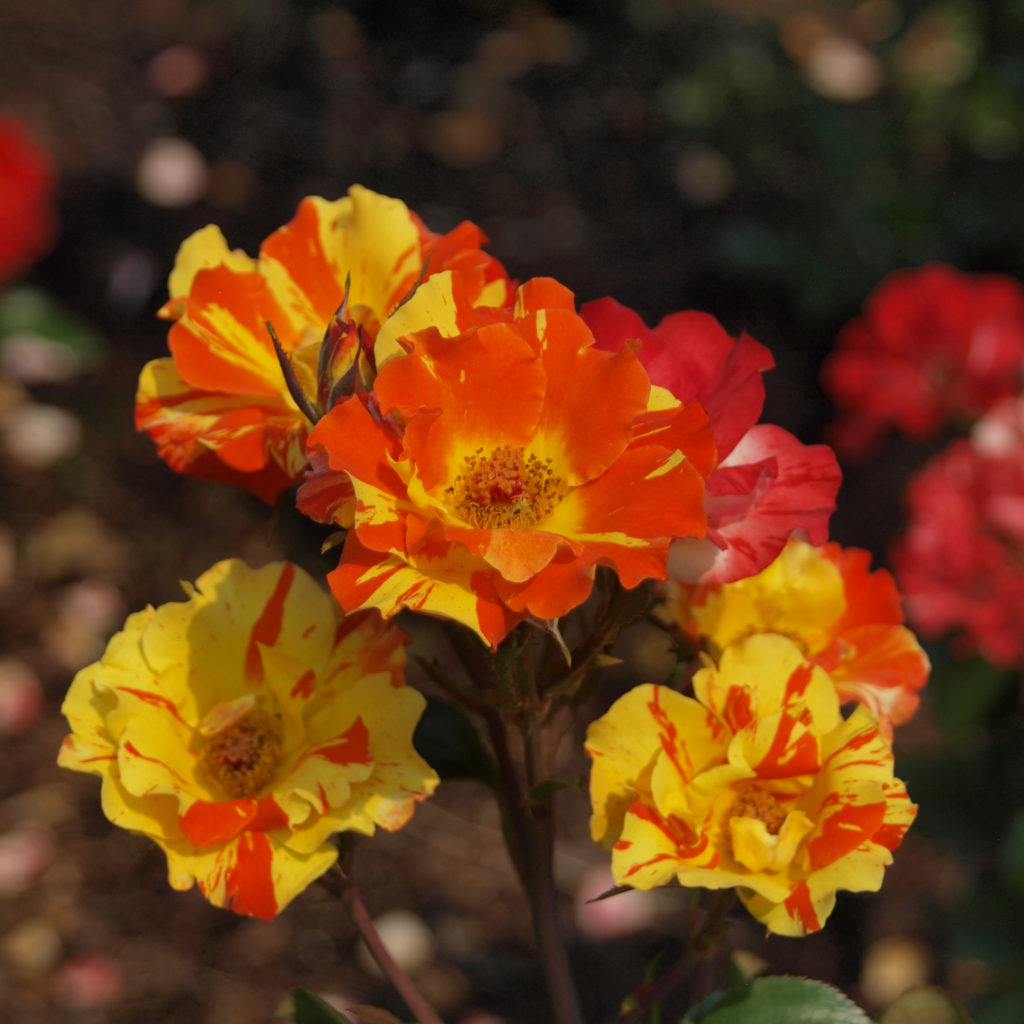
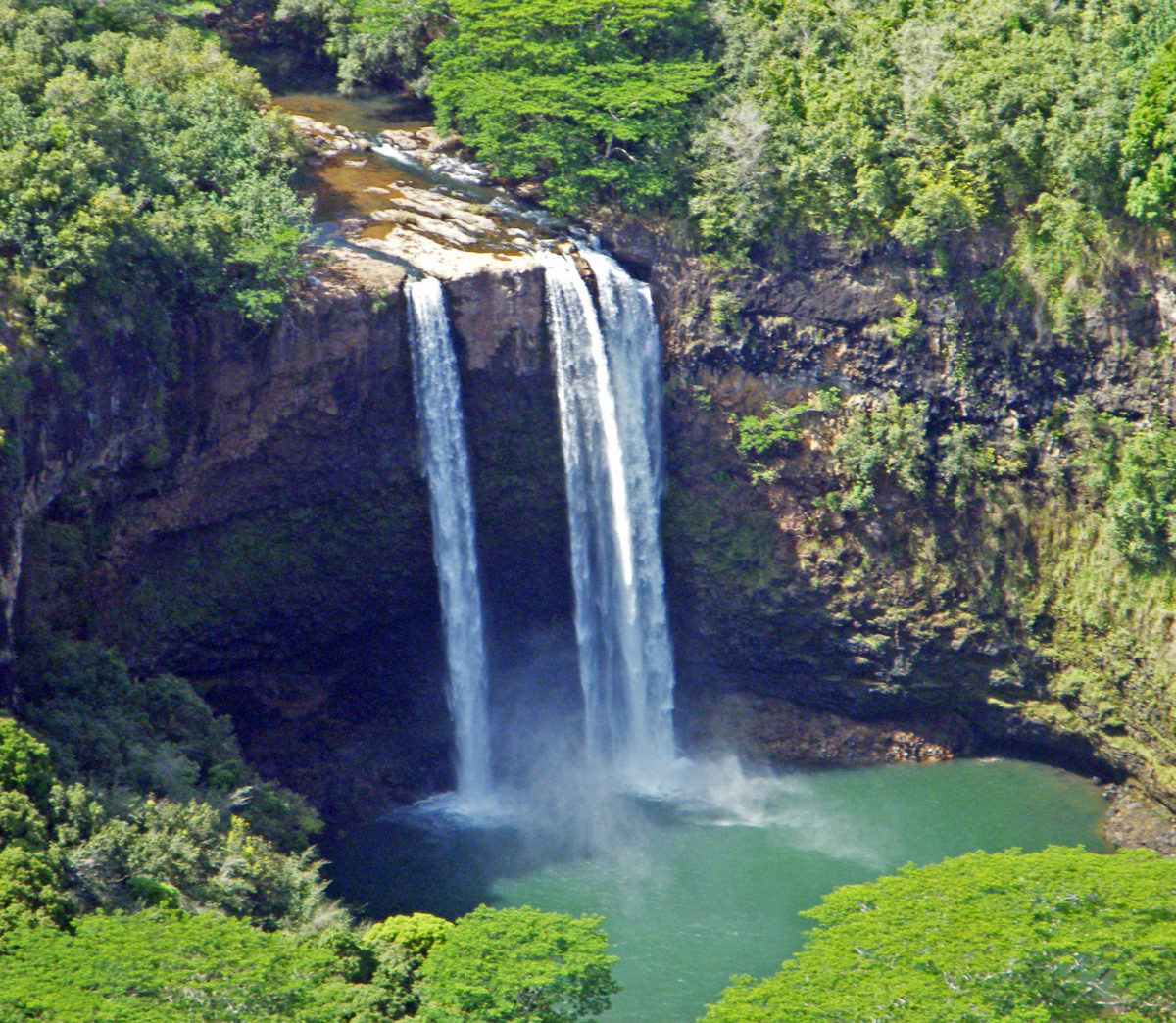
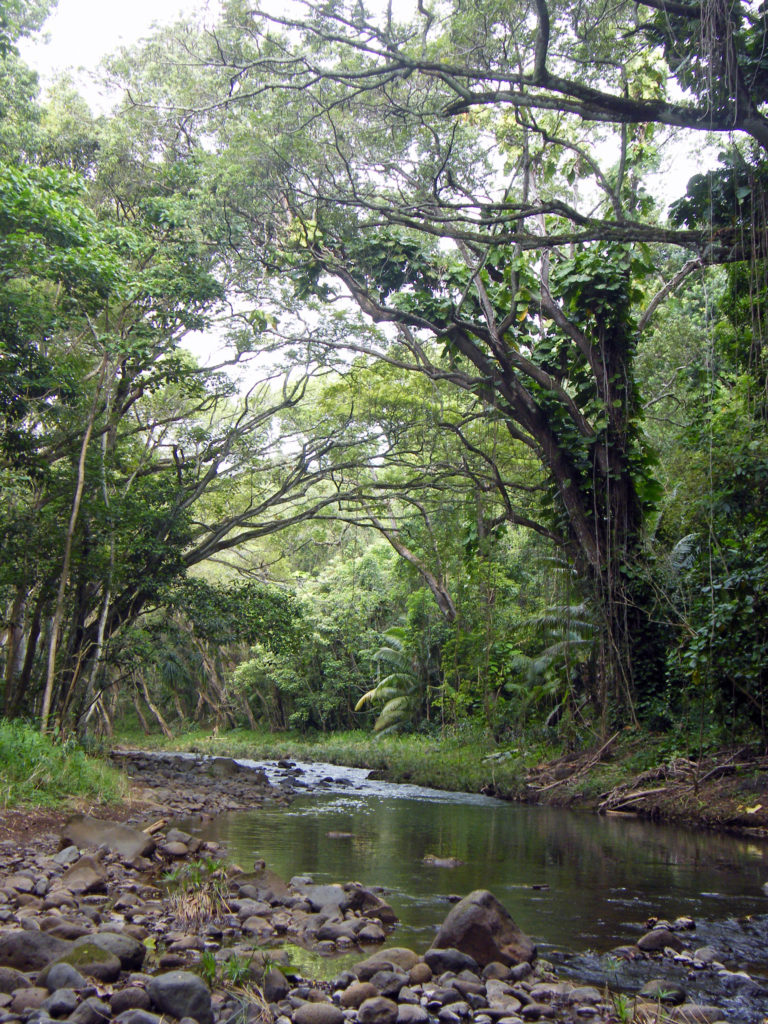
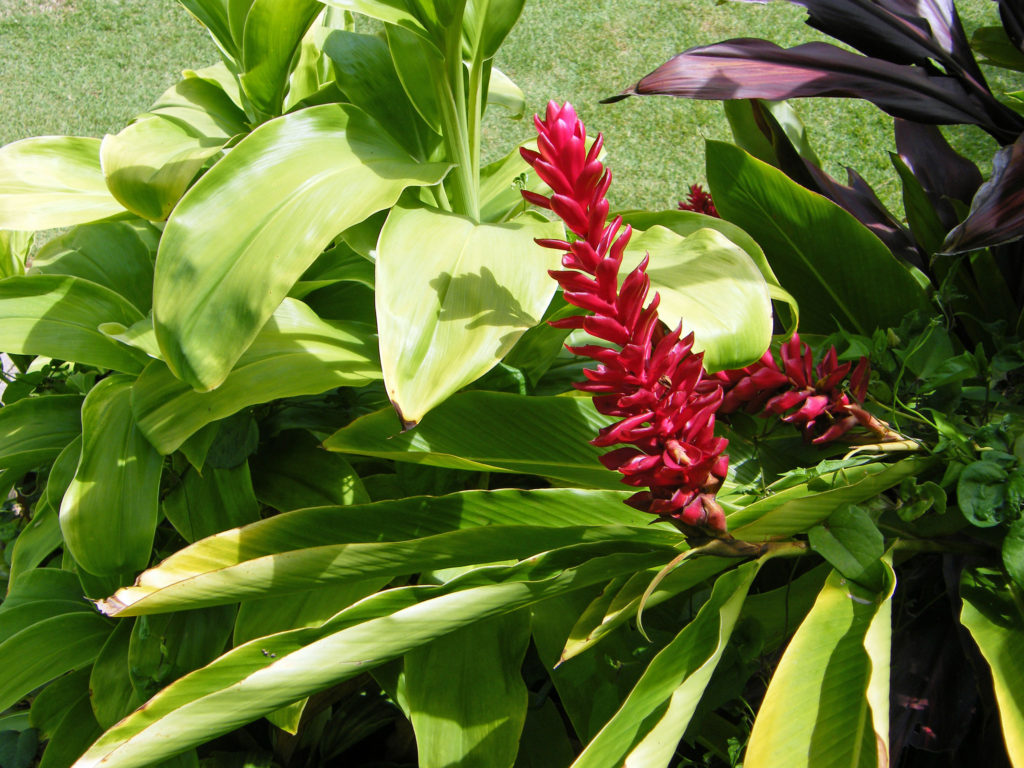
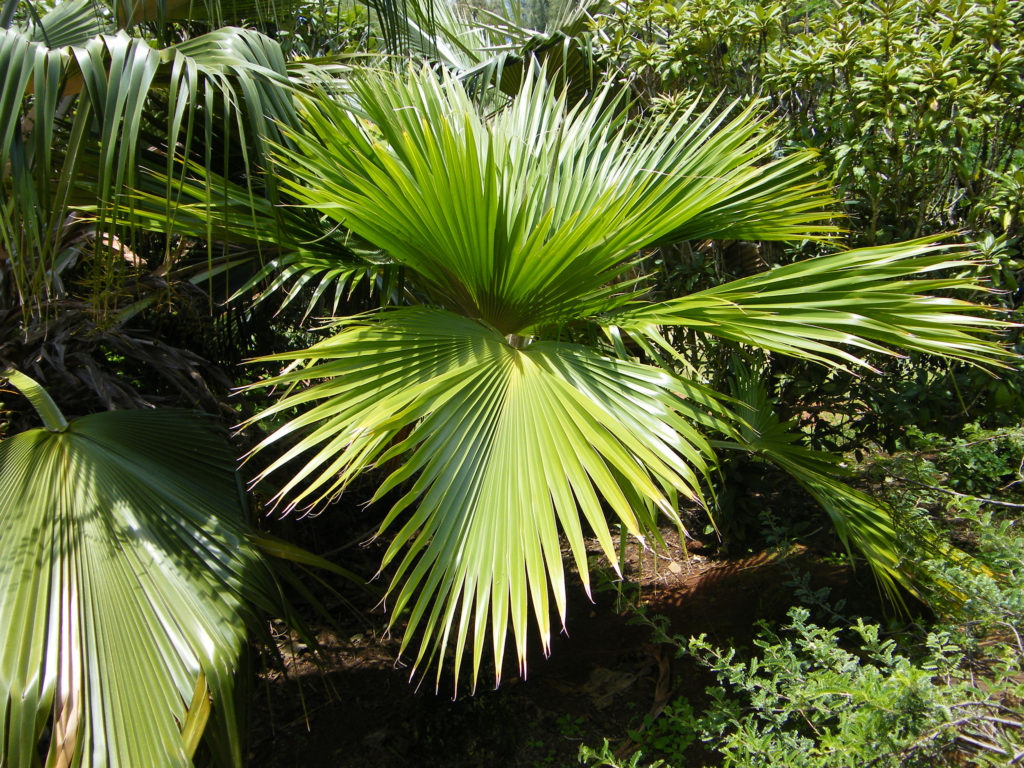

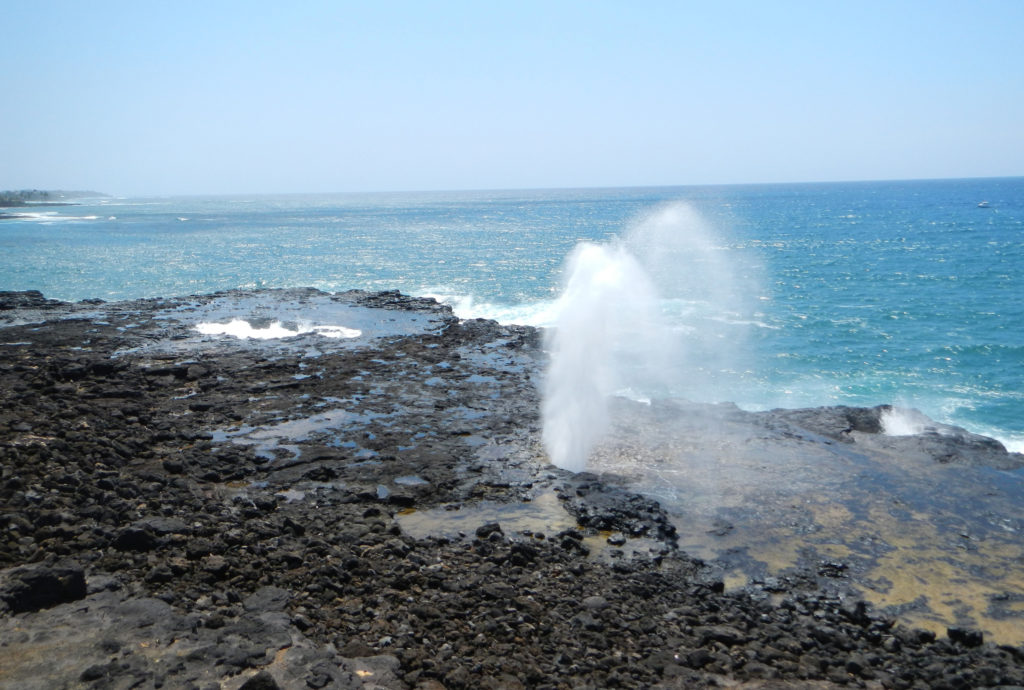
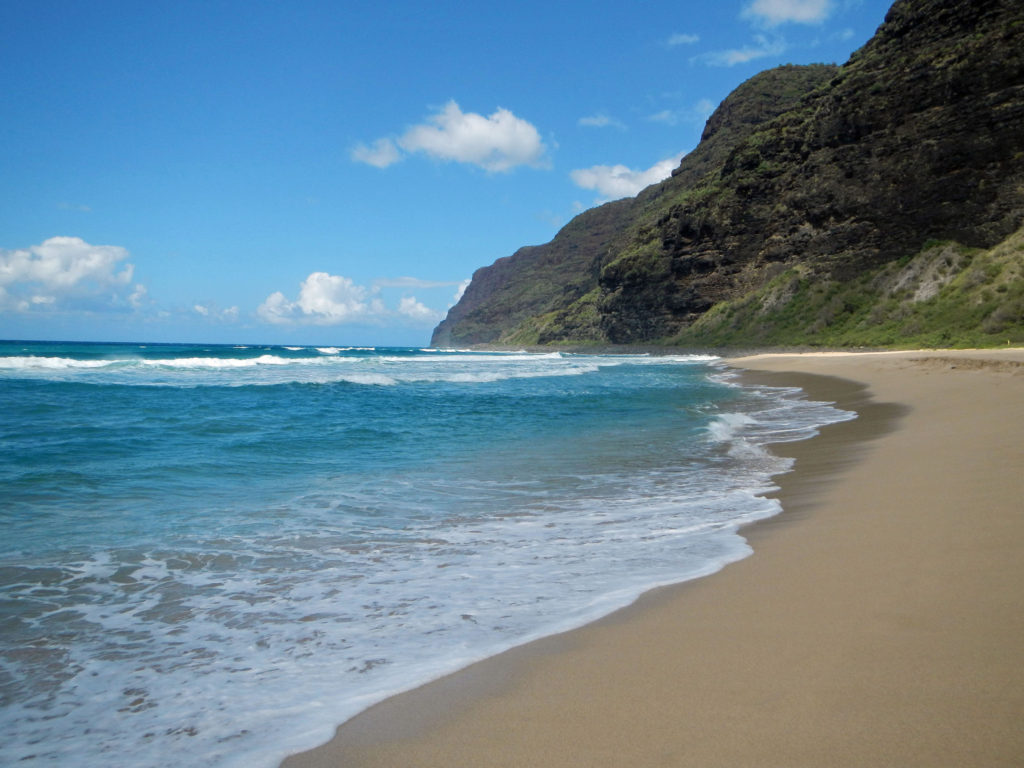
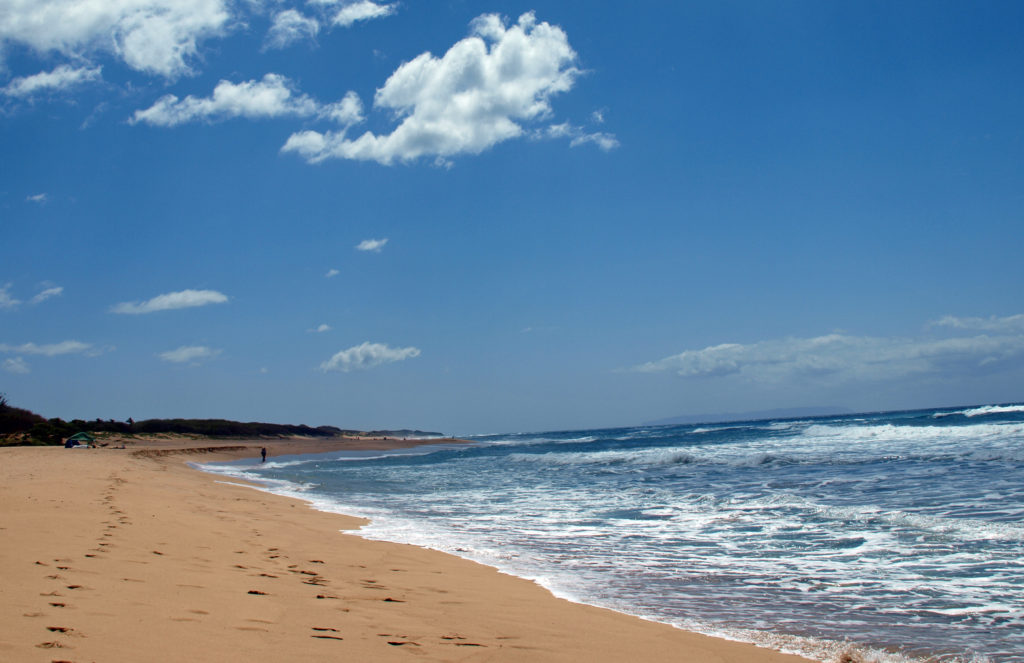
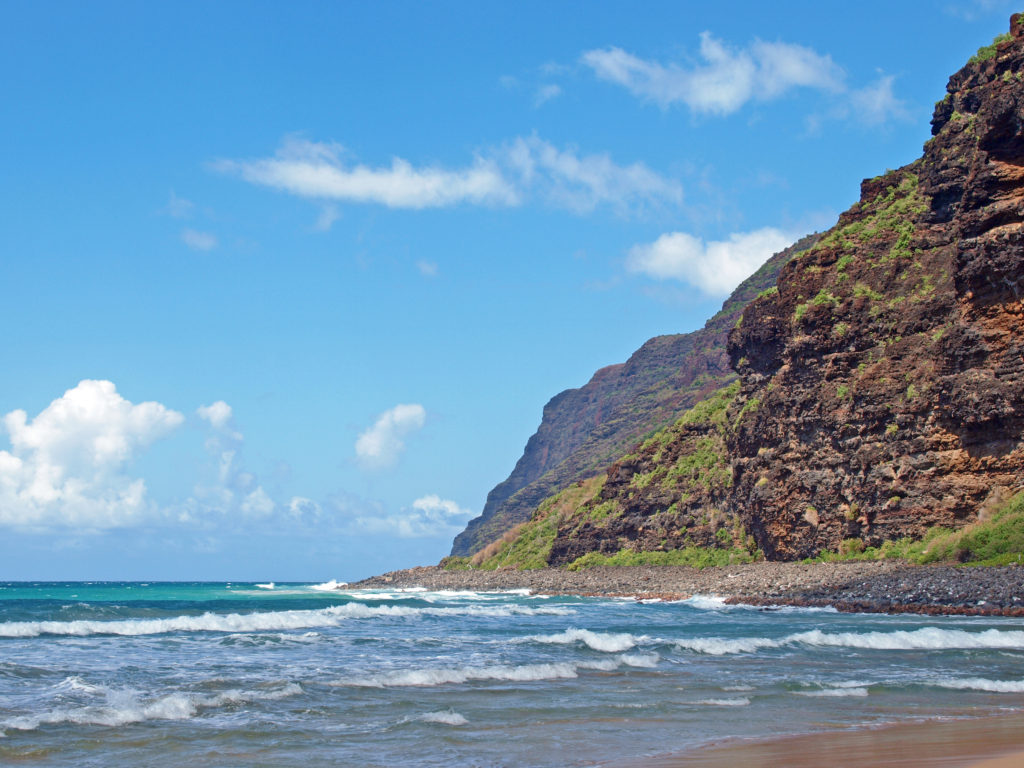
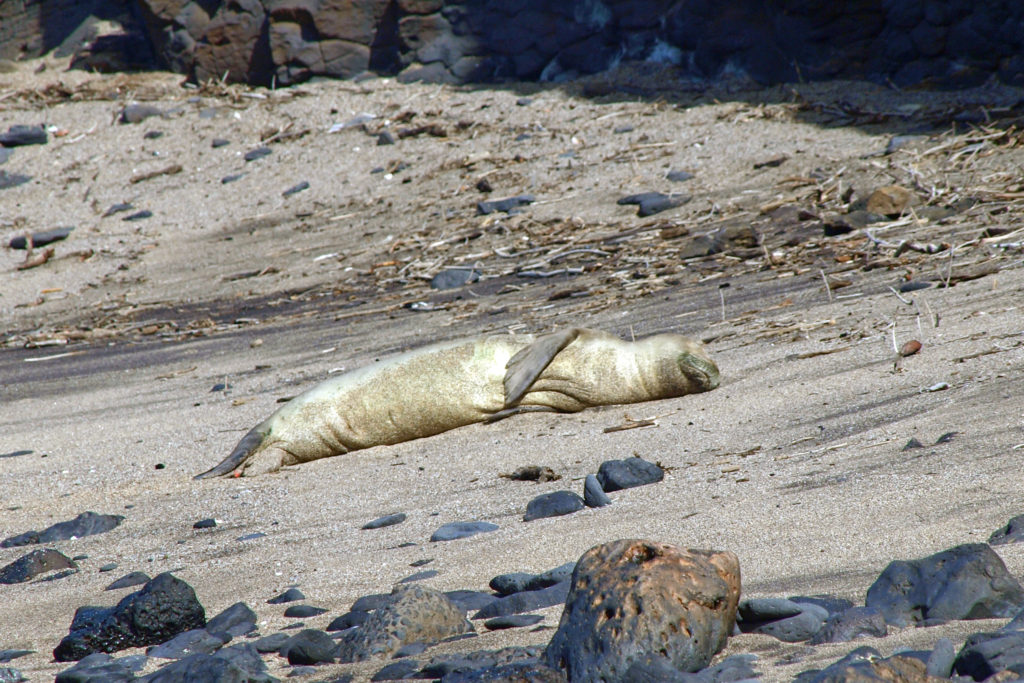
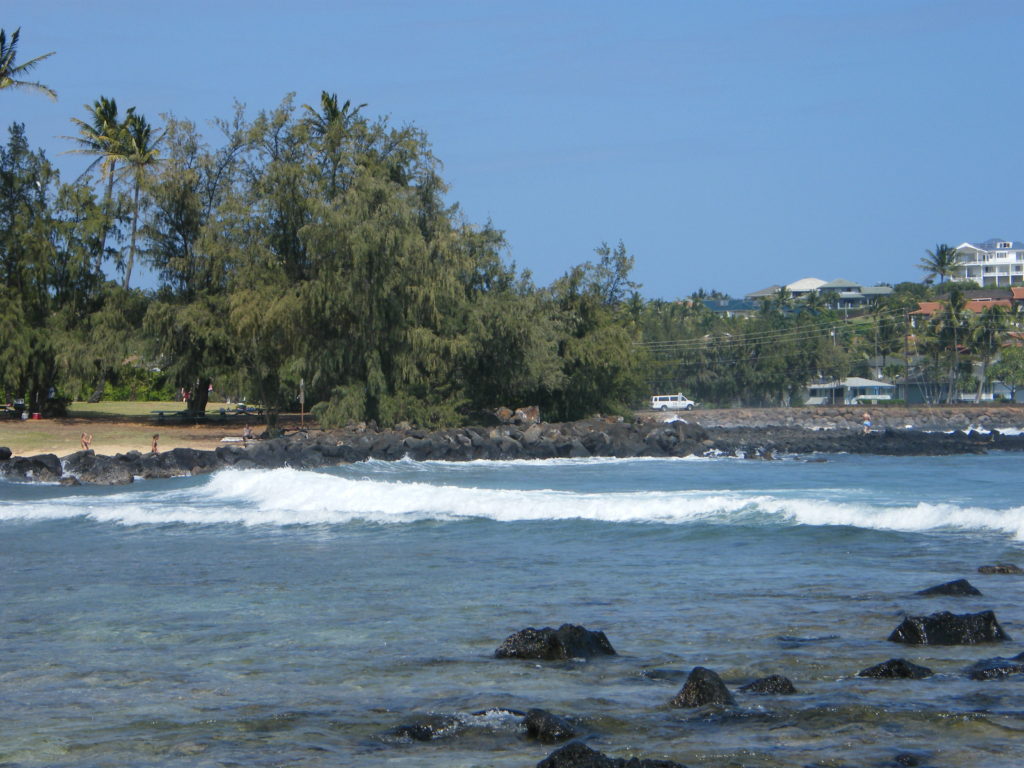
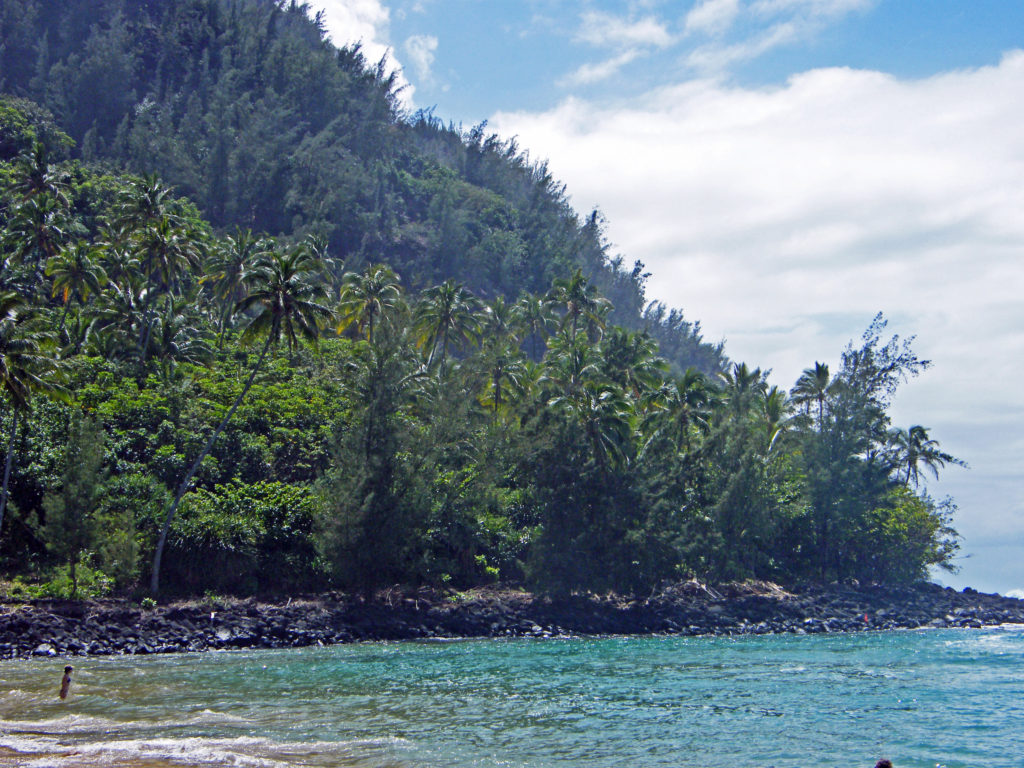
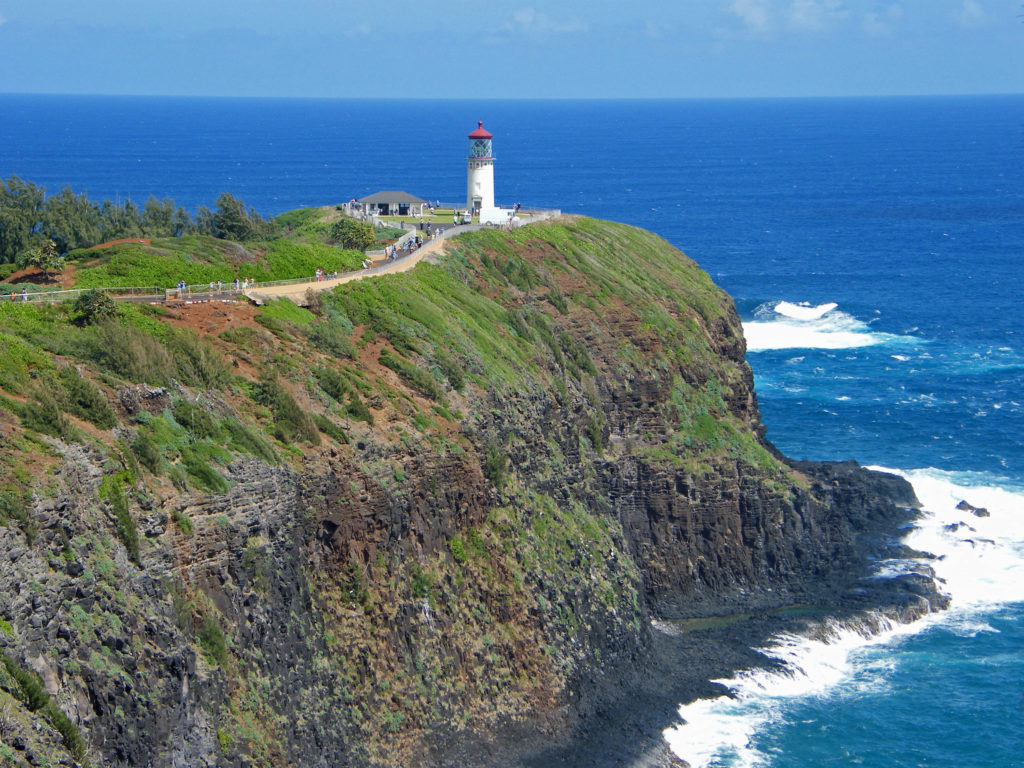
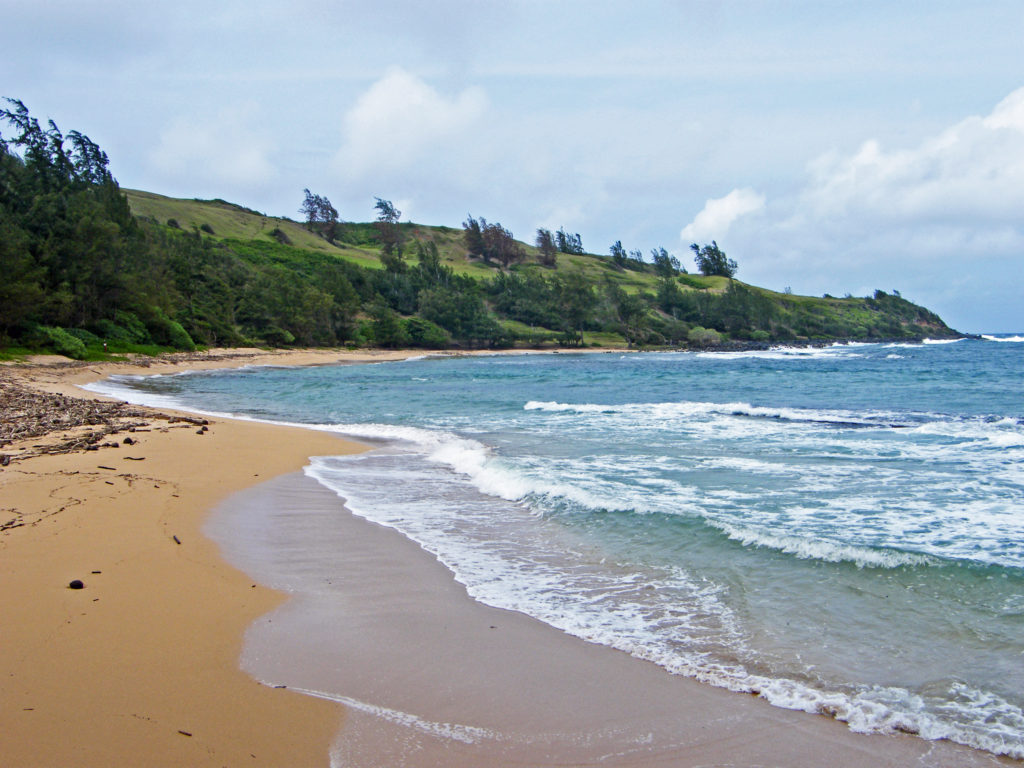
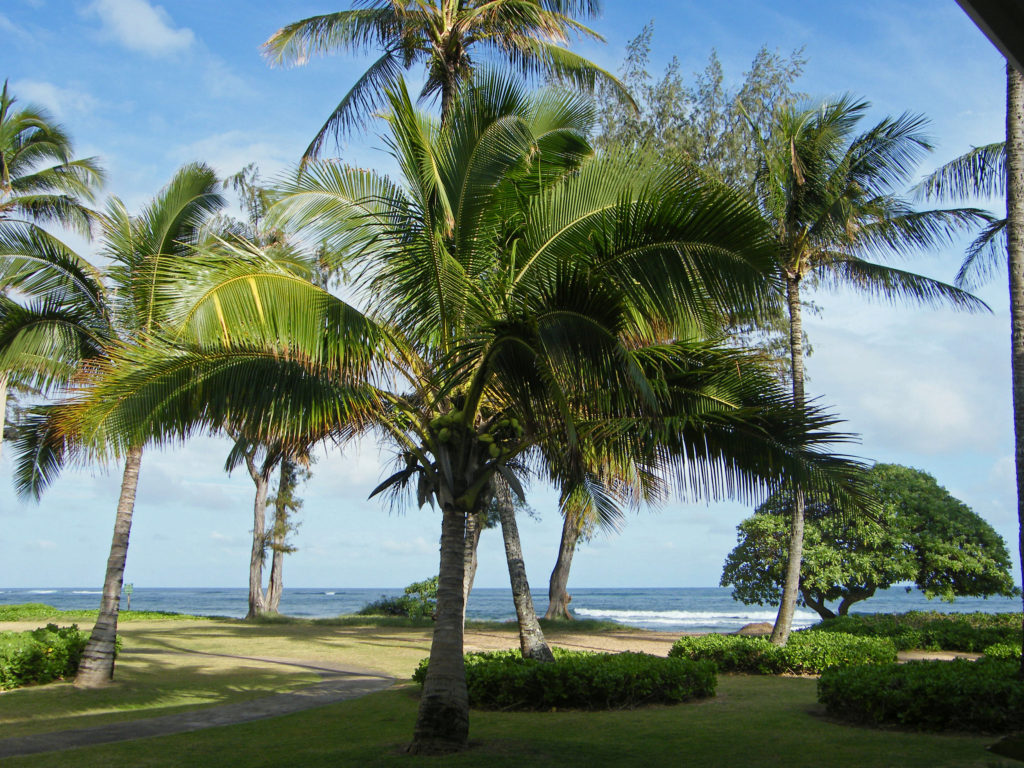
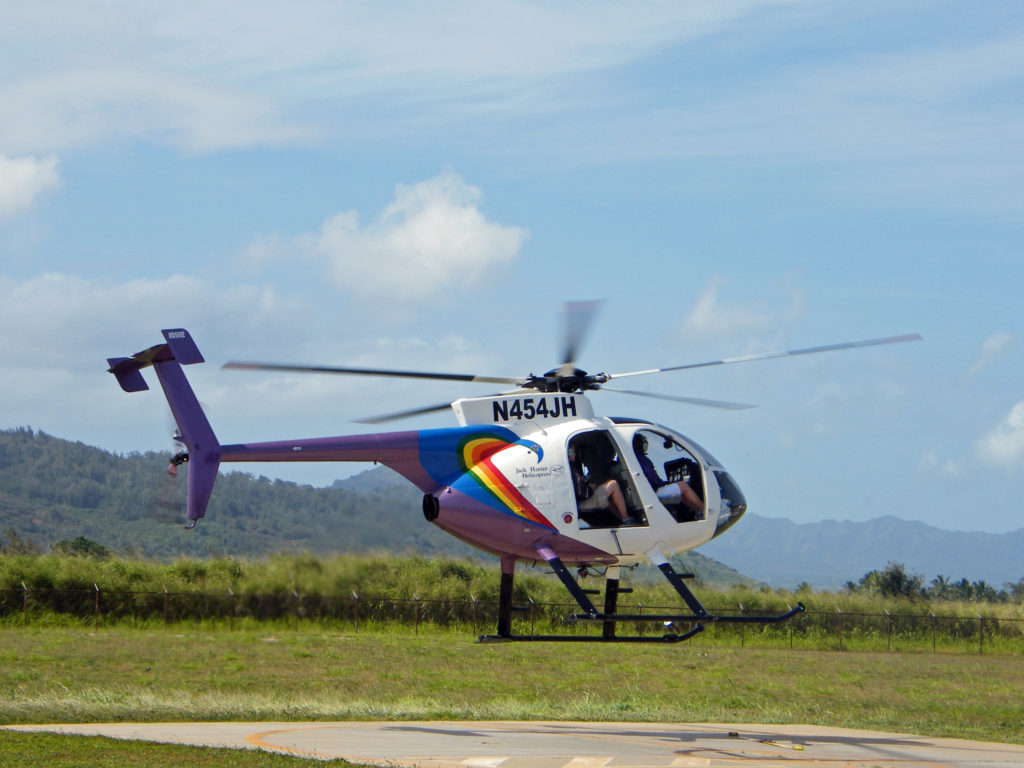
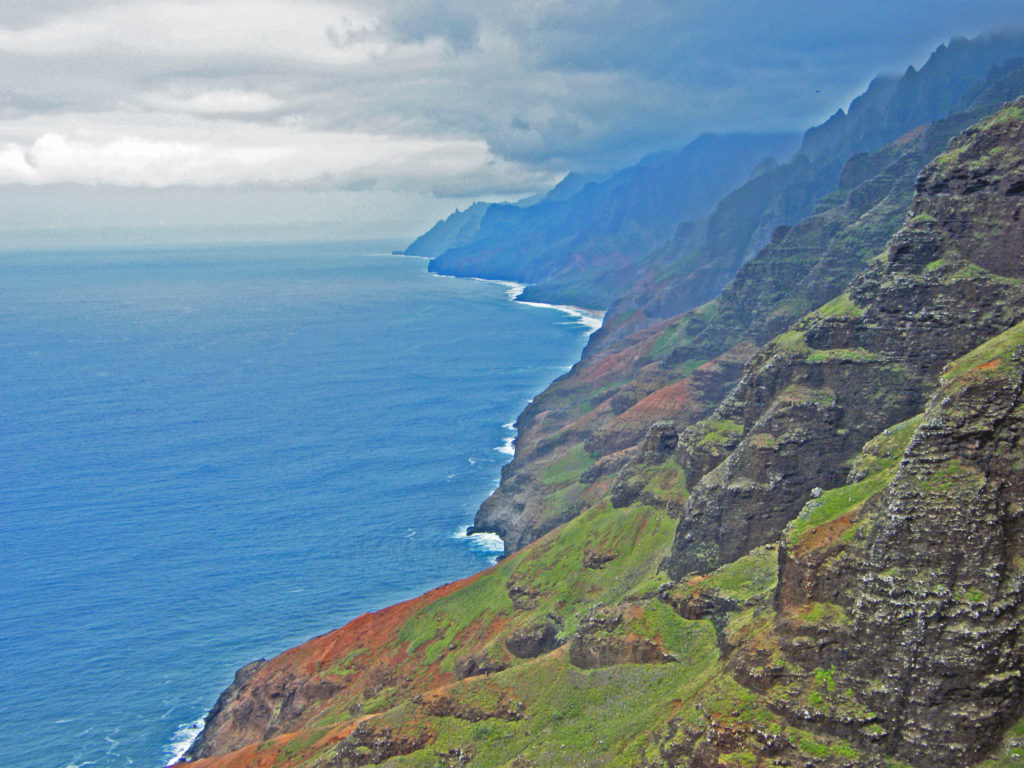
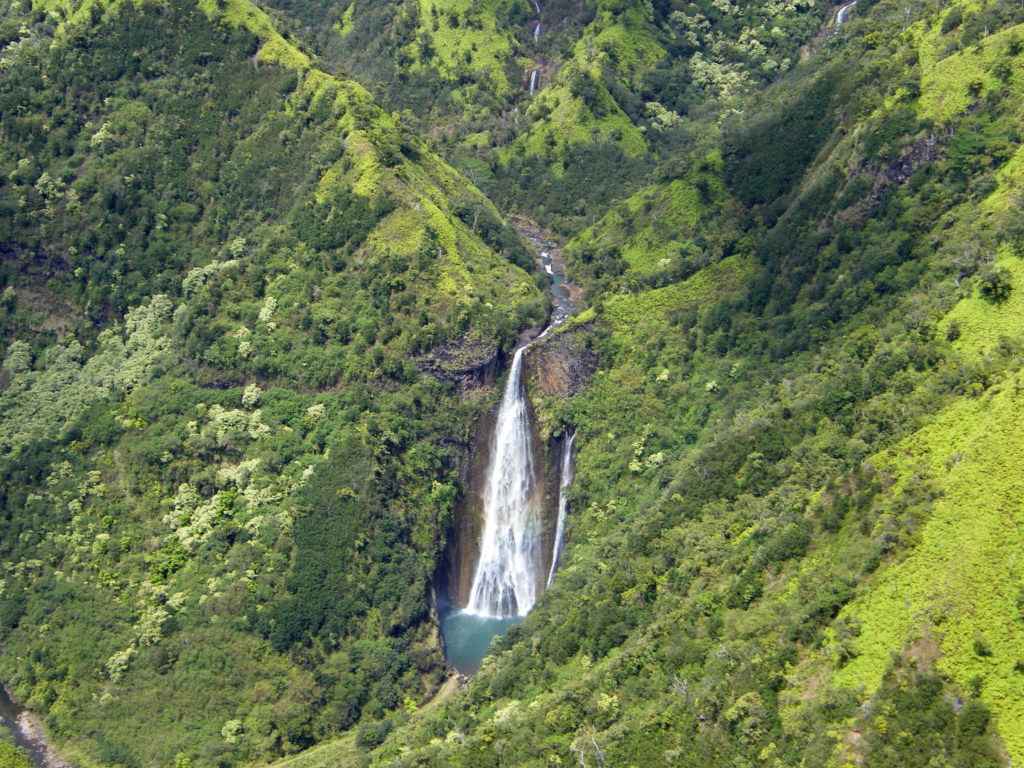
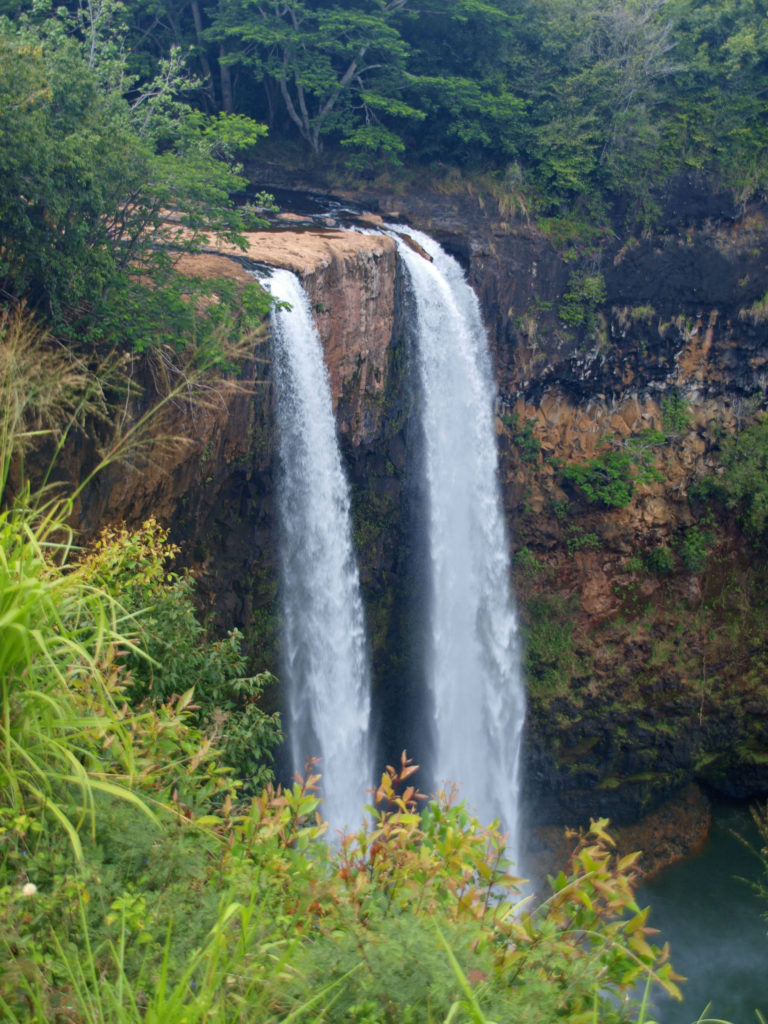
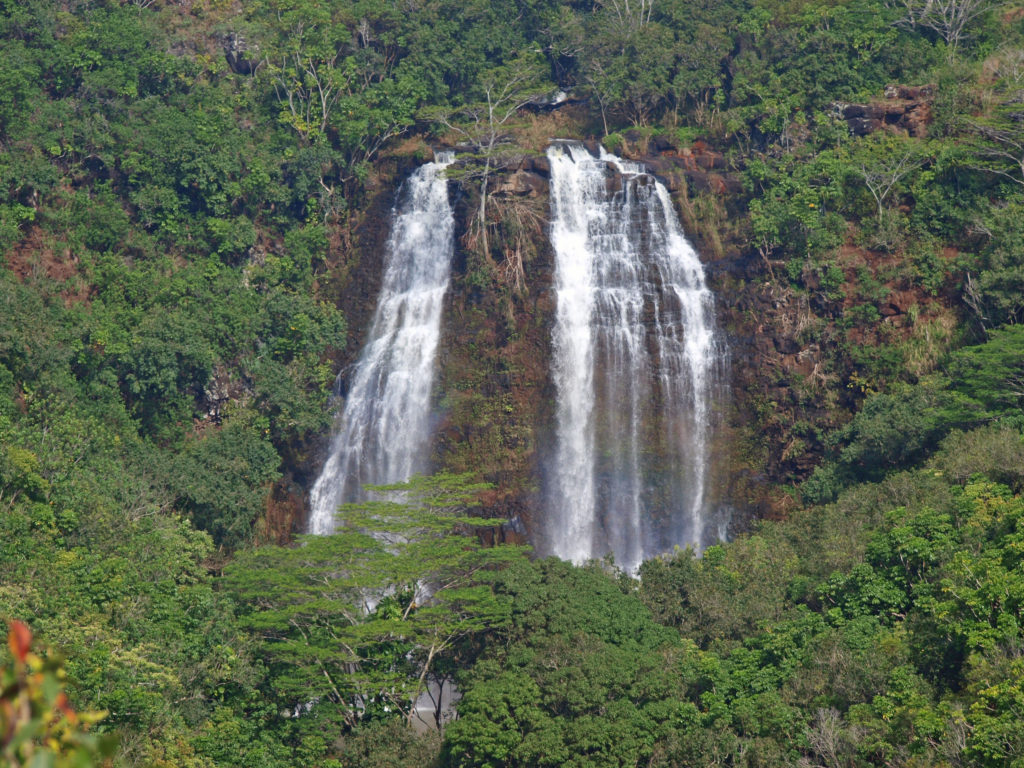
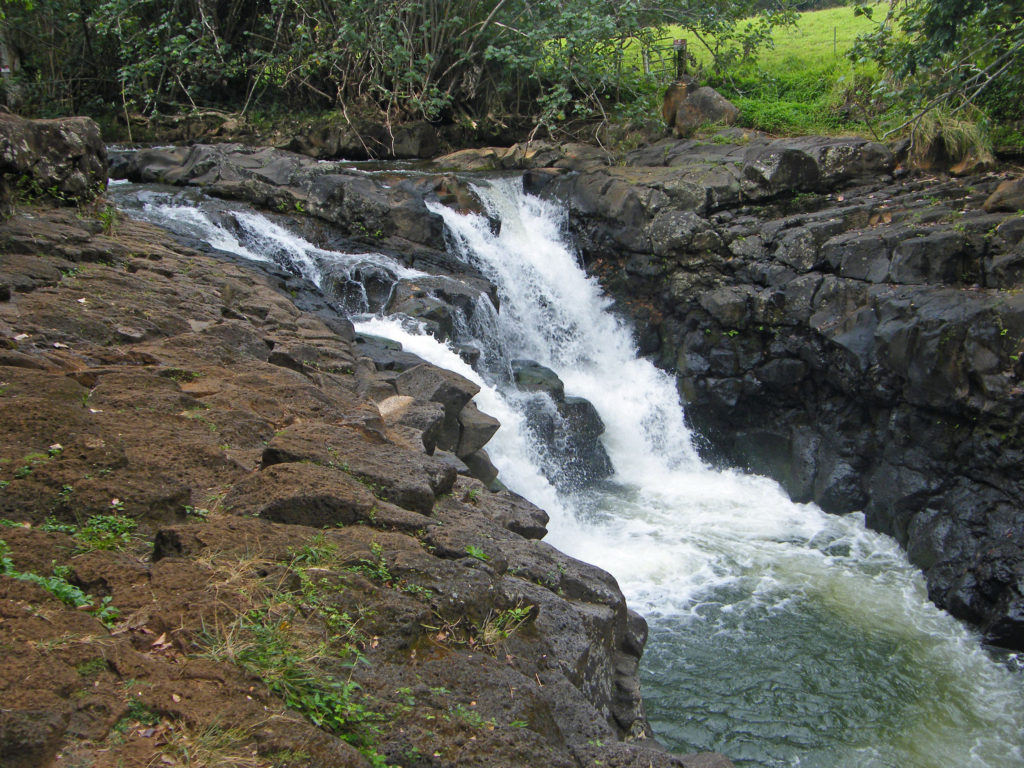
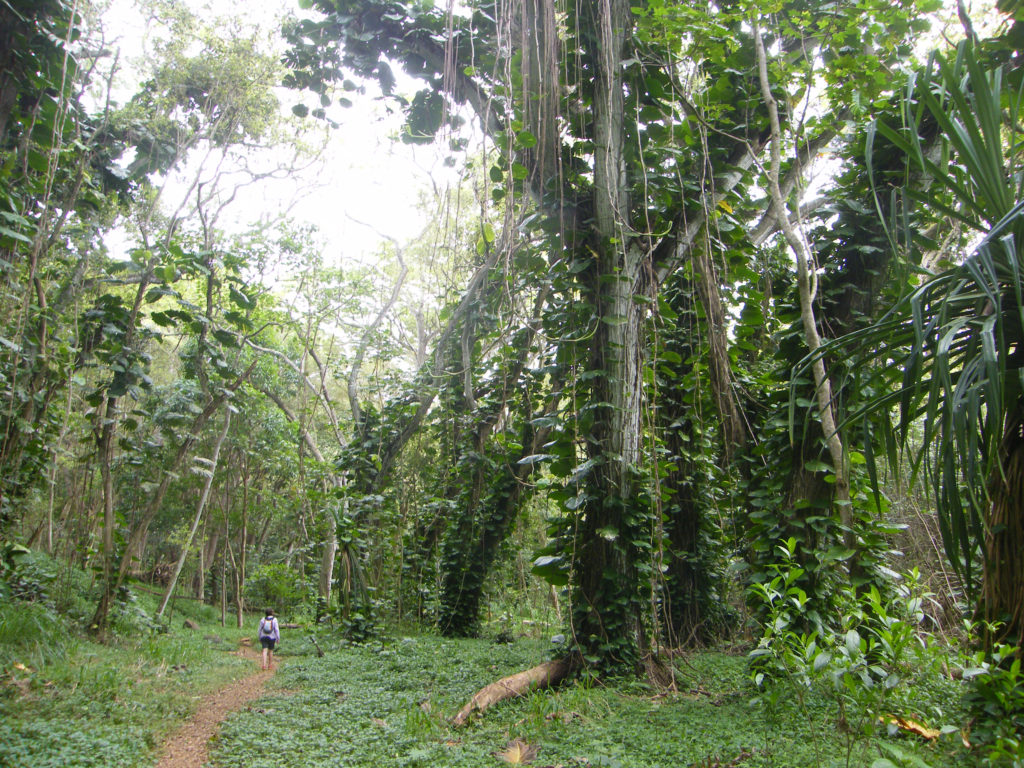
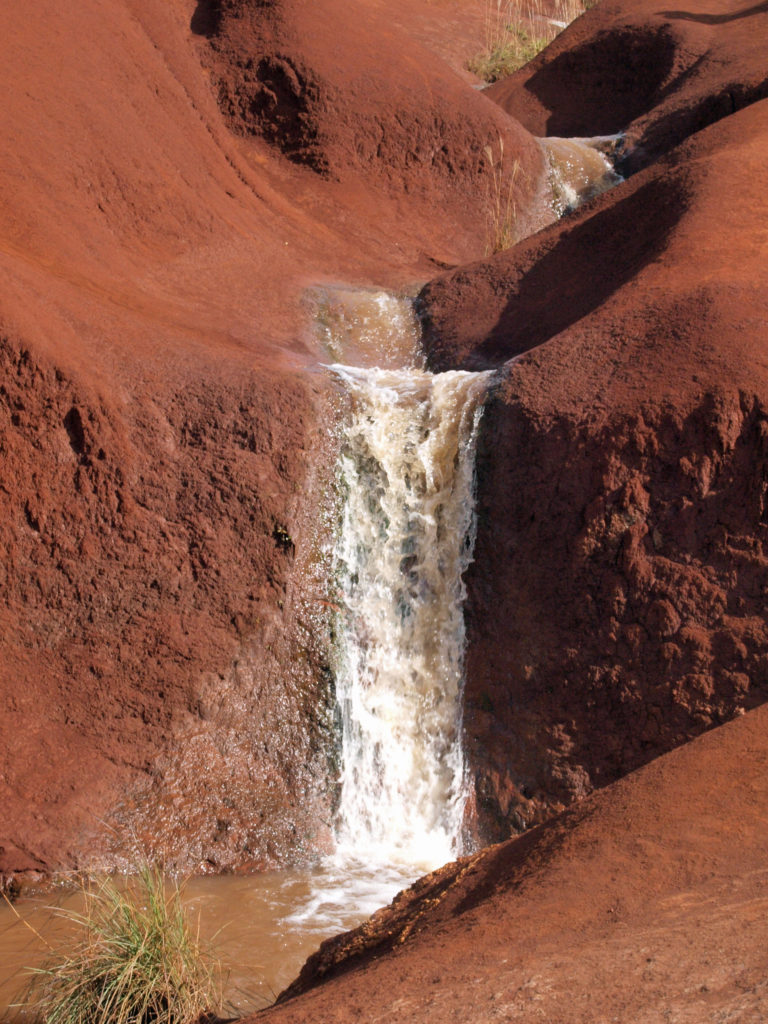
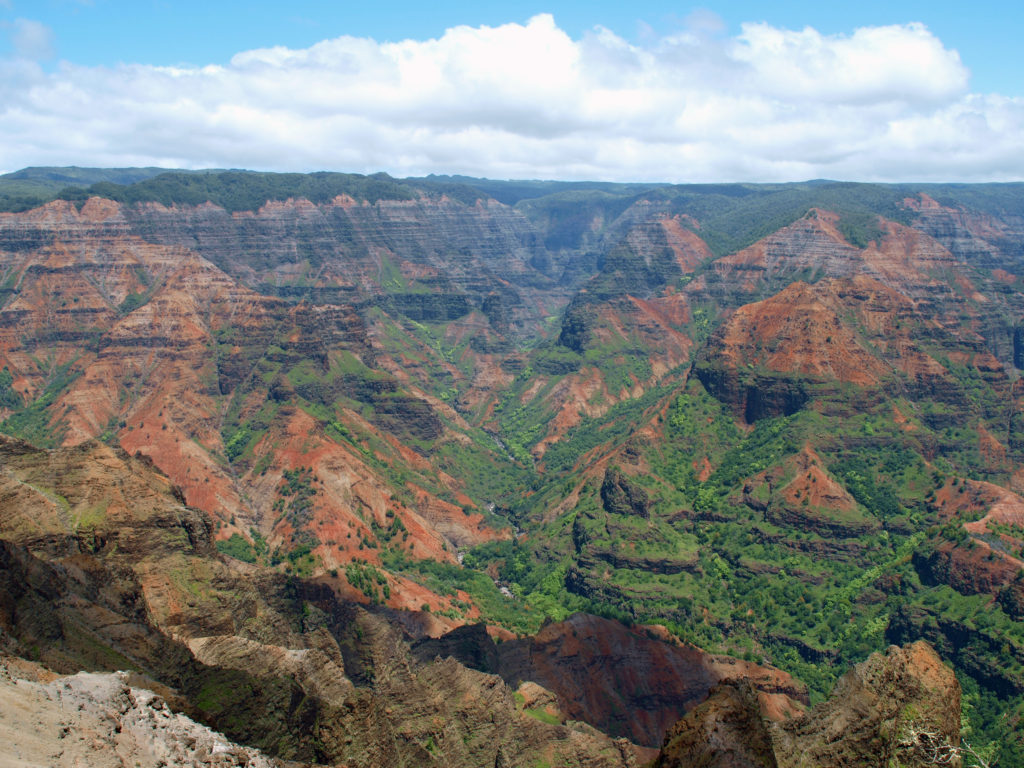
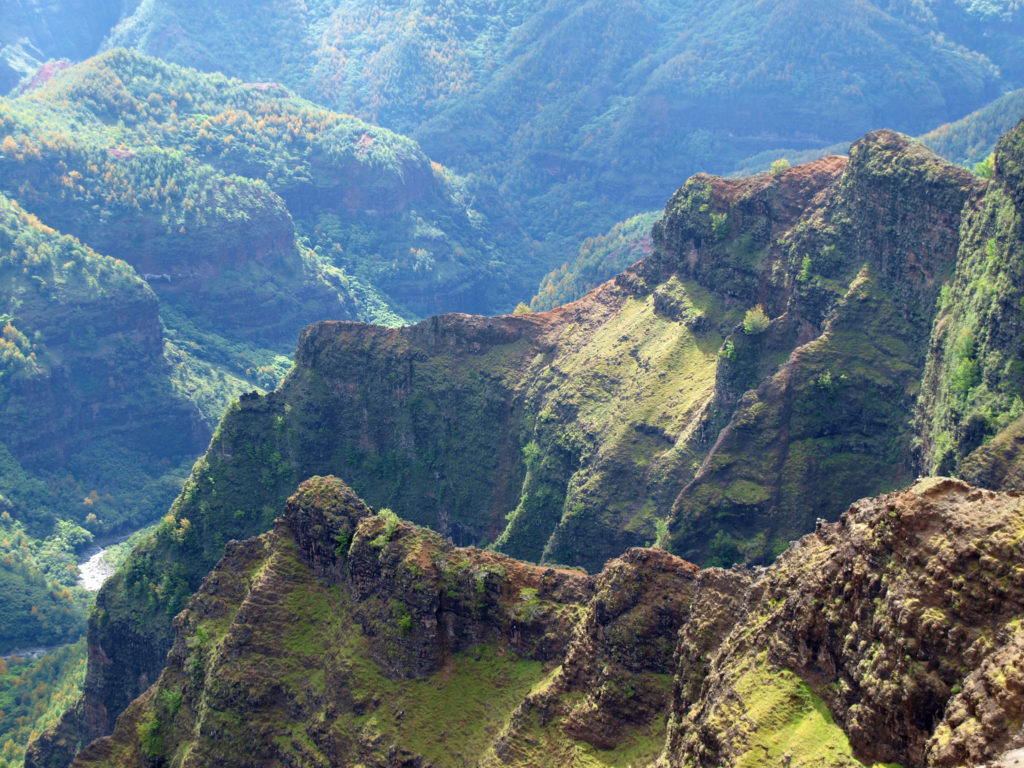
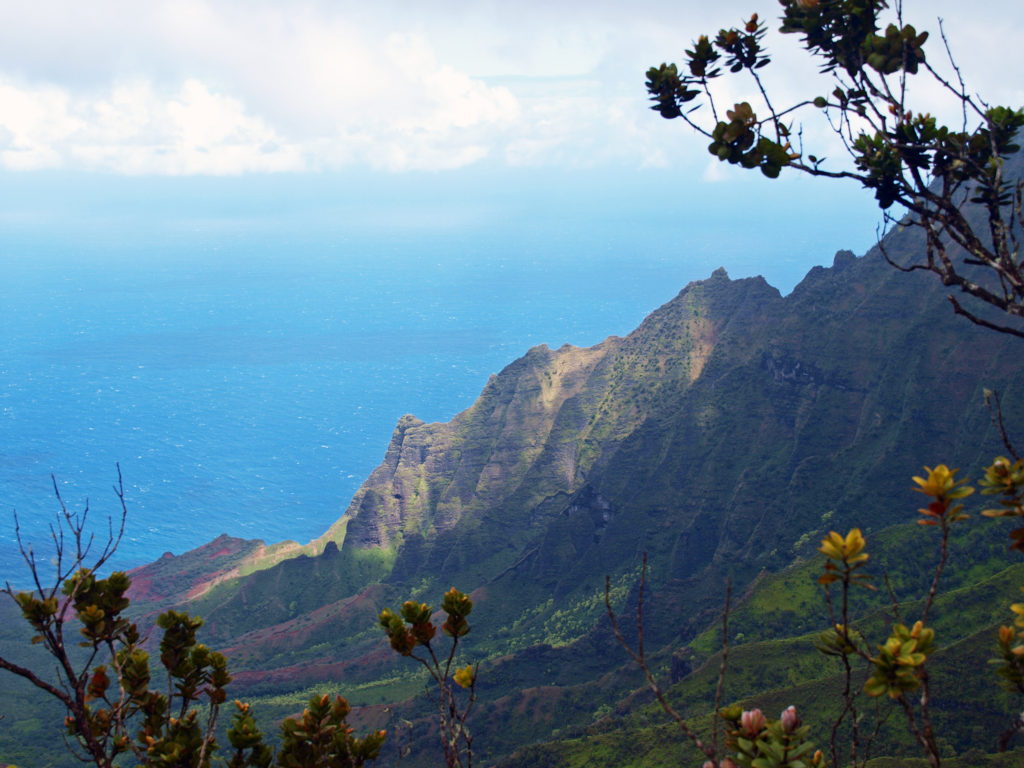
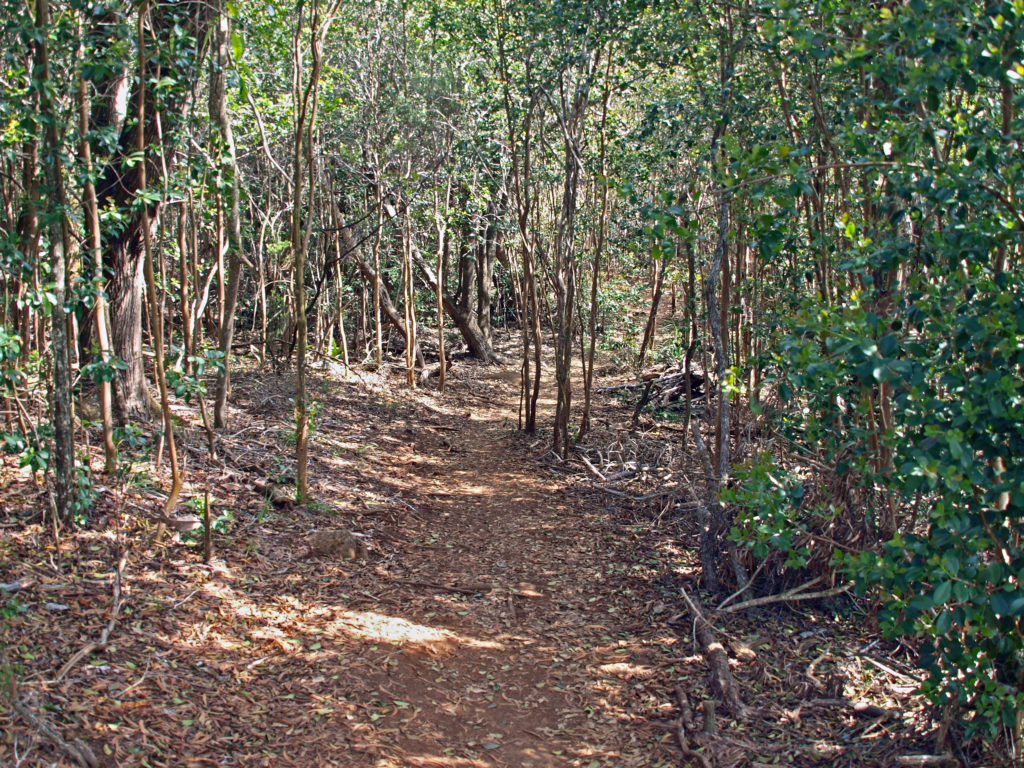 For hikers, there are more than 45 miles of trails in the canyon. You could easily spend days in the canyon and not hike all of the trails. For those that do want to spend multiple days hiking or sightseeing,
For hikers, there are more than 45 miles of trails in the canyon. You could easily spend days in the canyon and not hike all of the trails. For those that do want to spend multiple days hiking or sightseeing, 